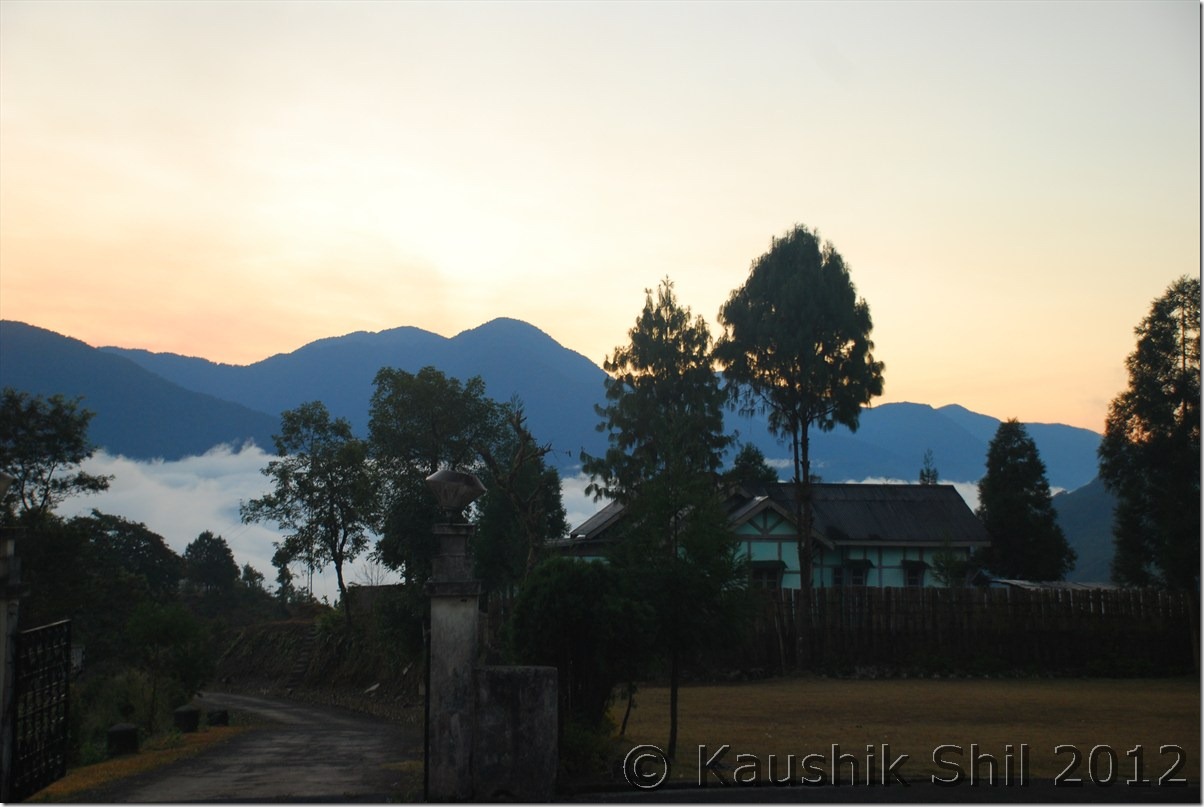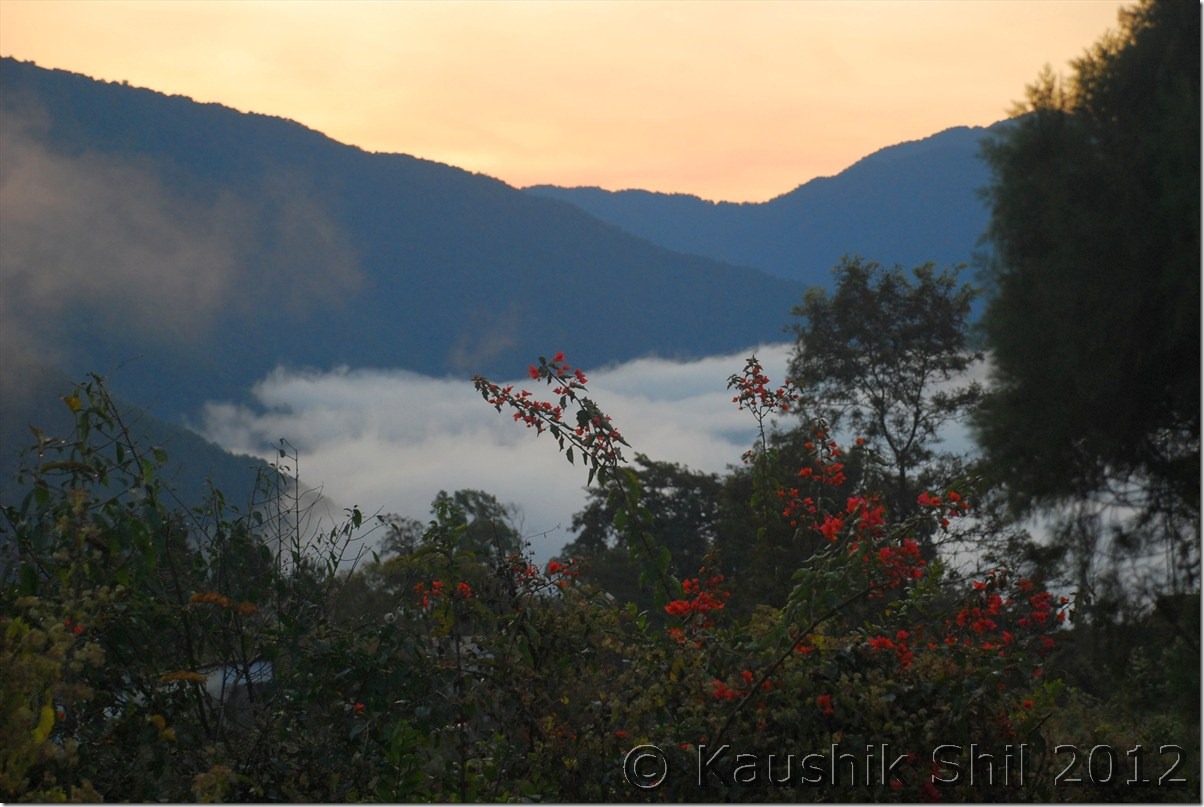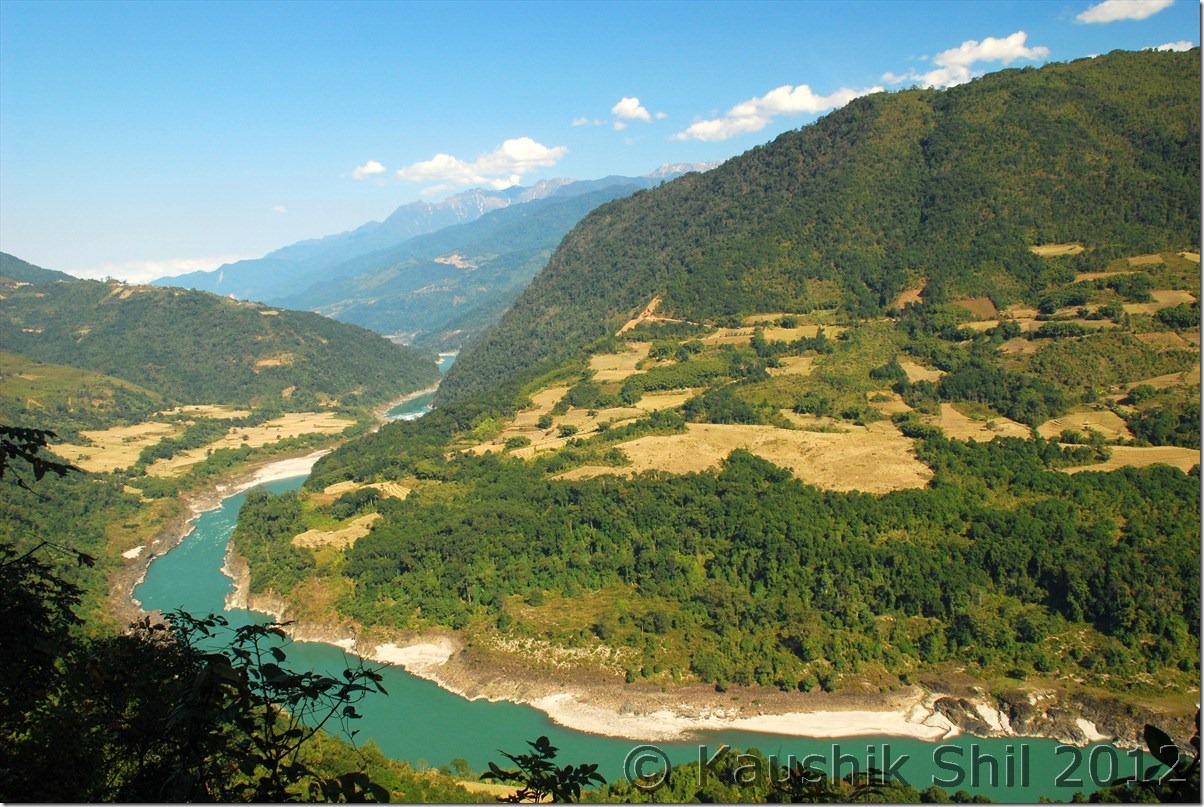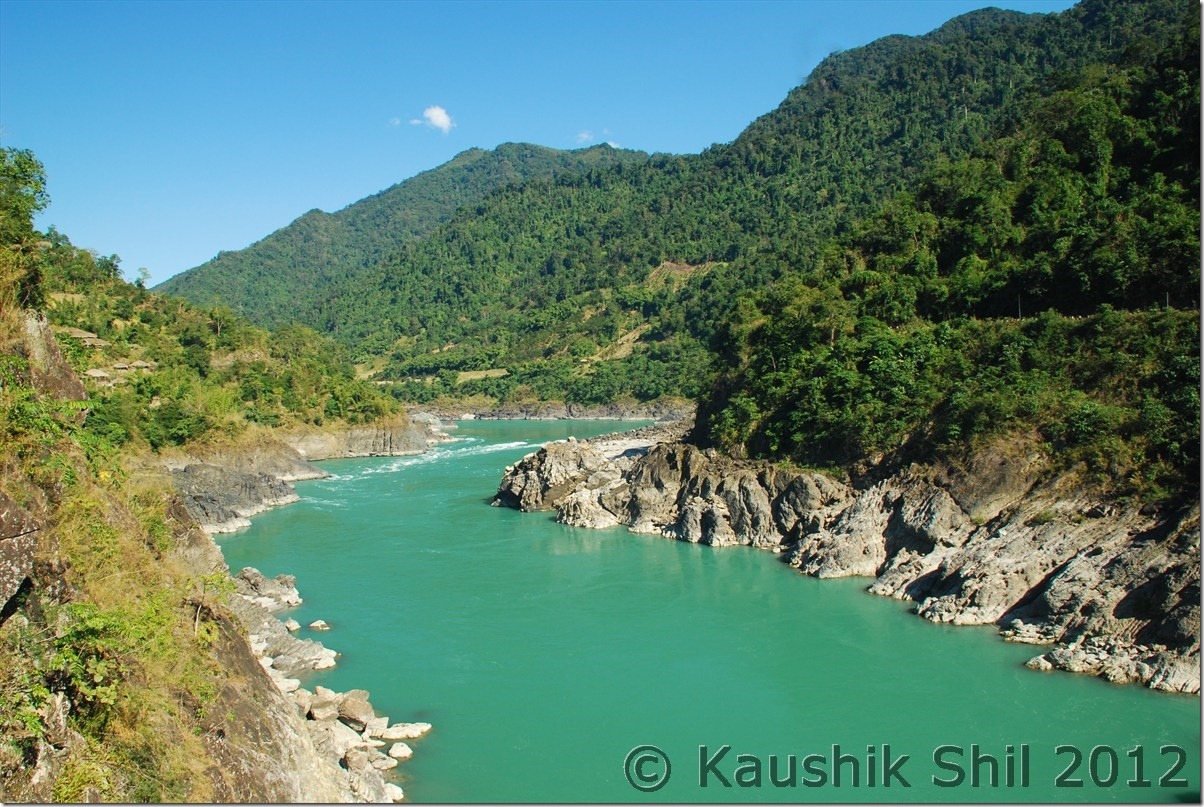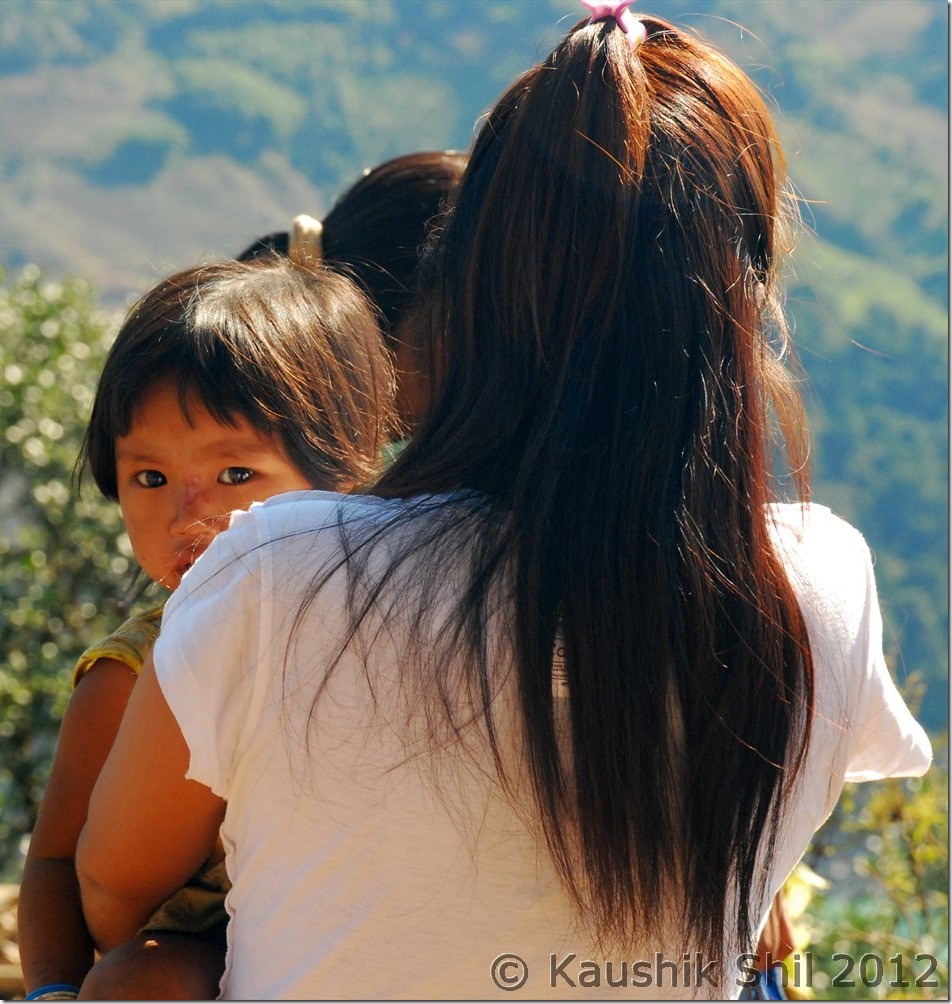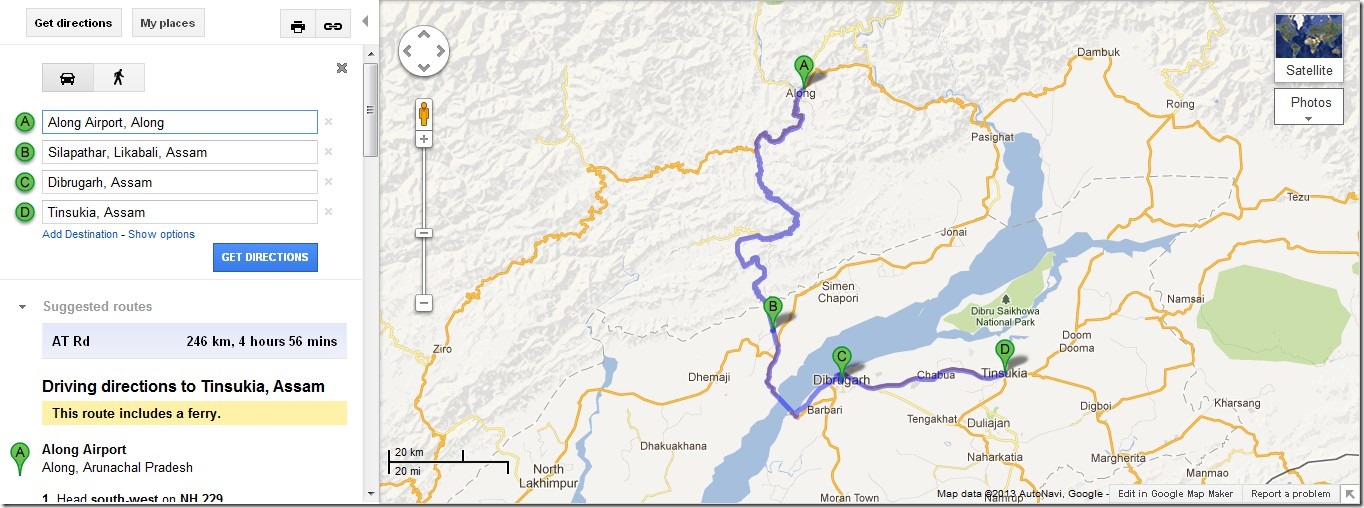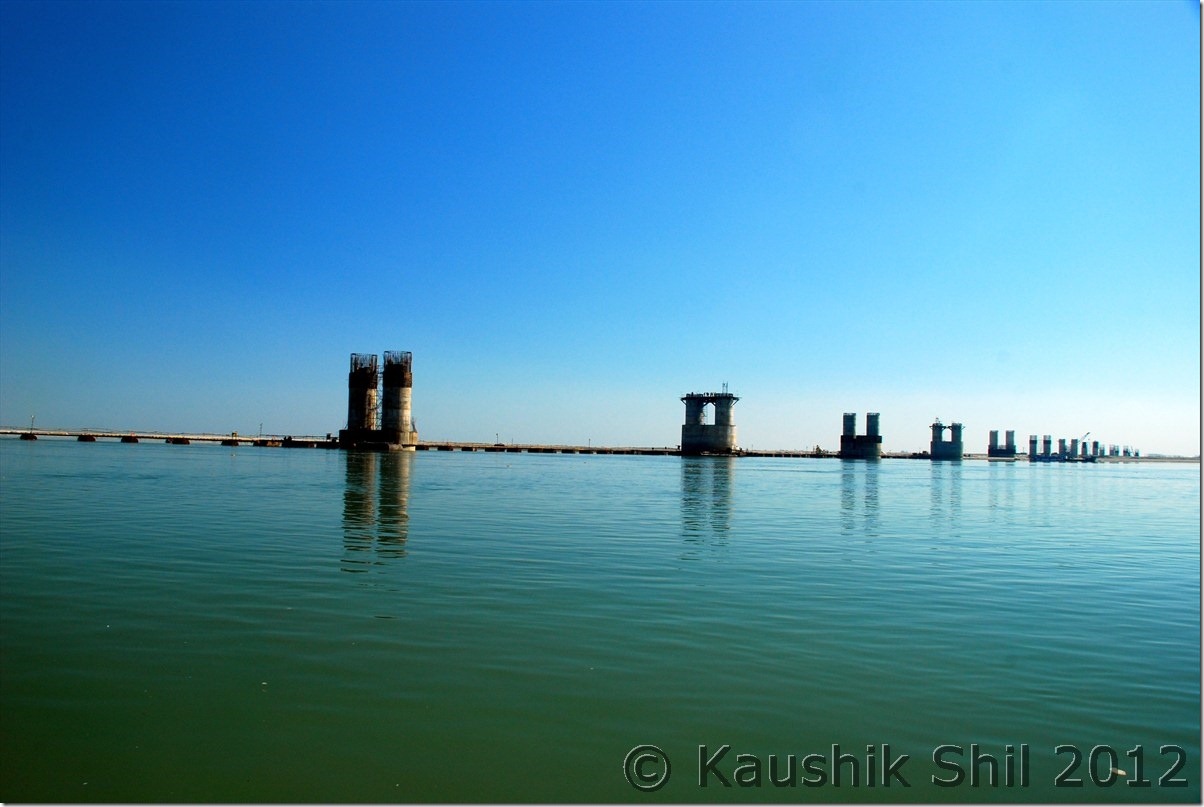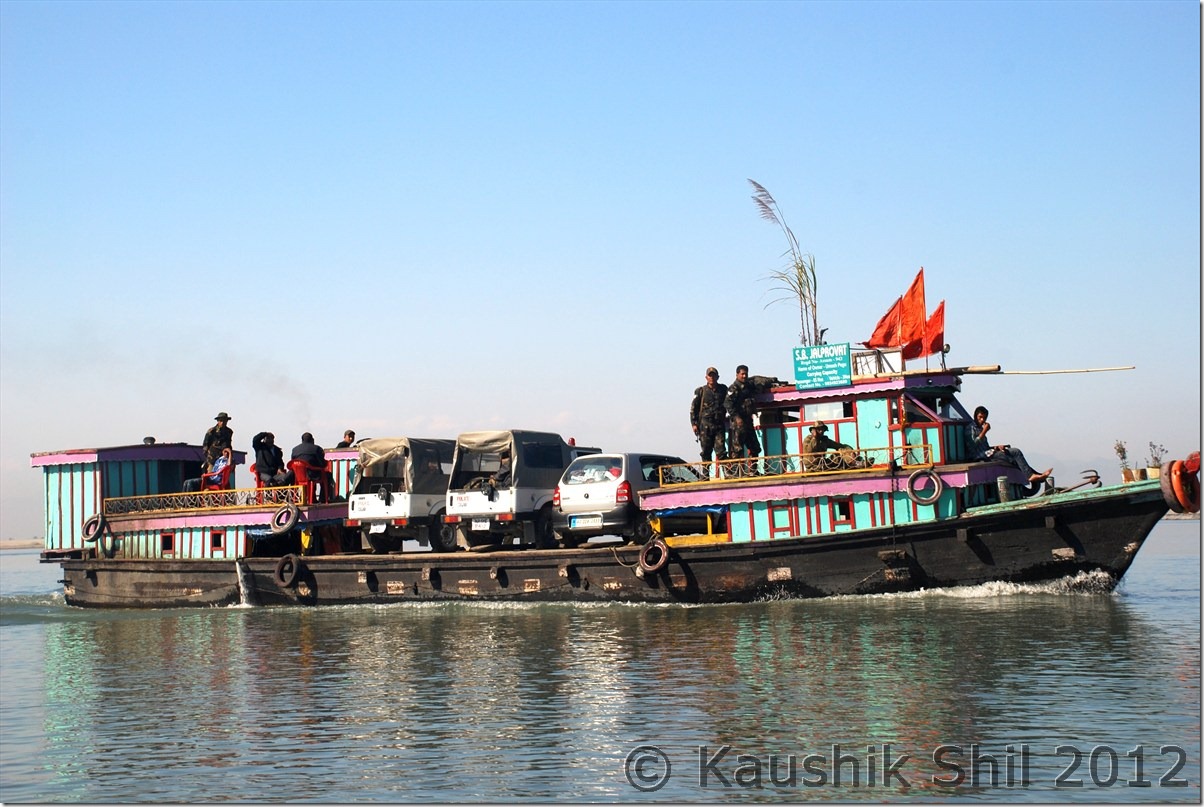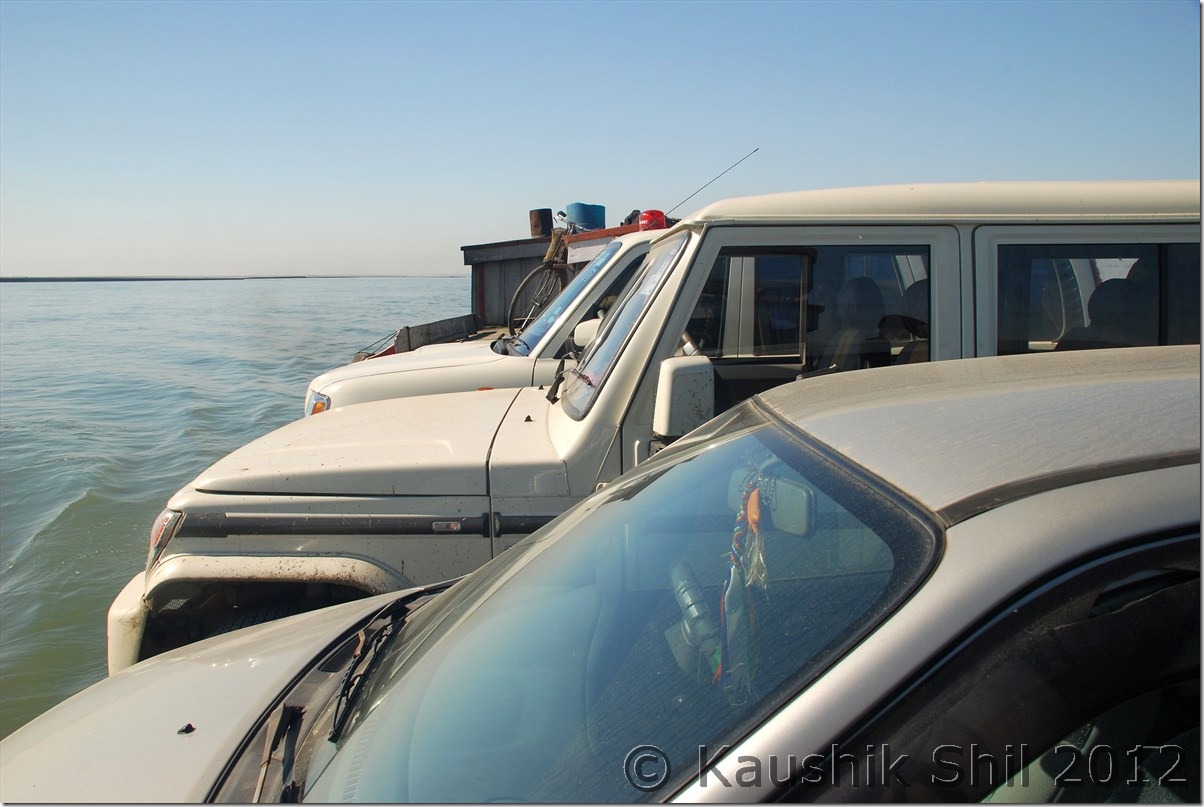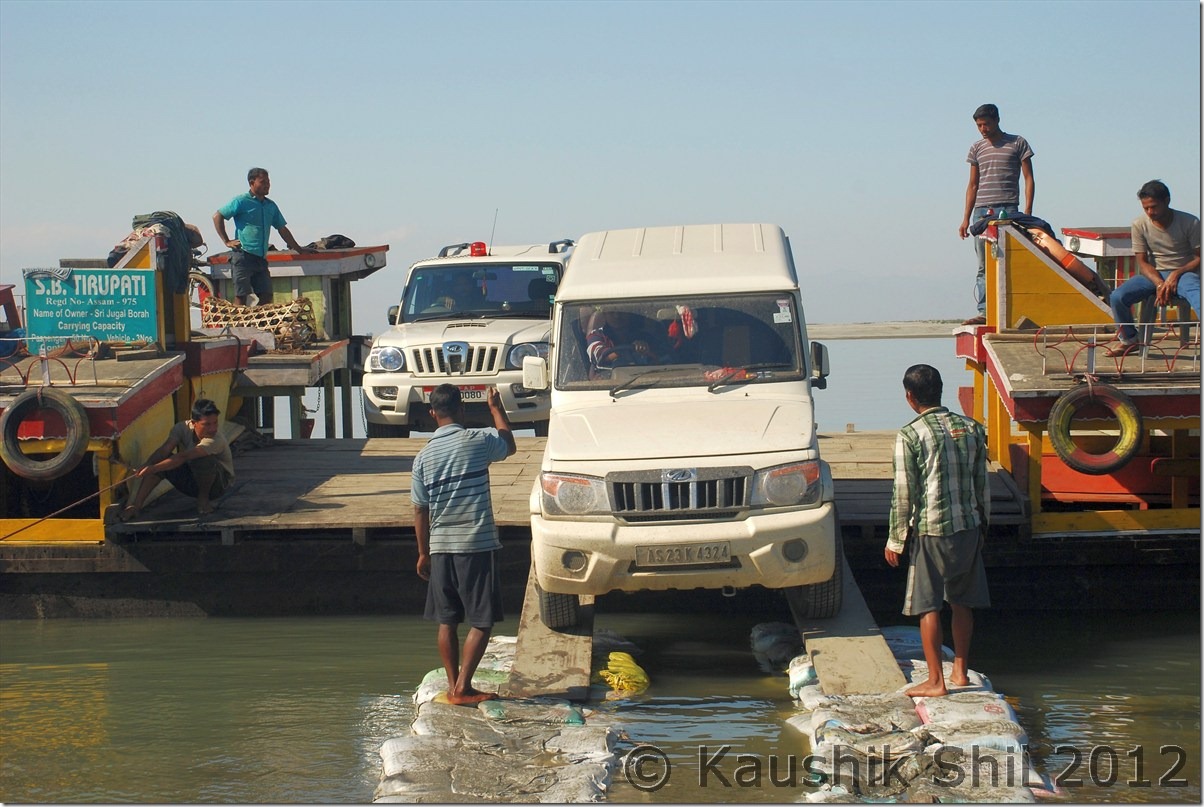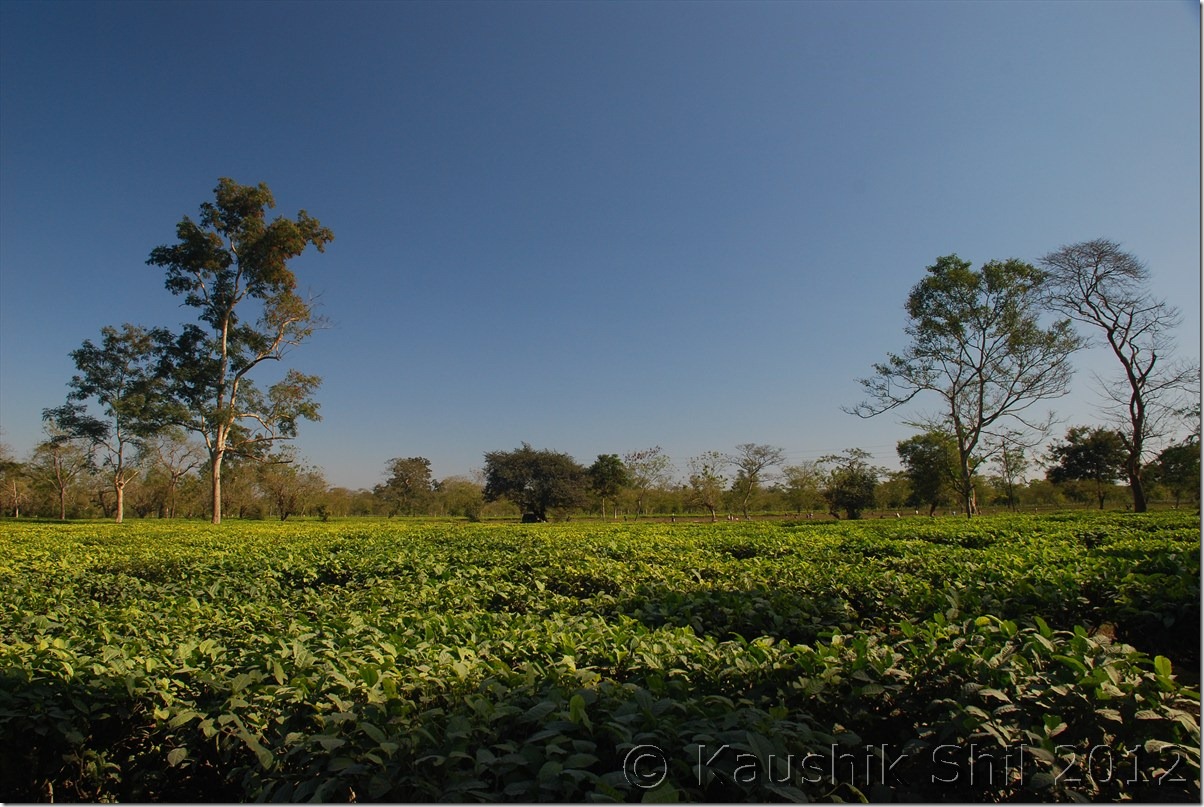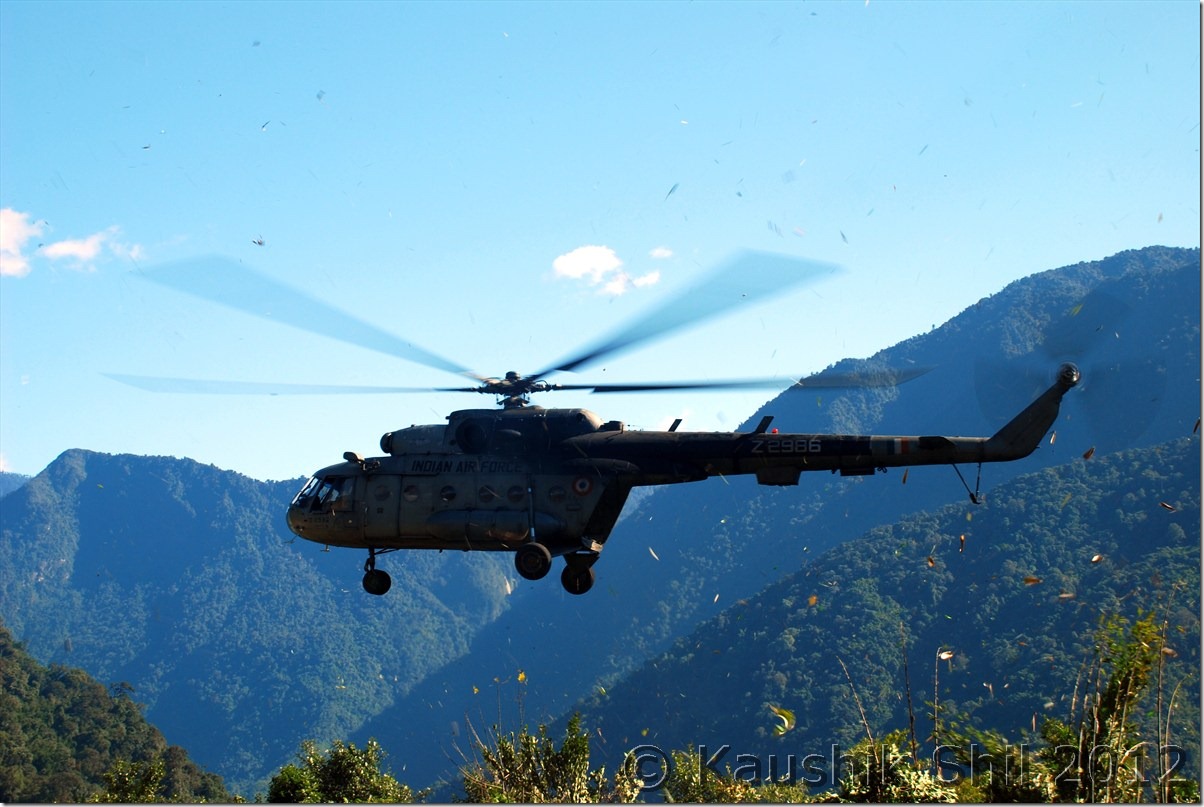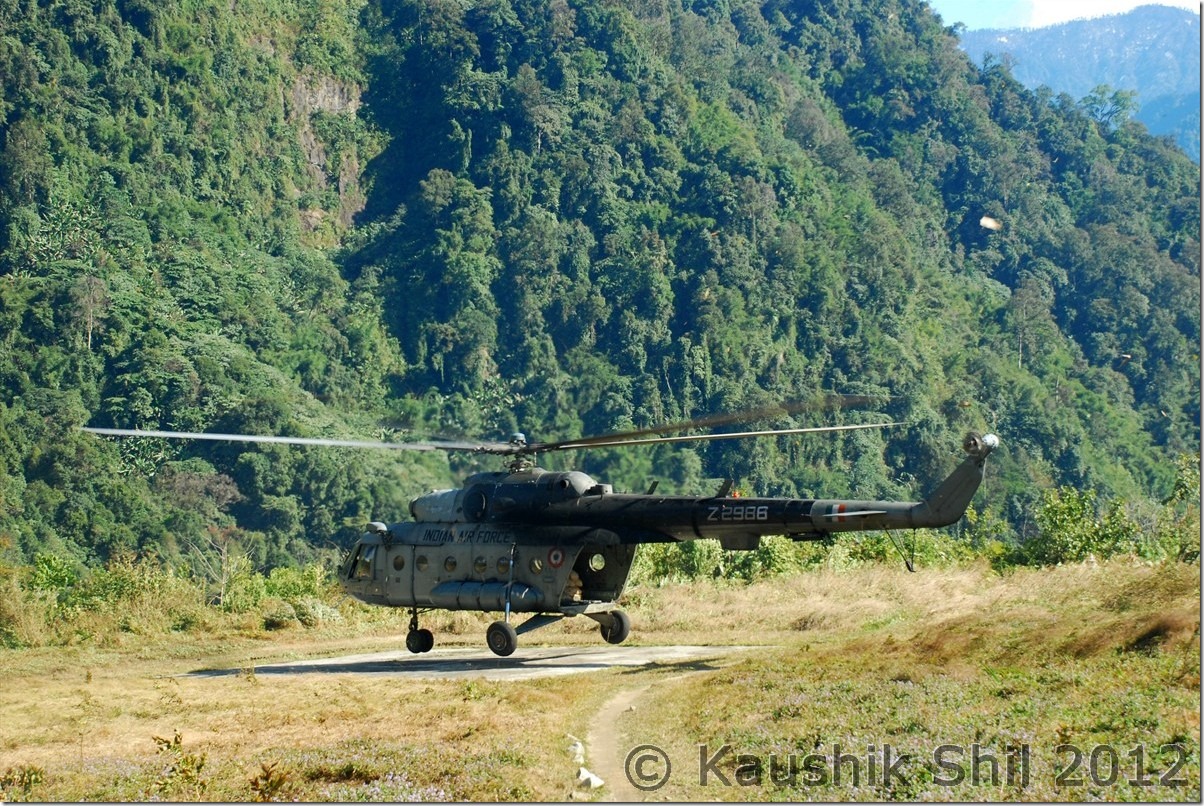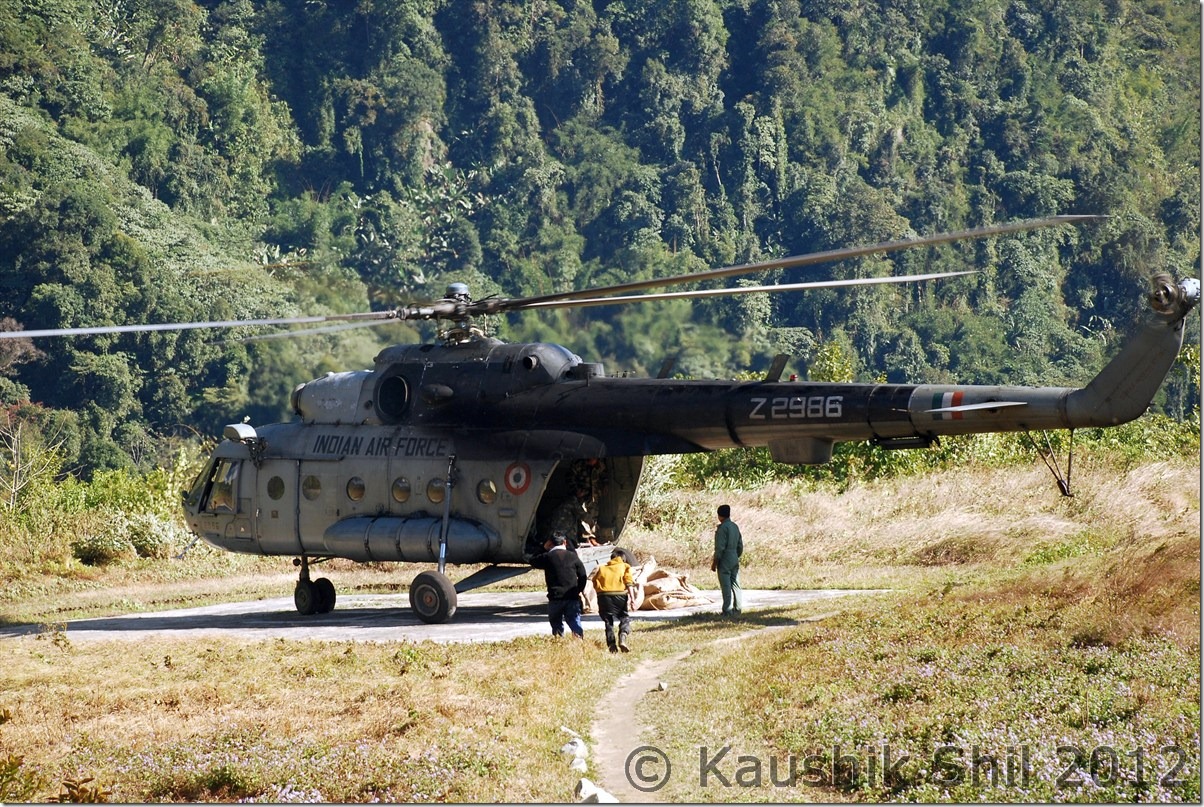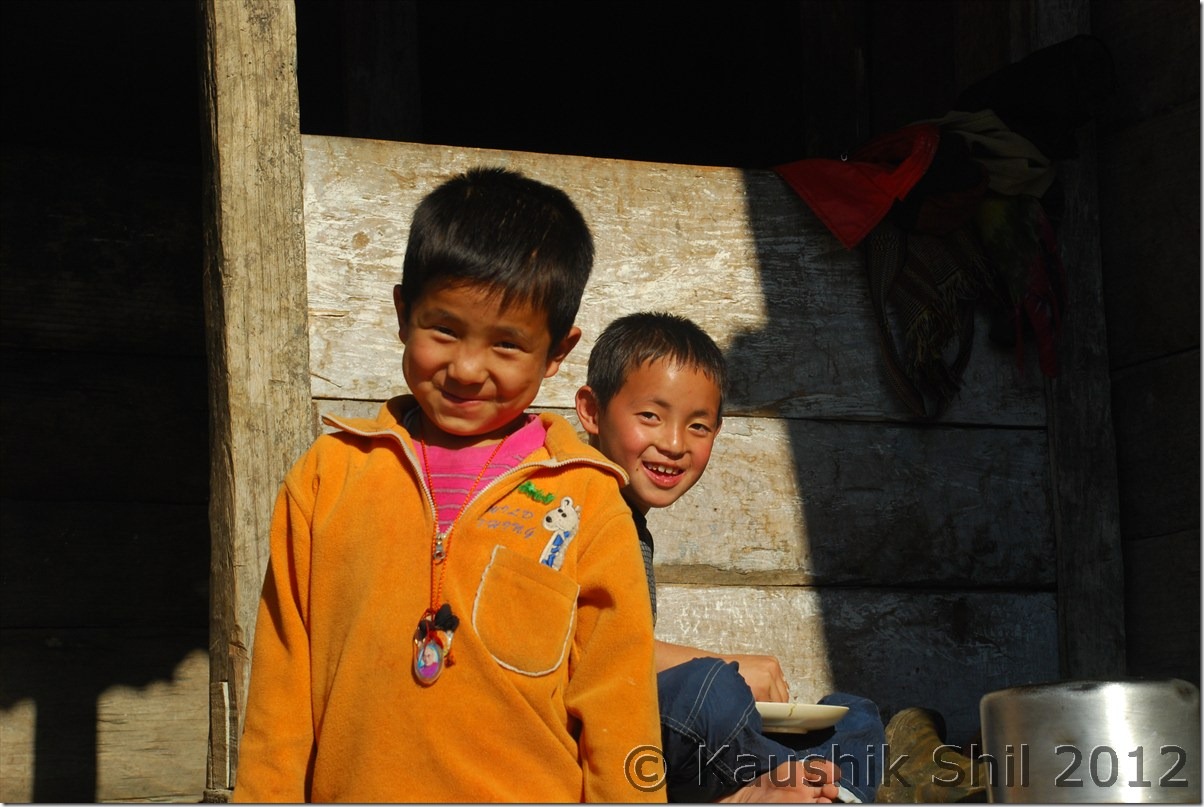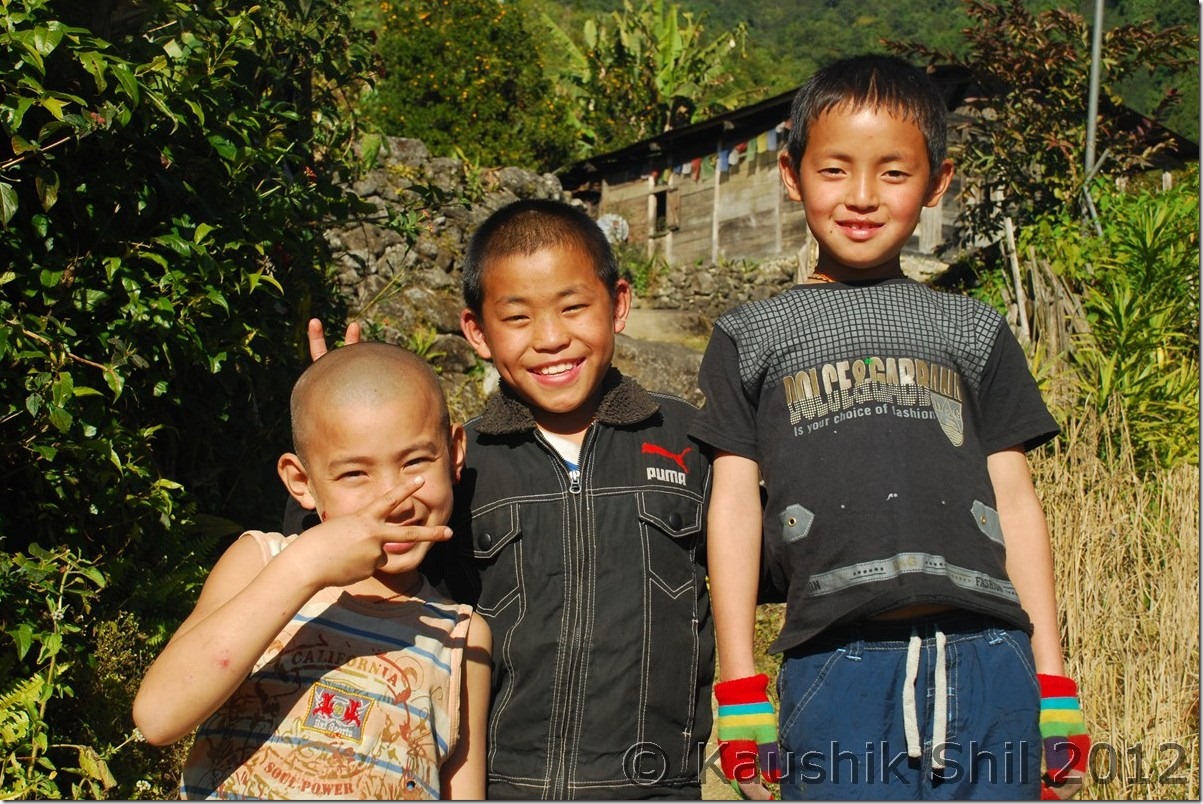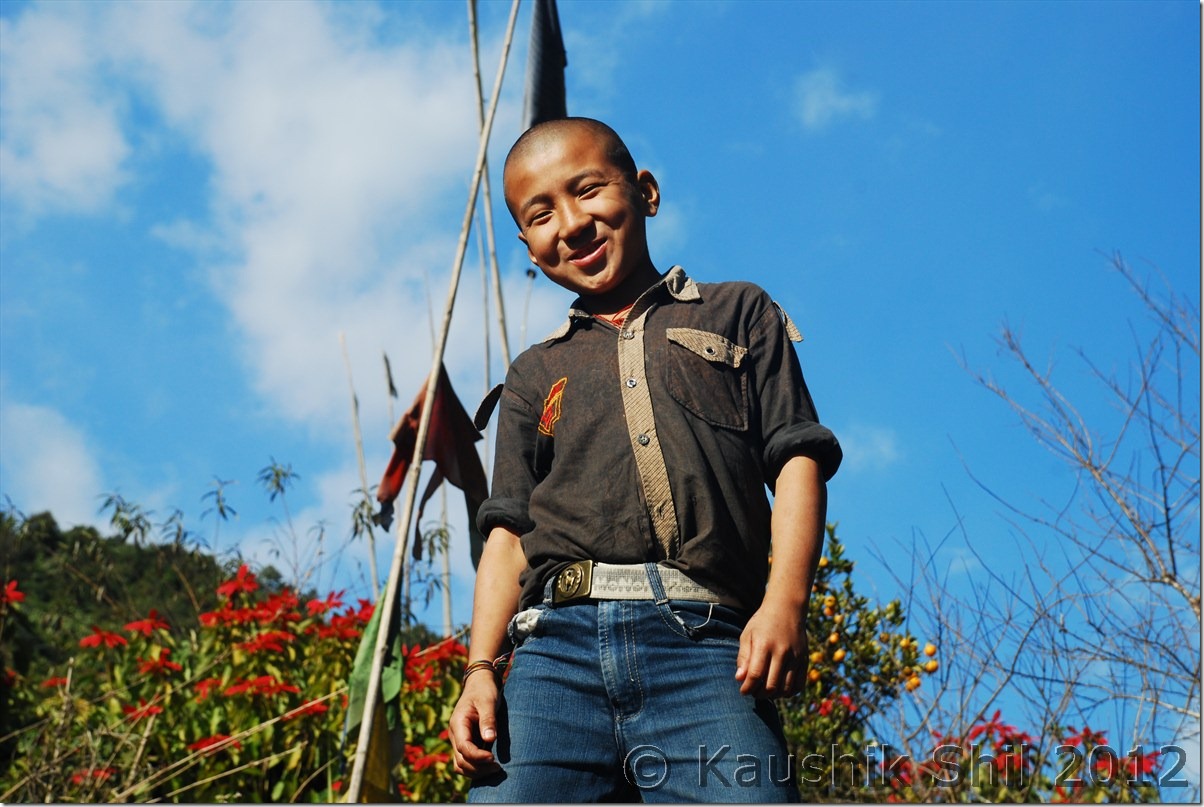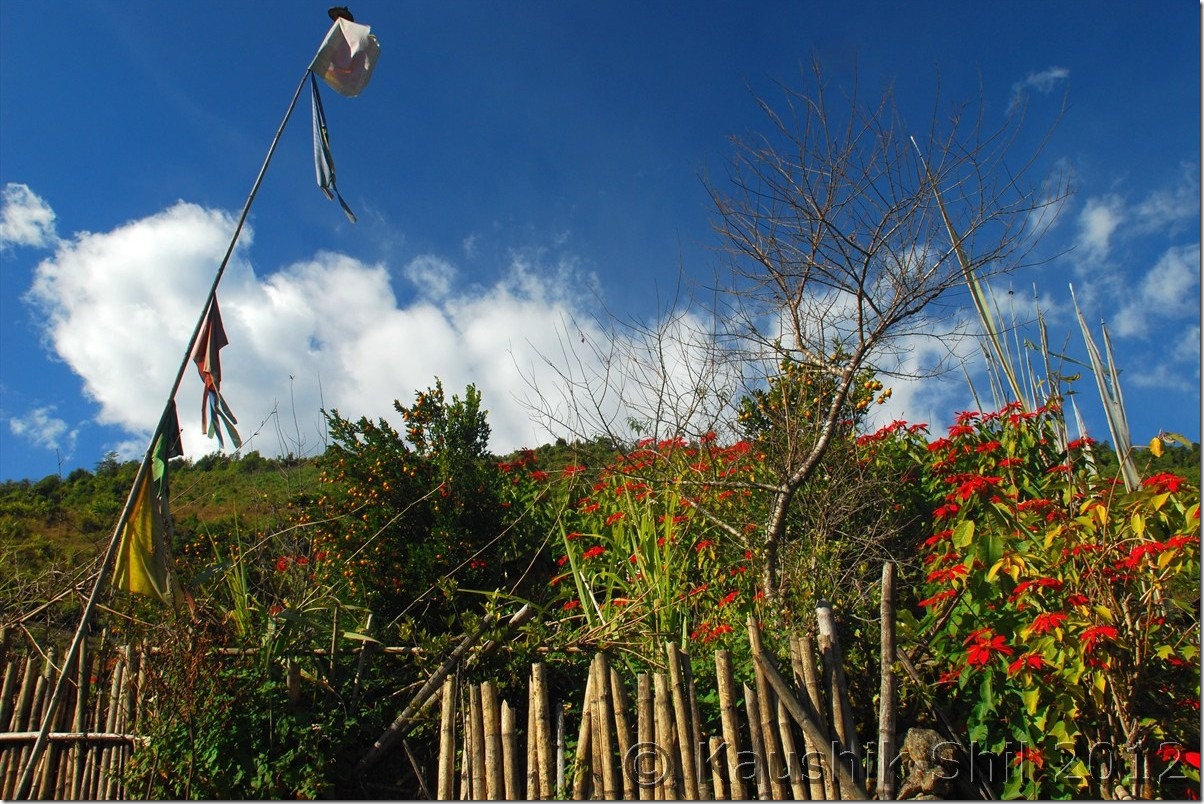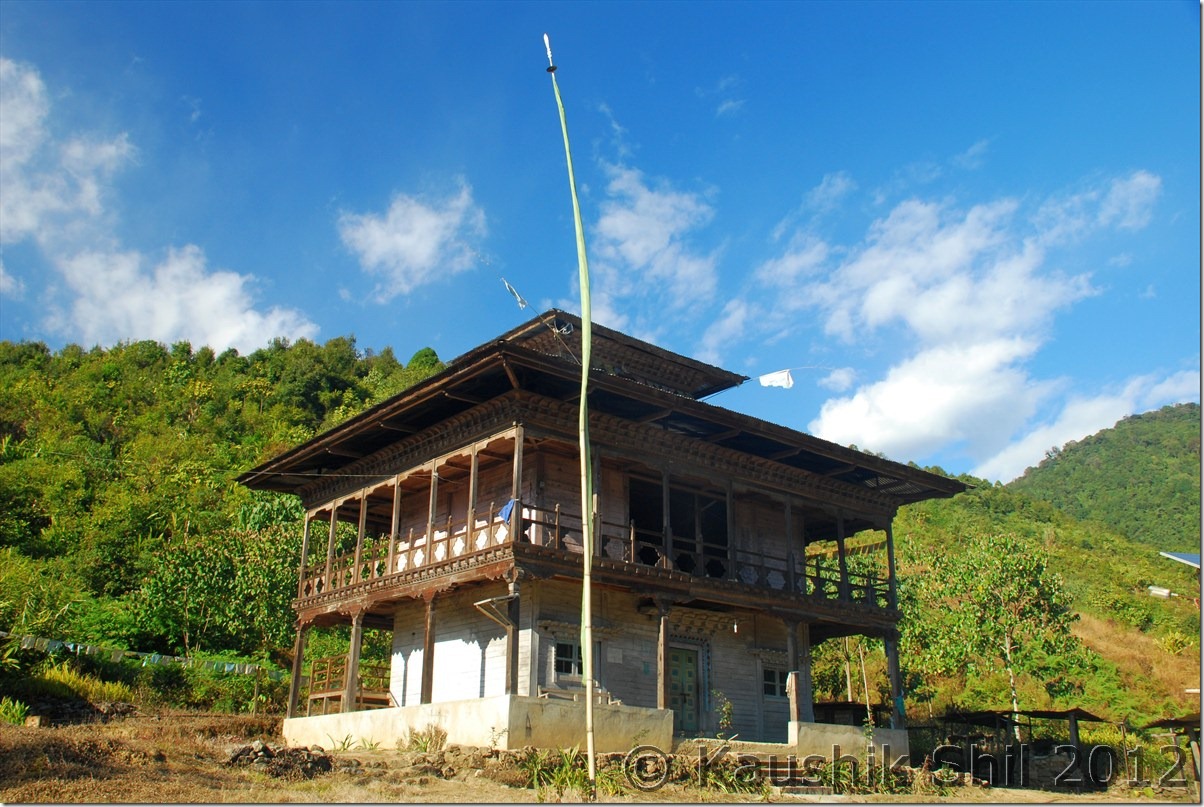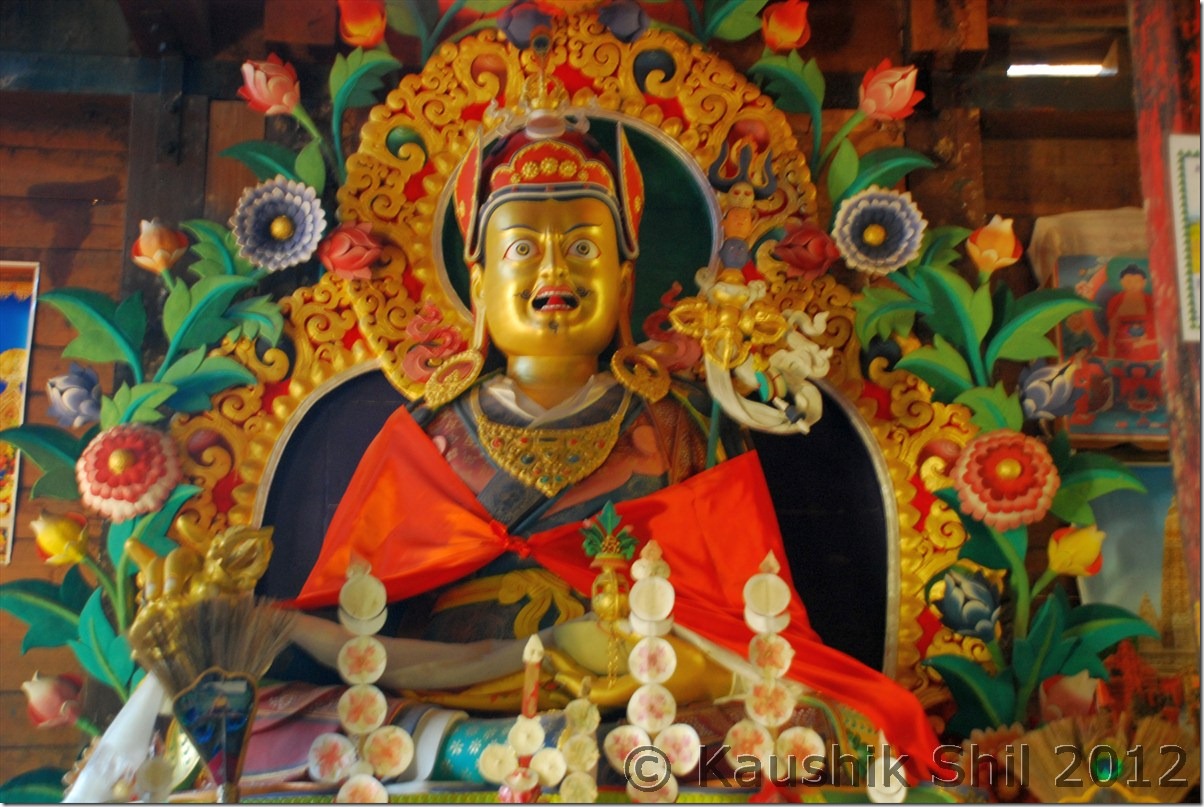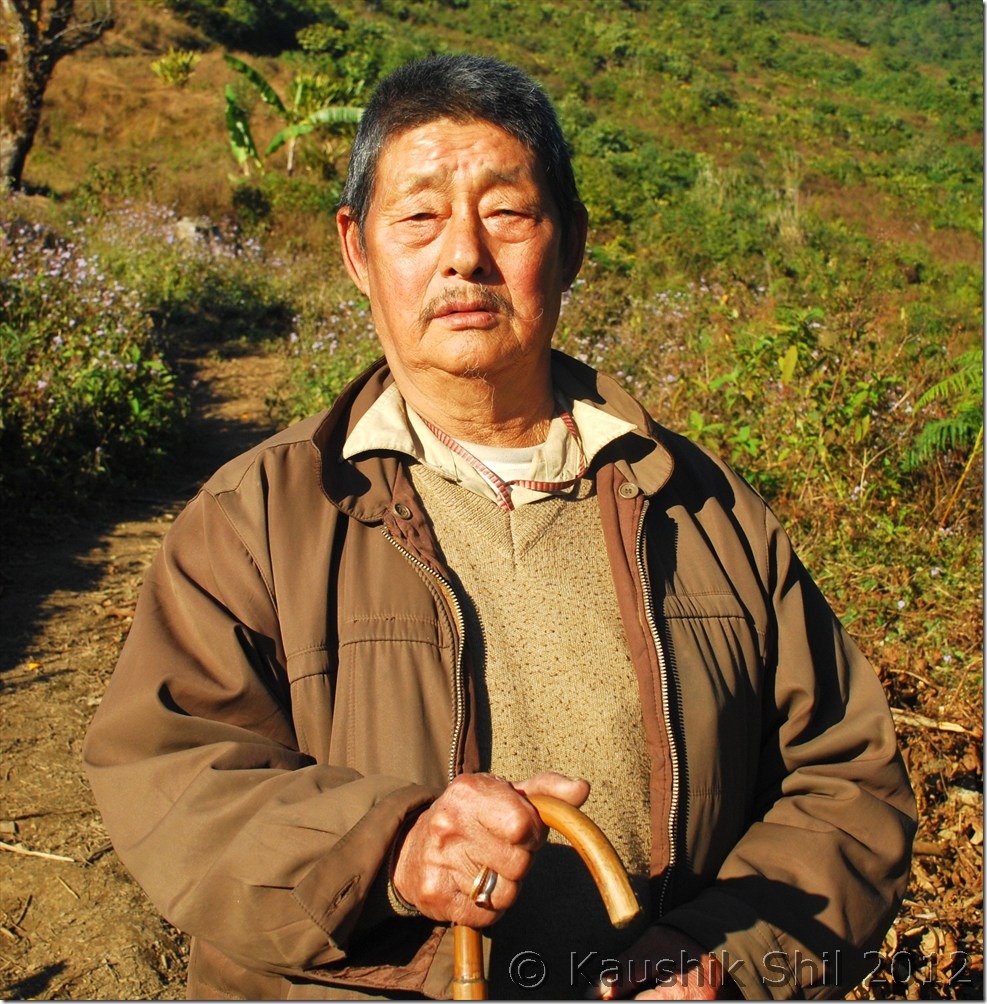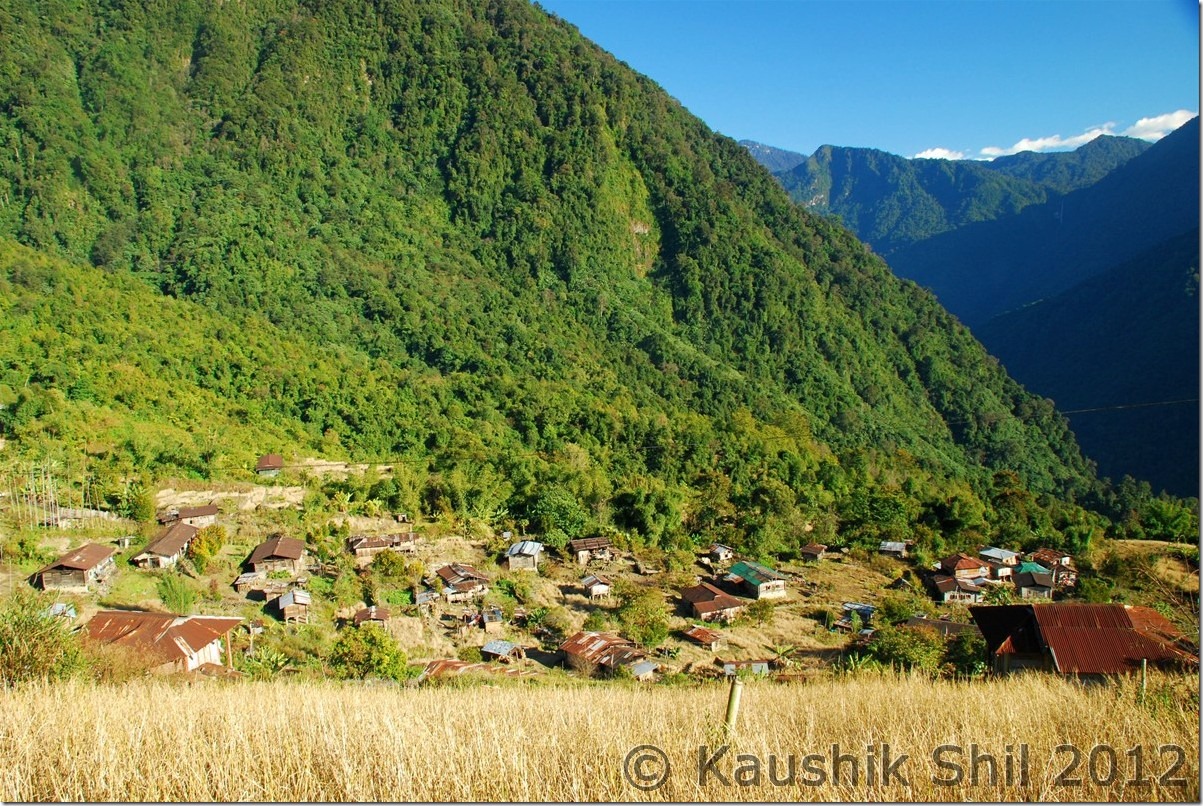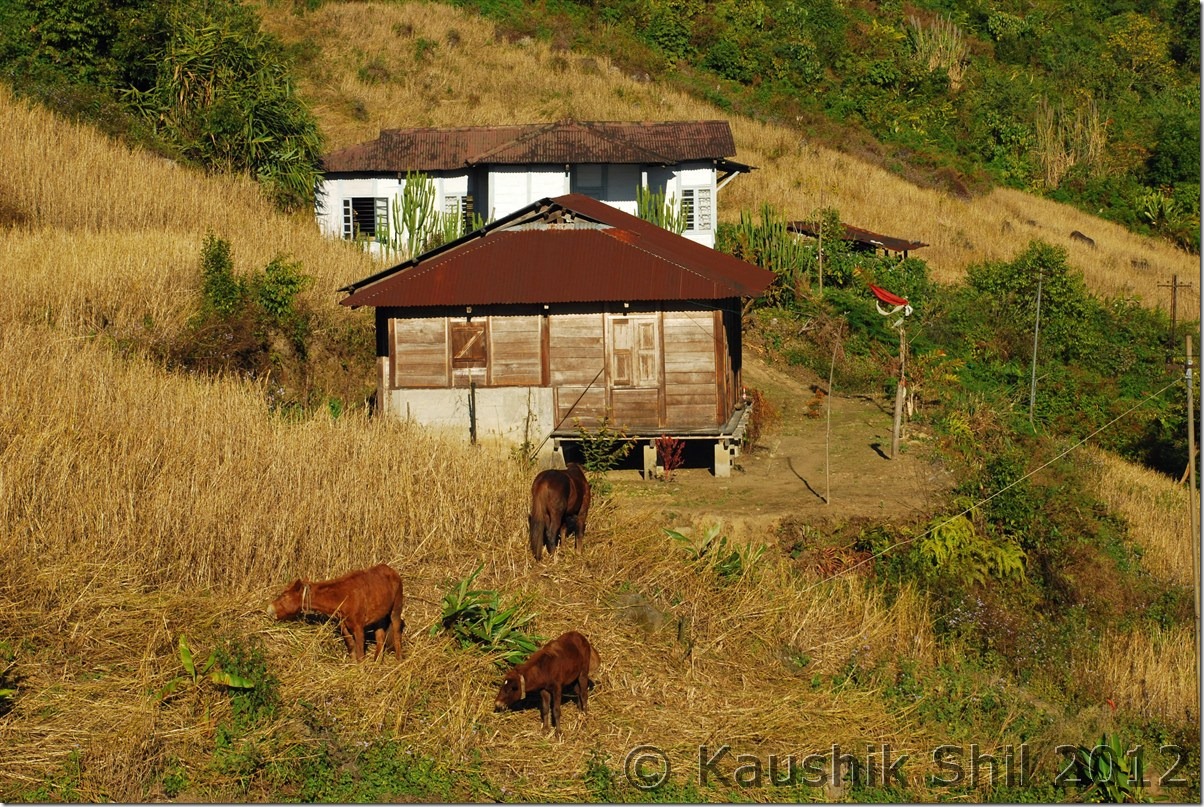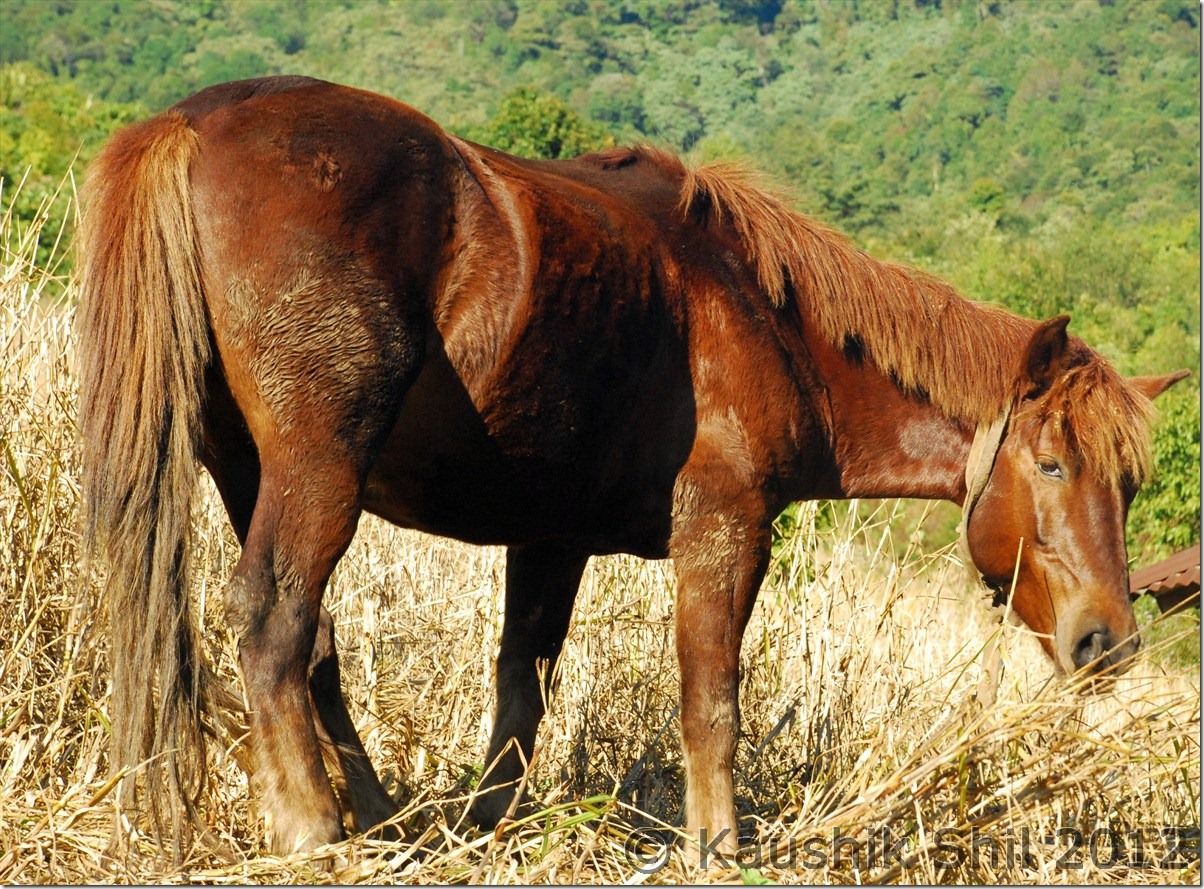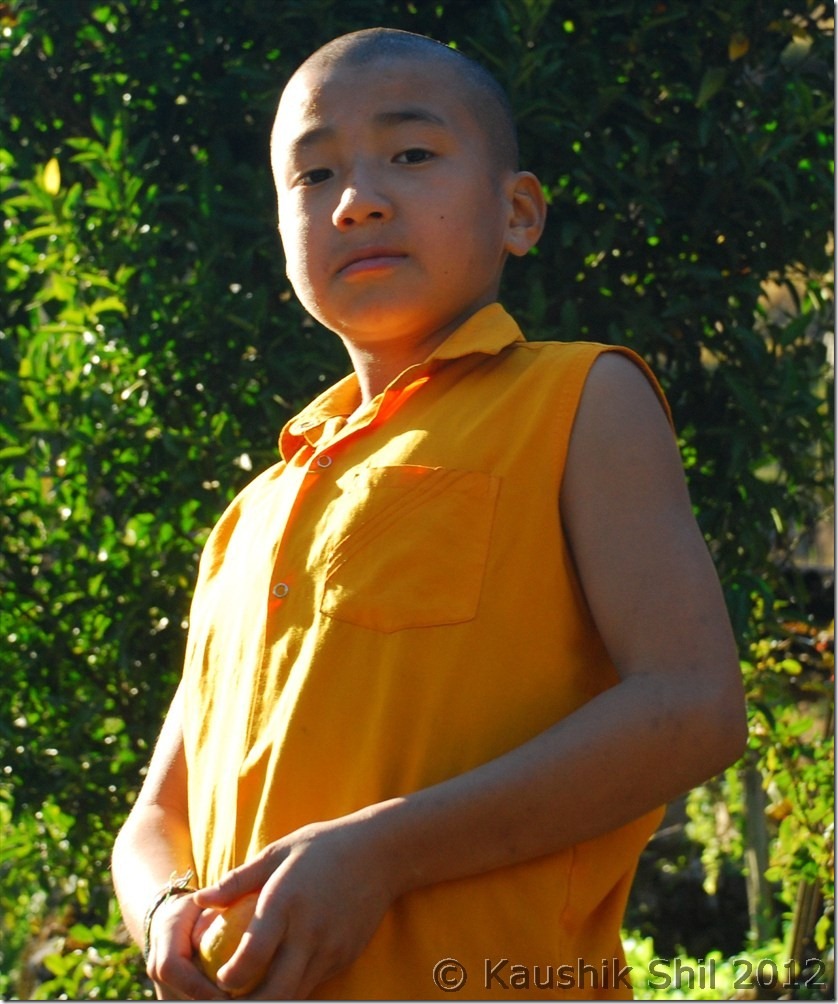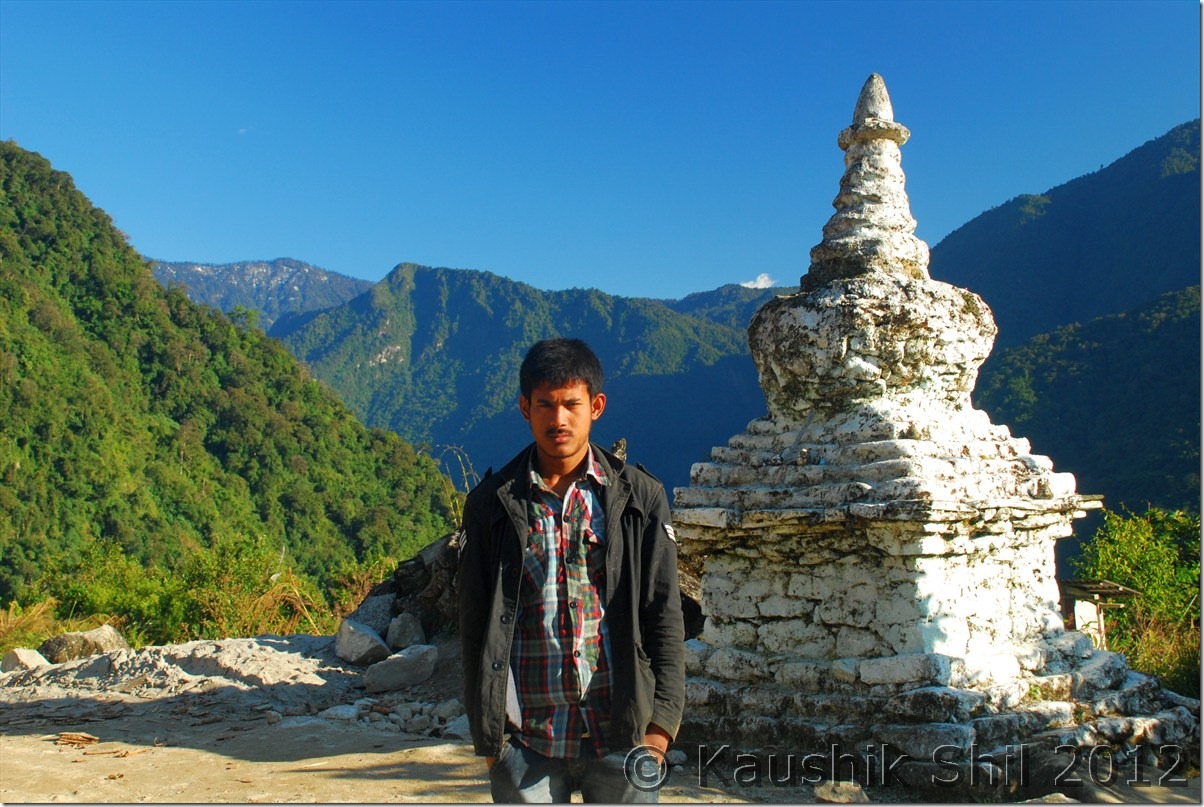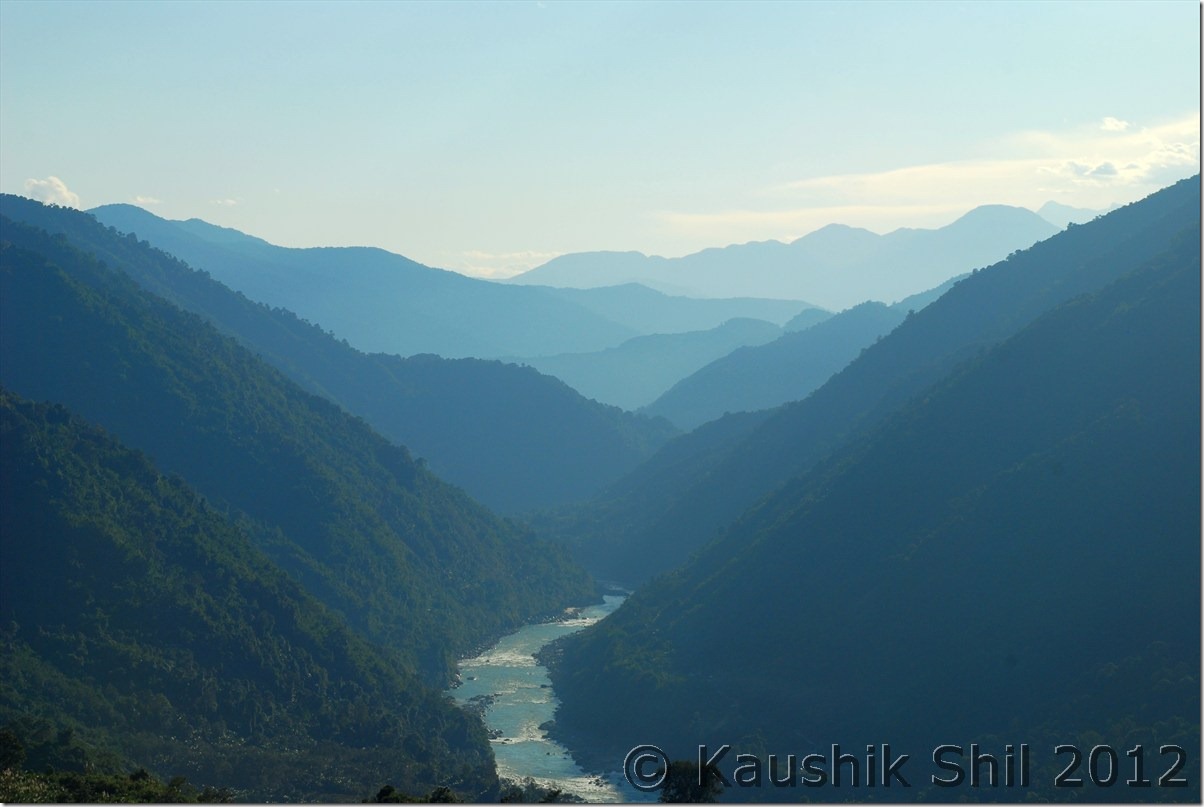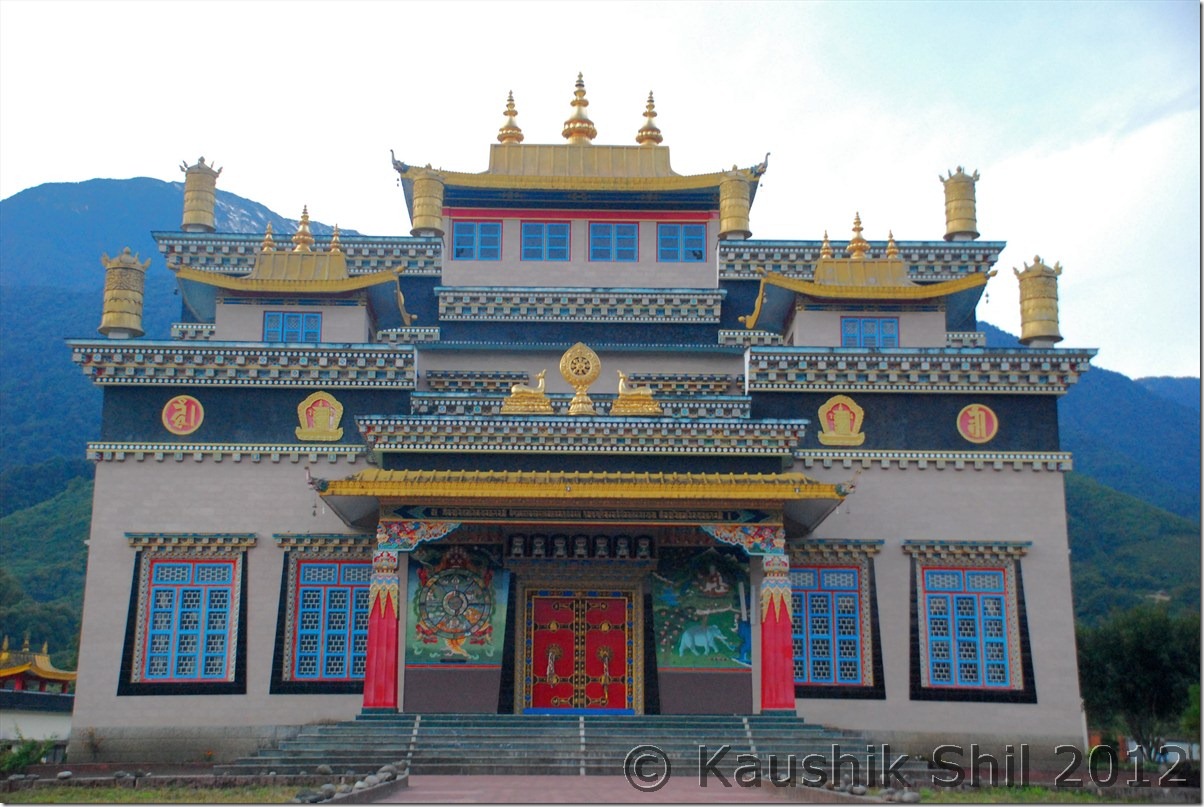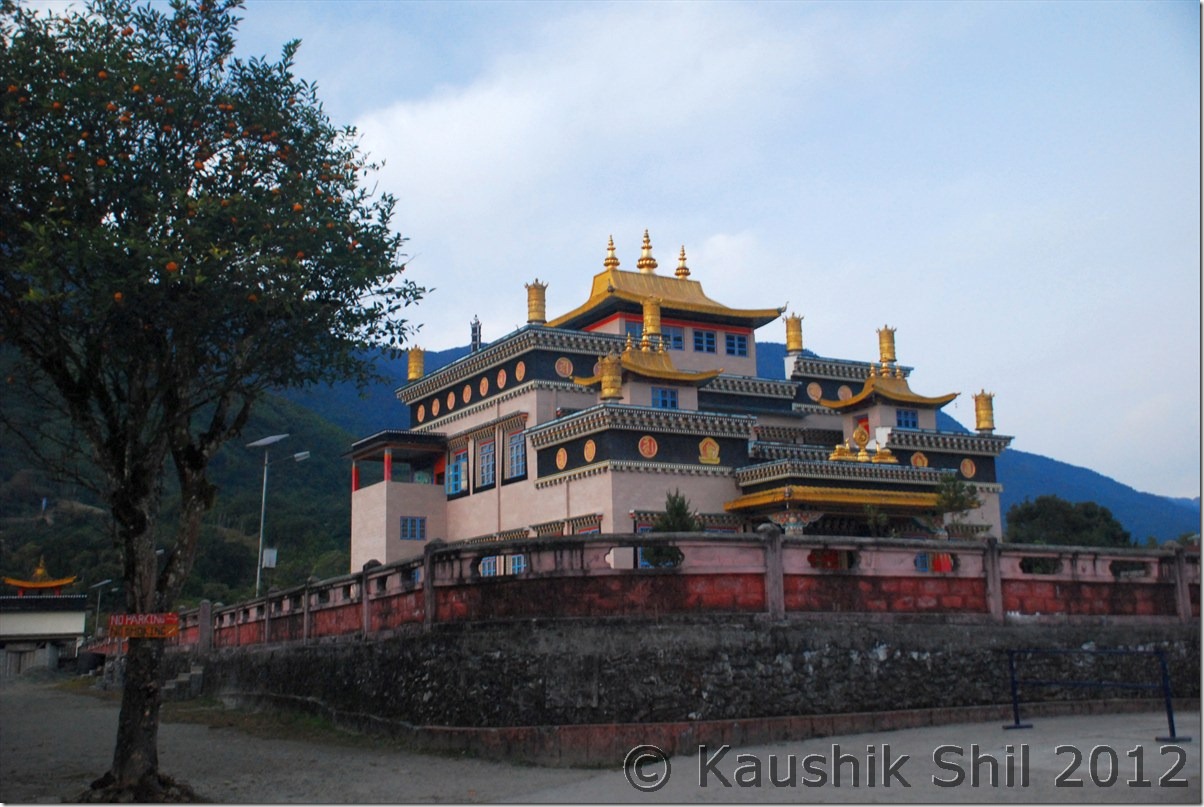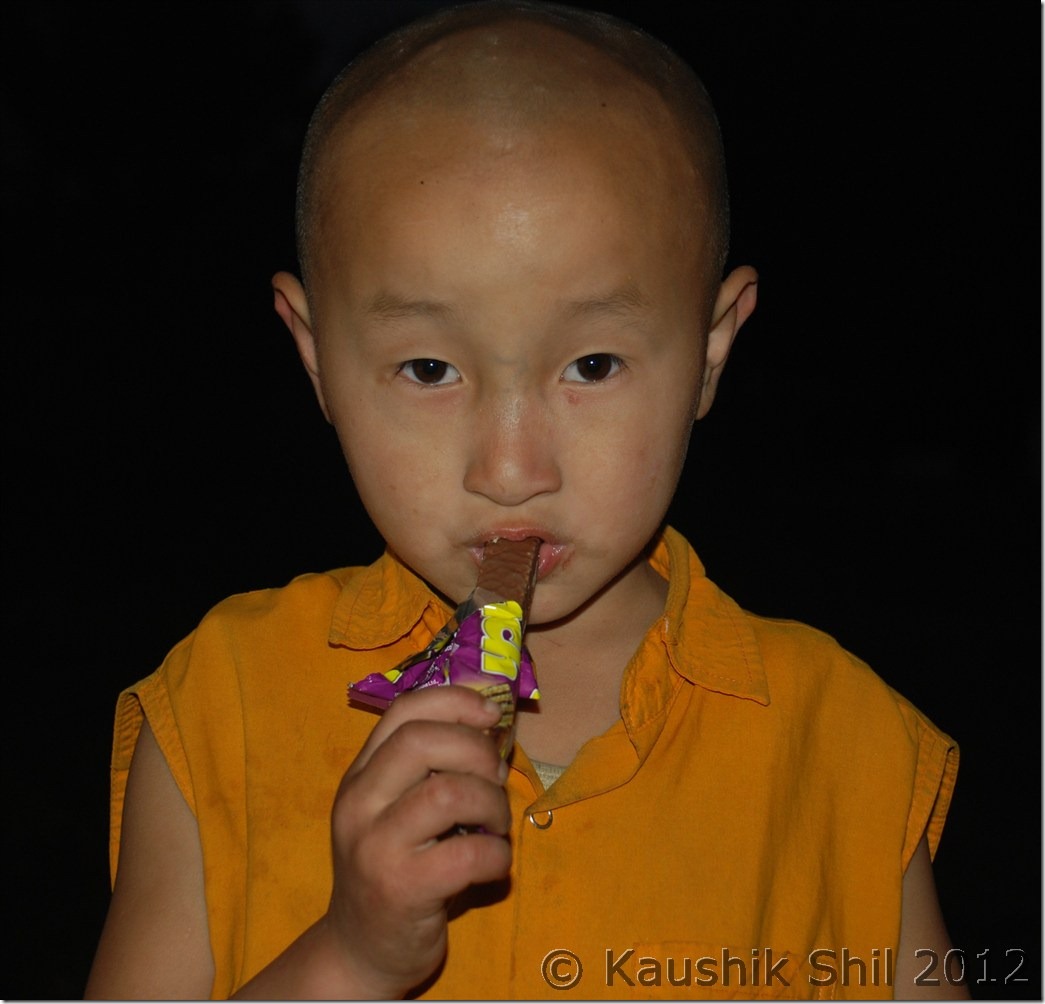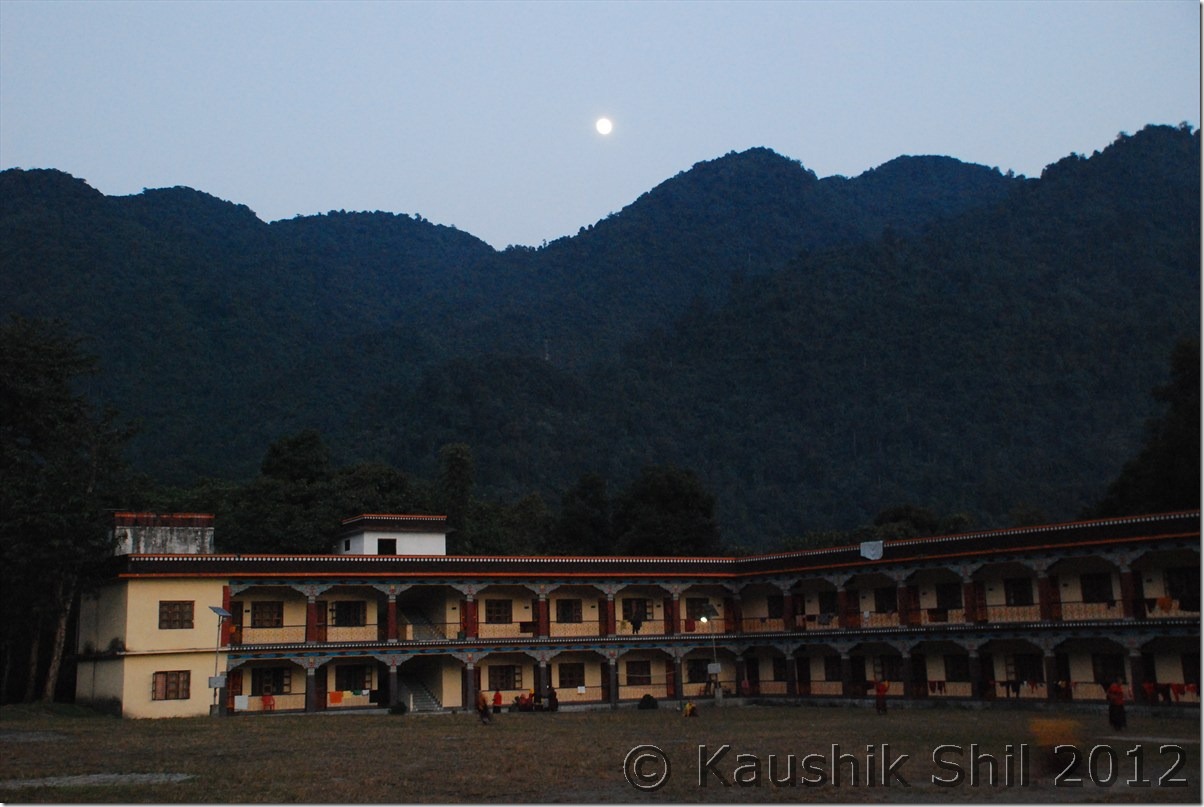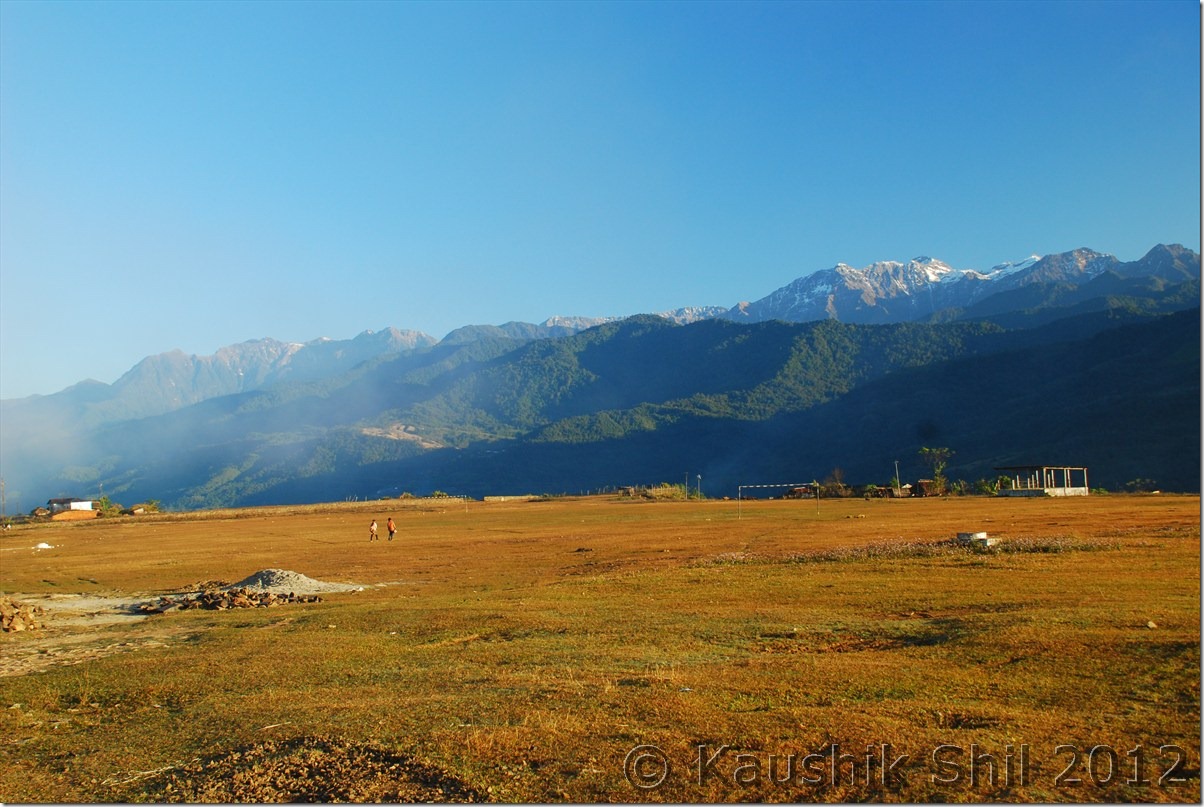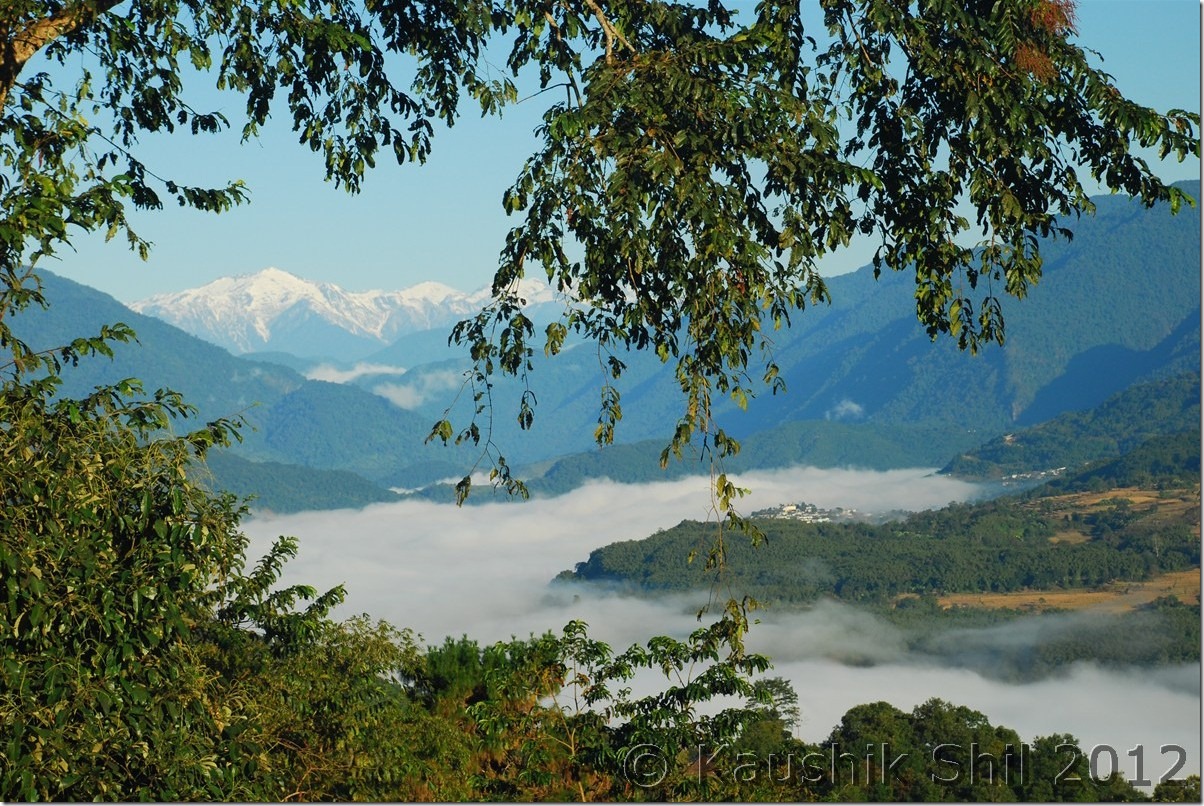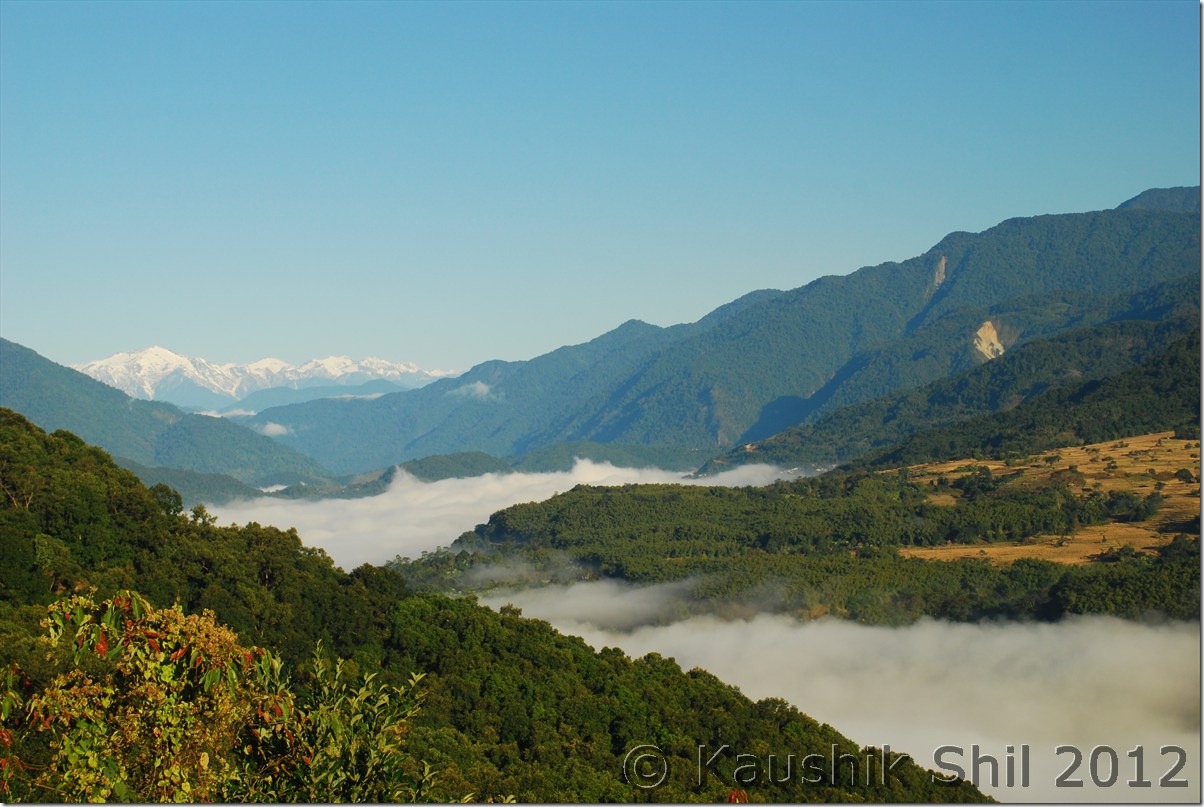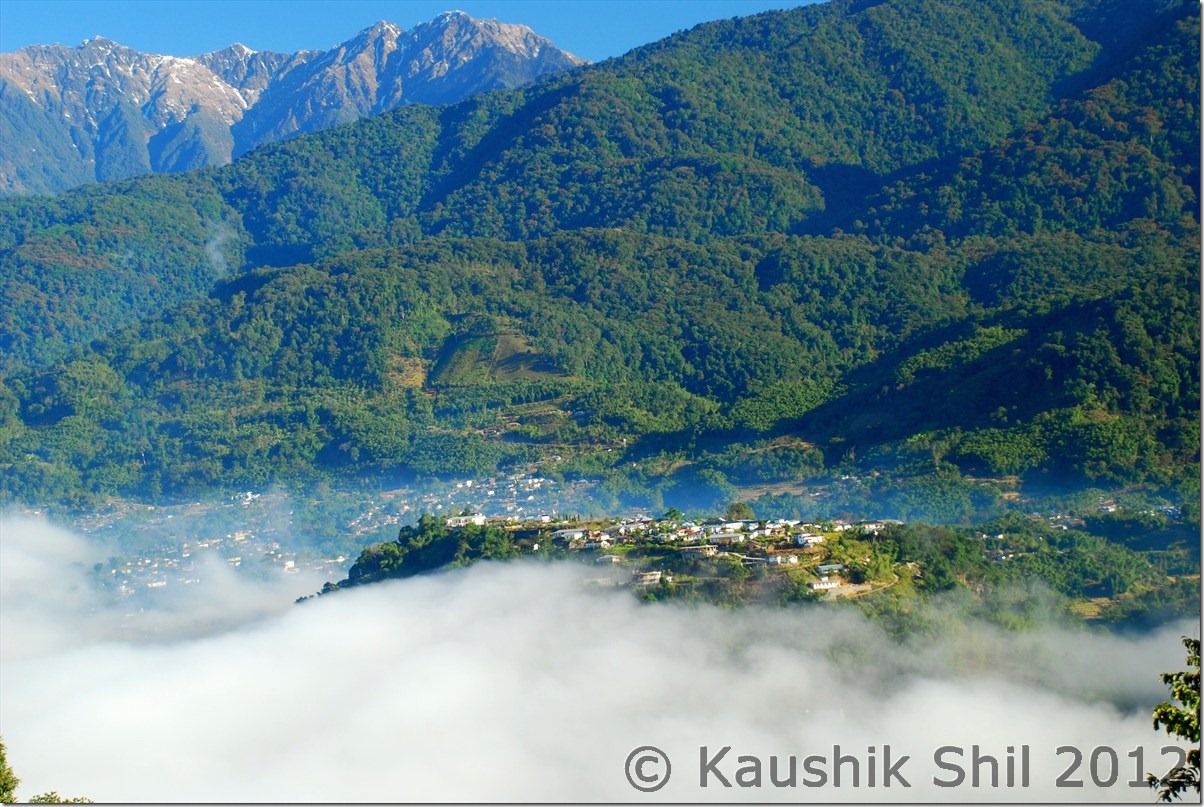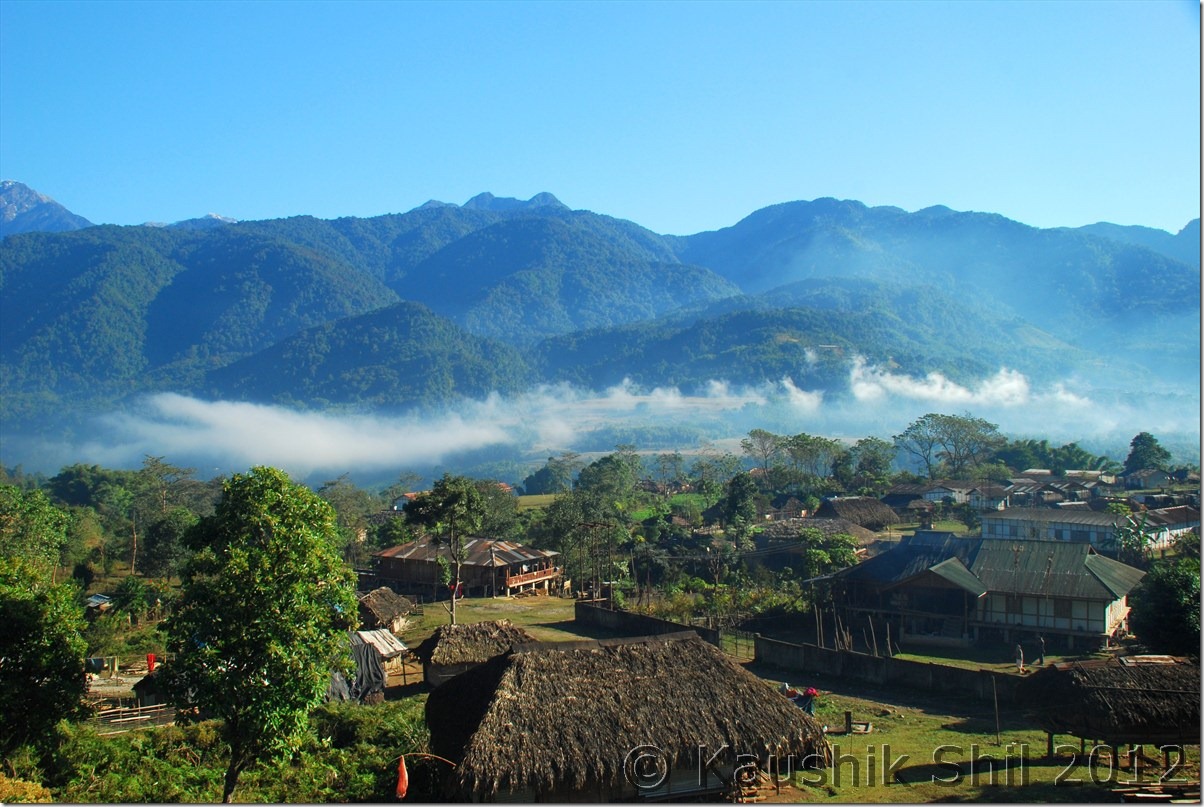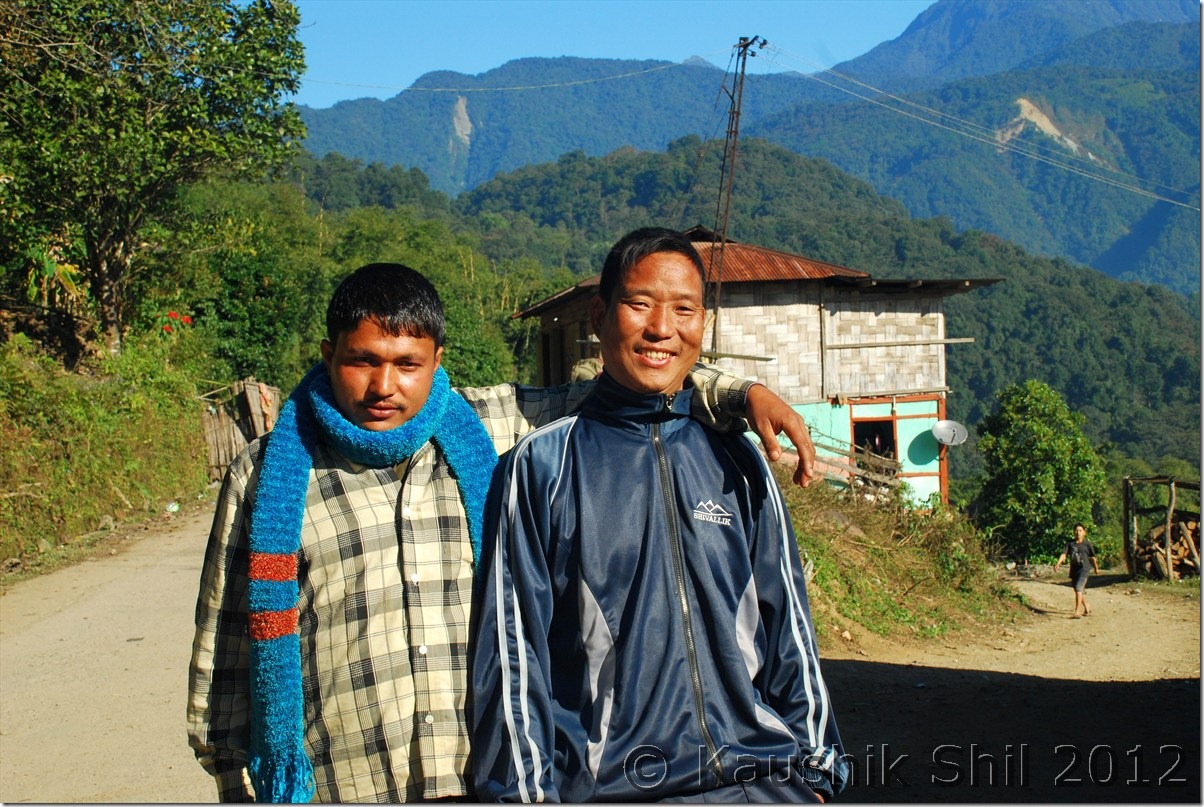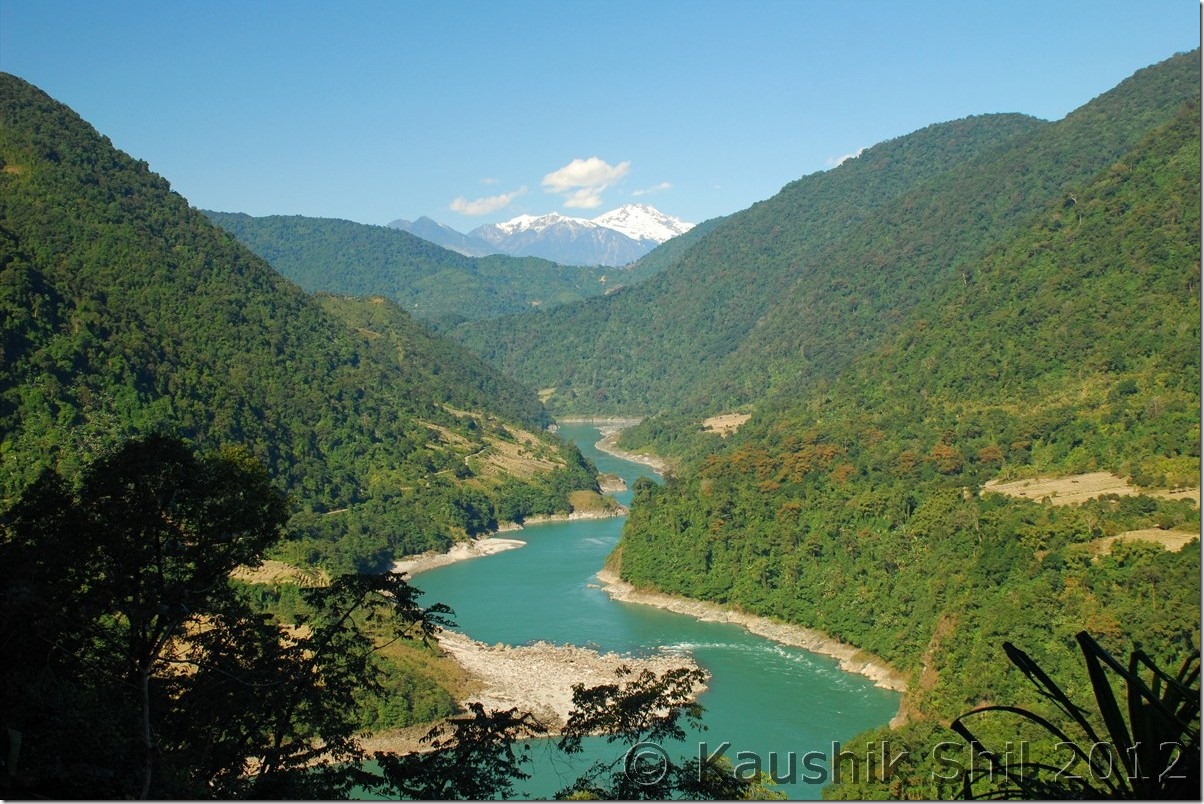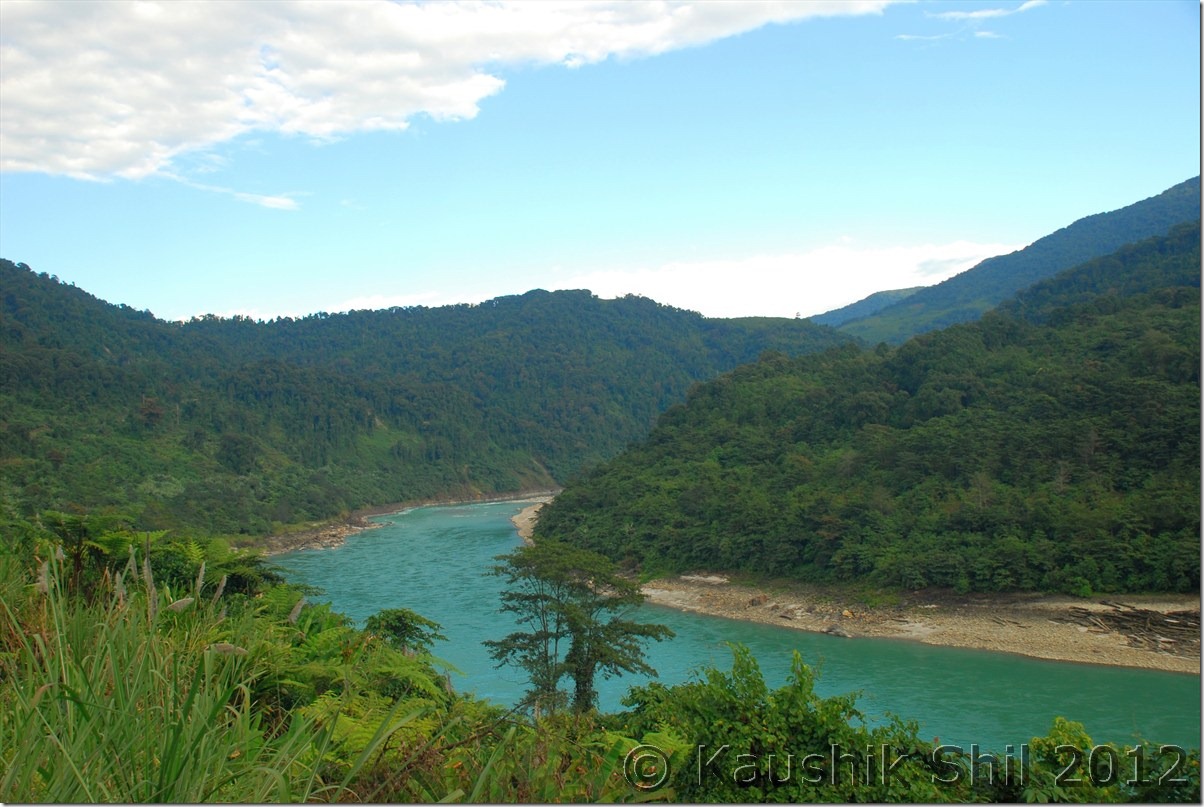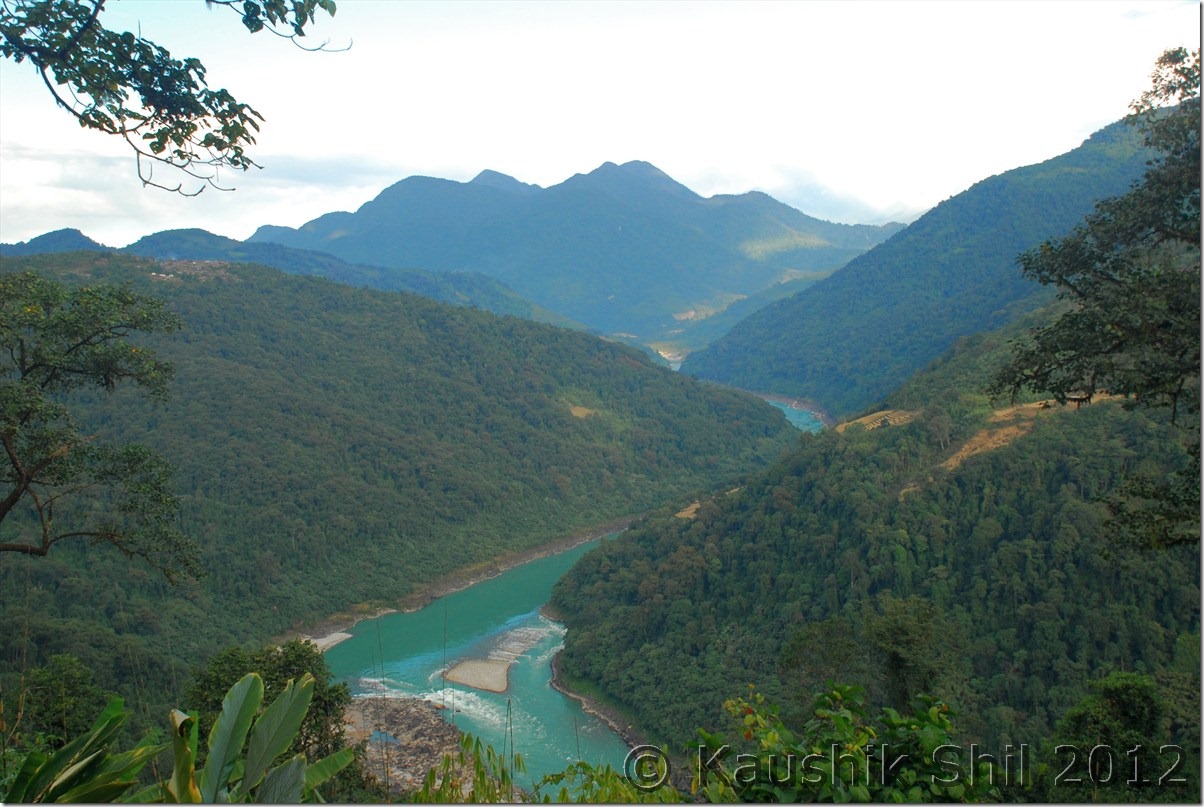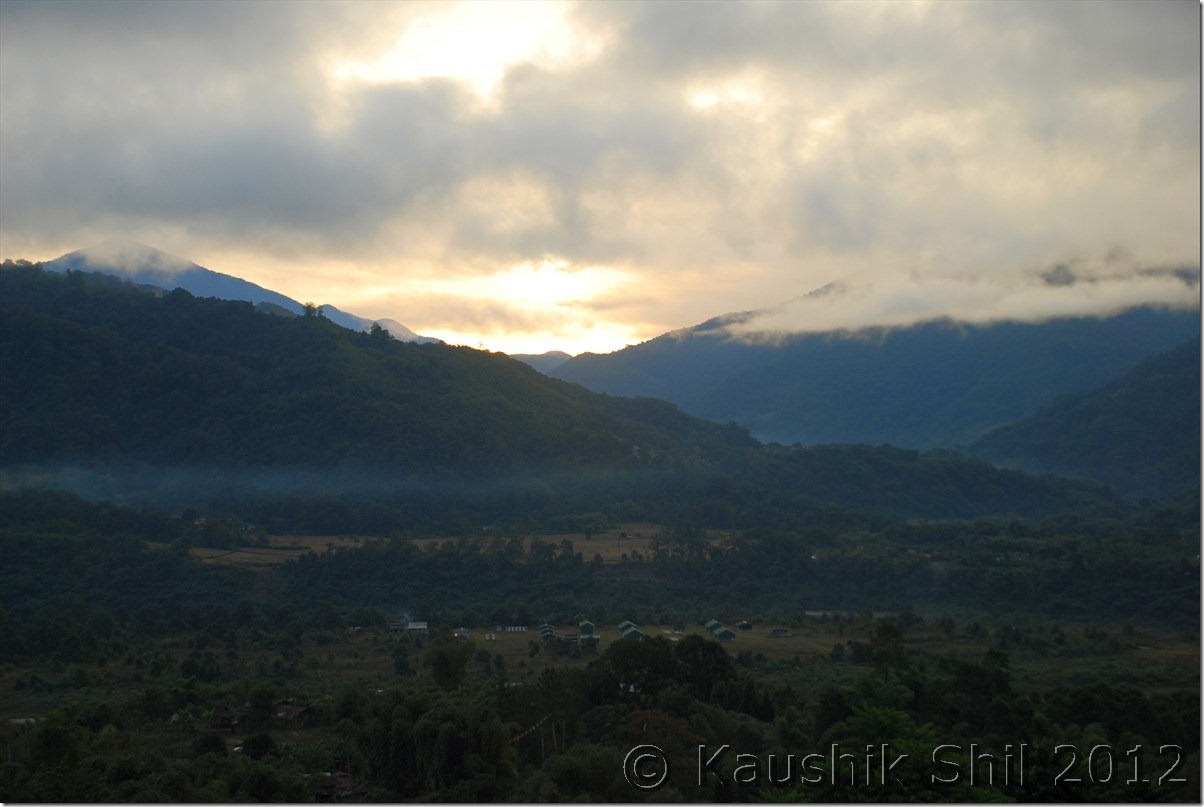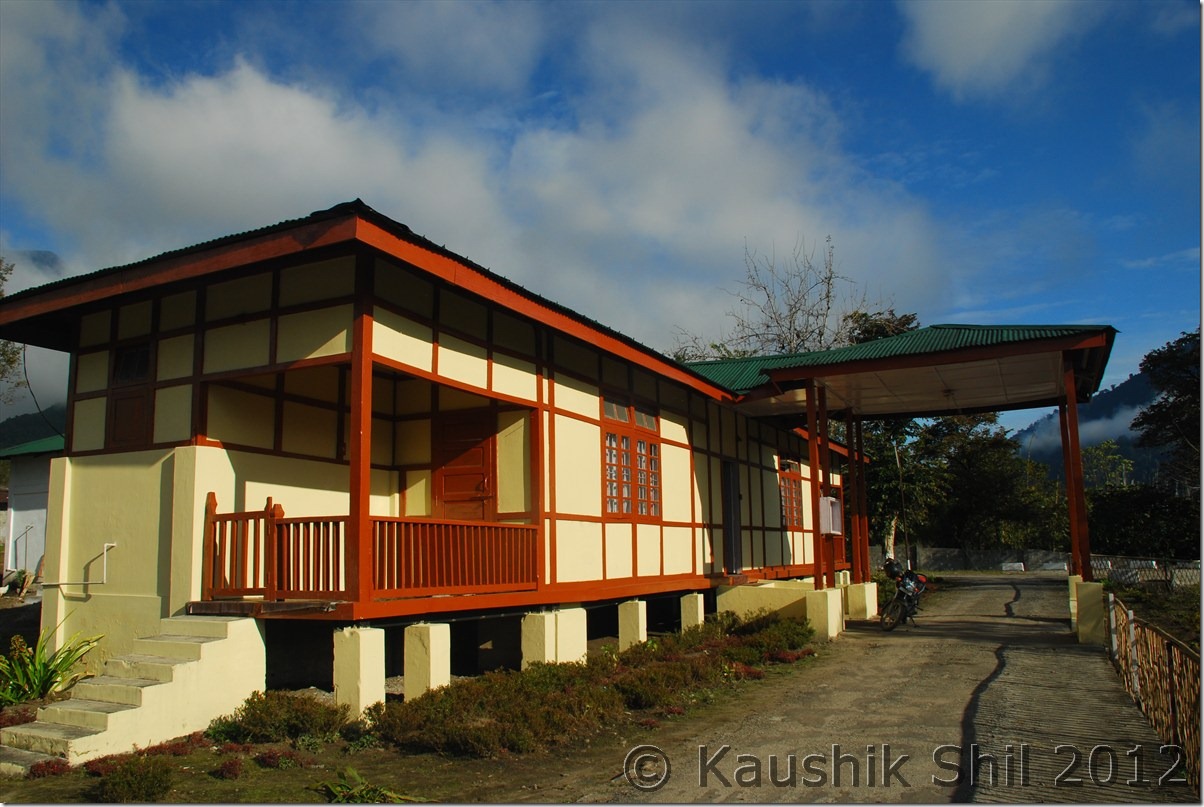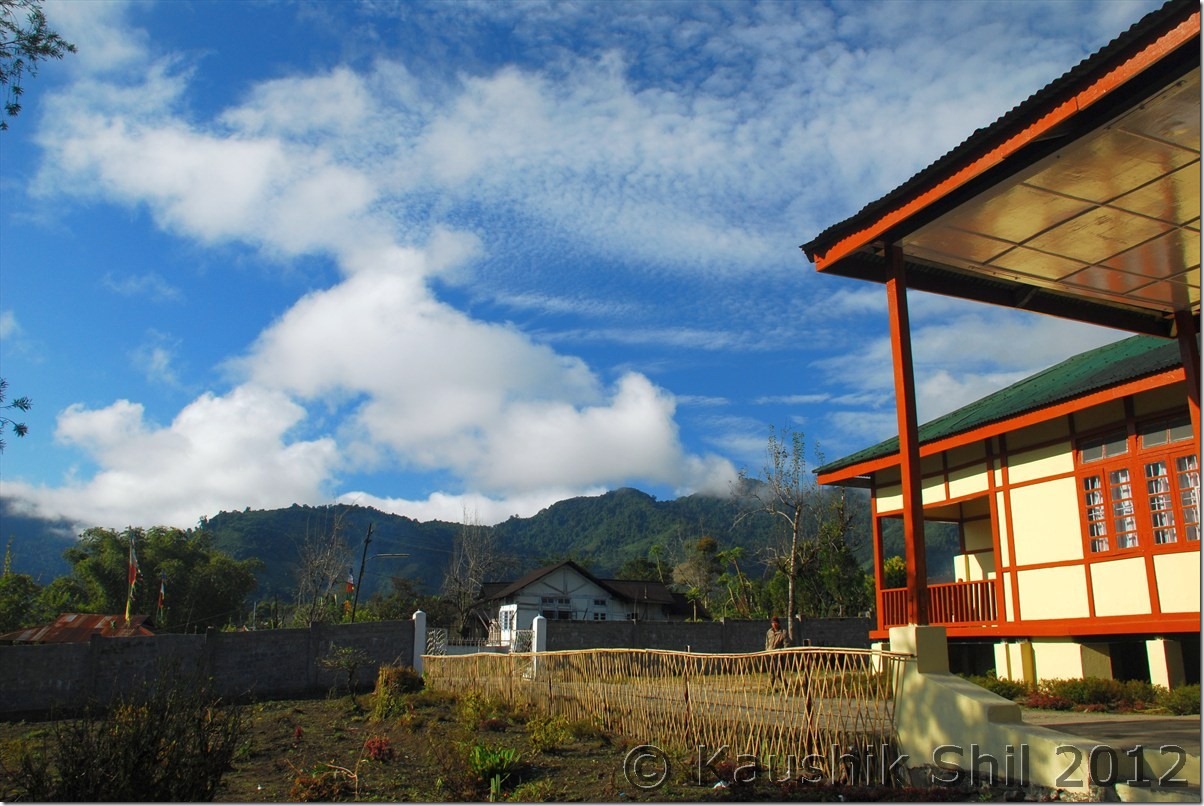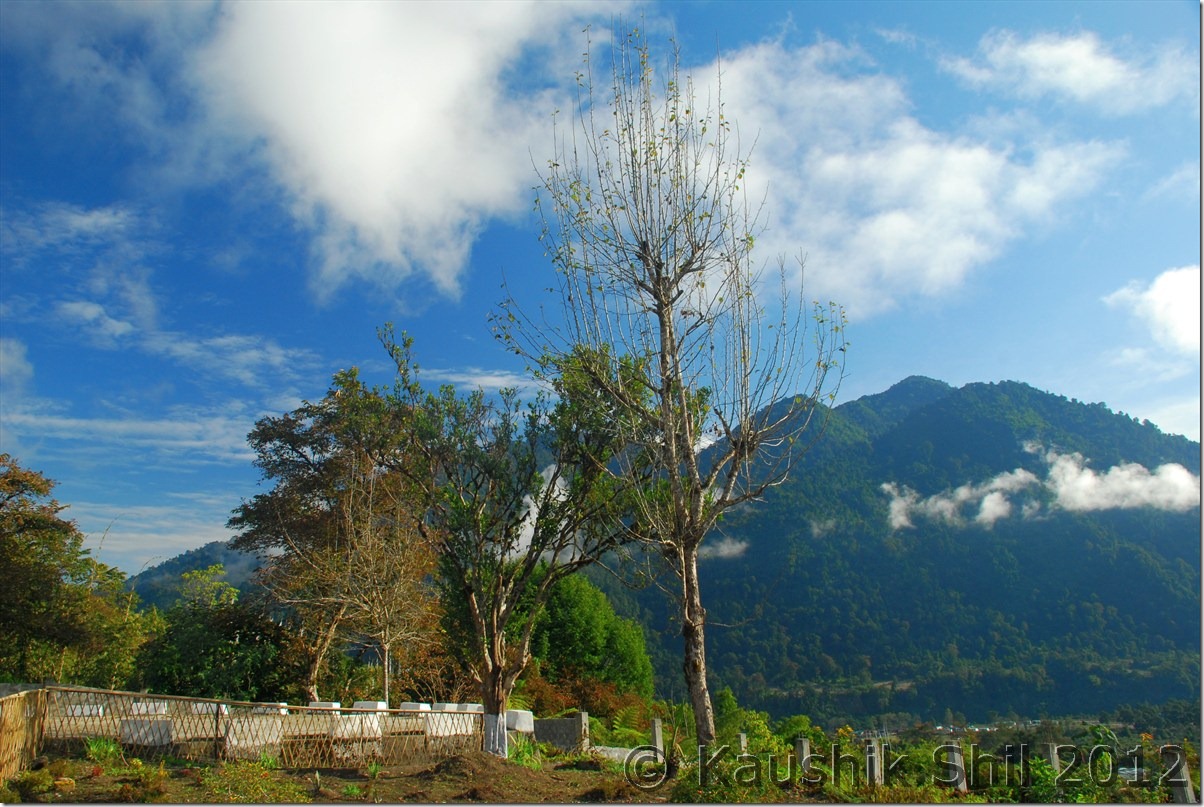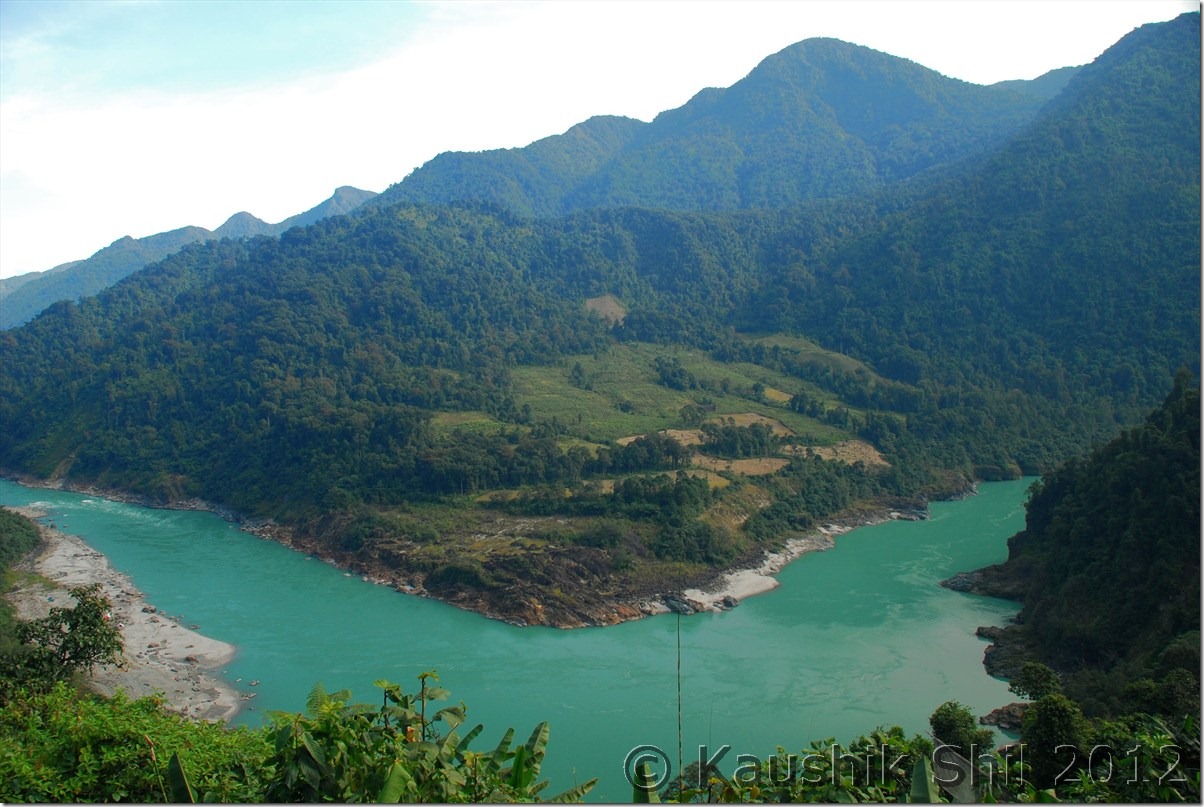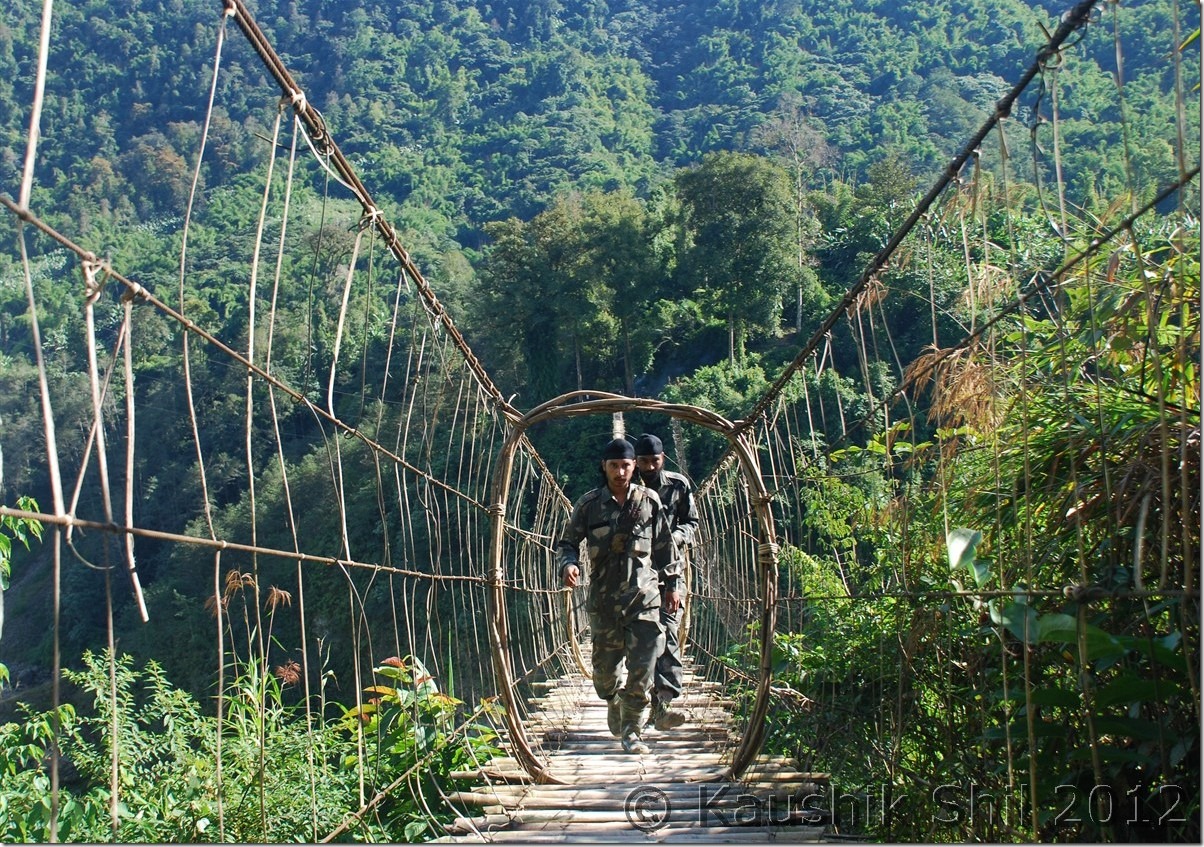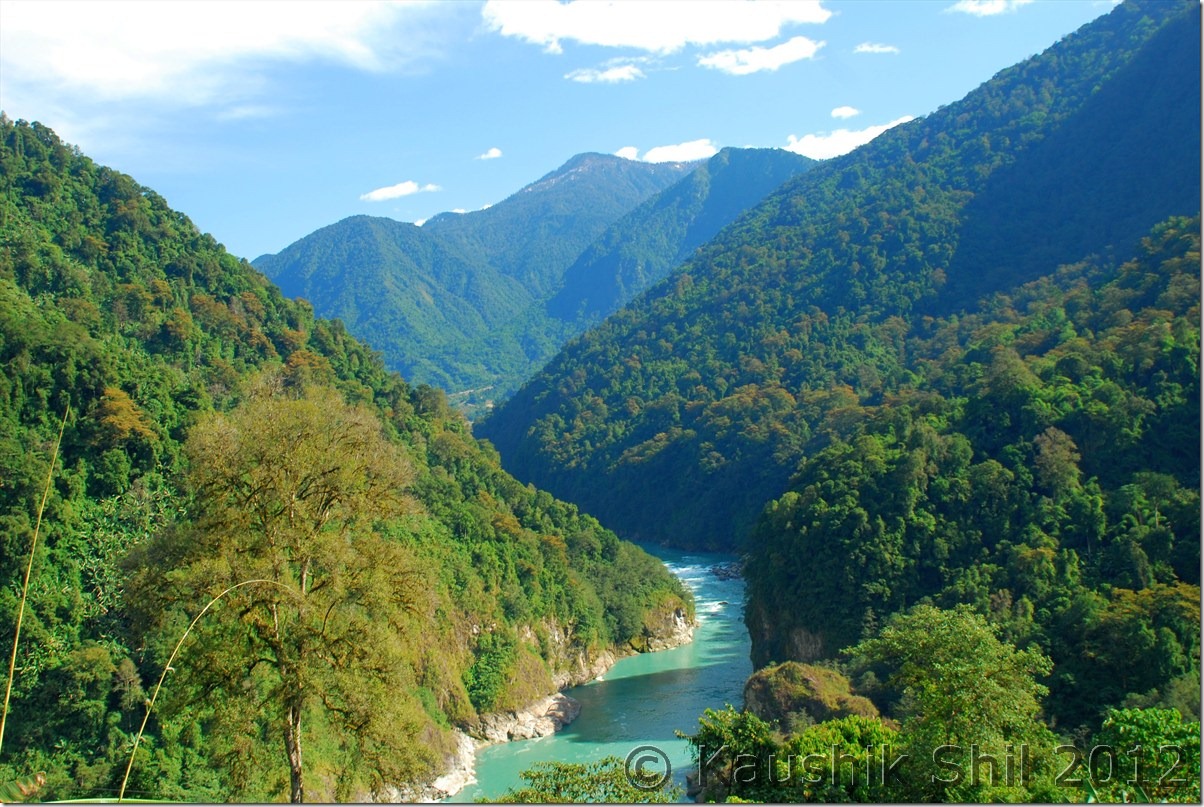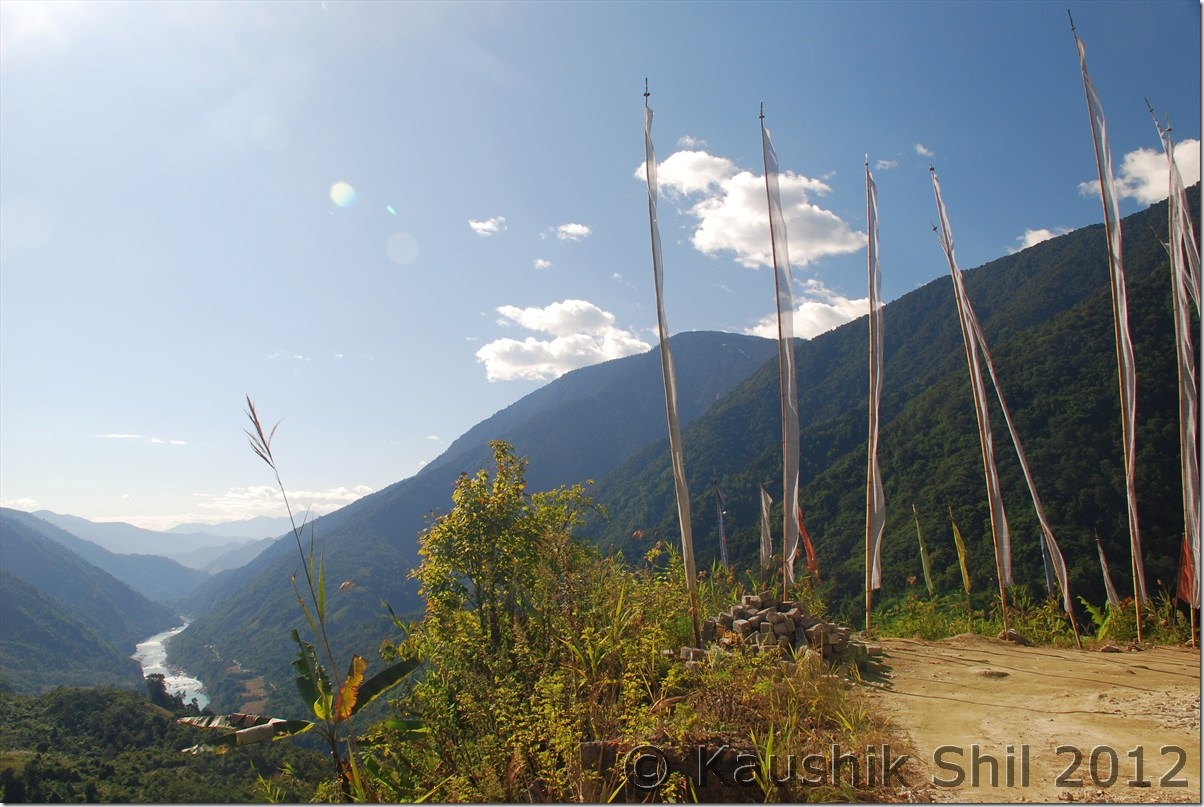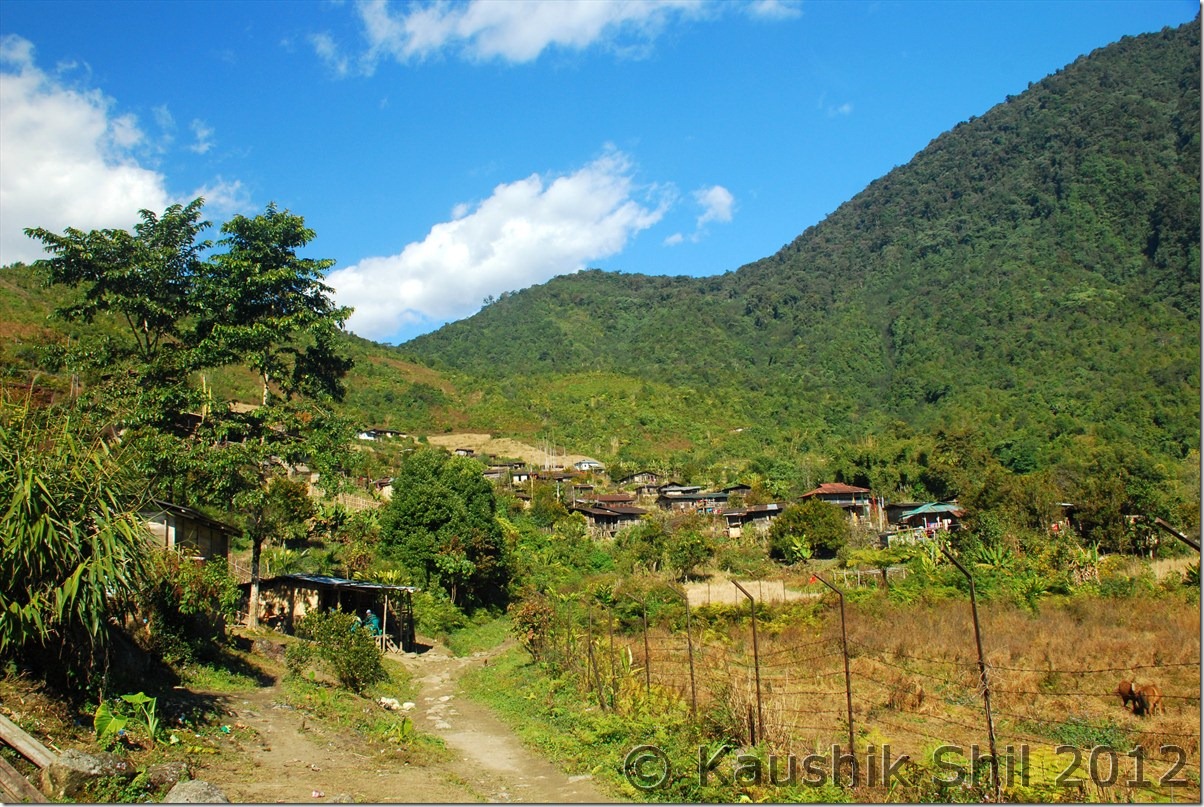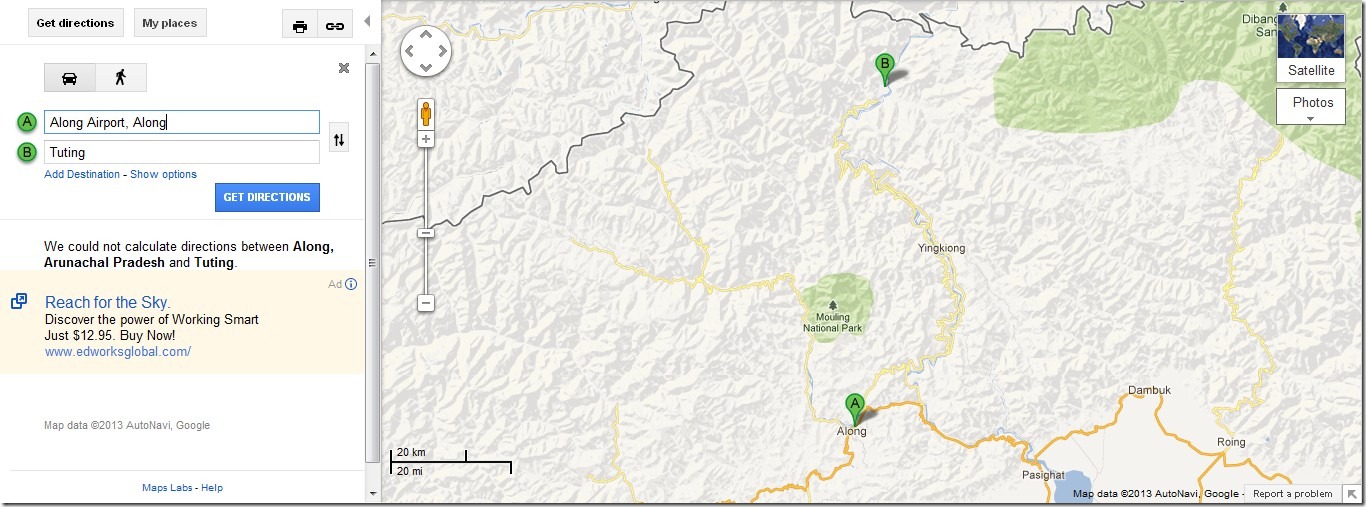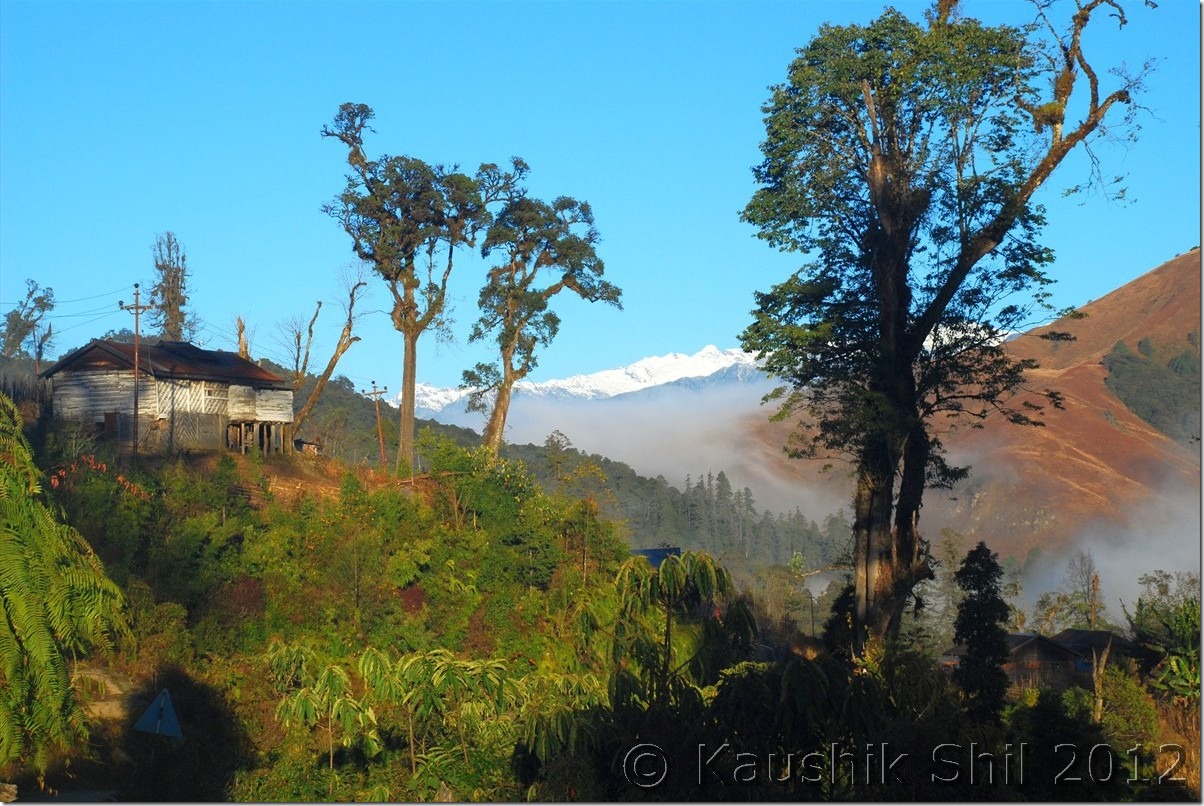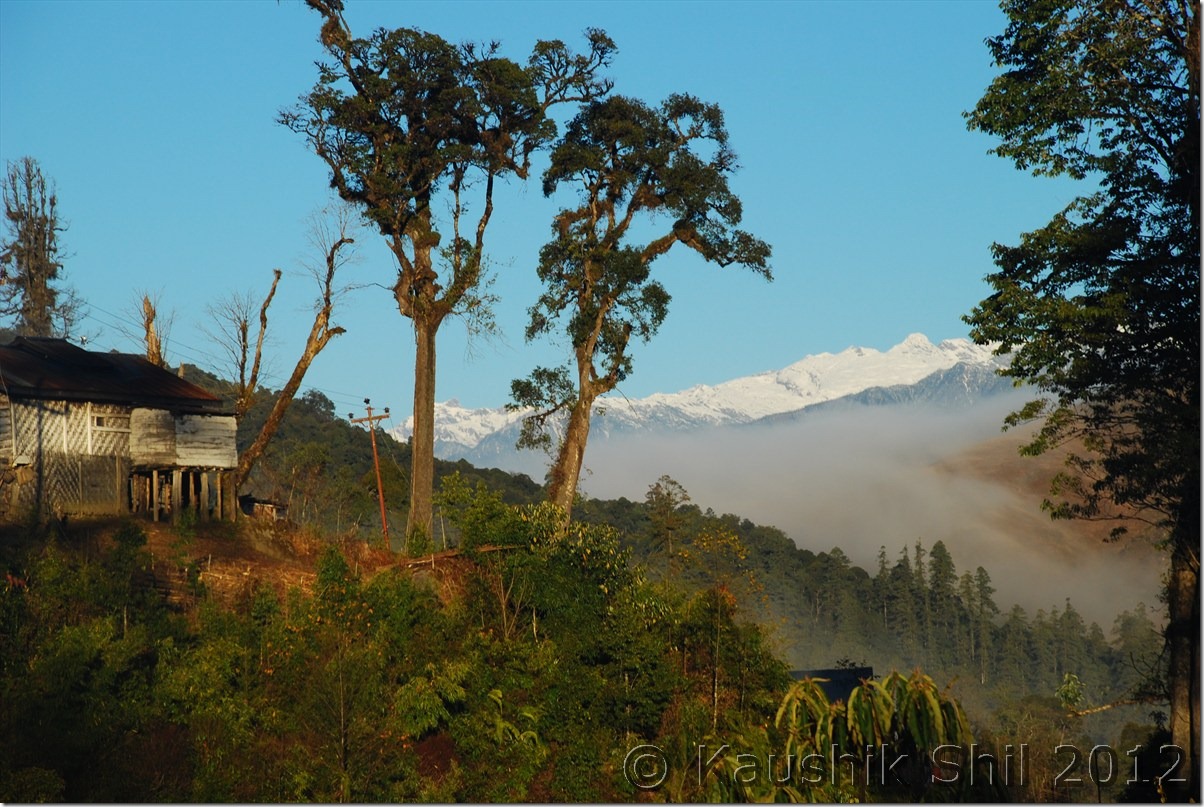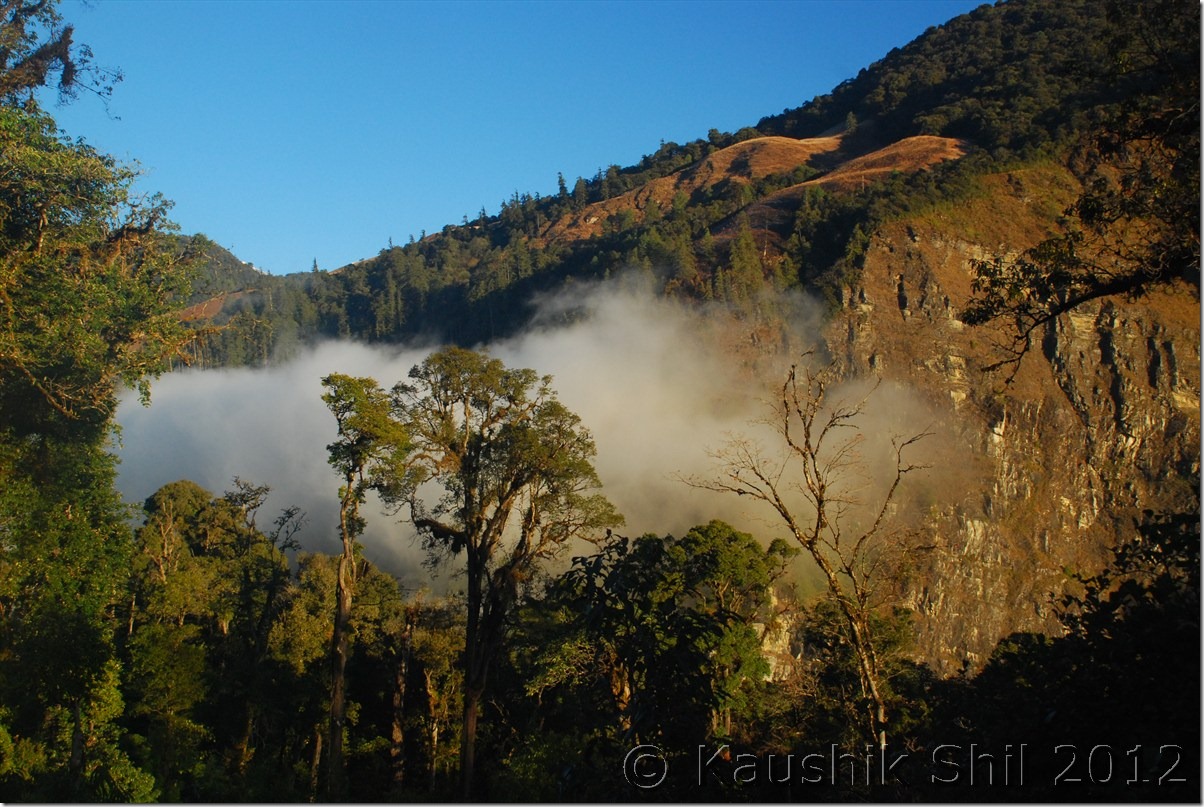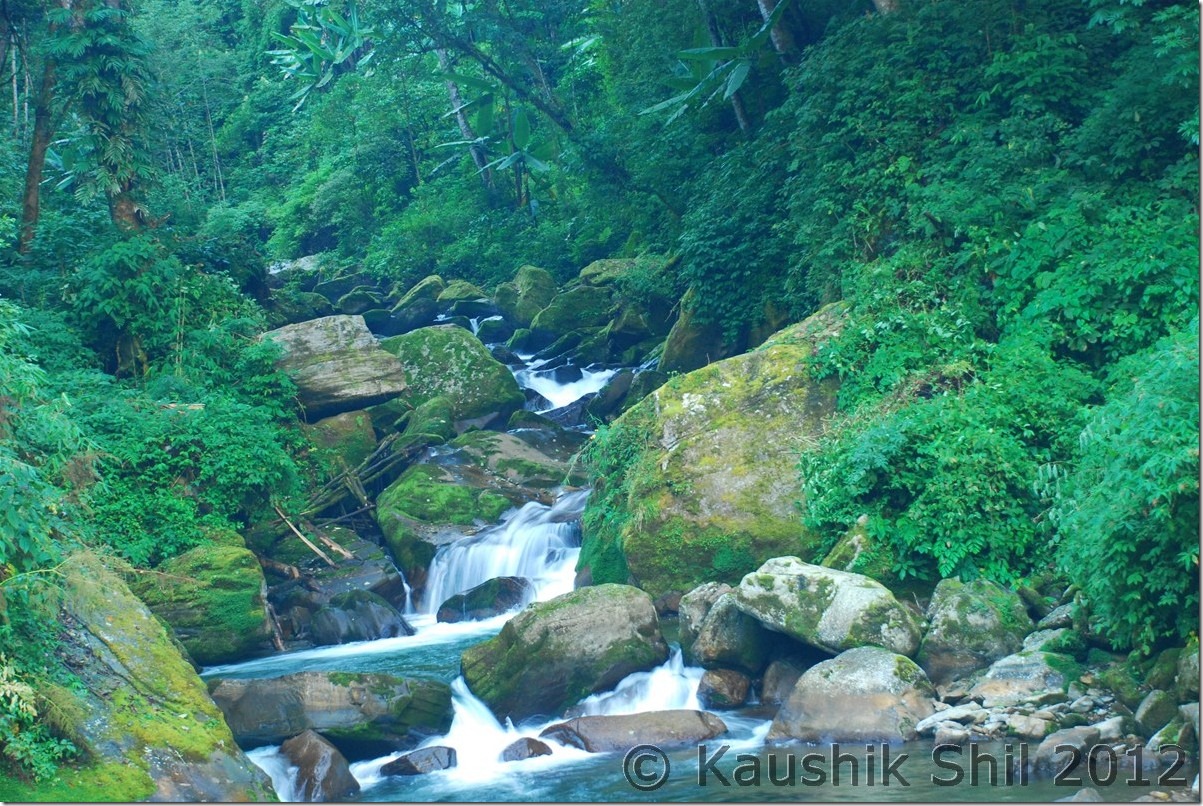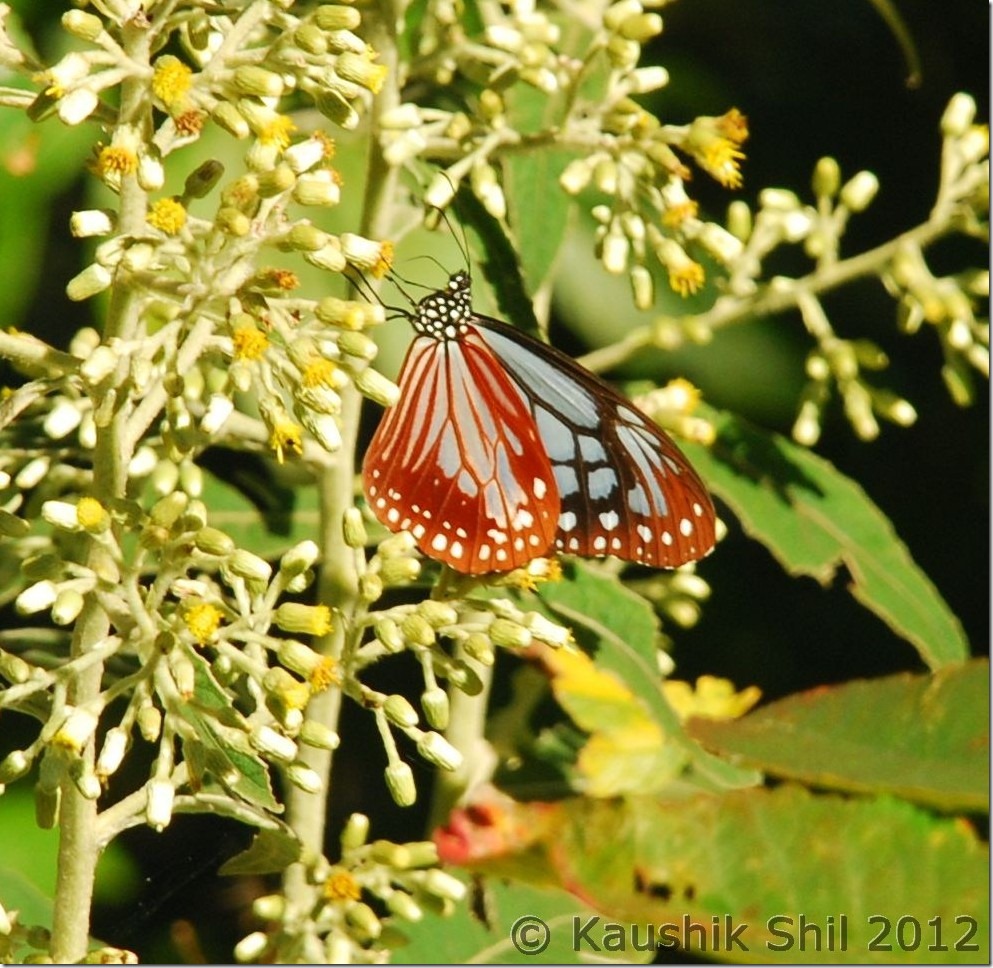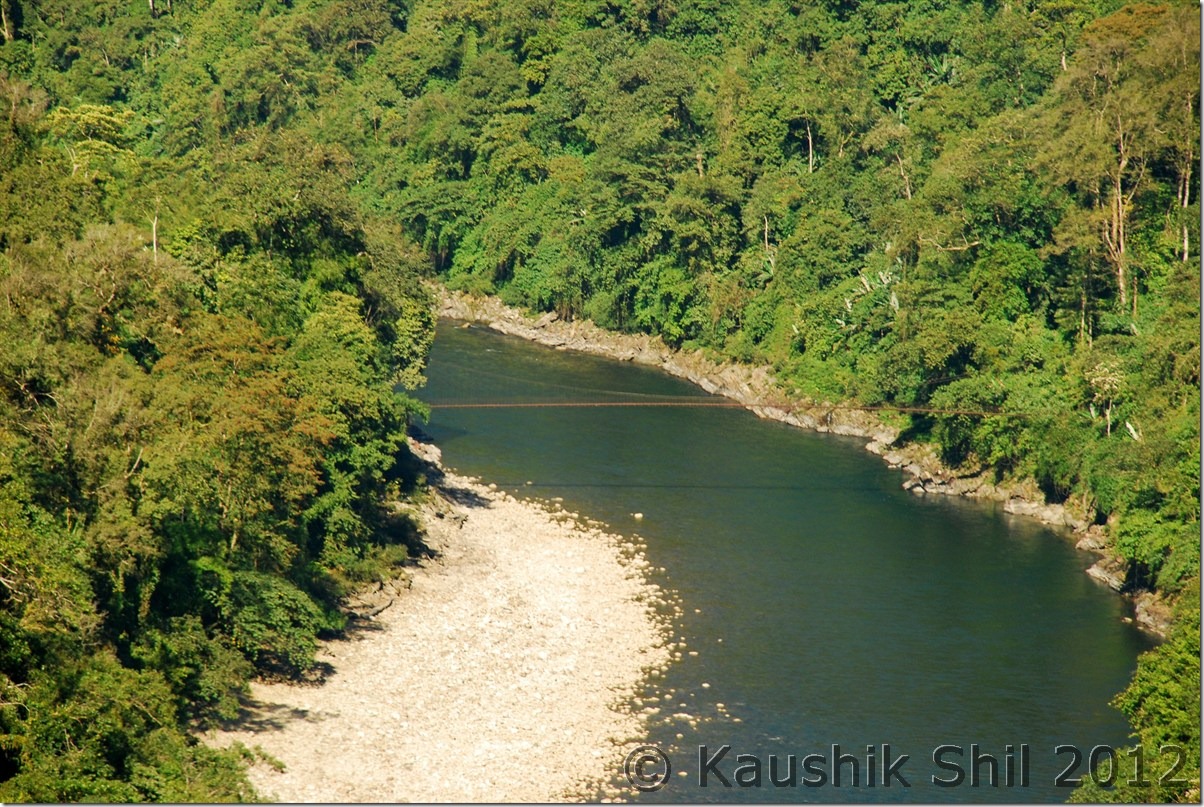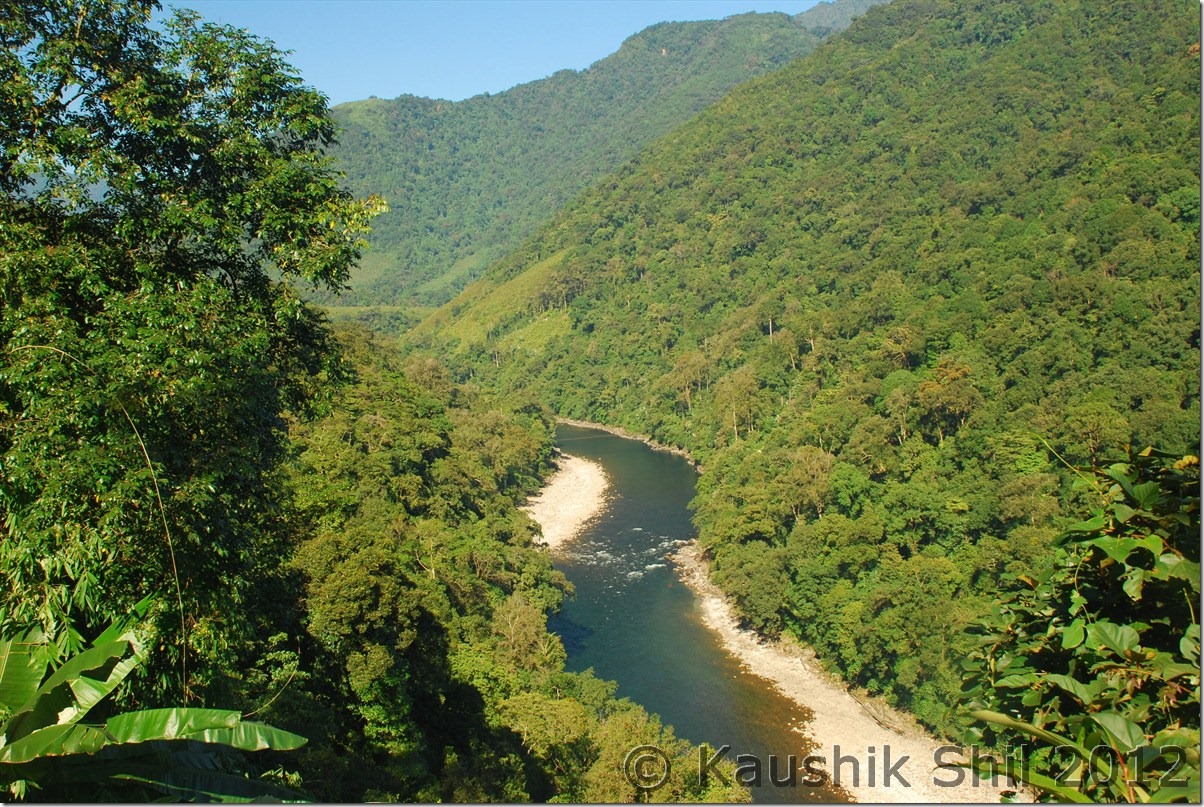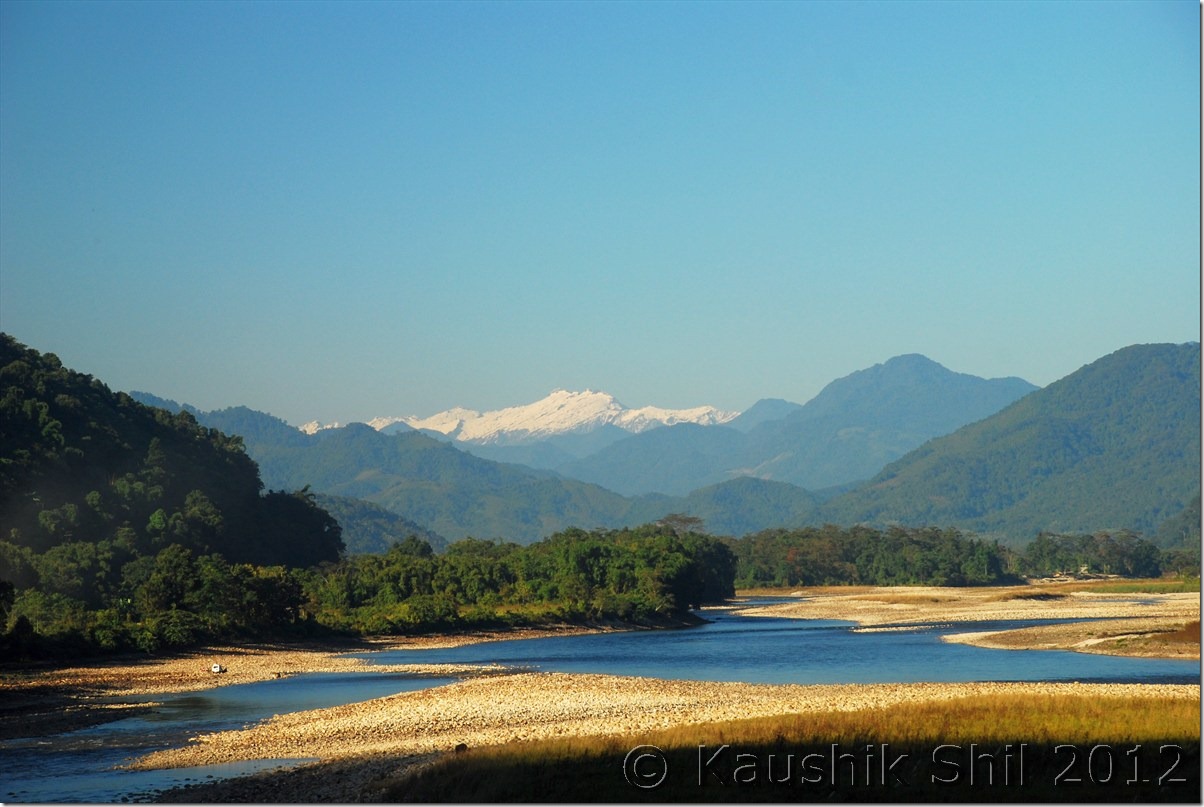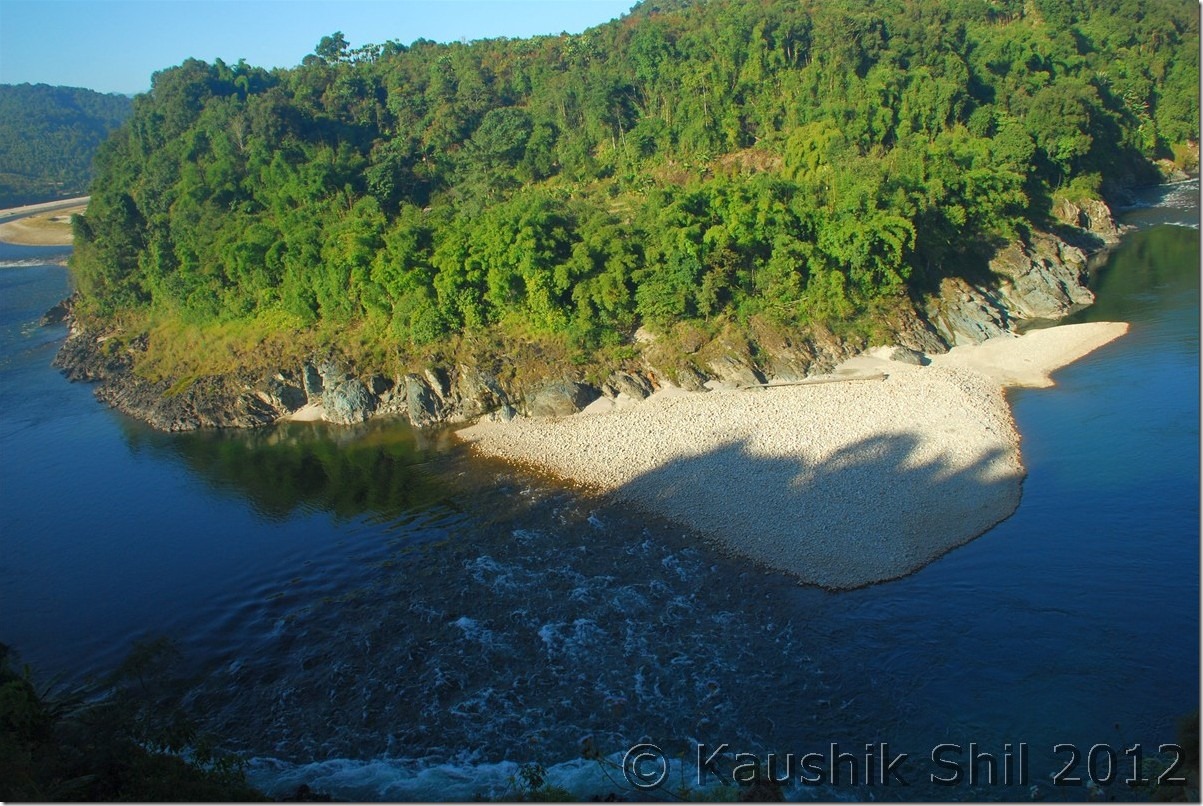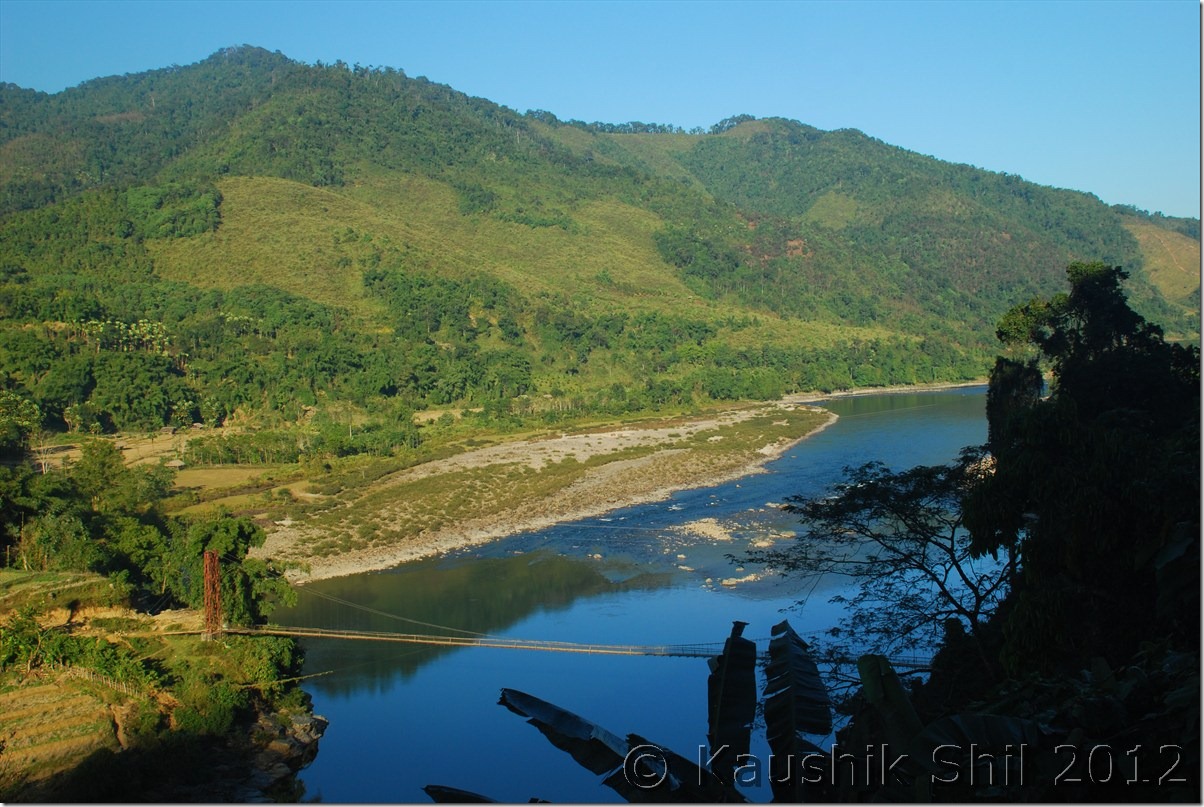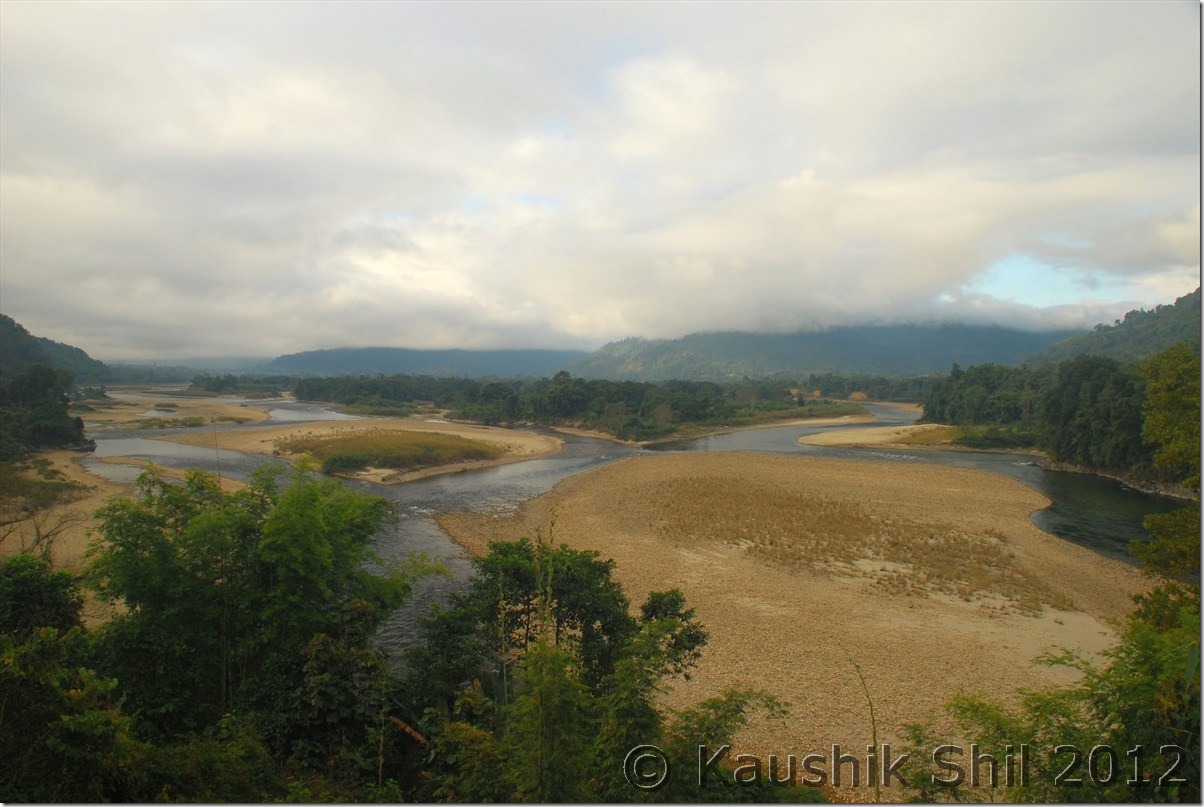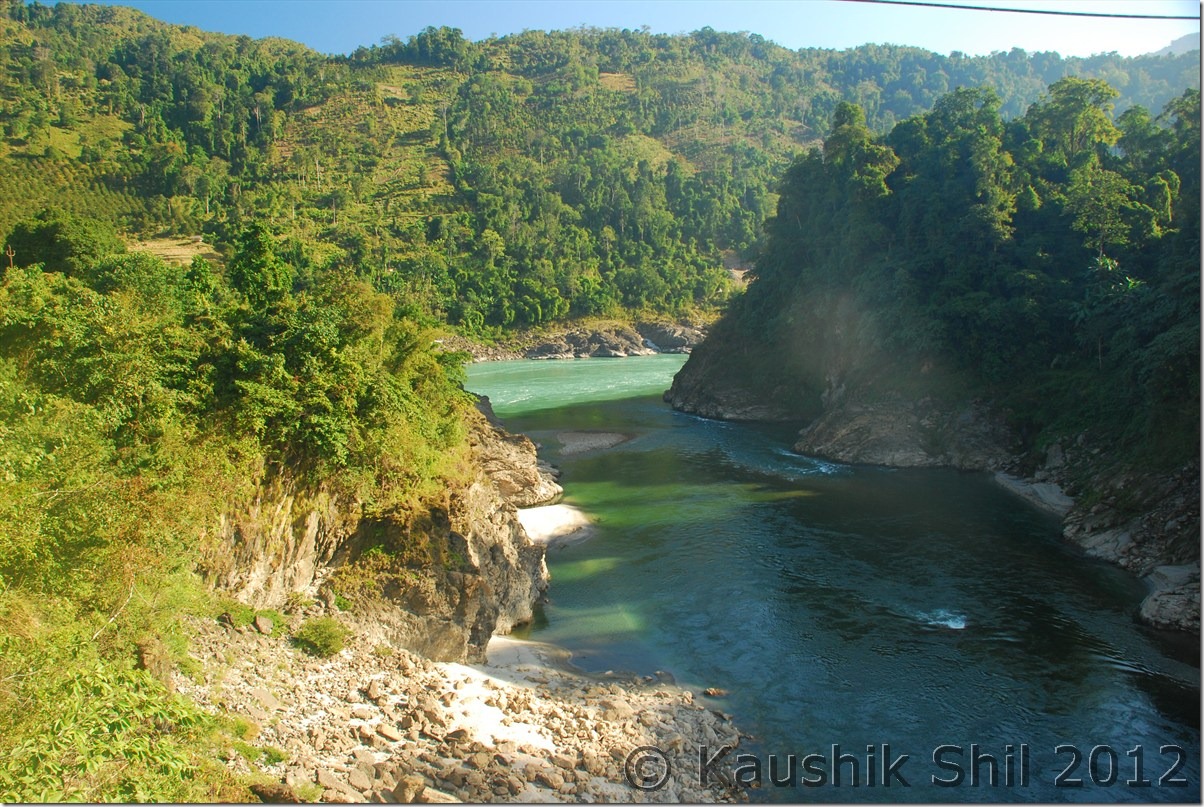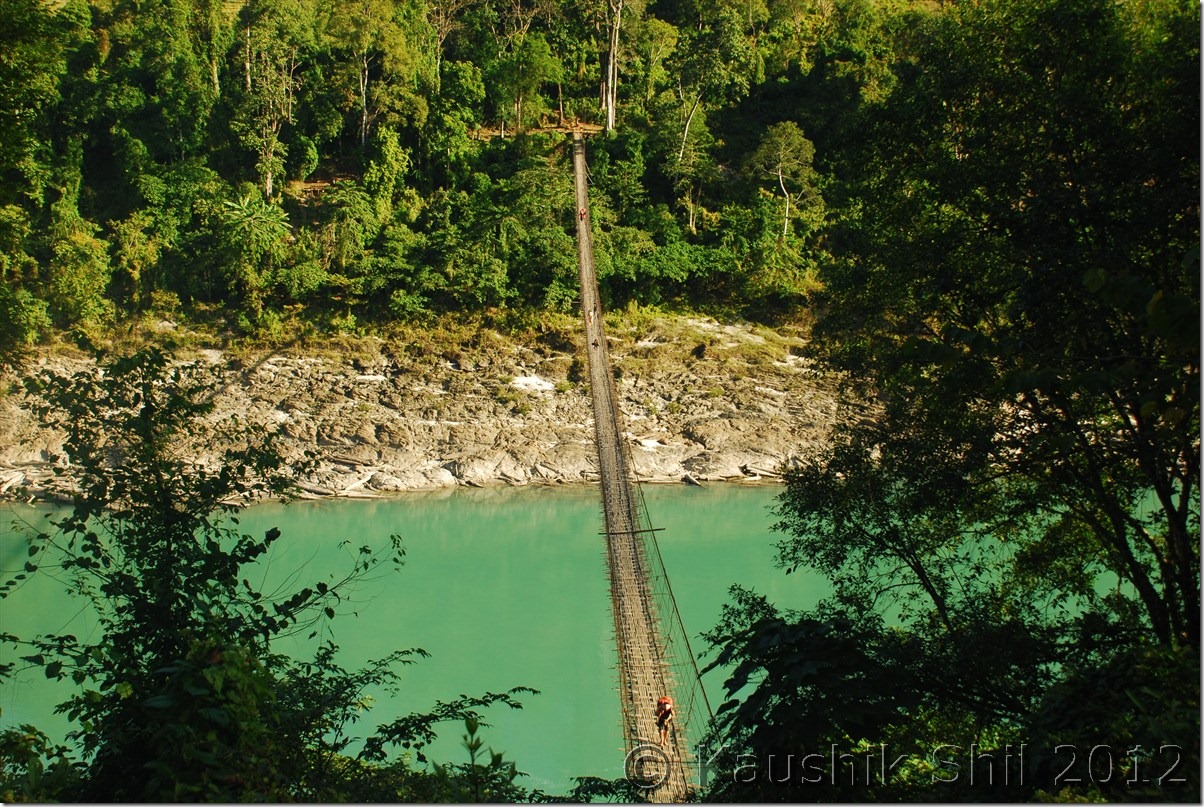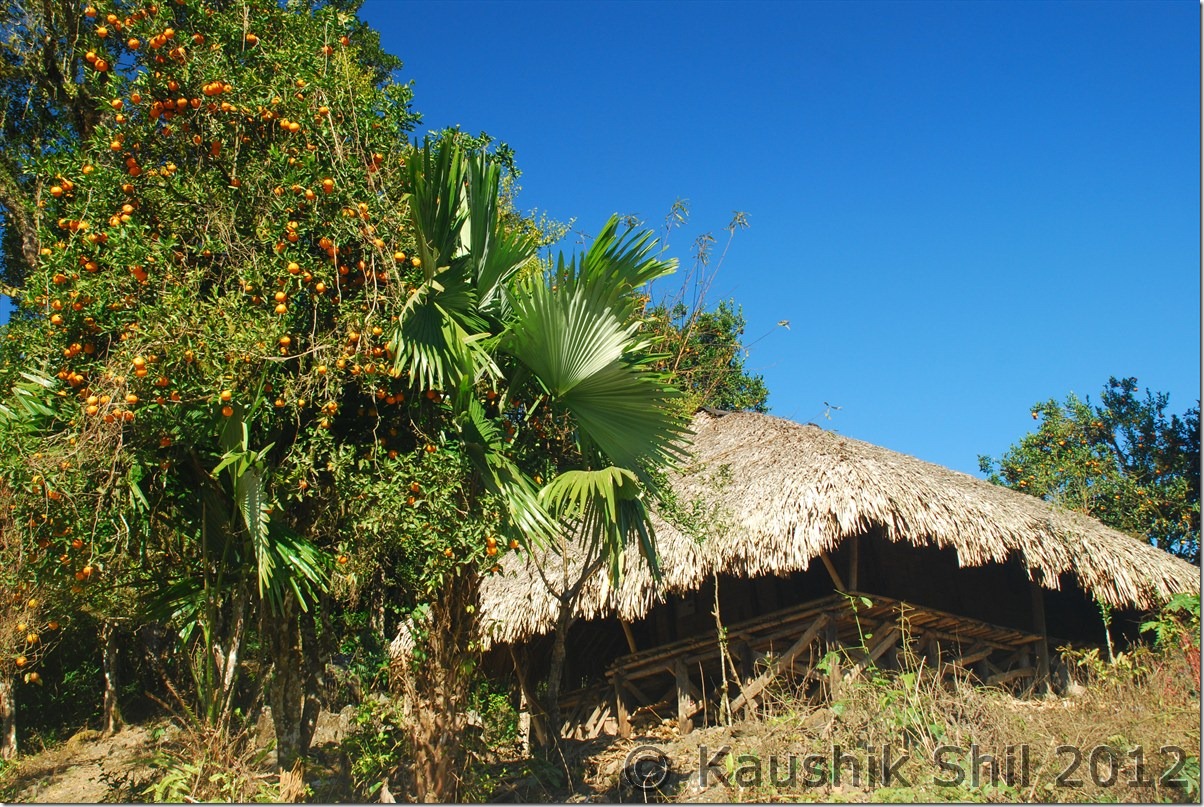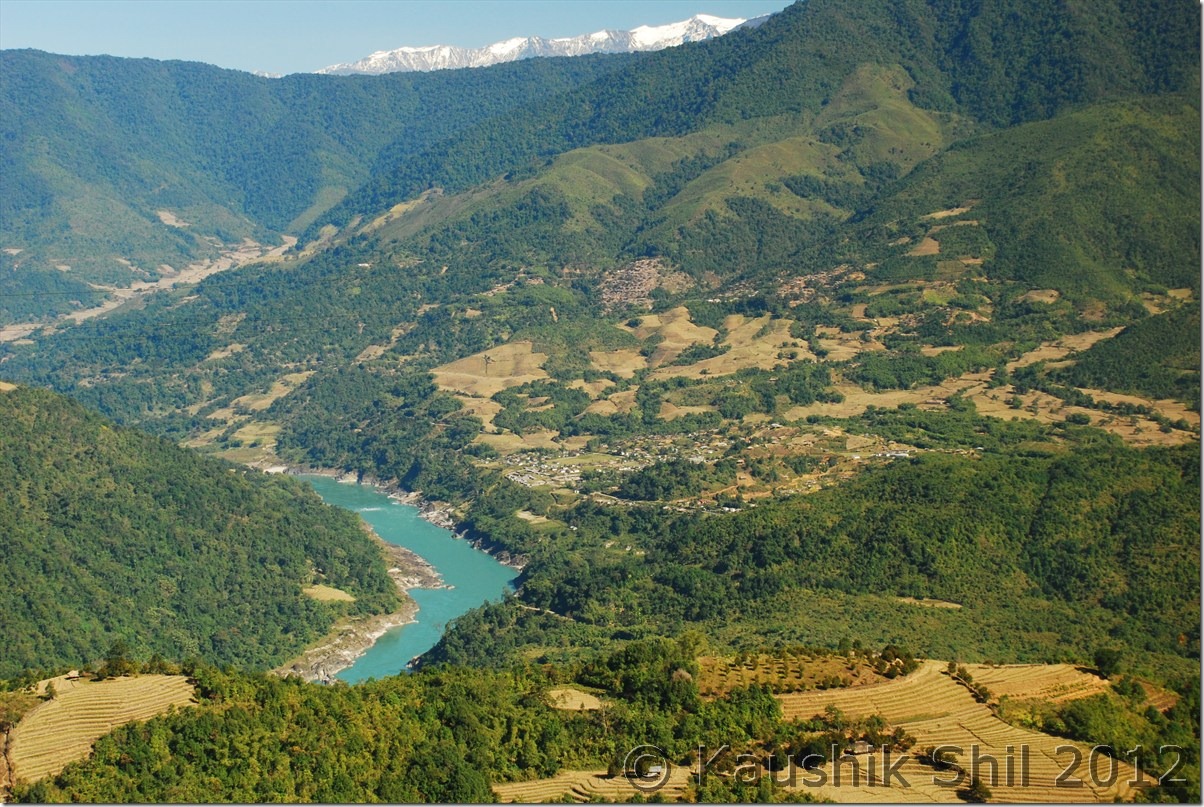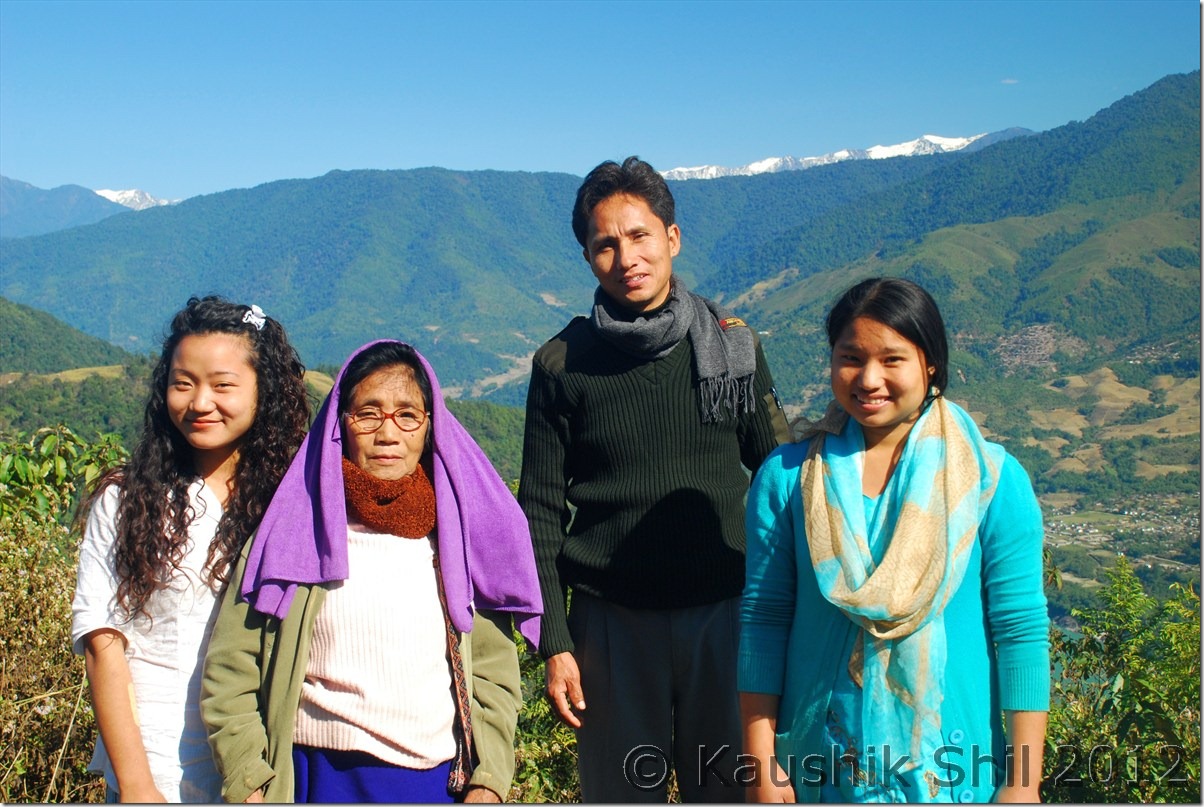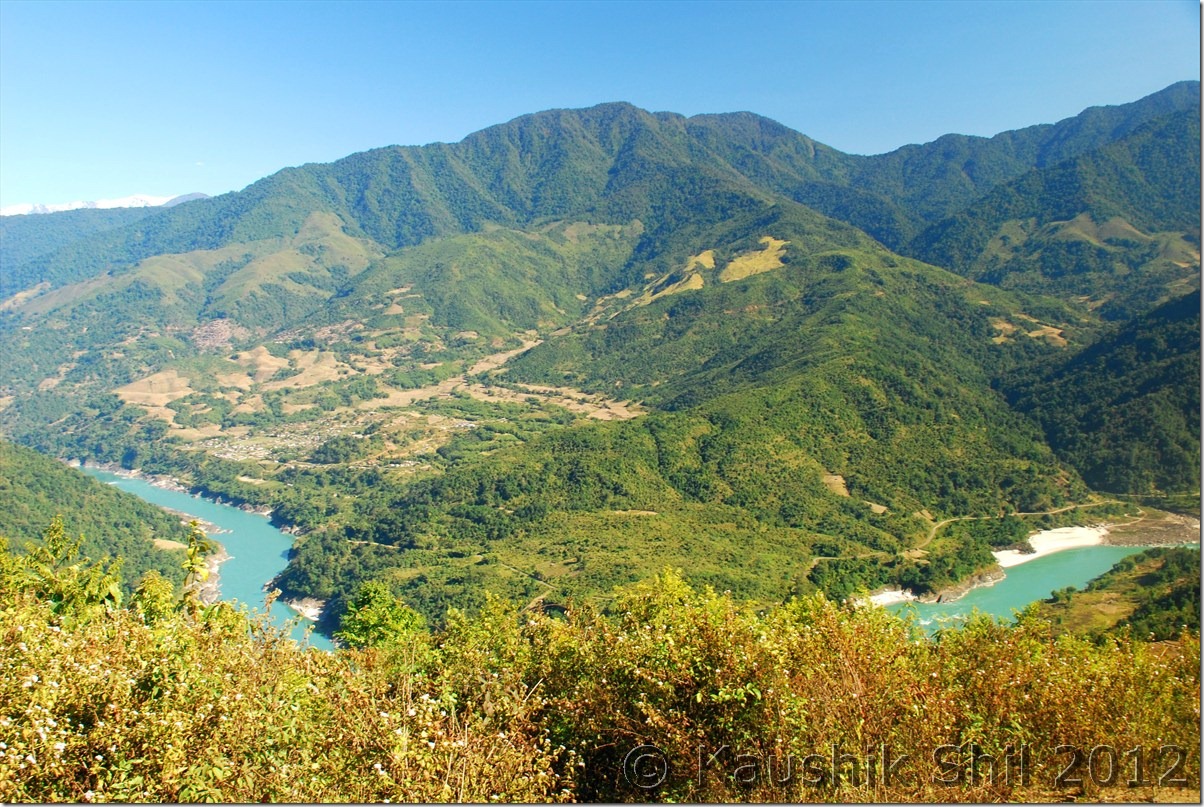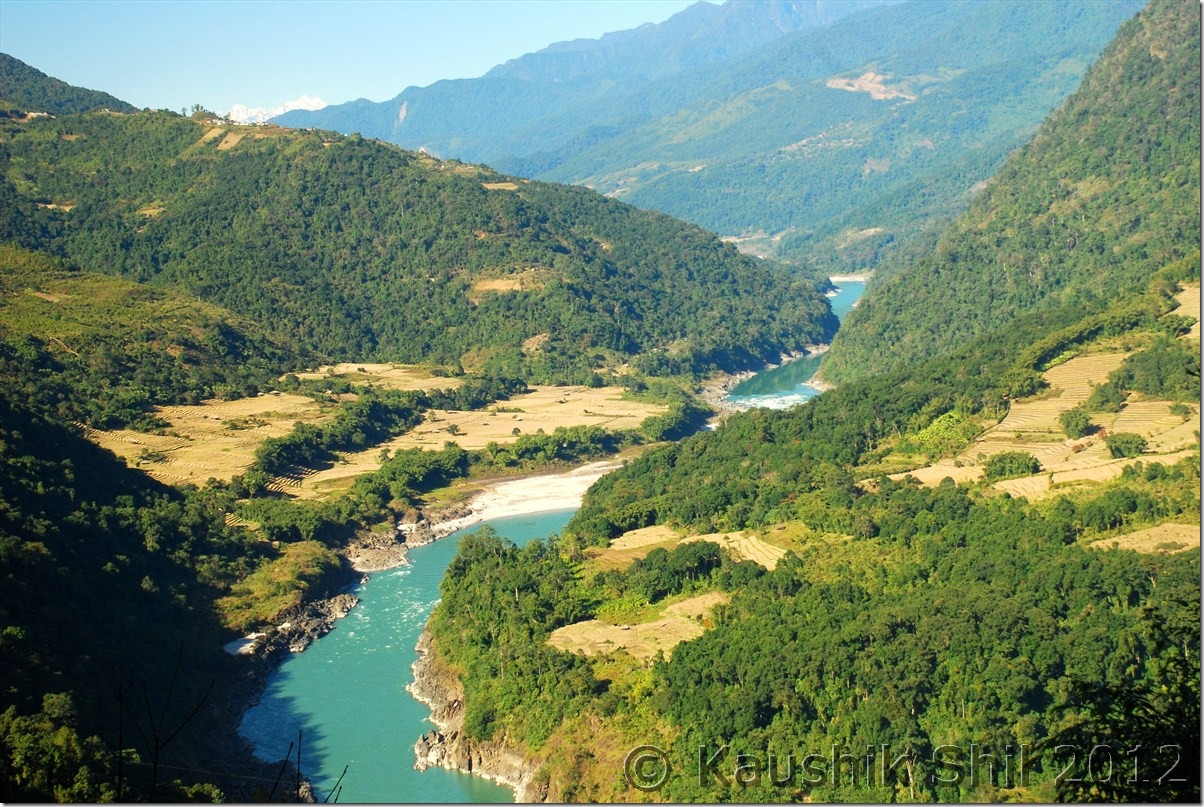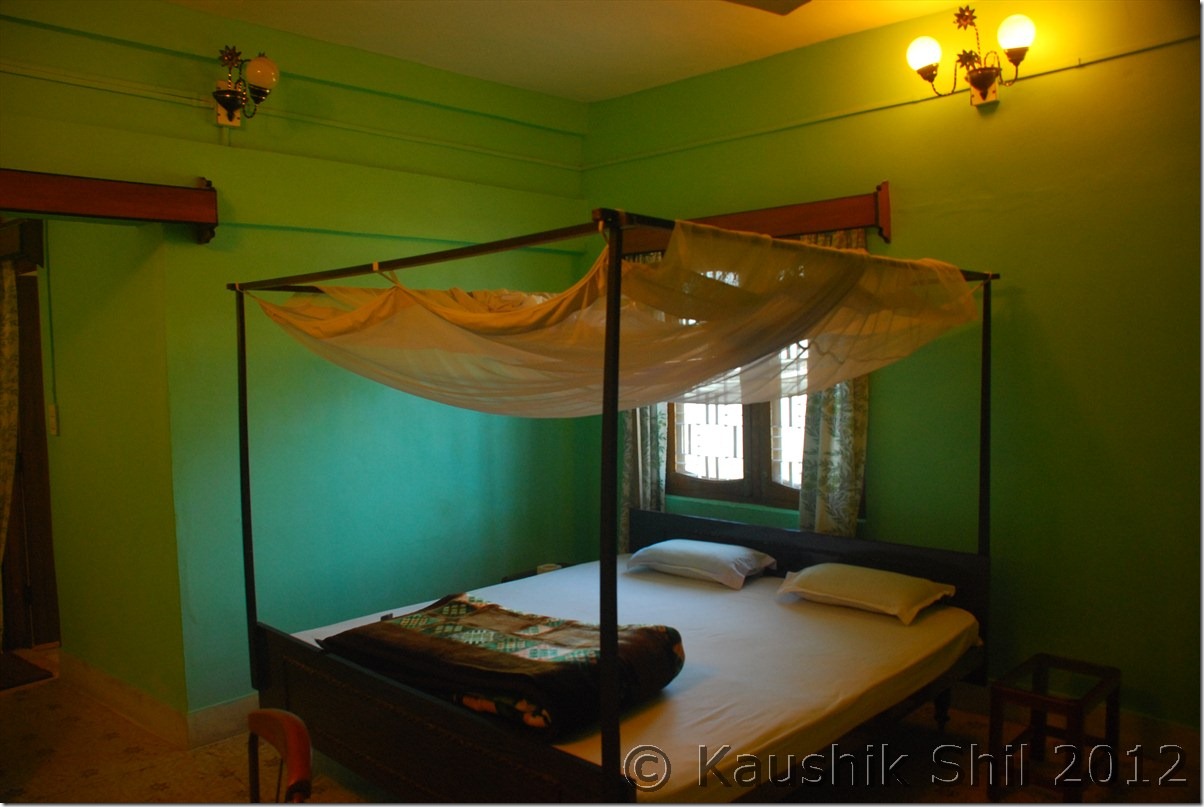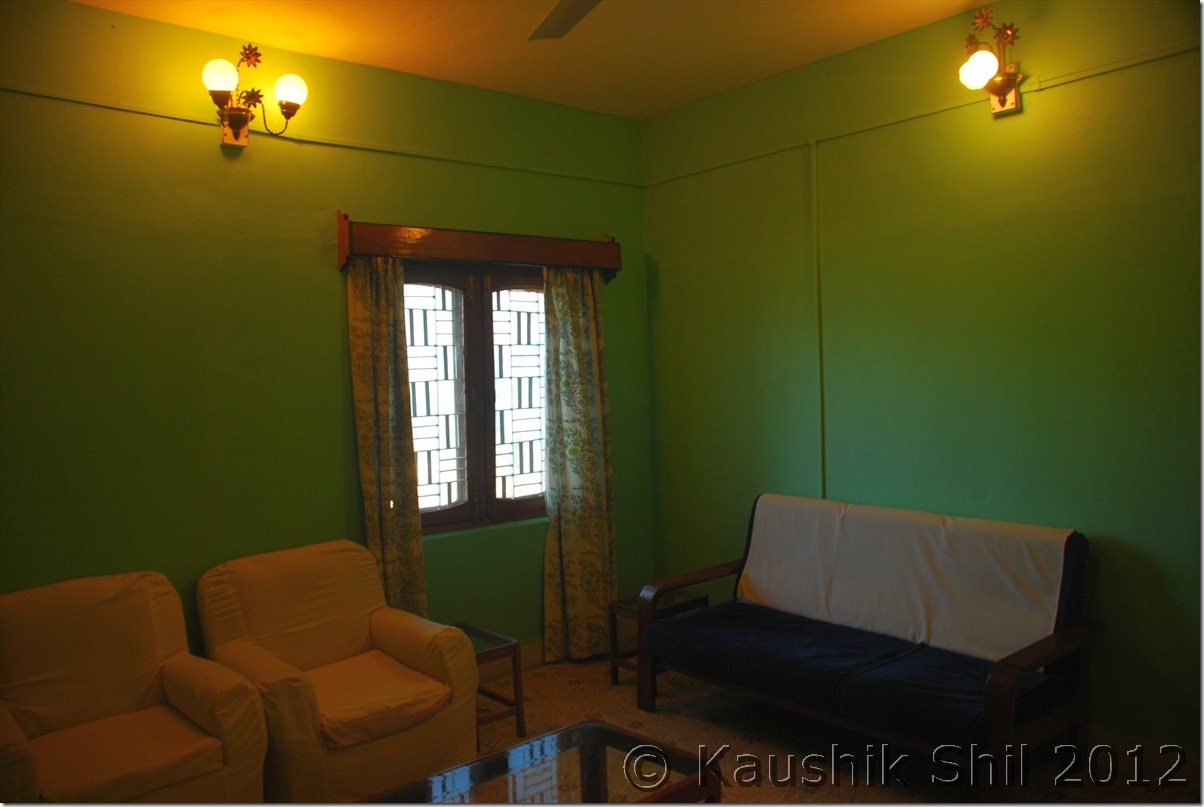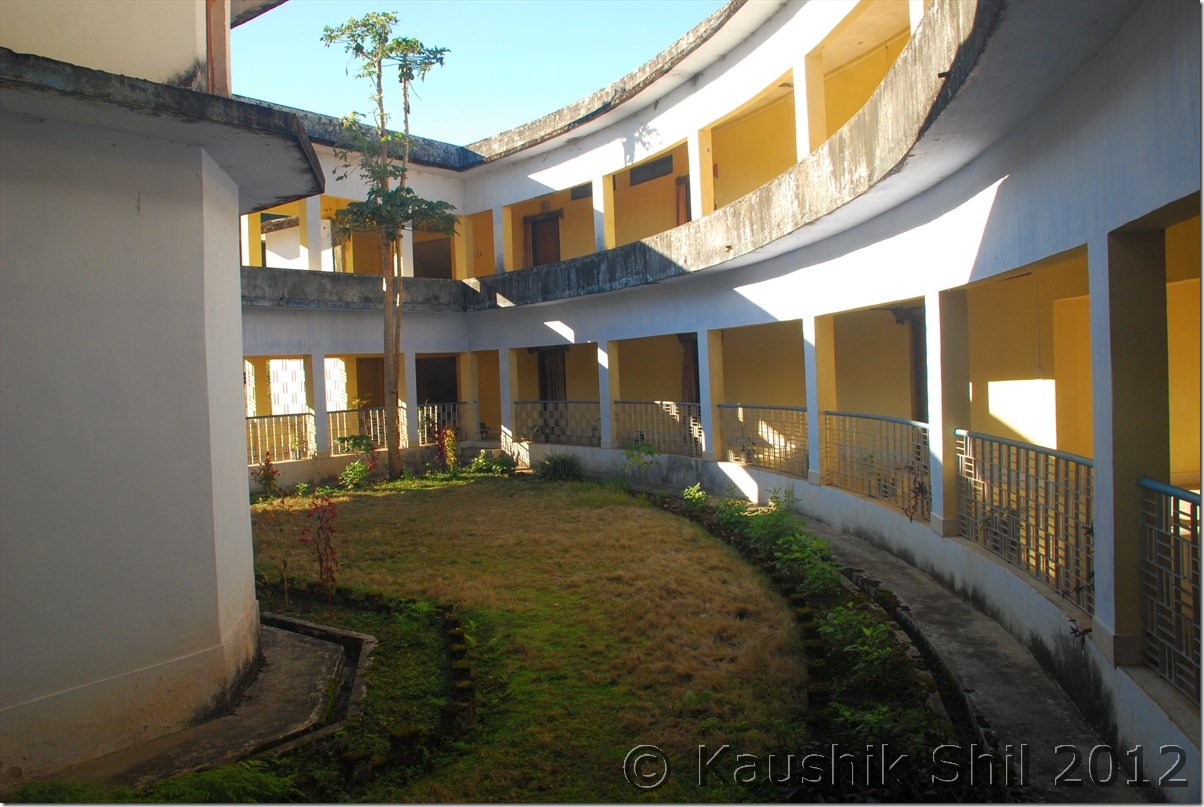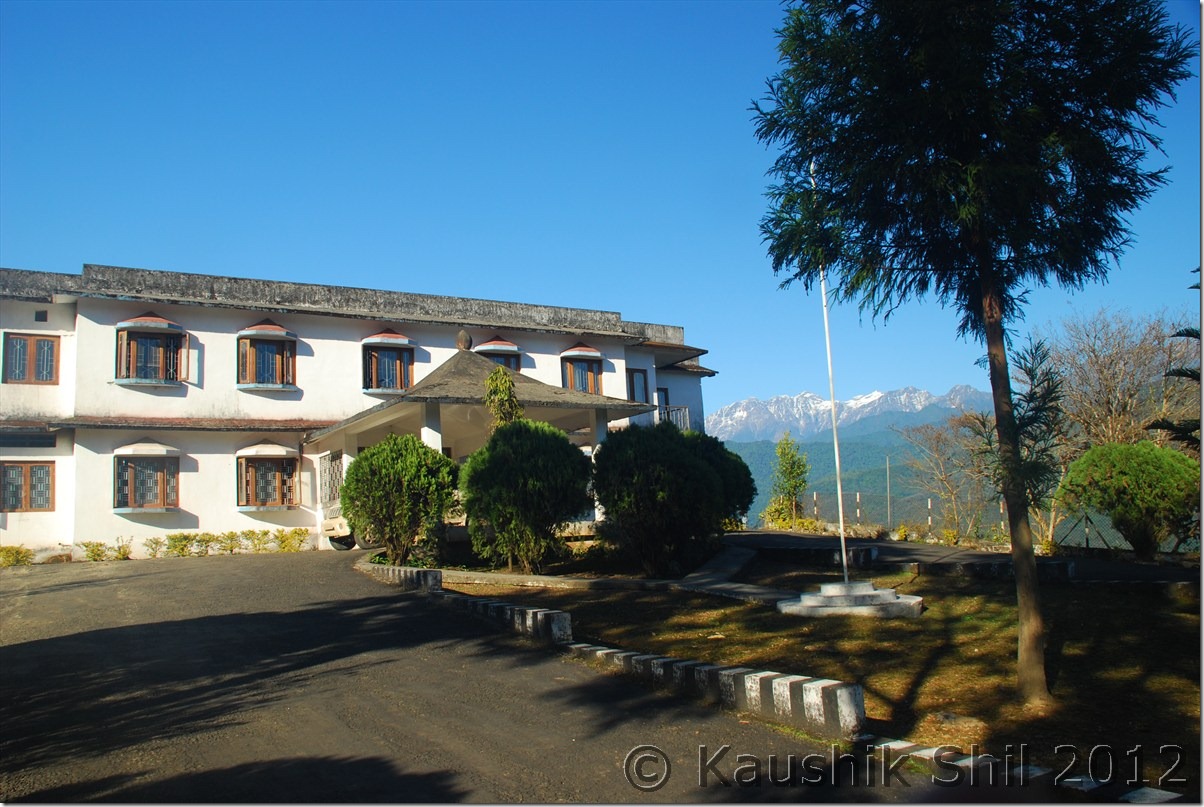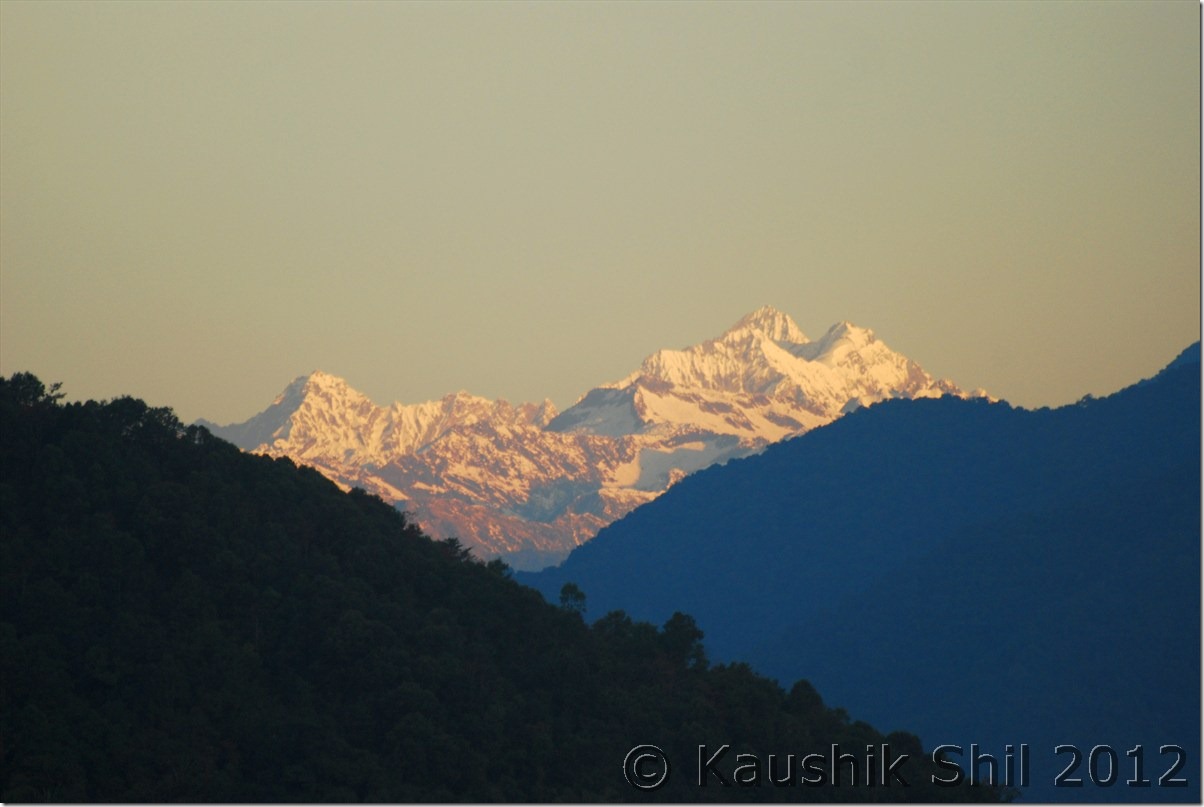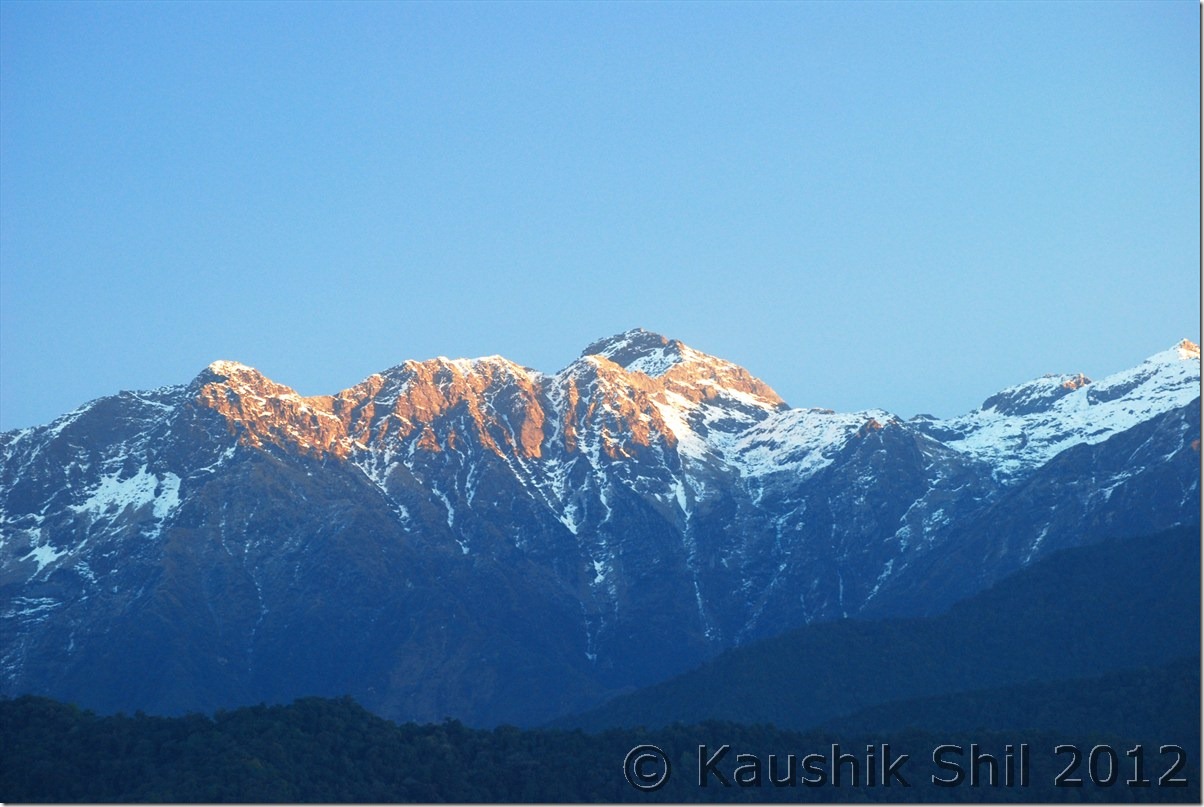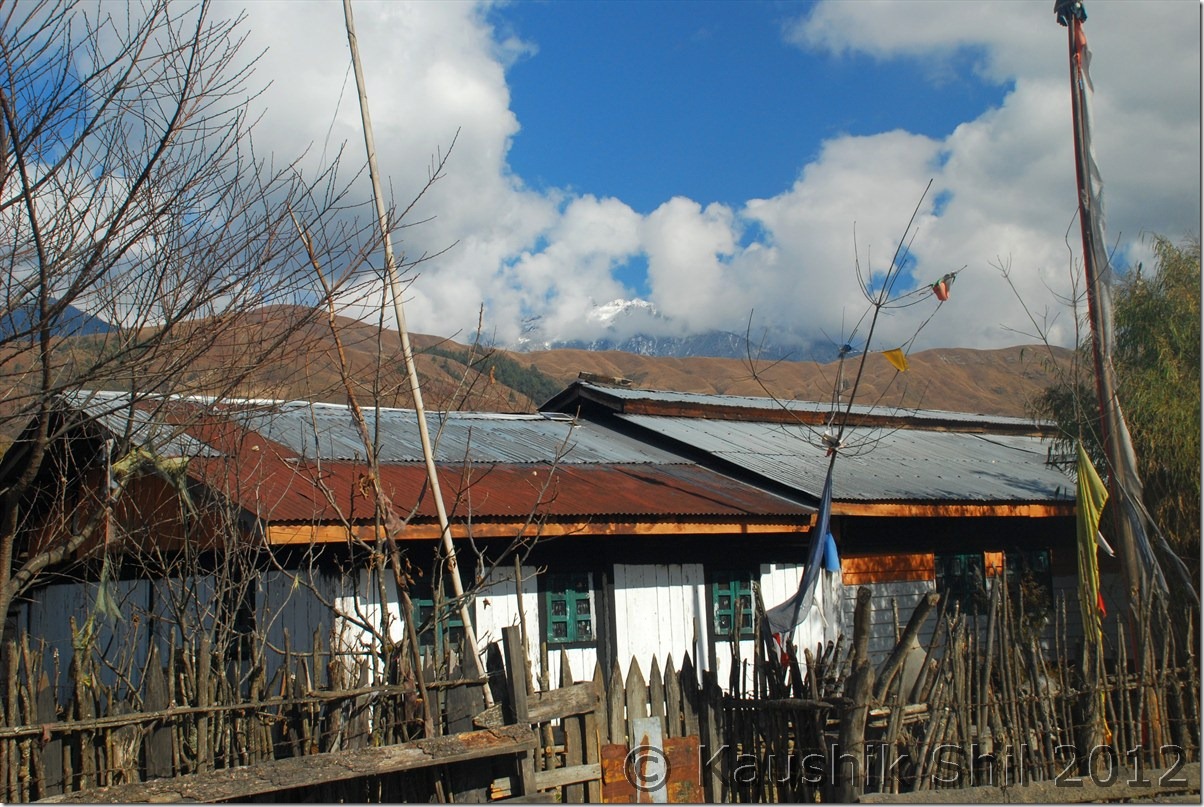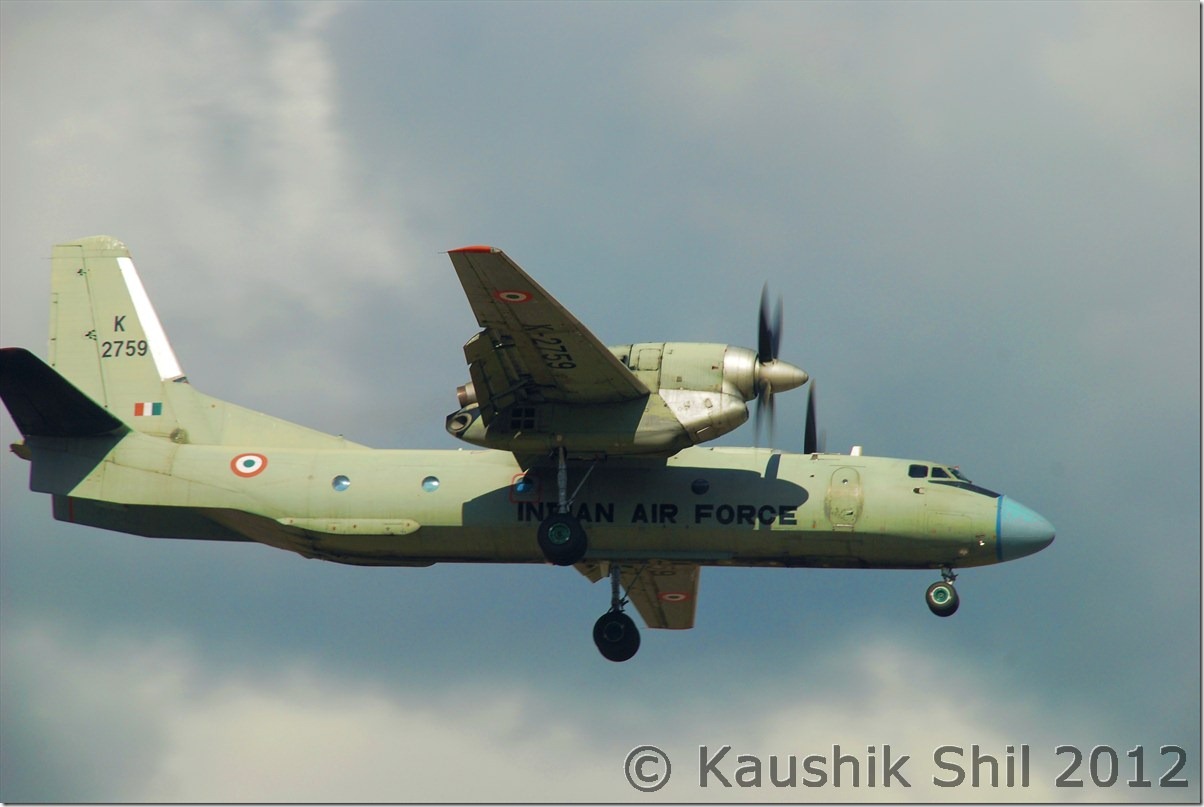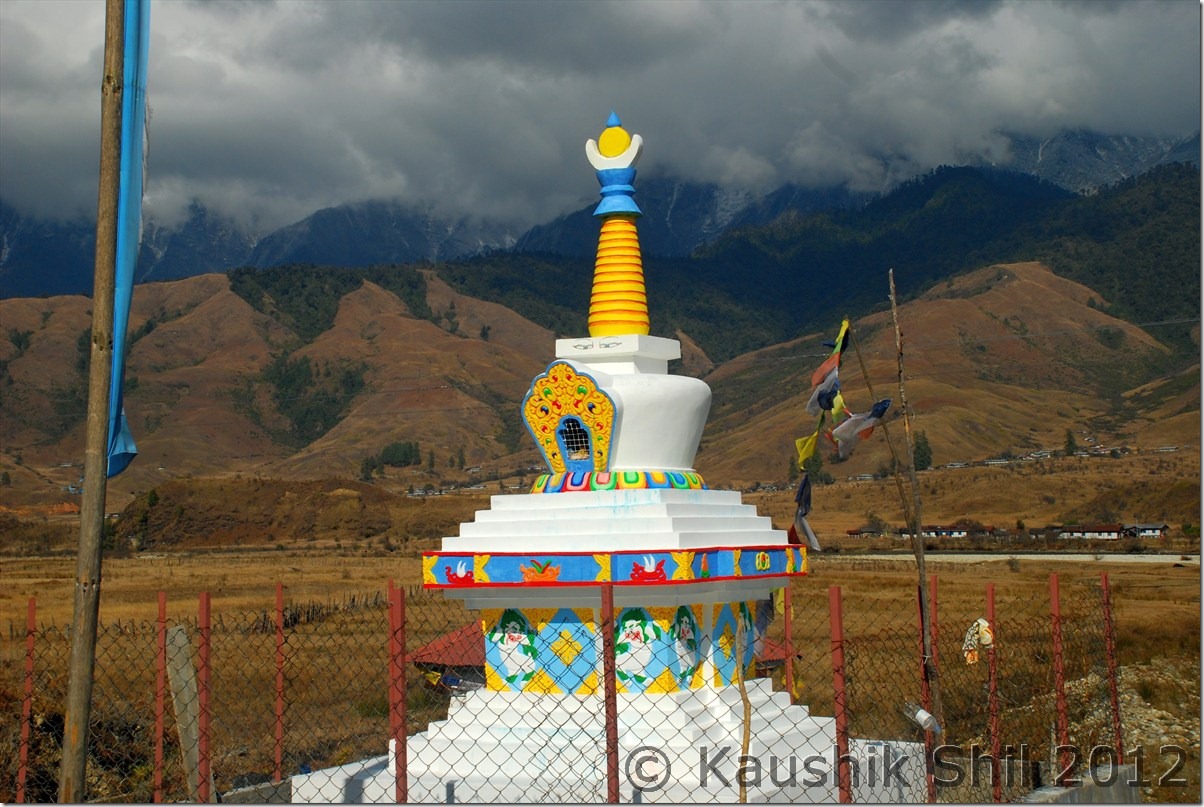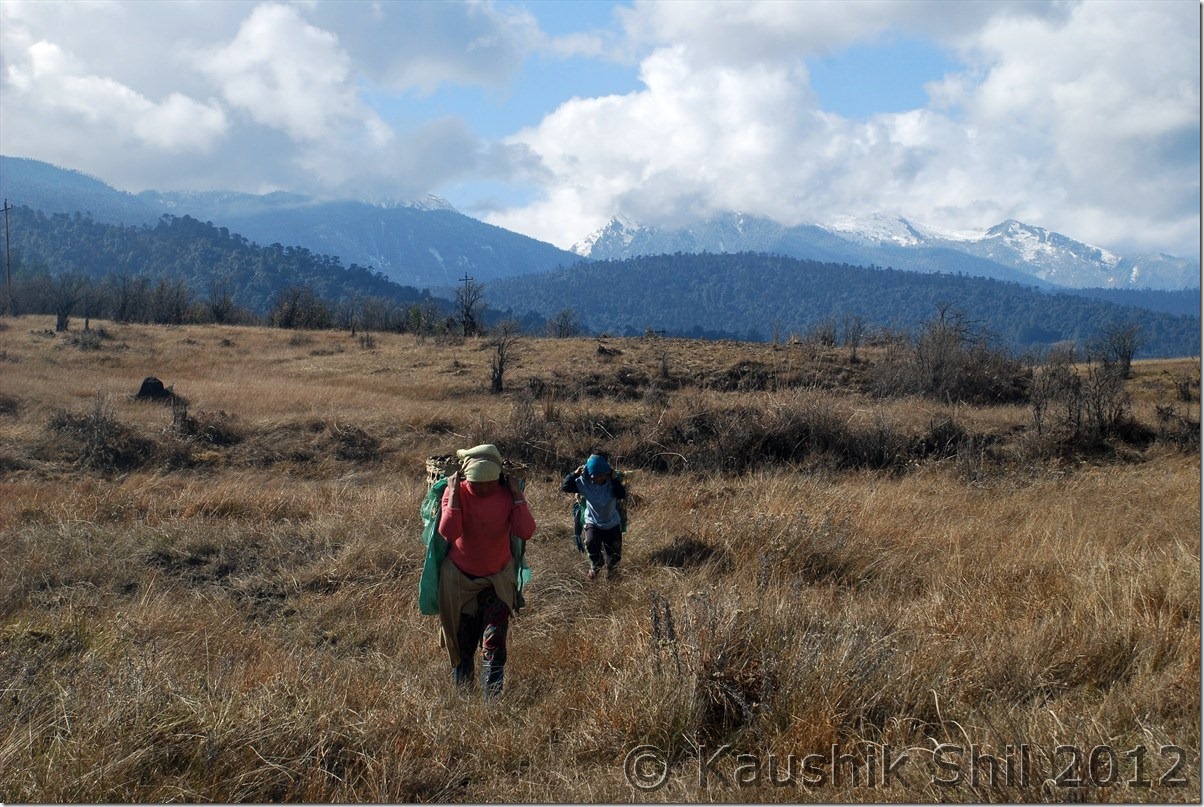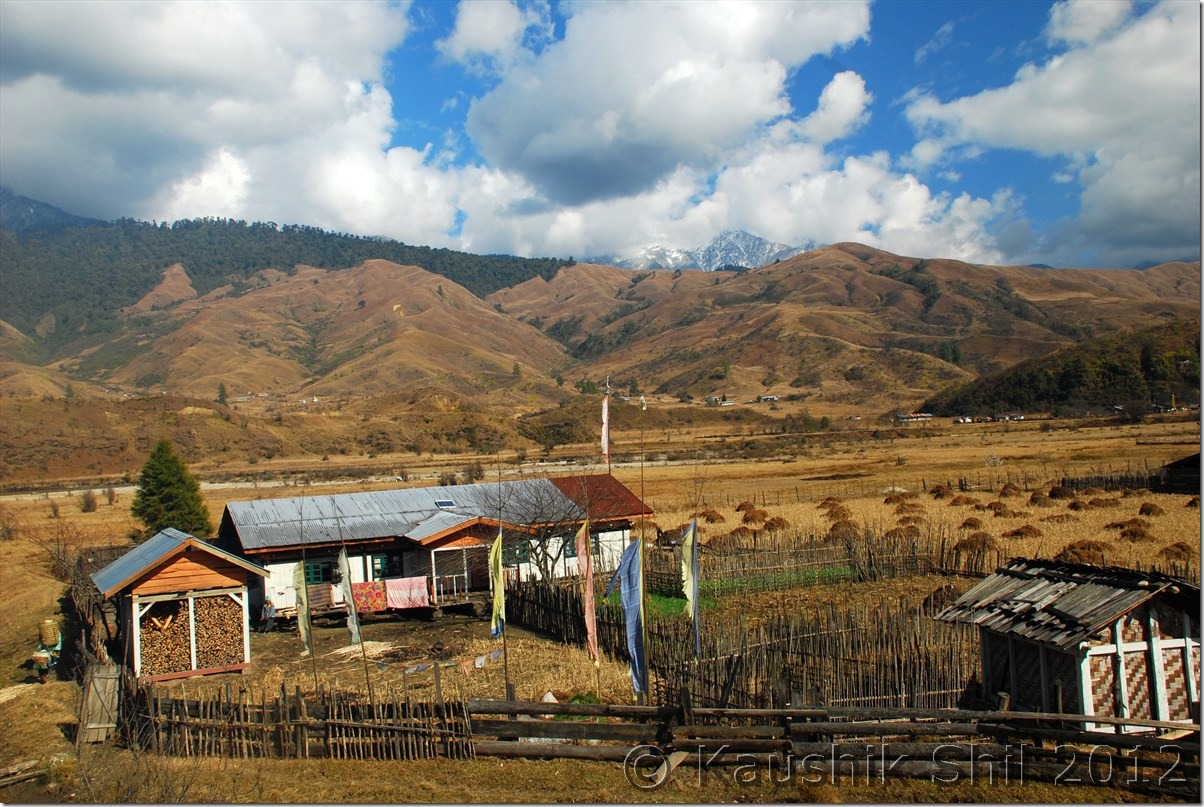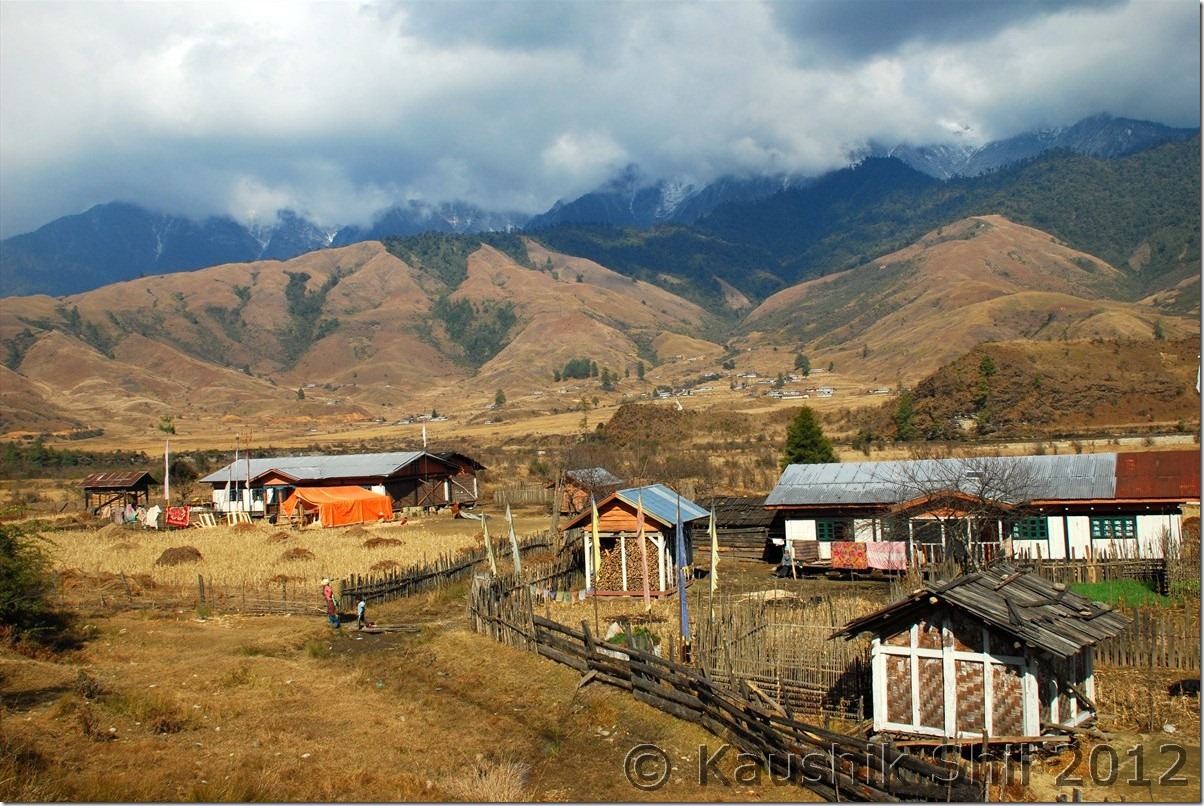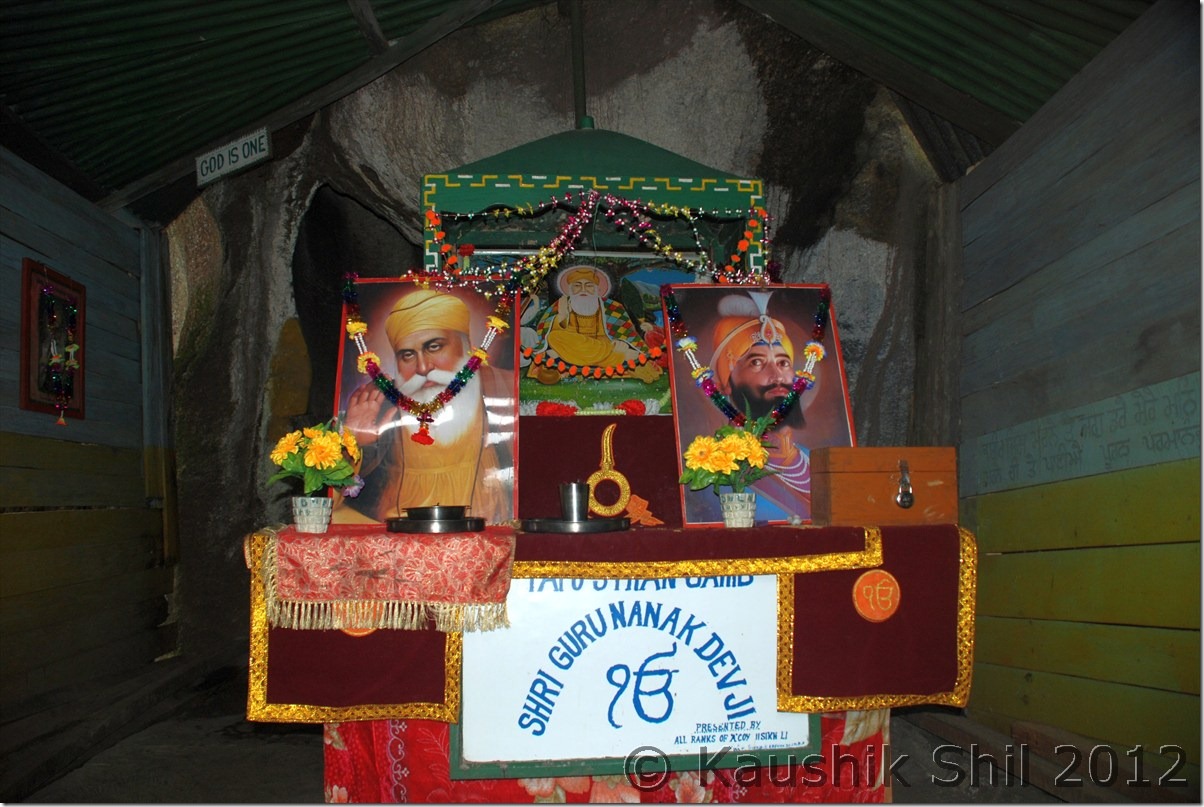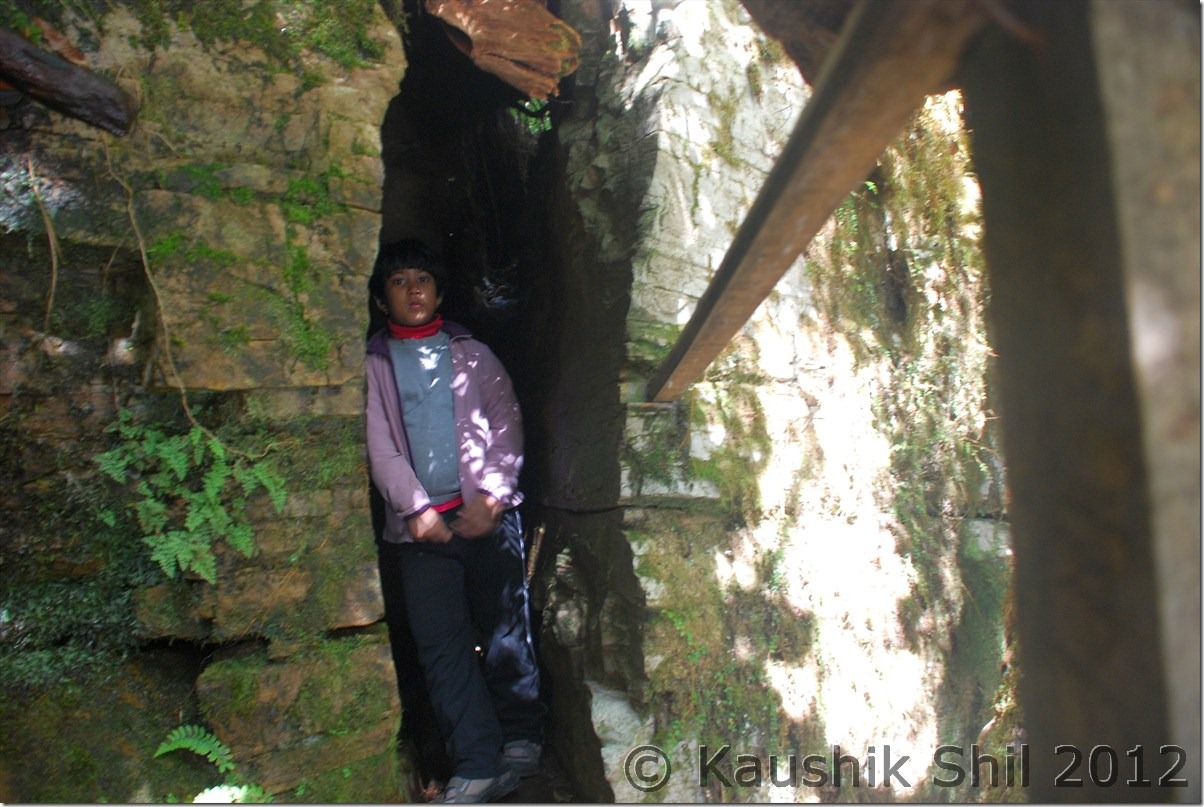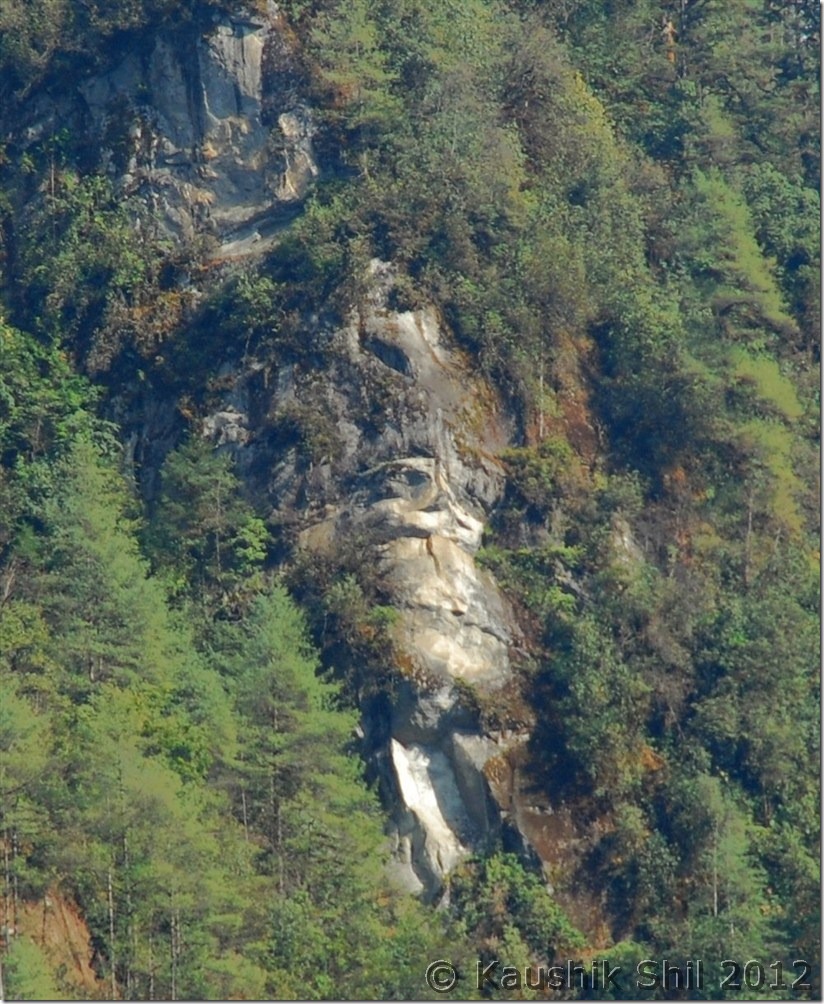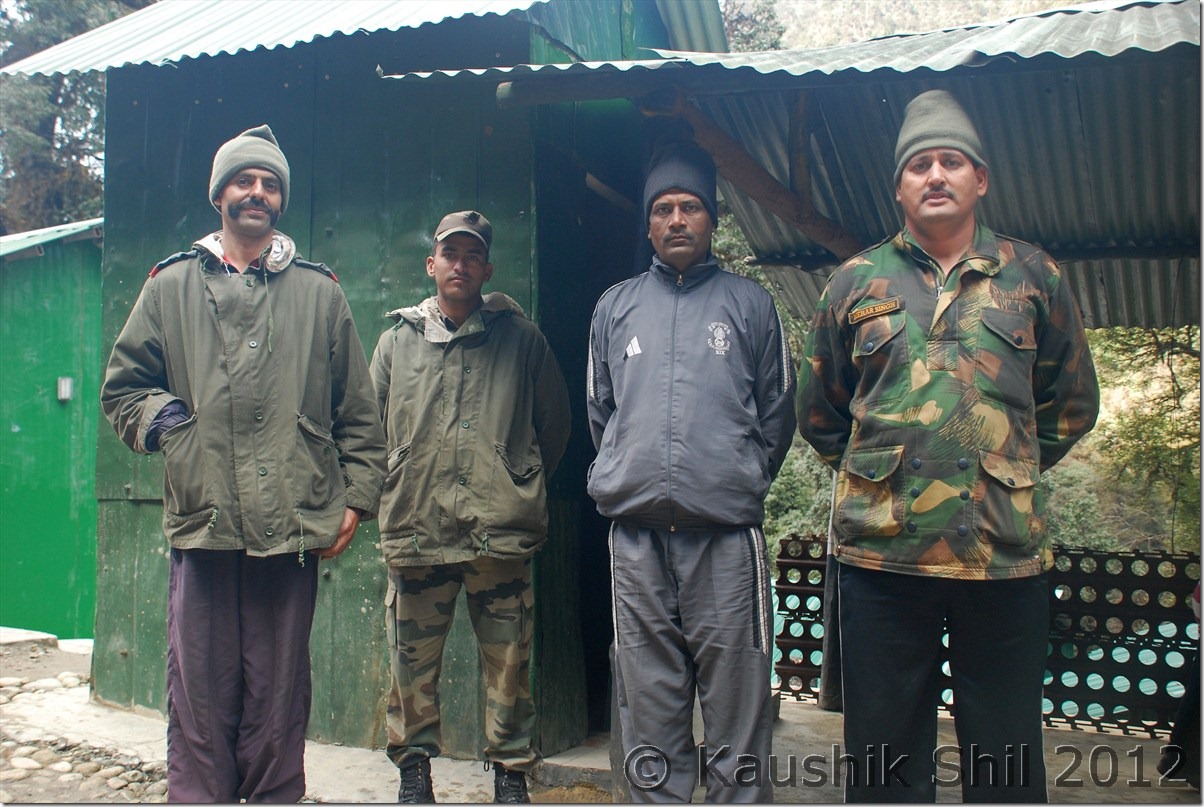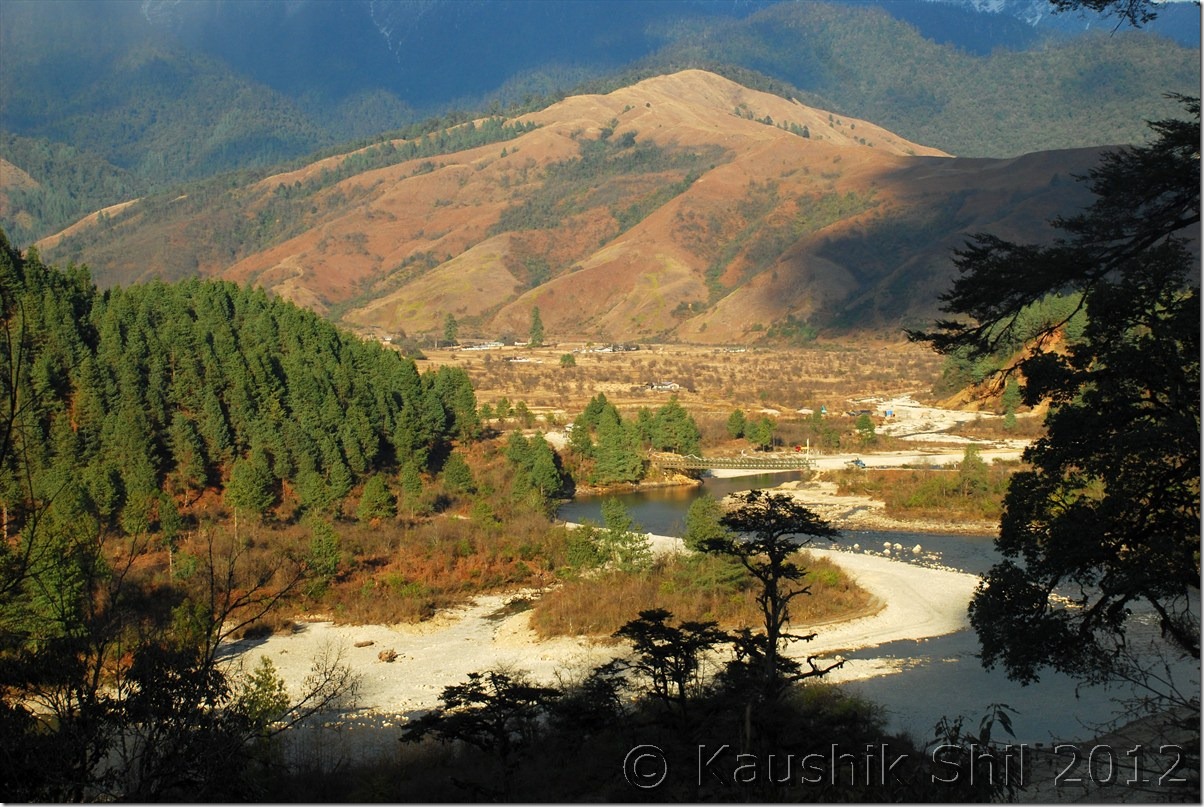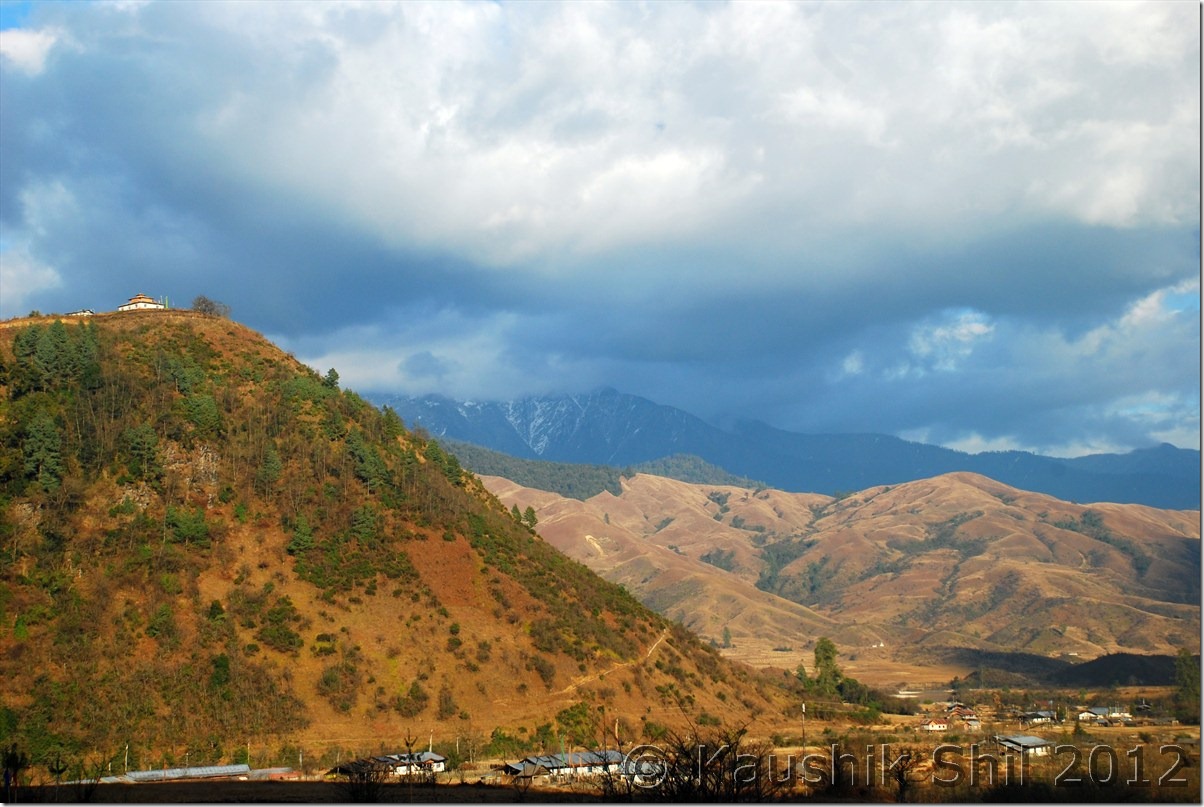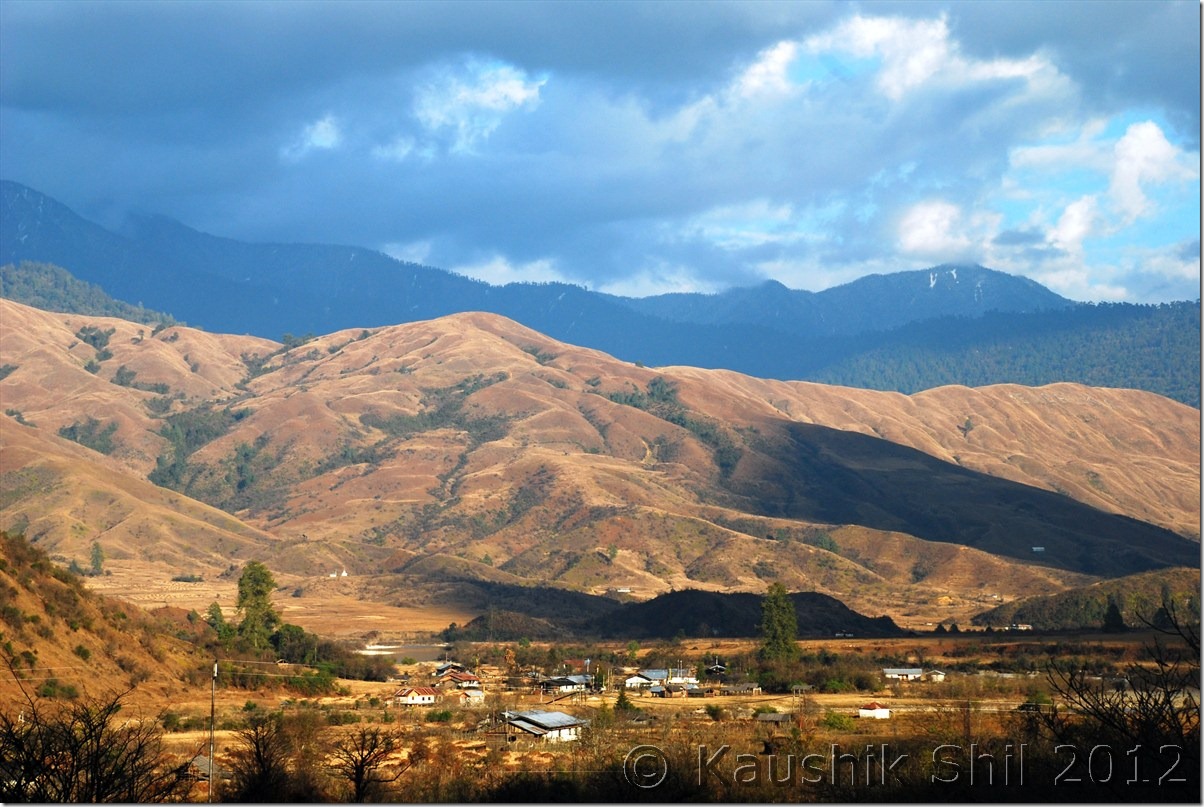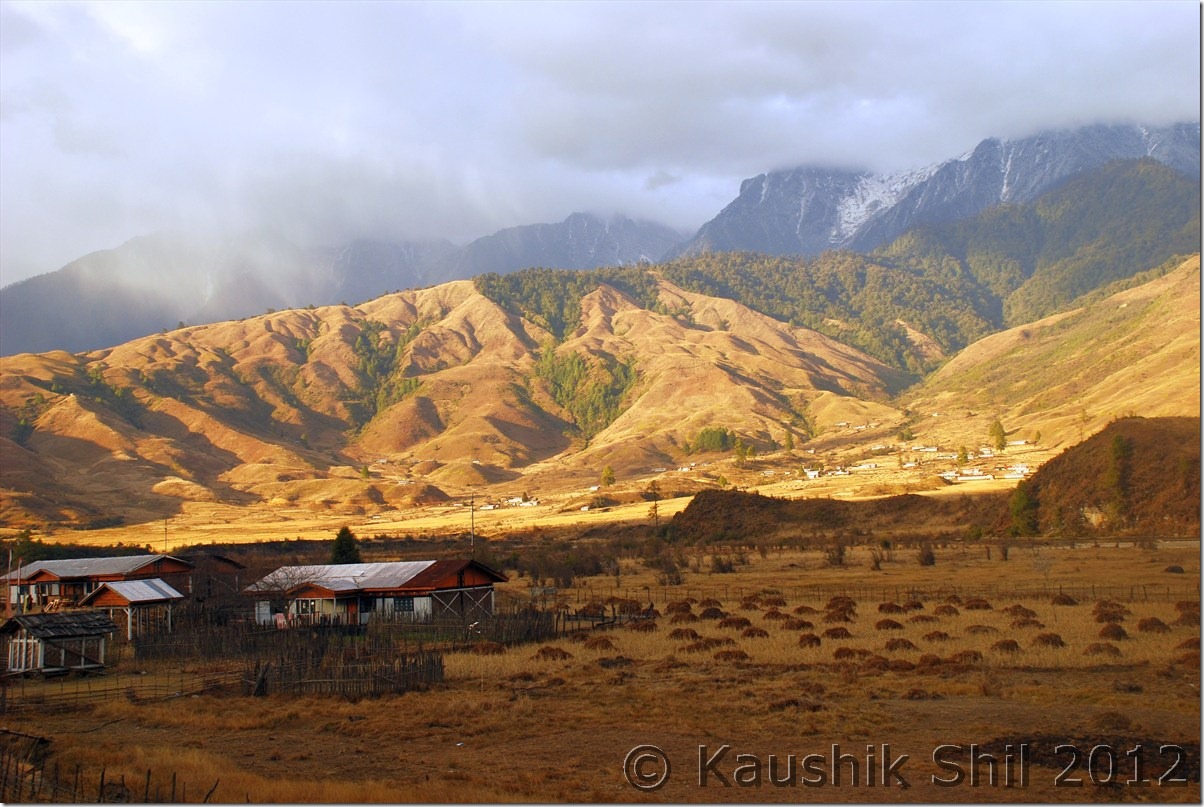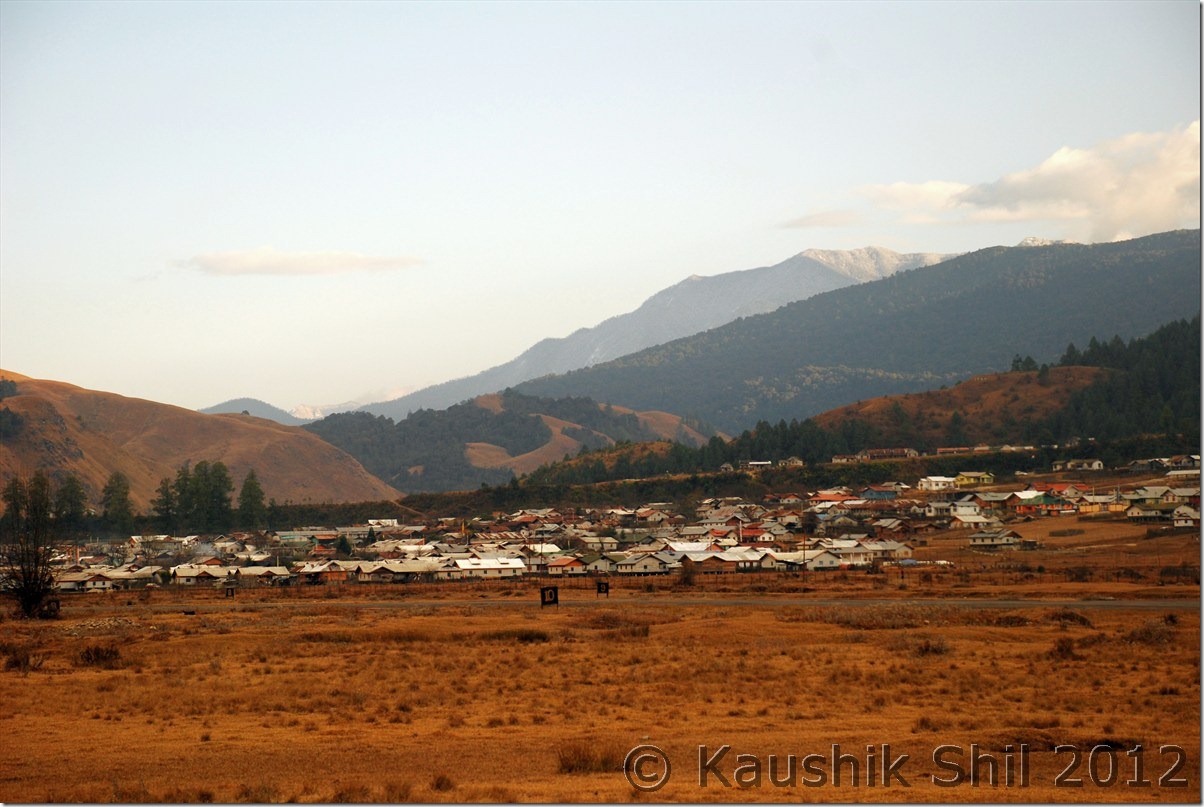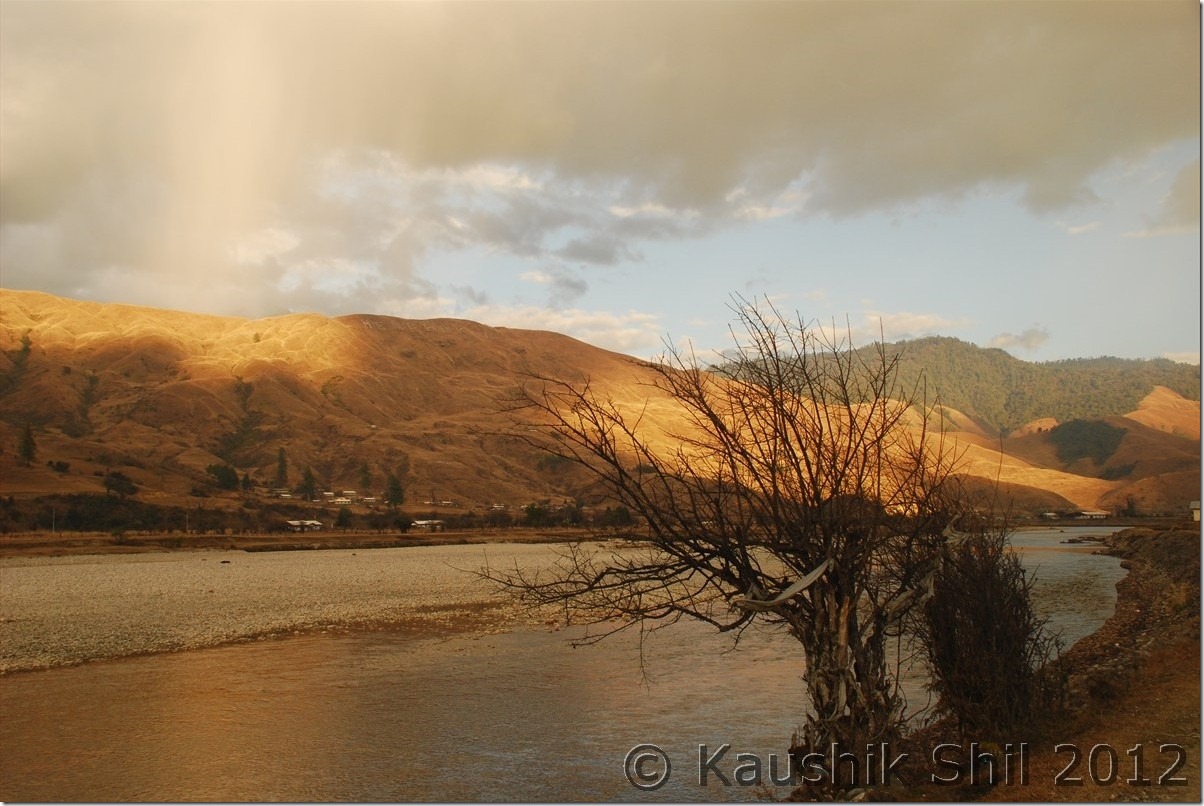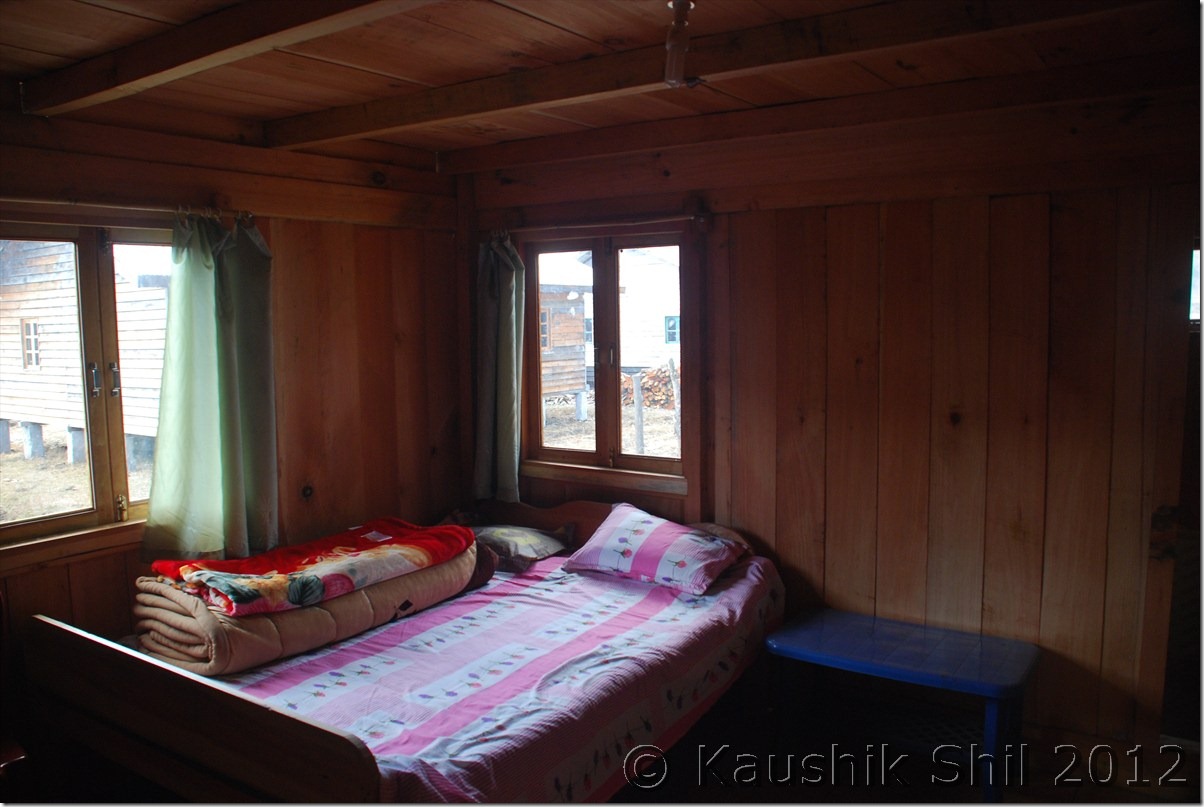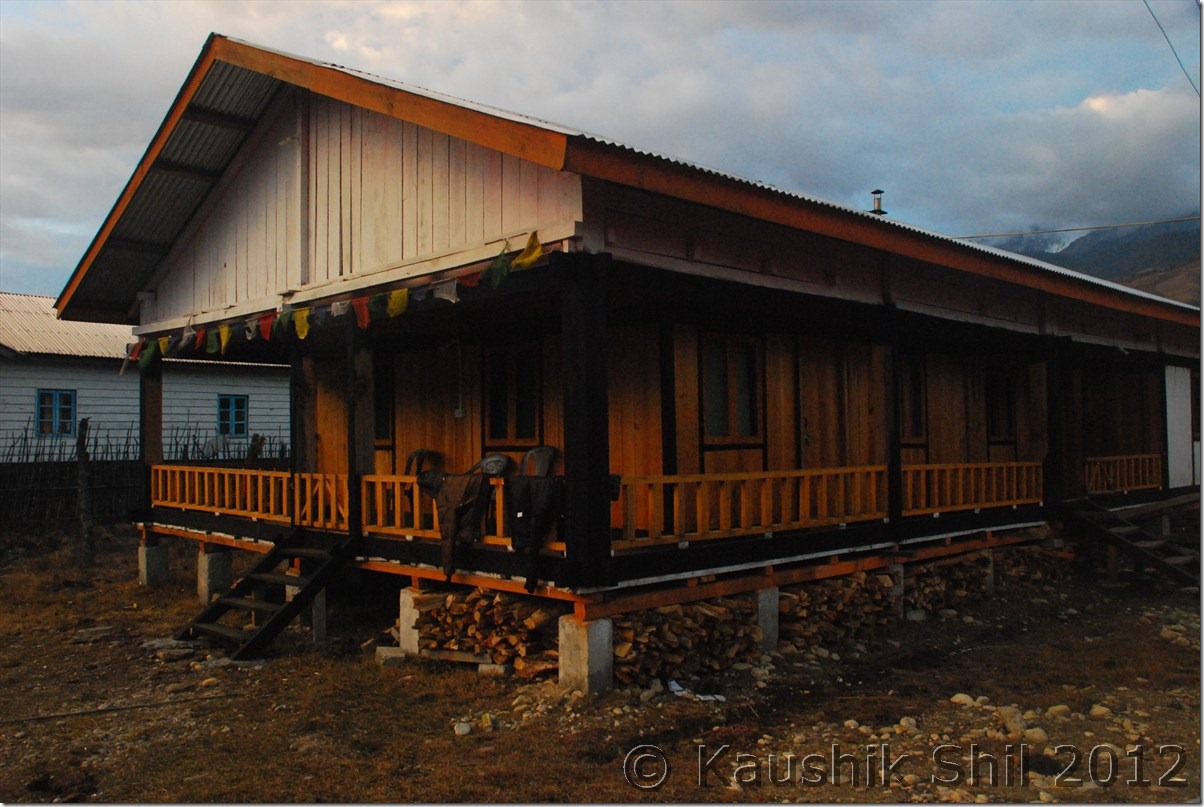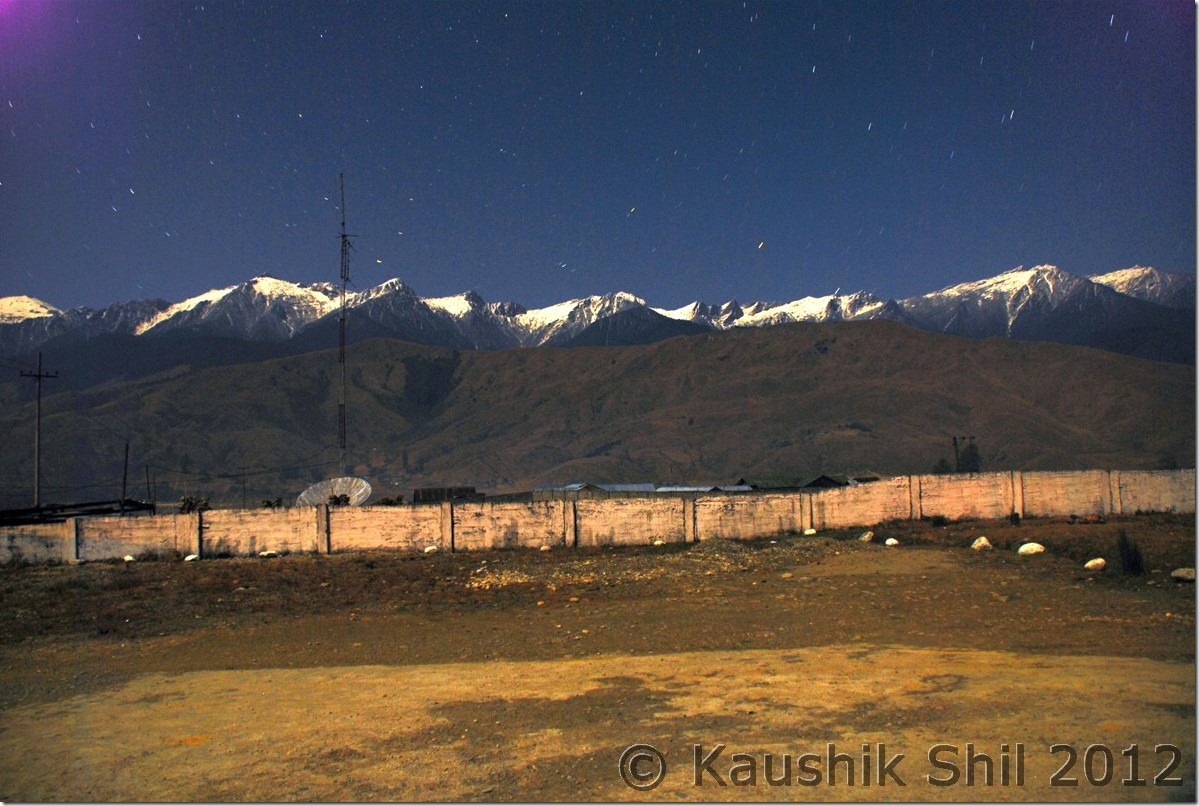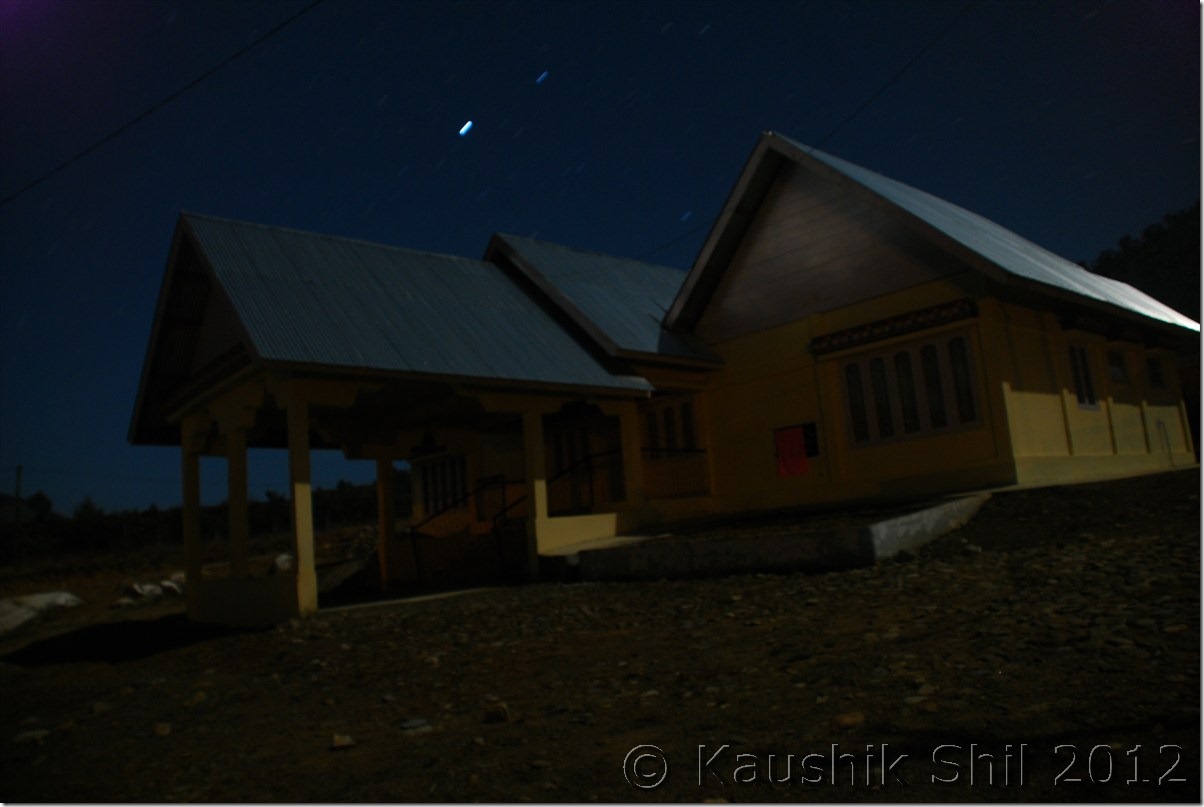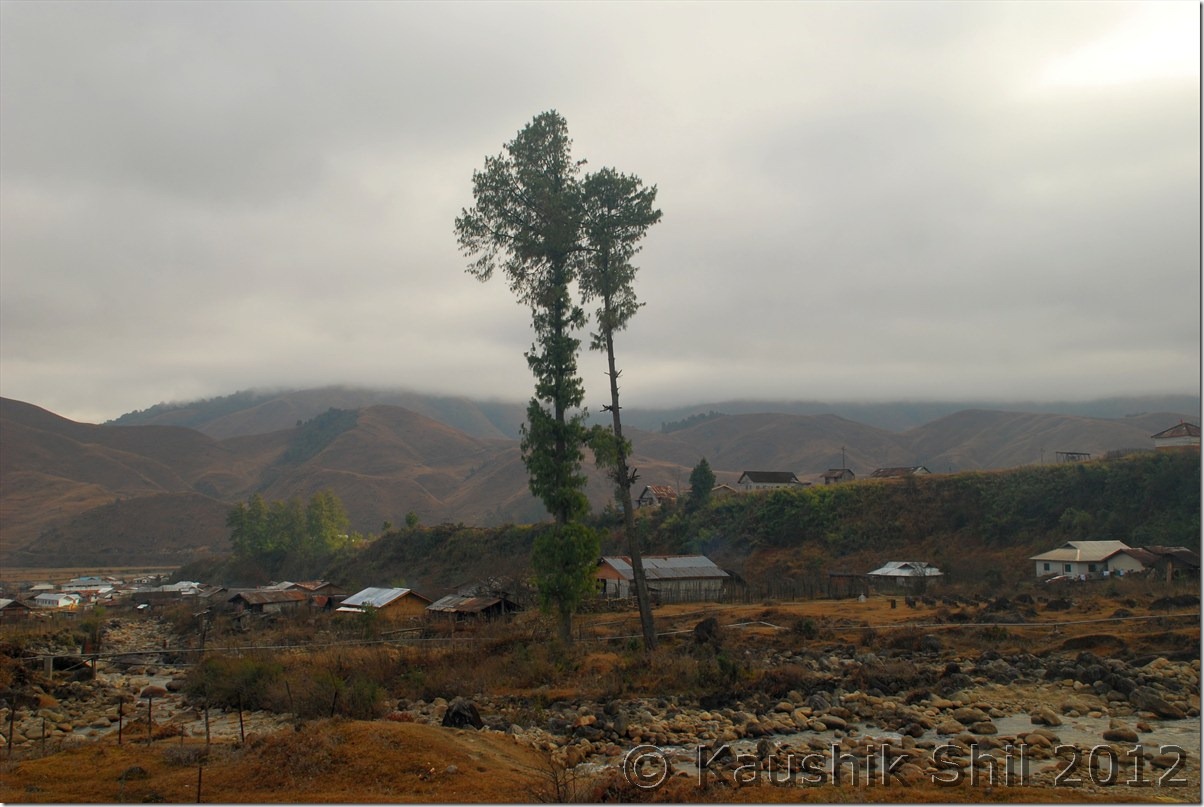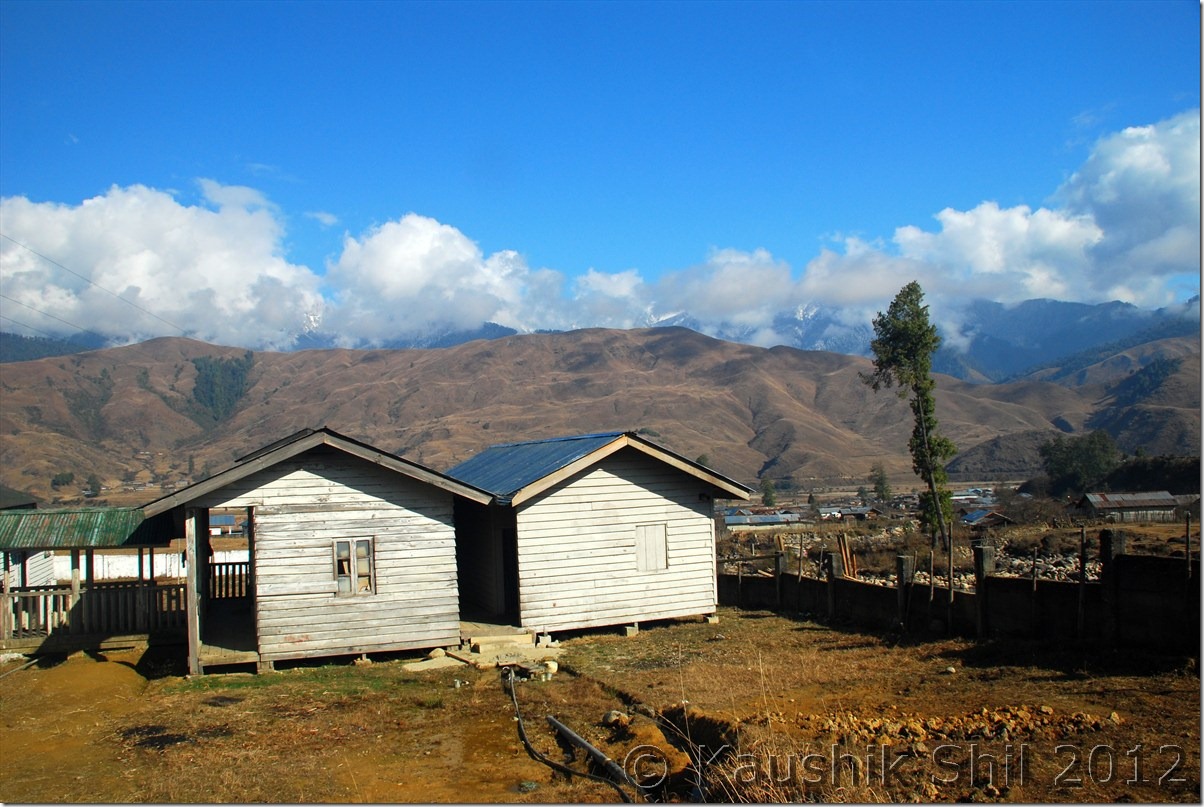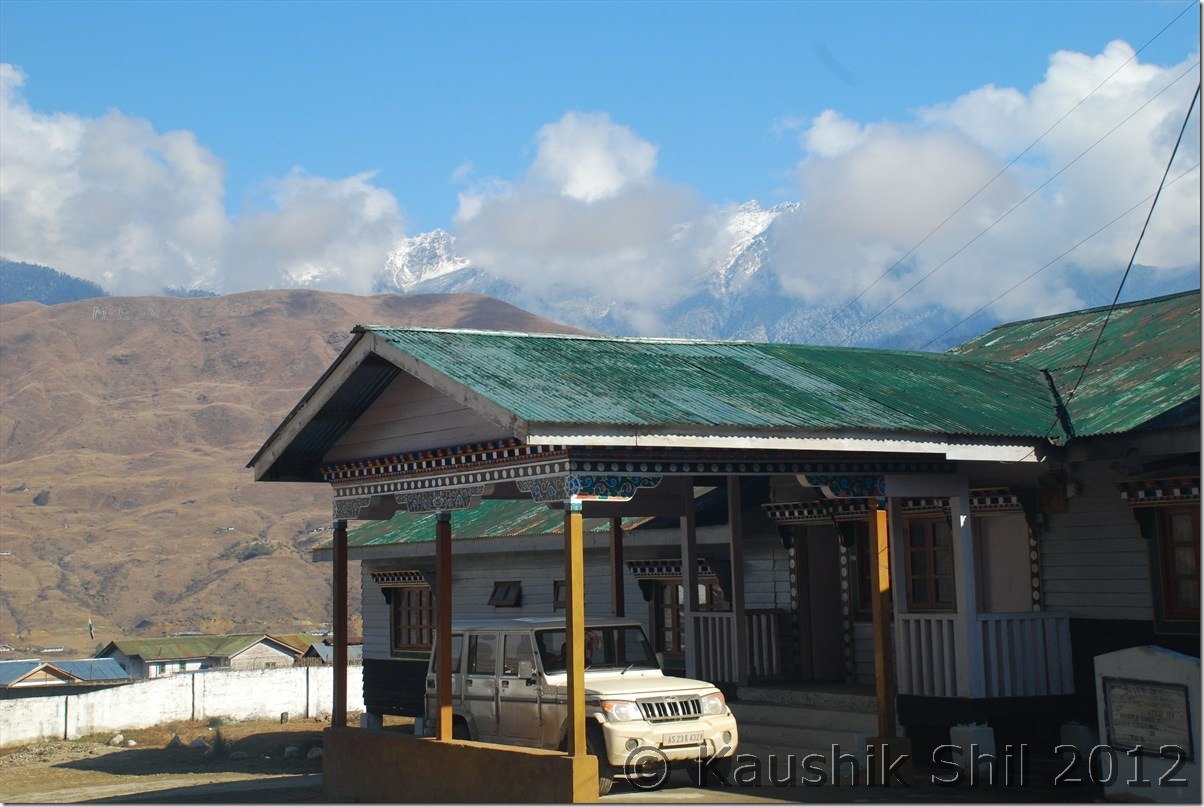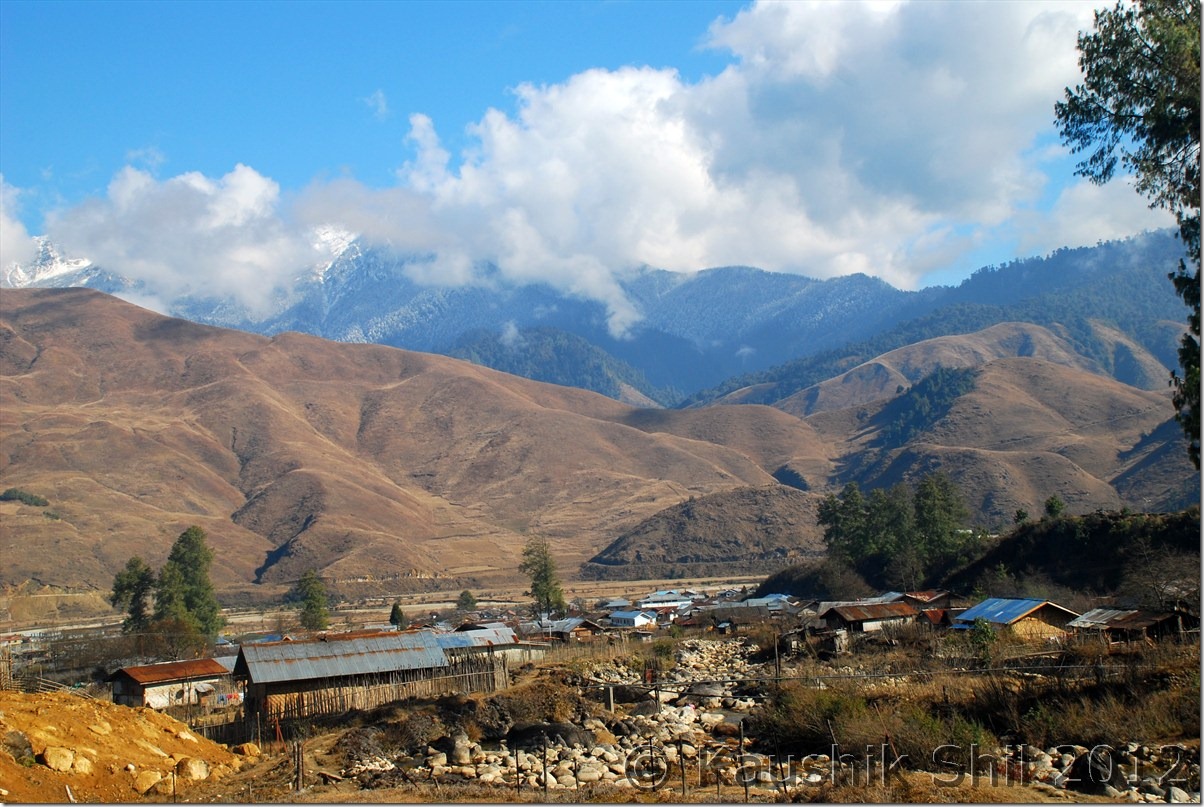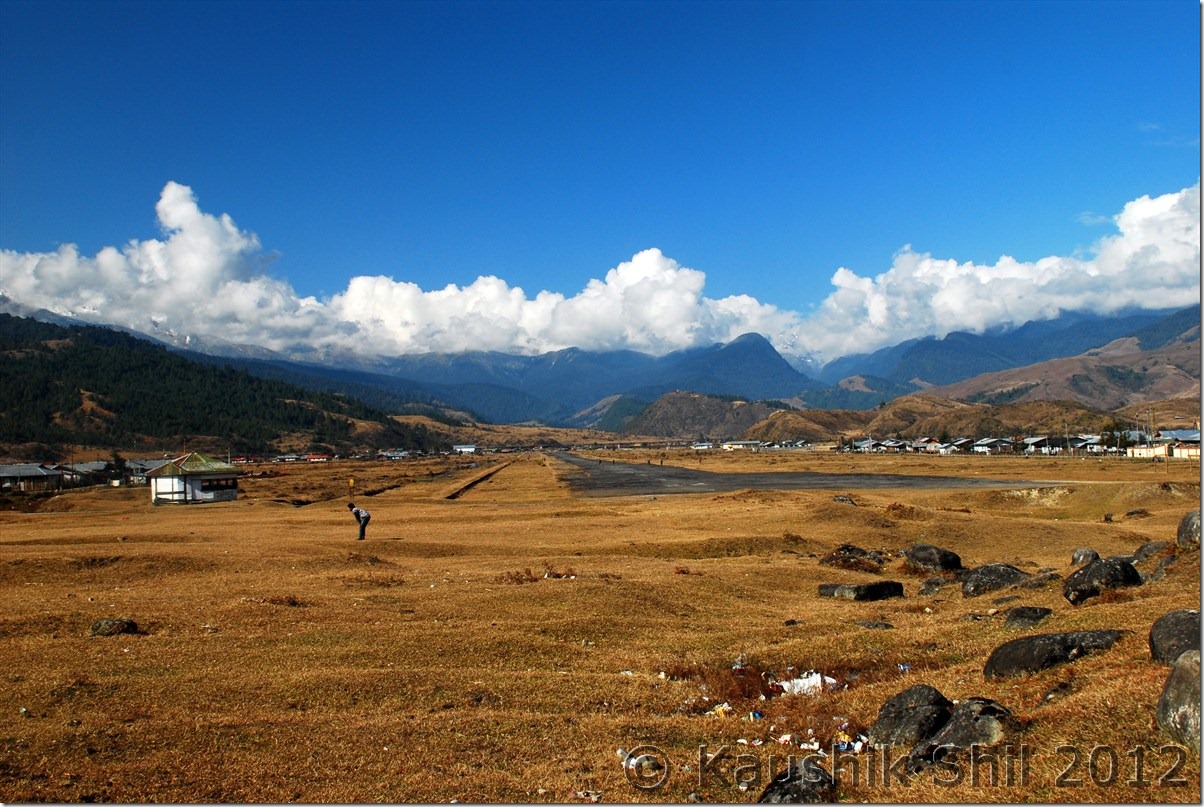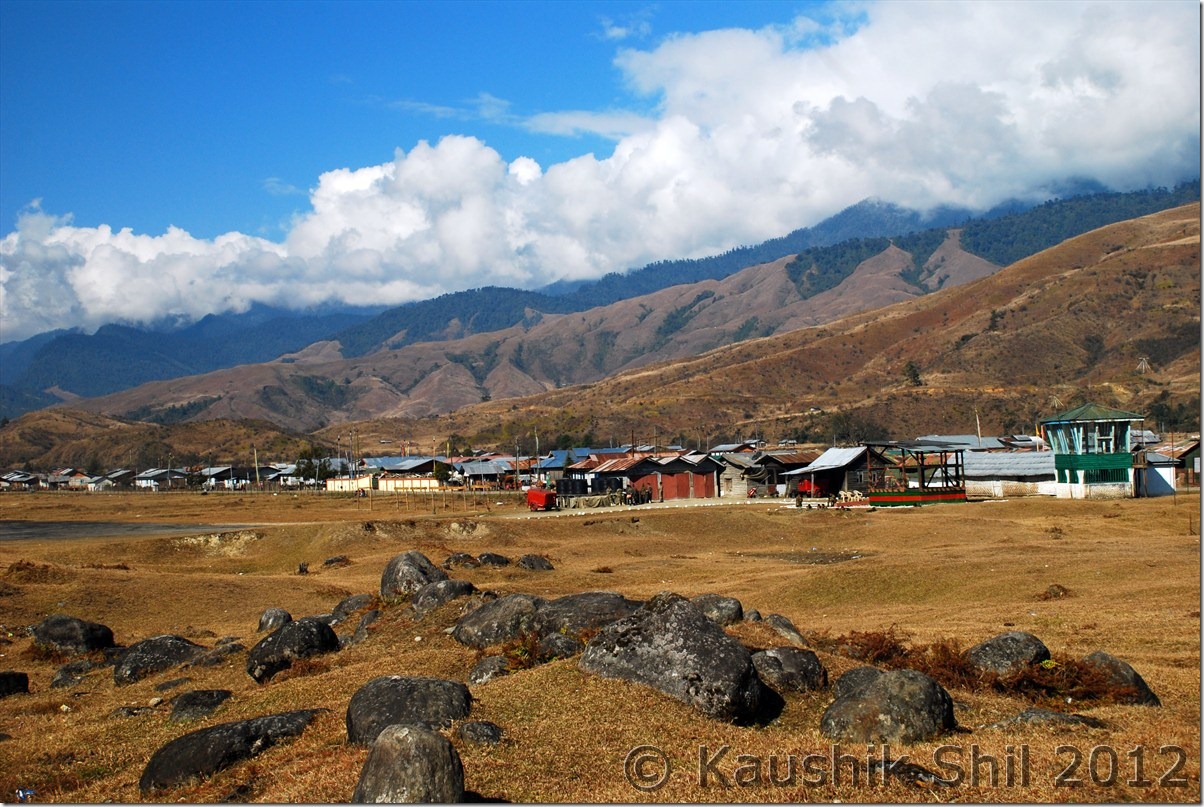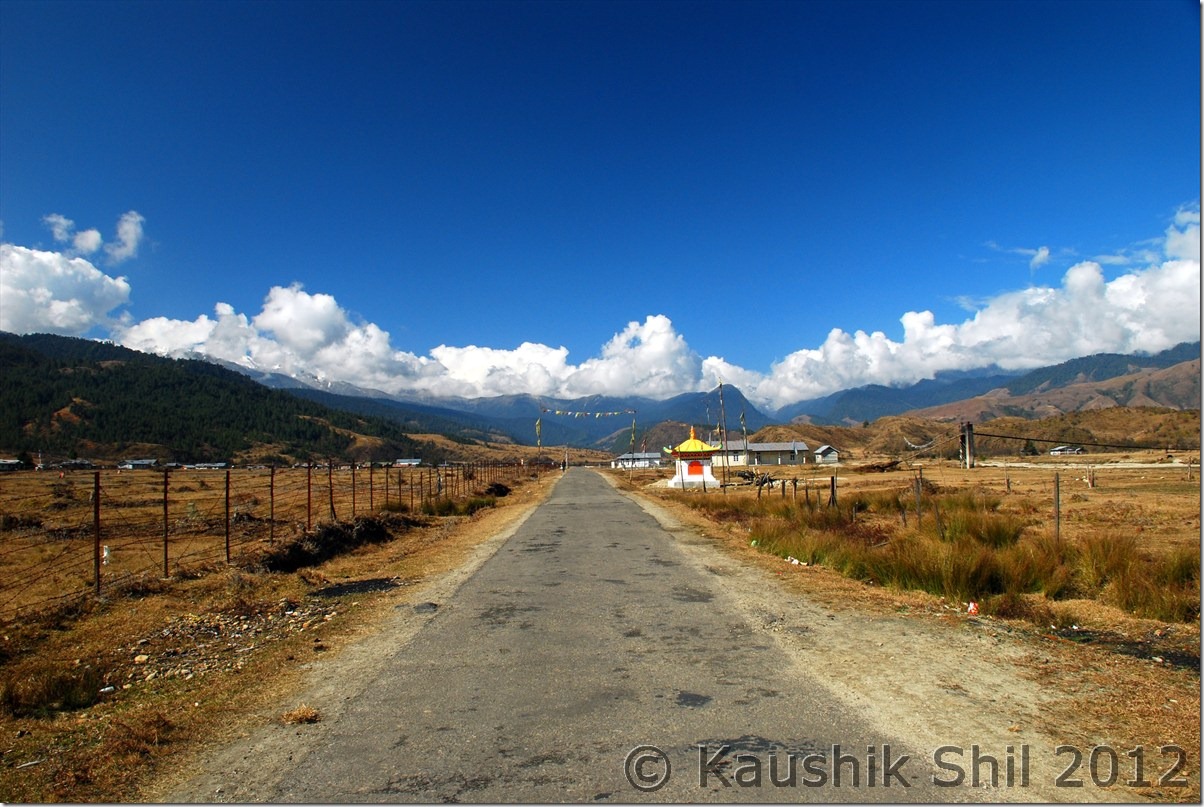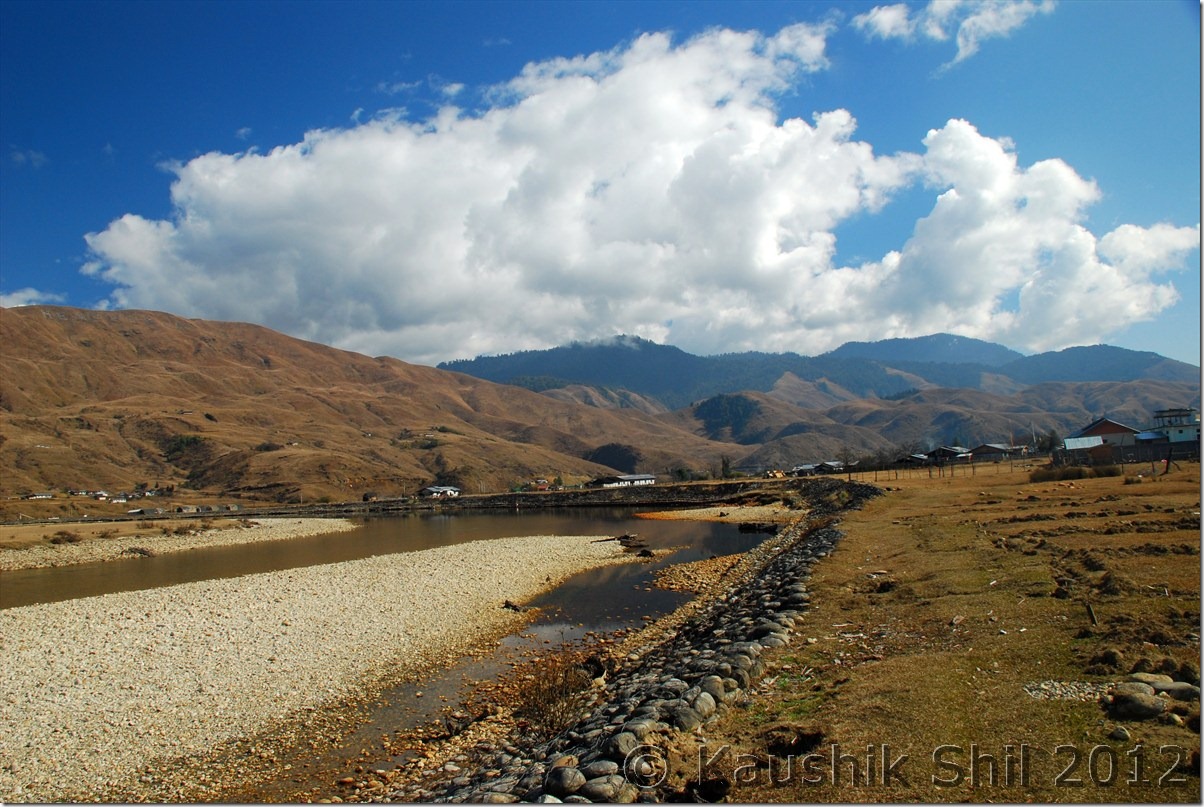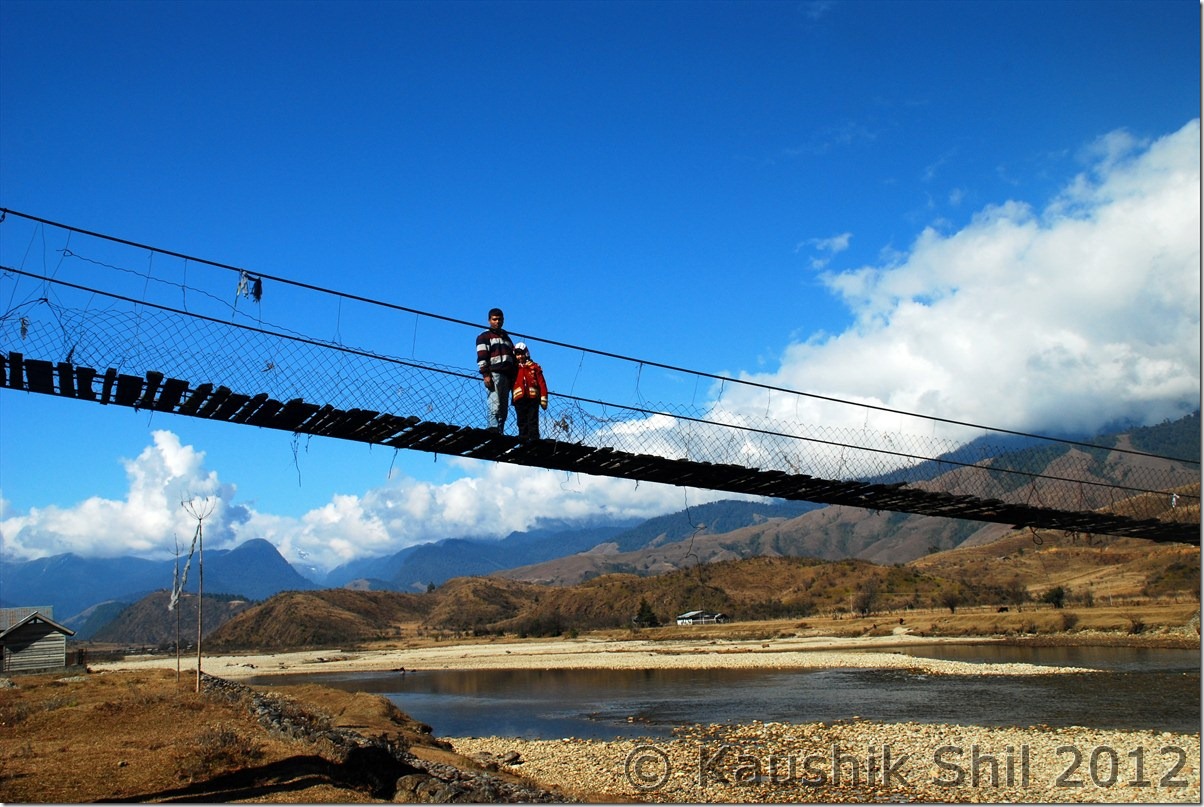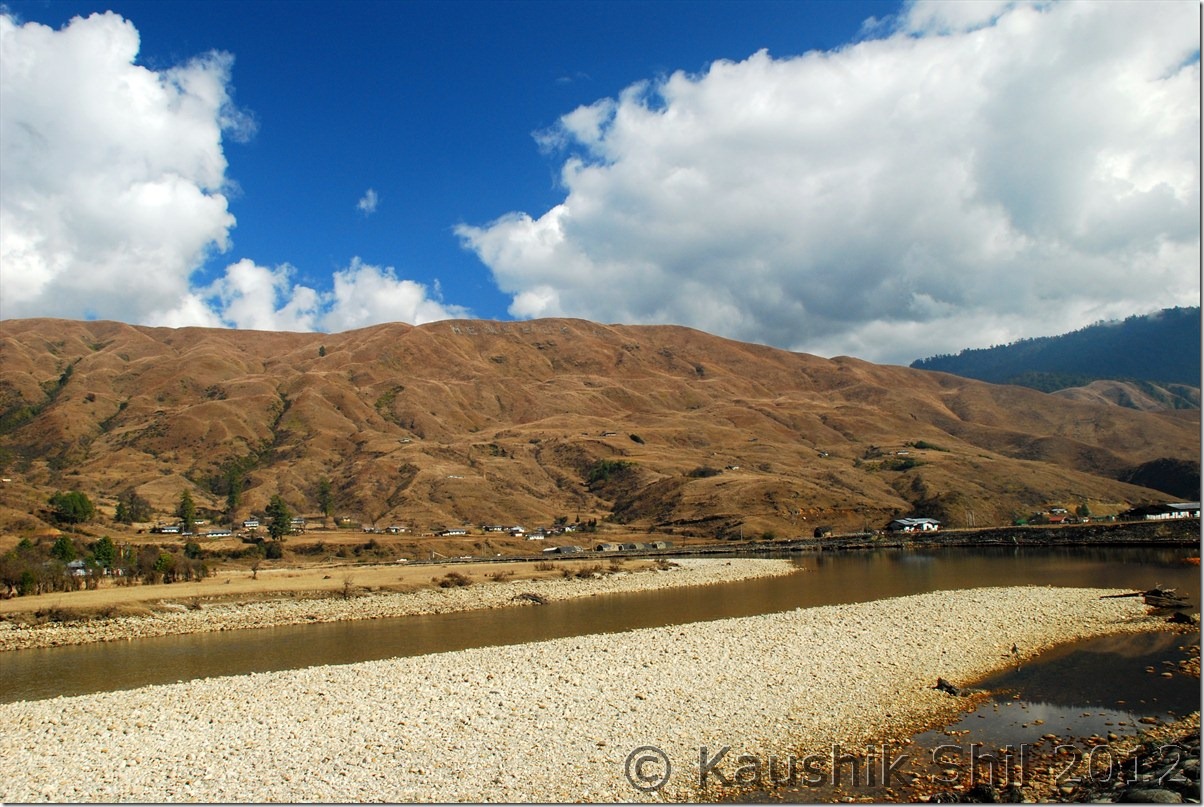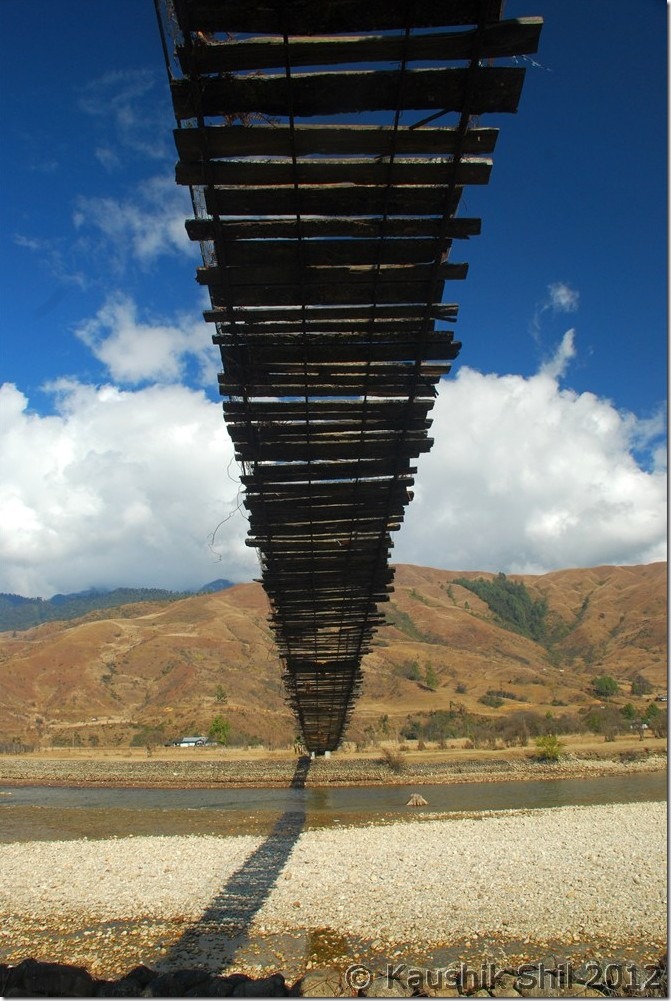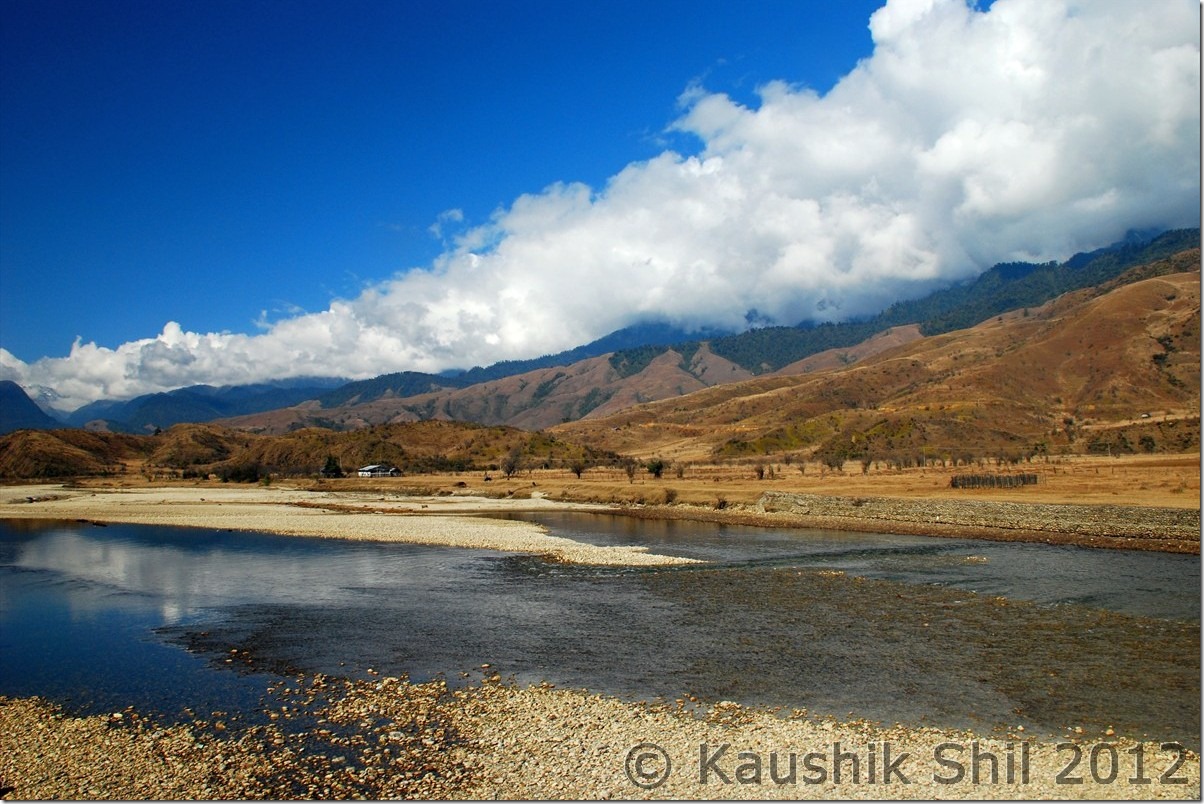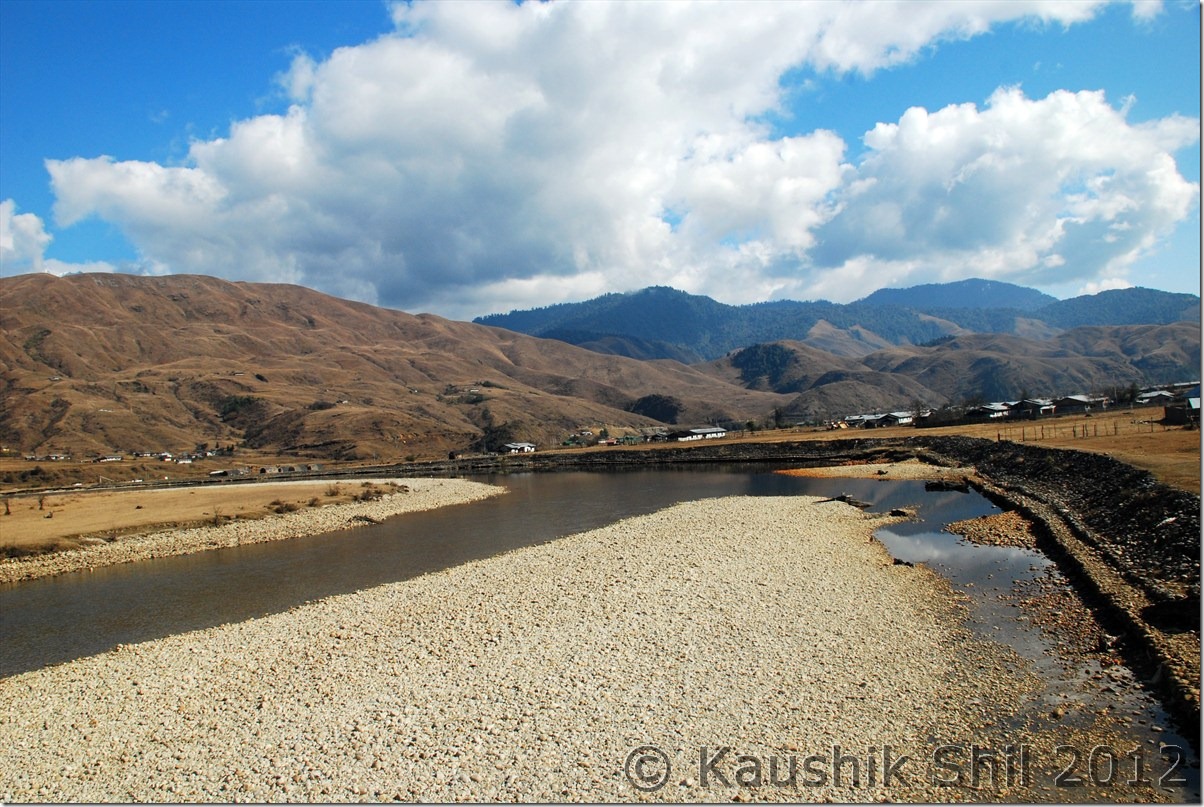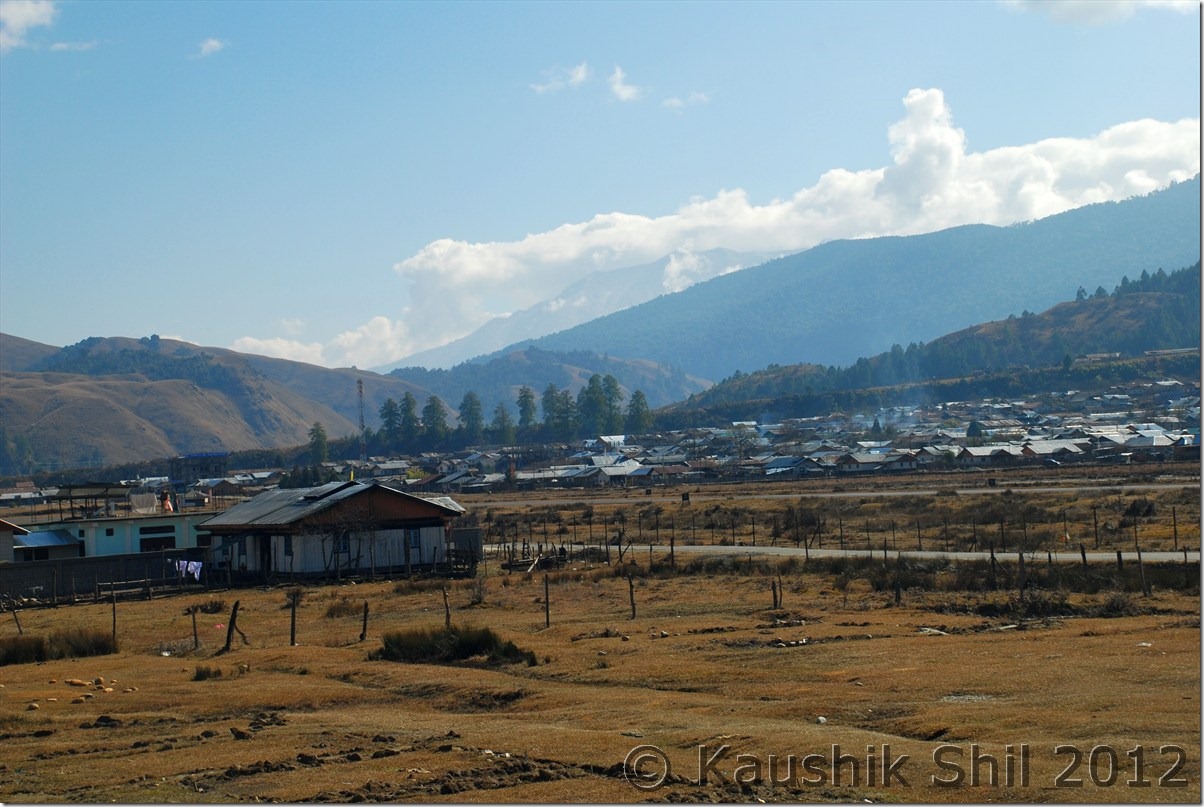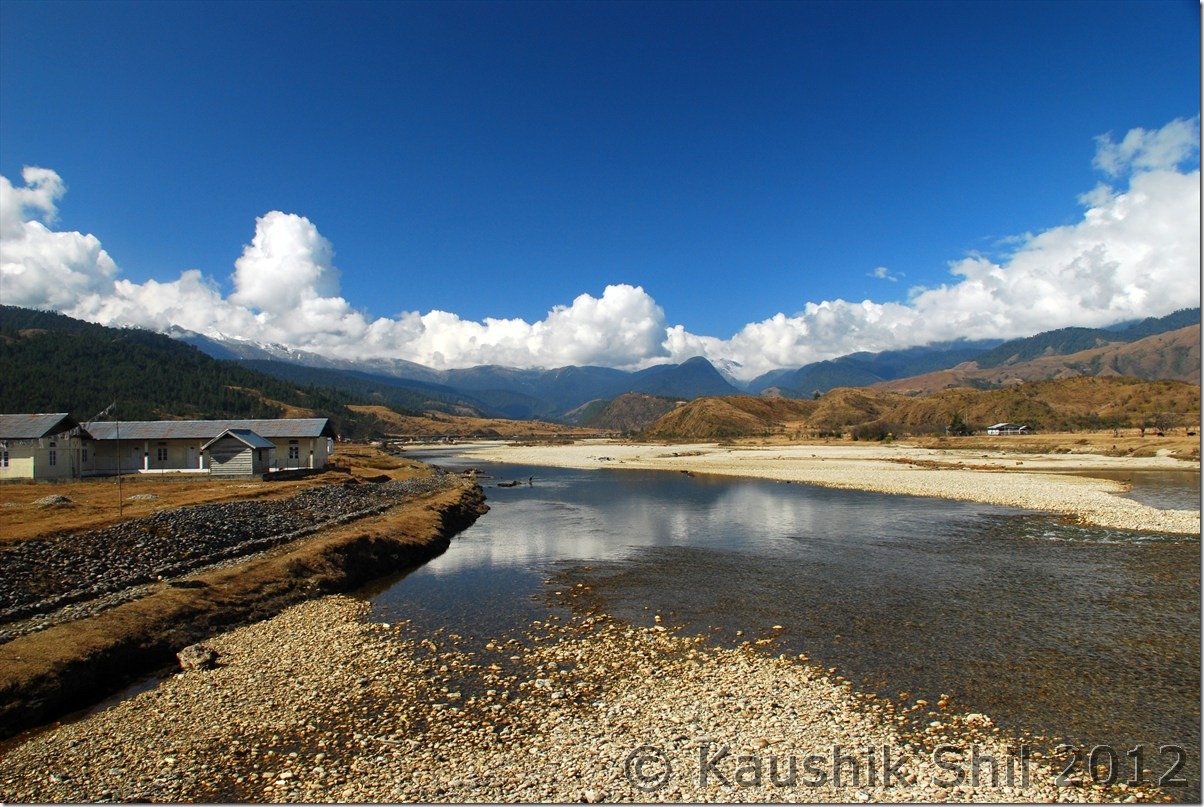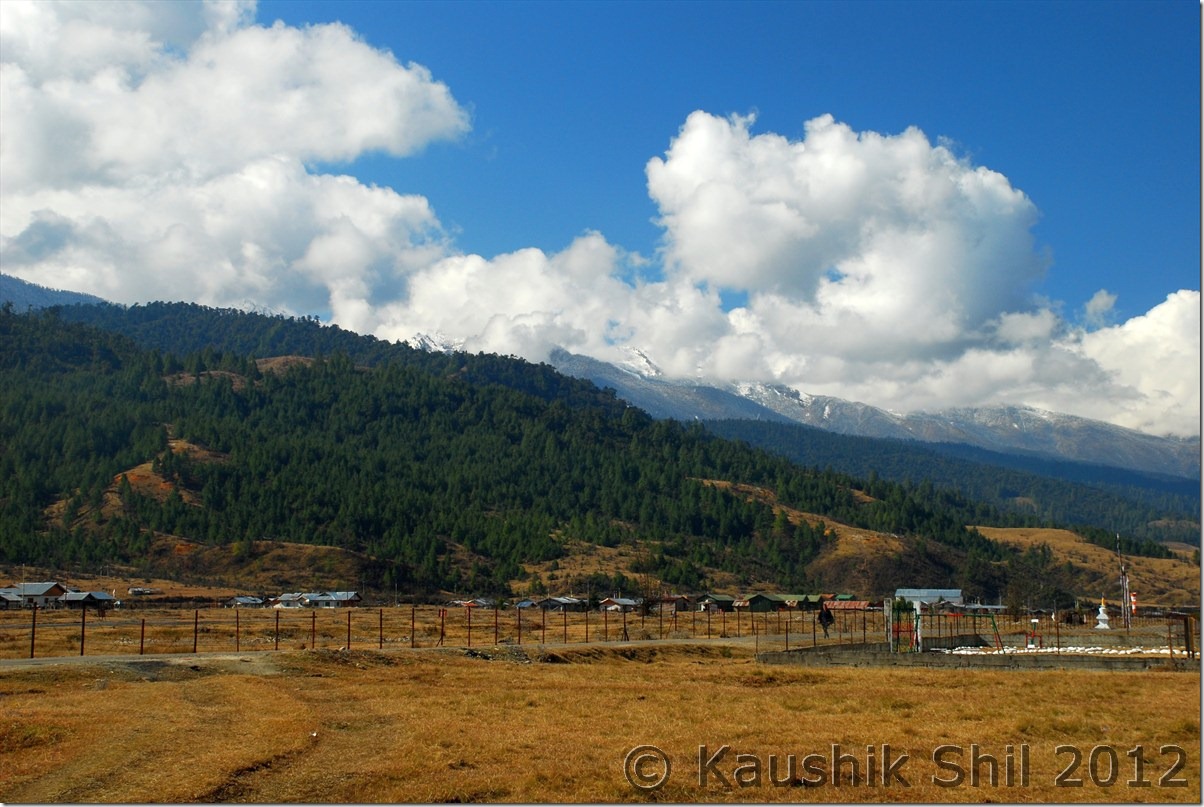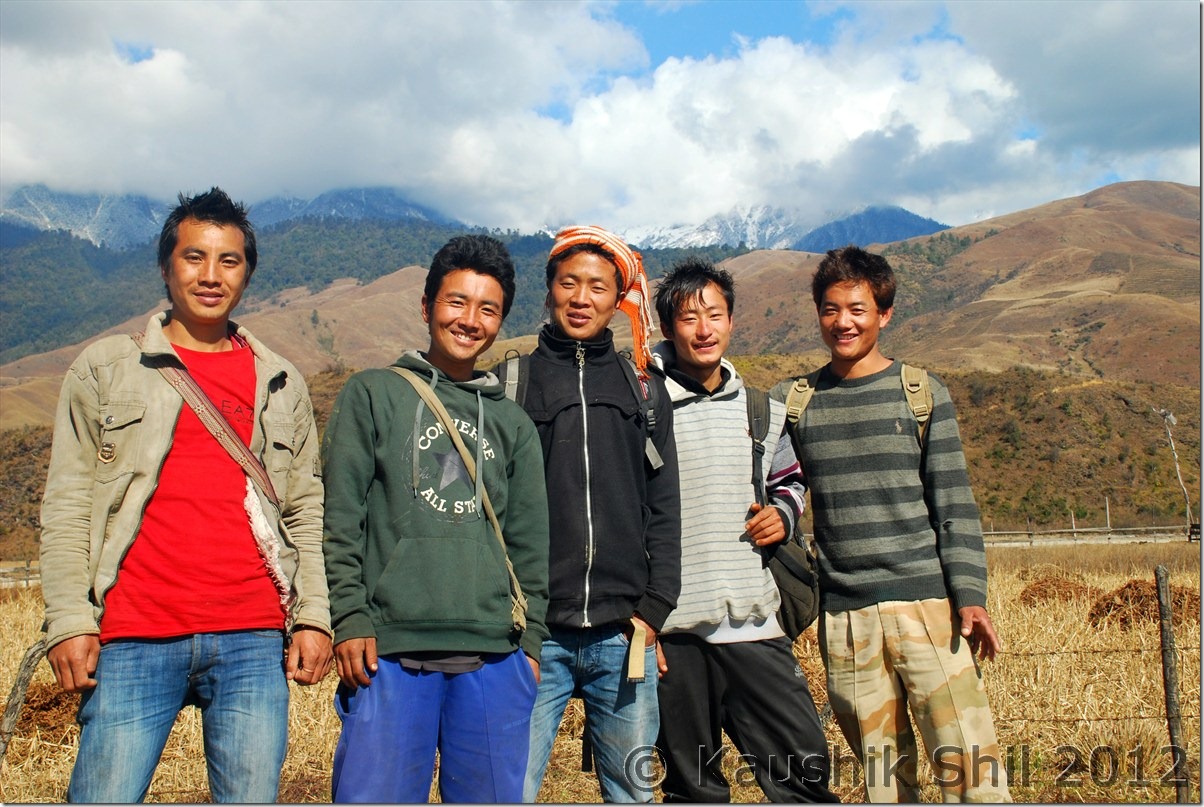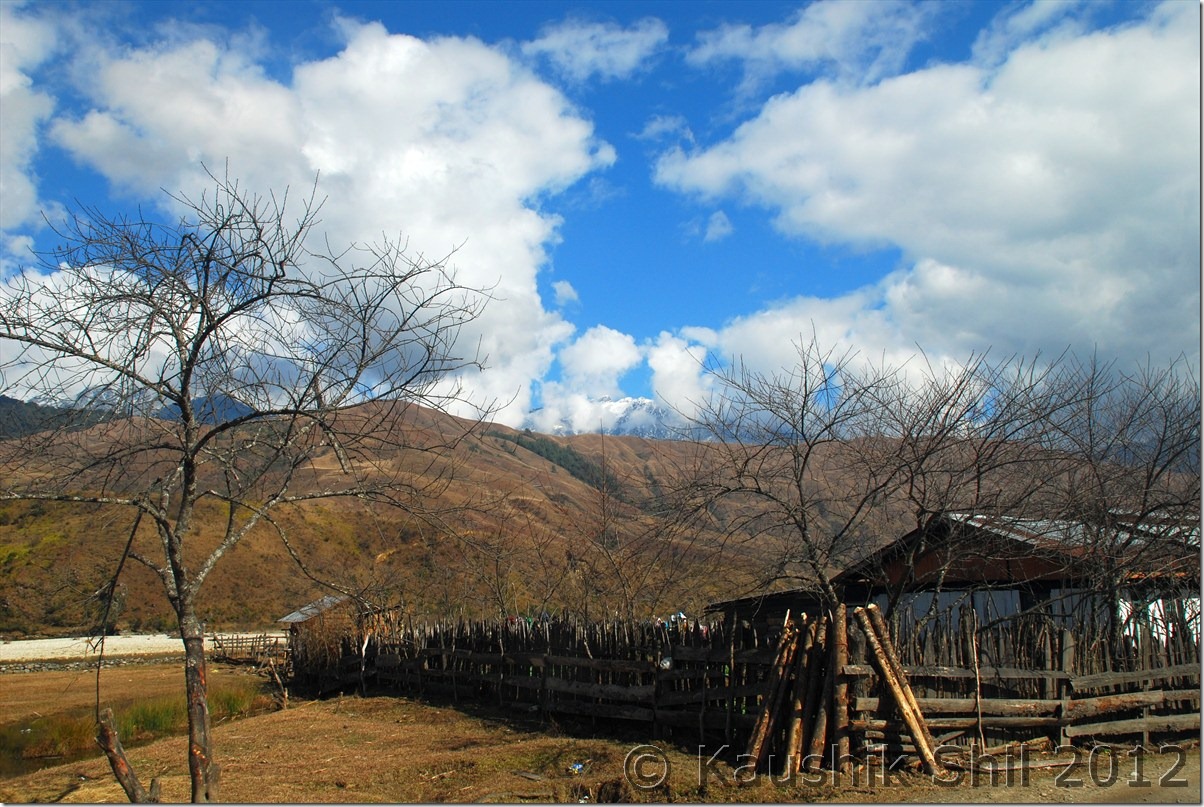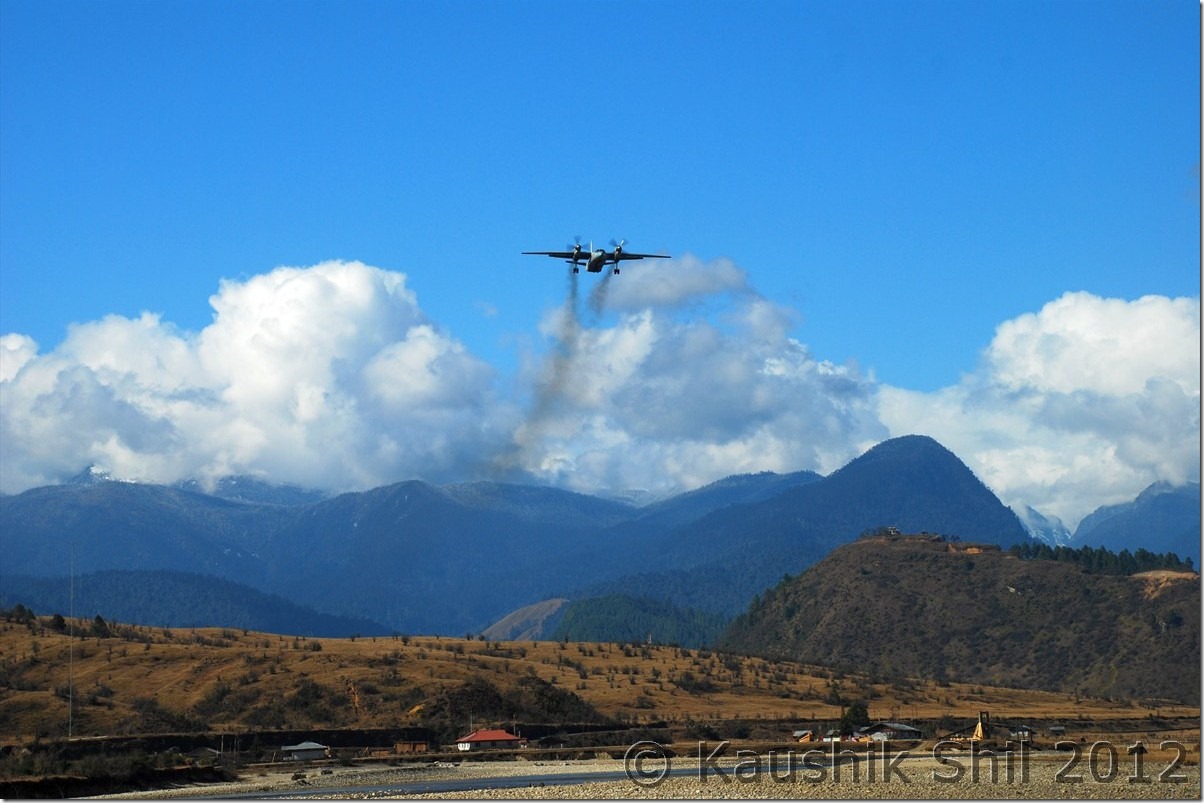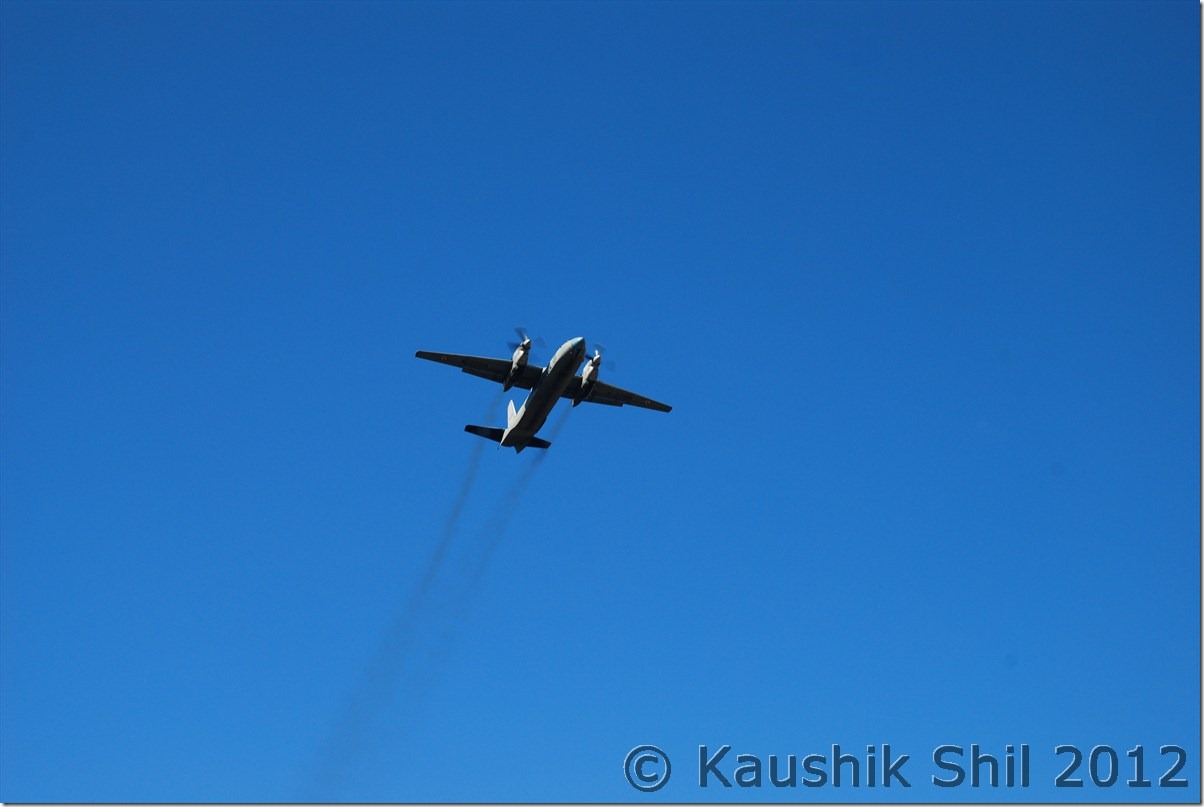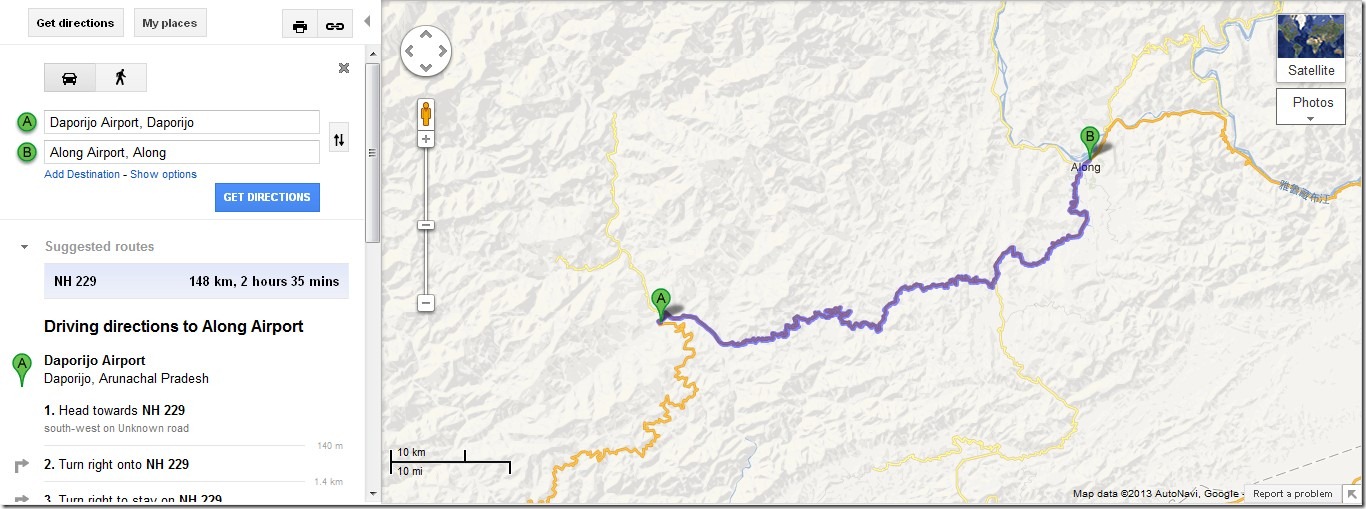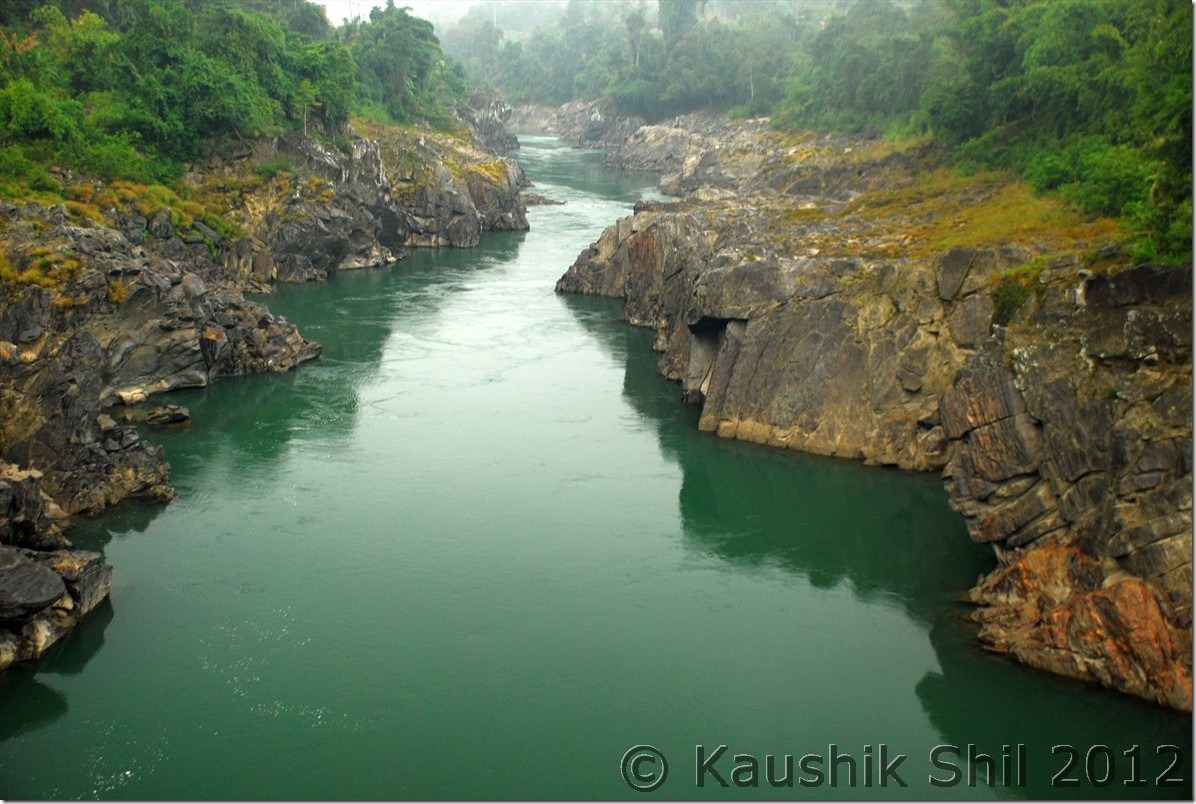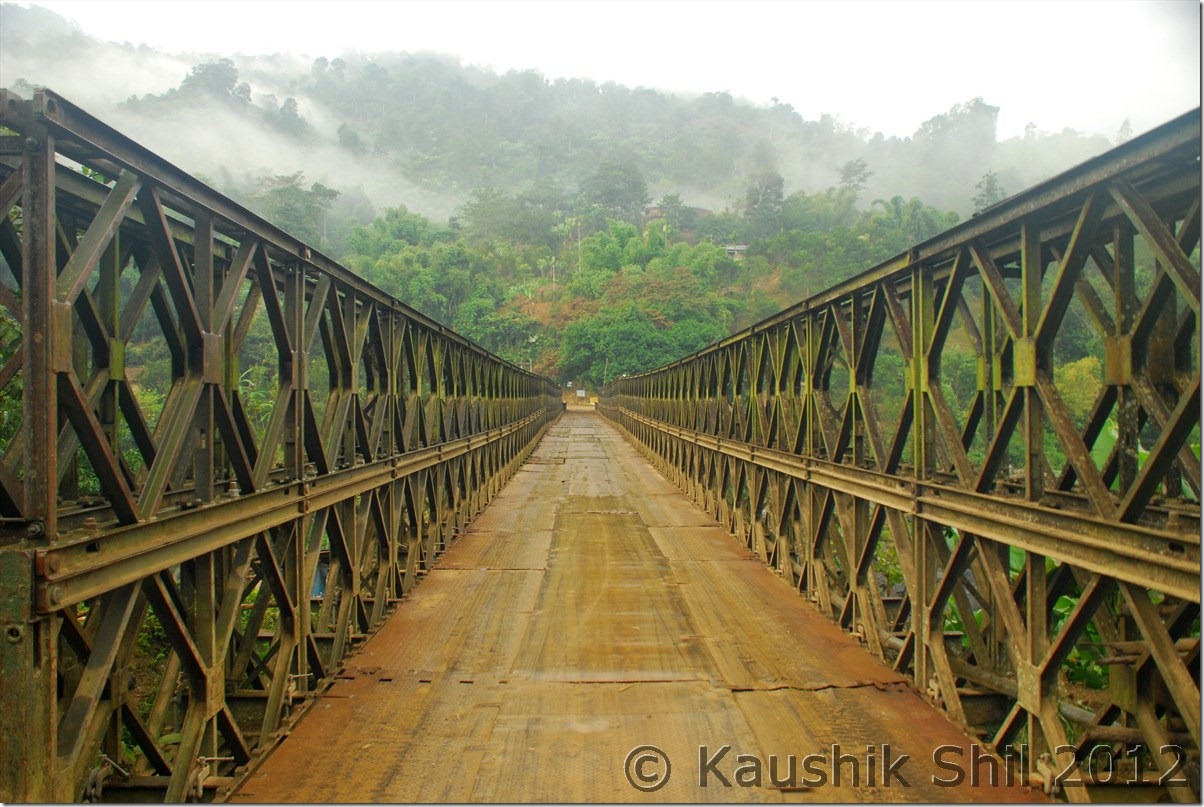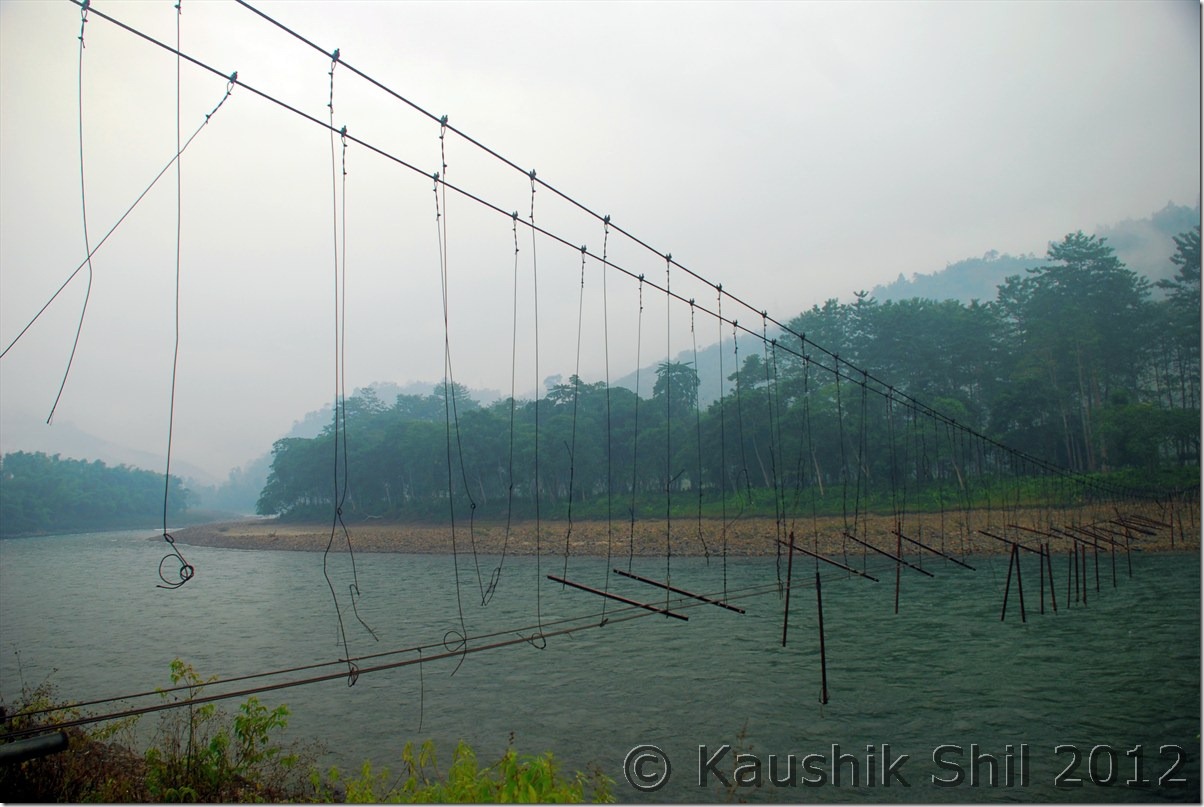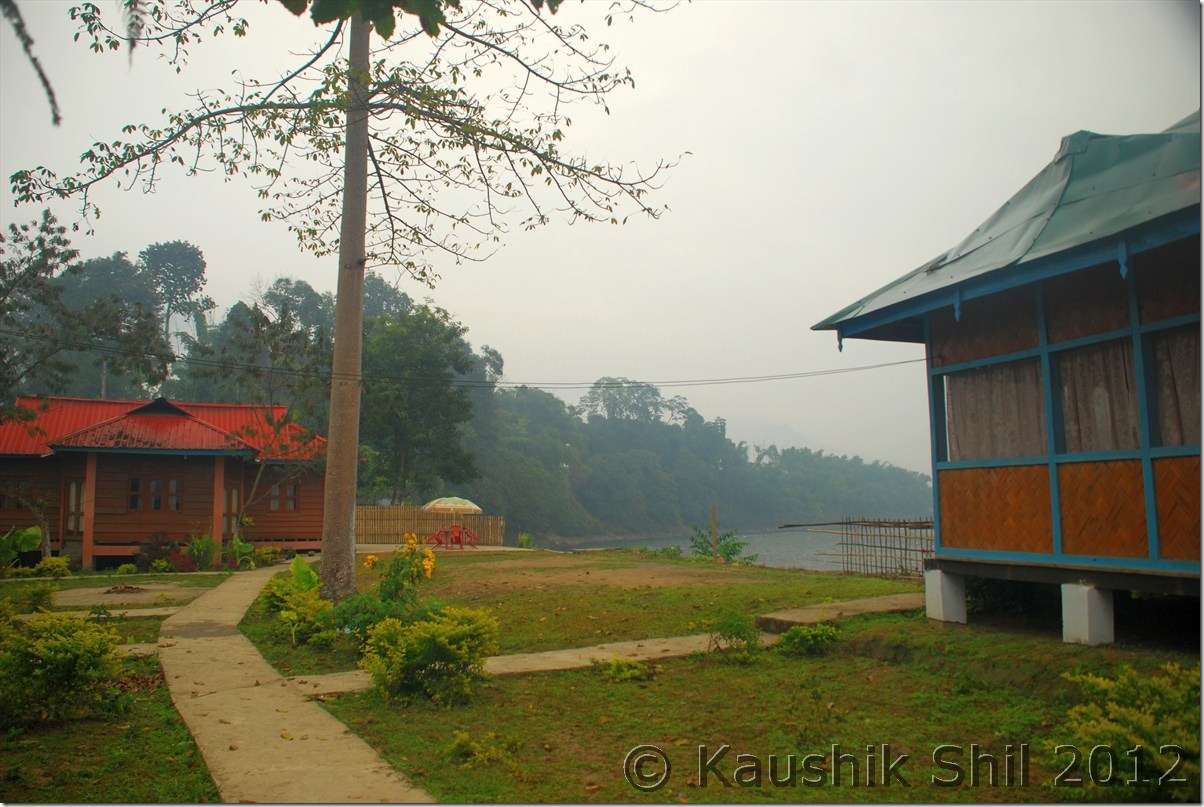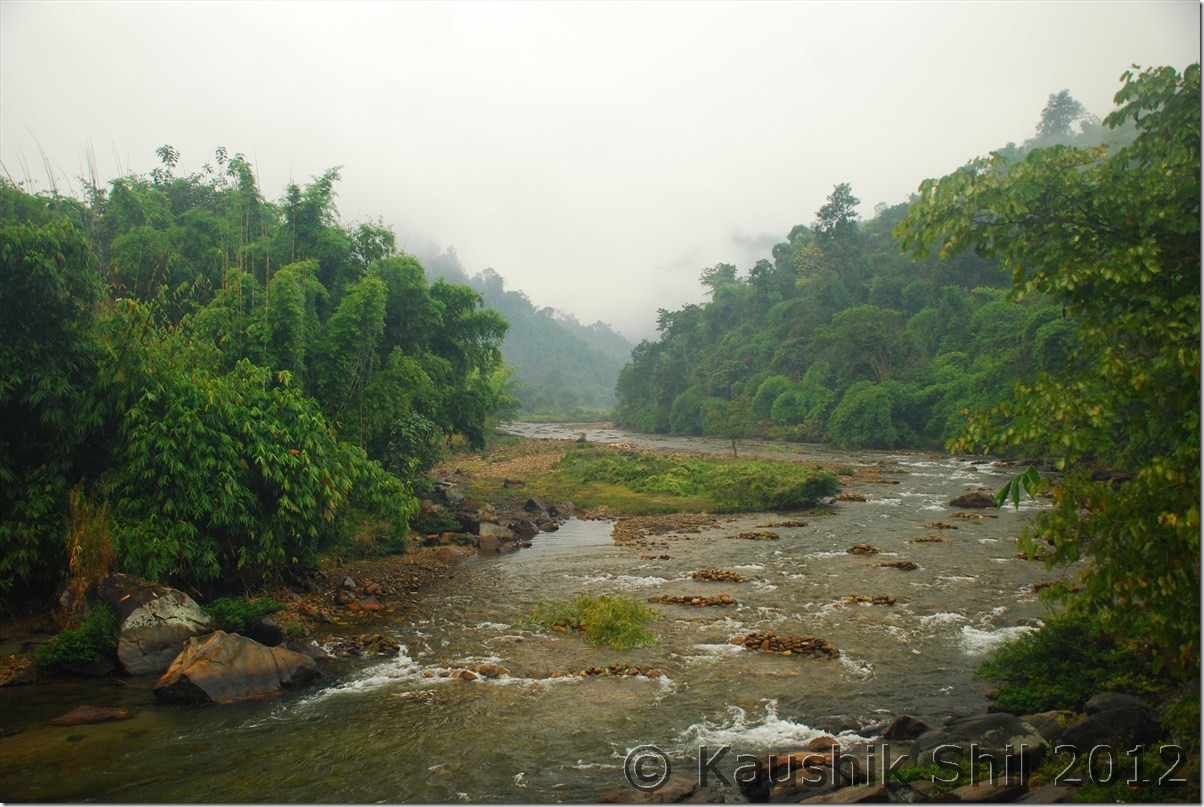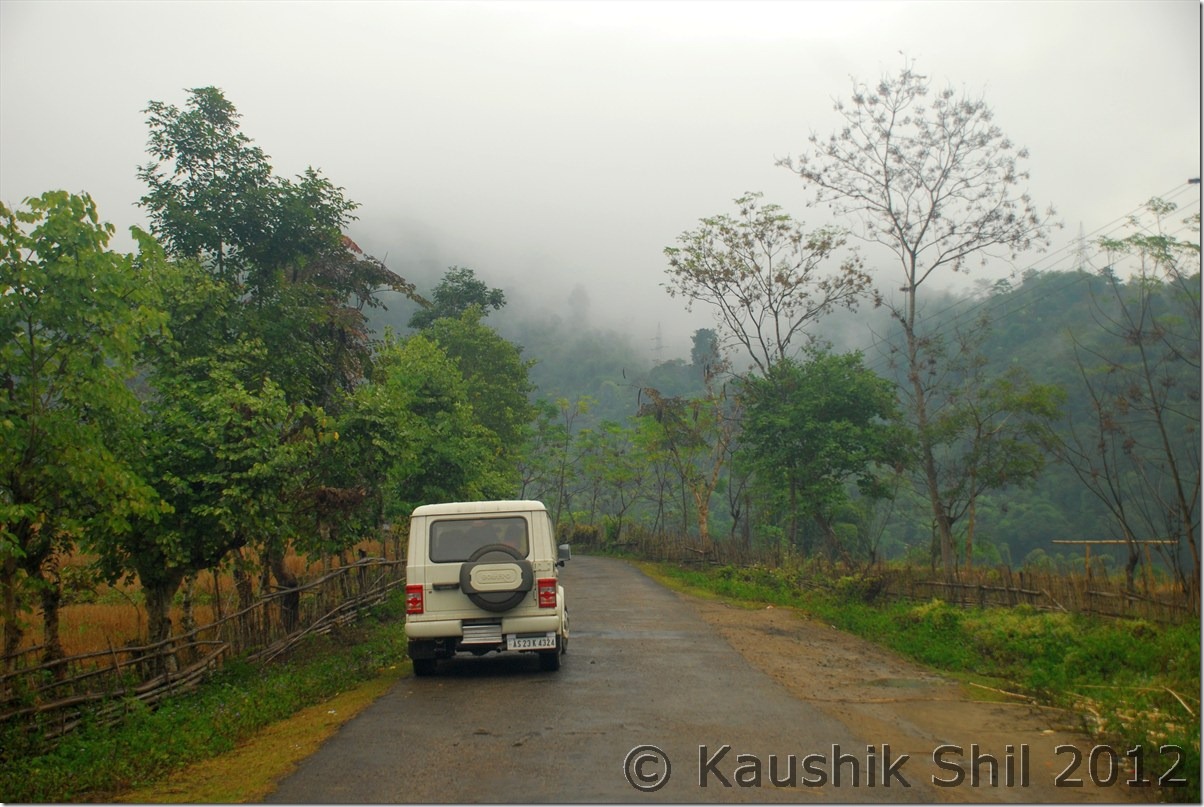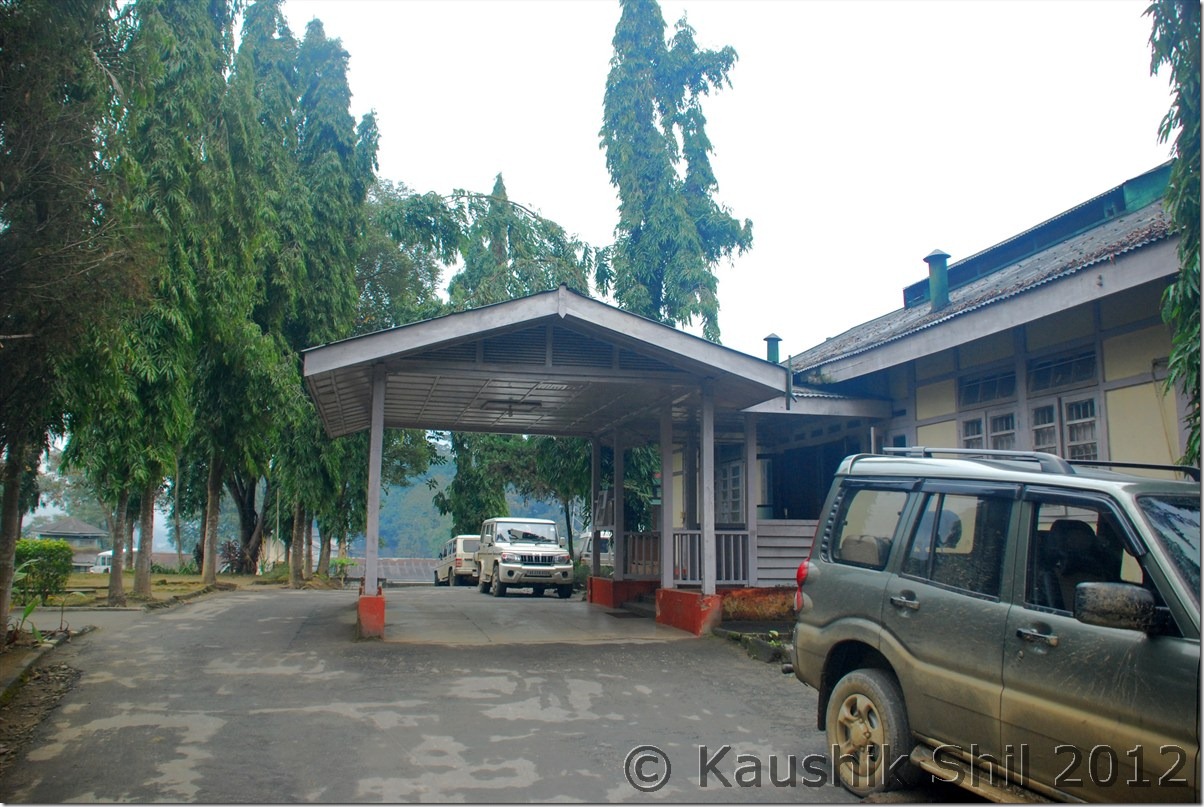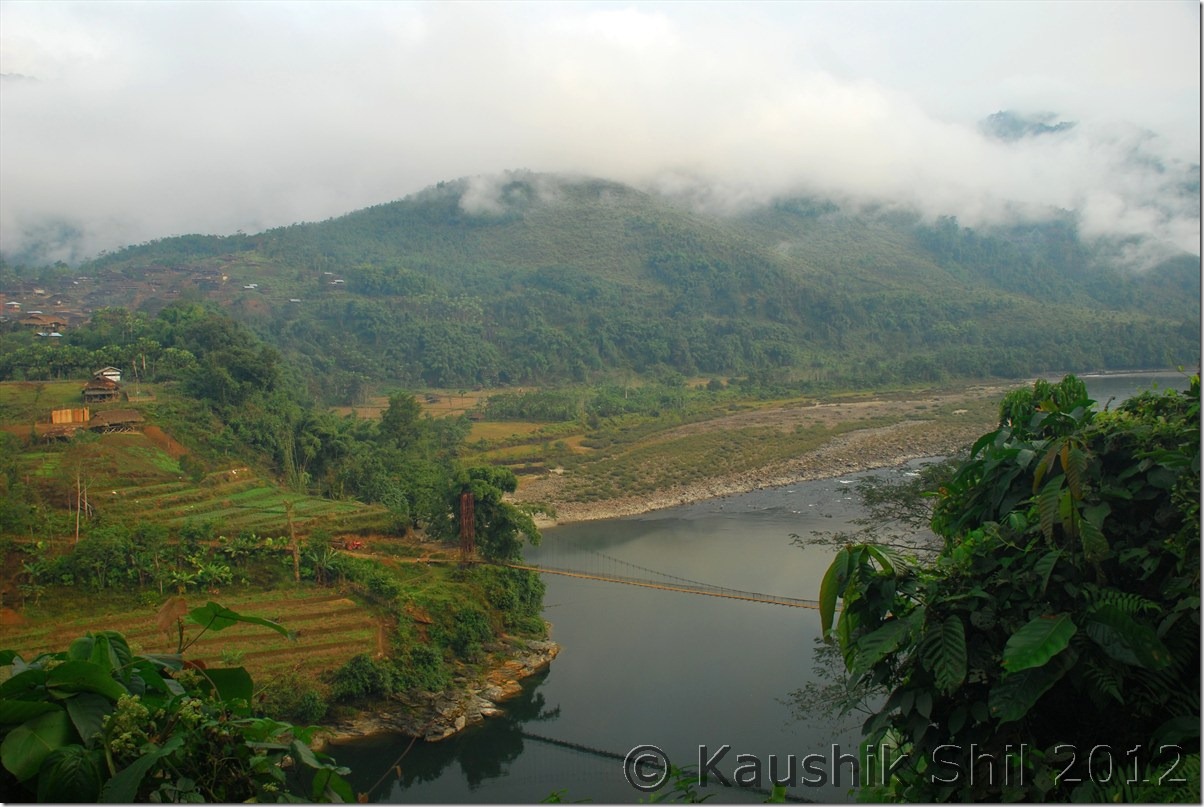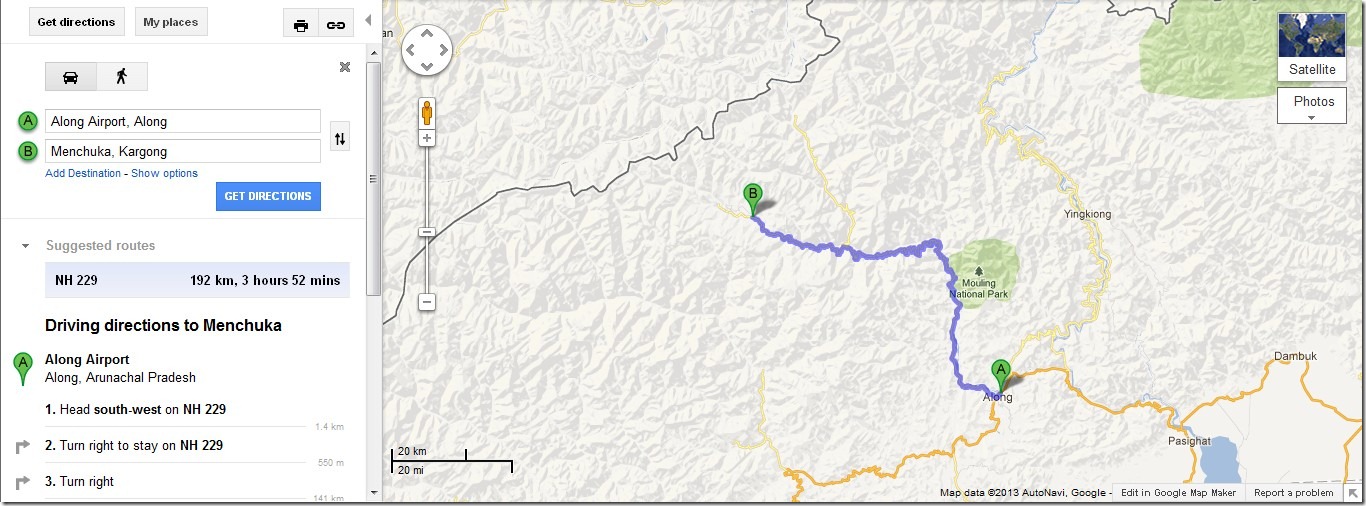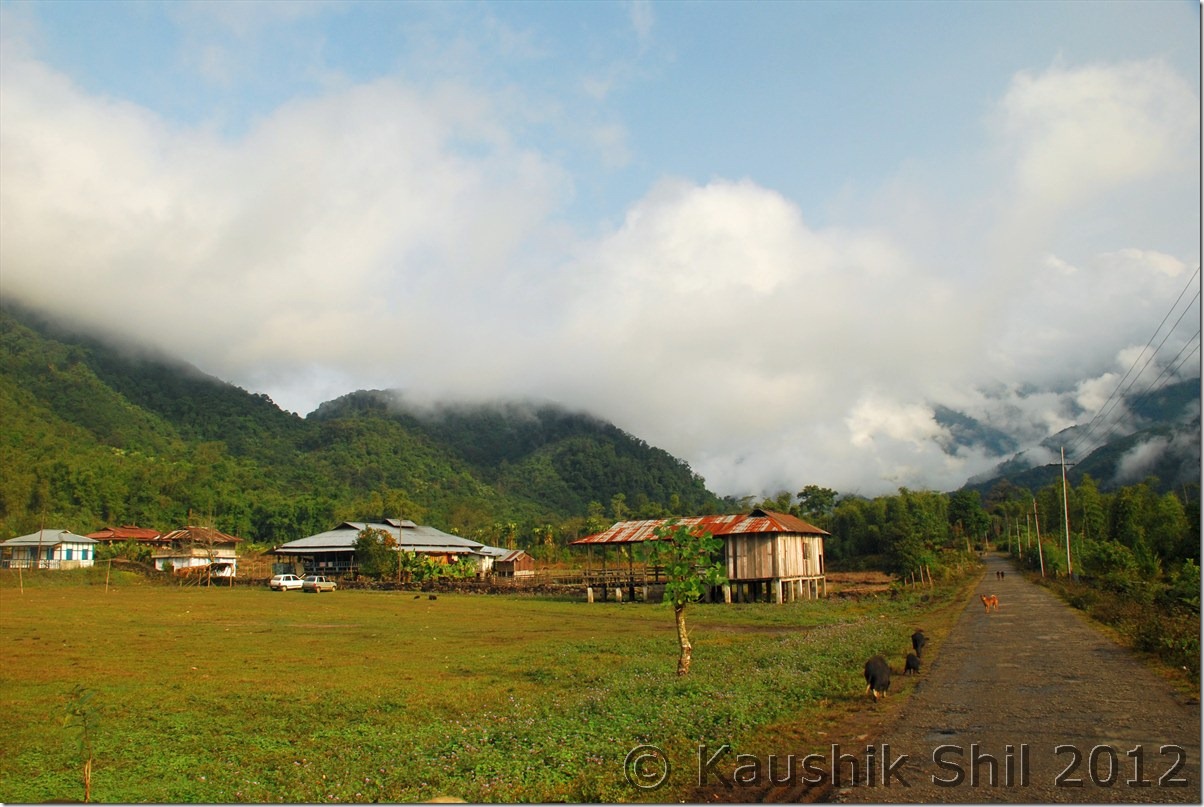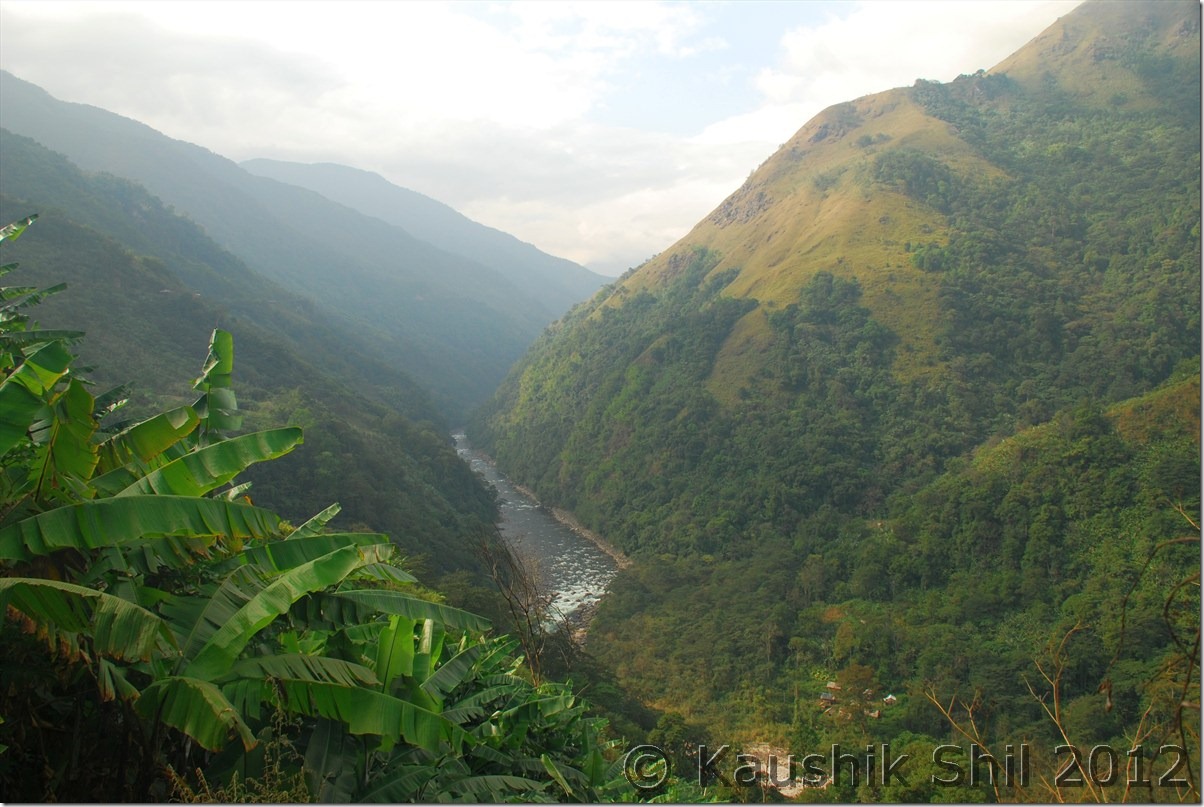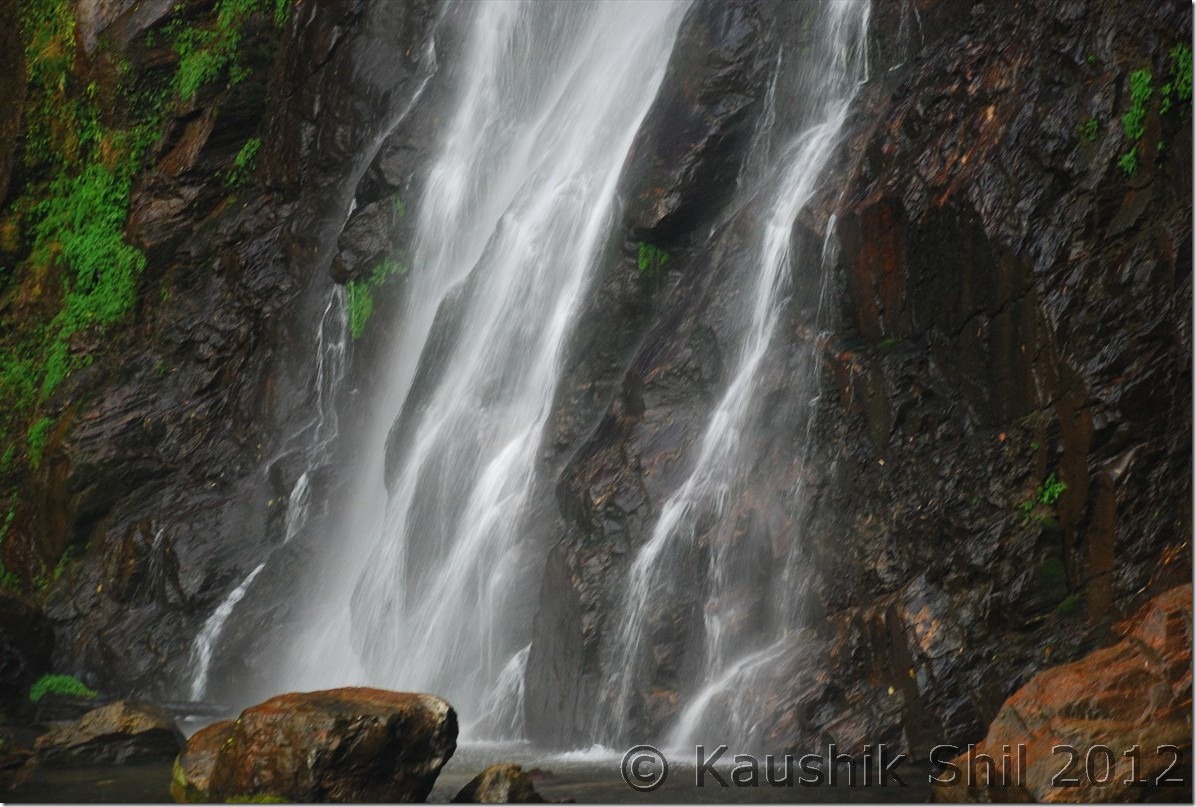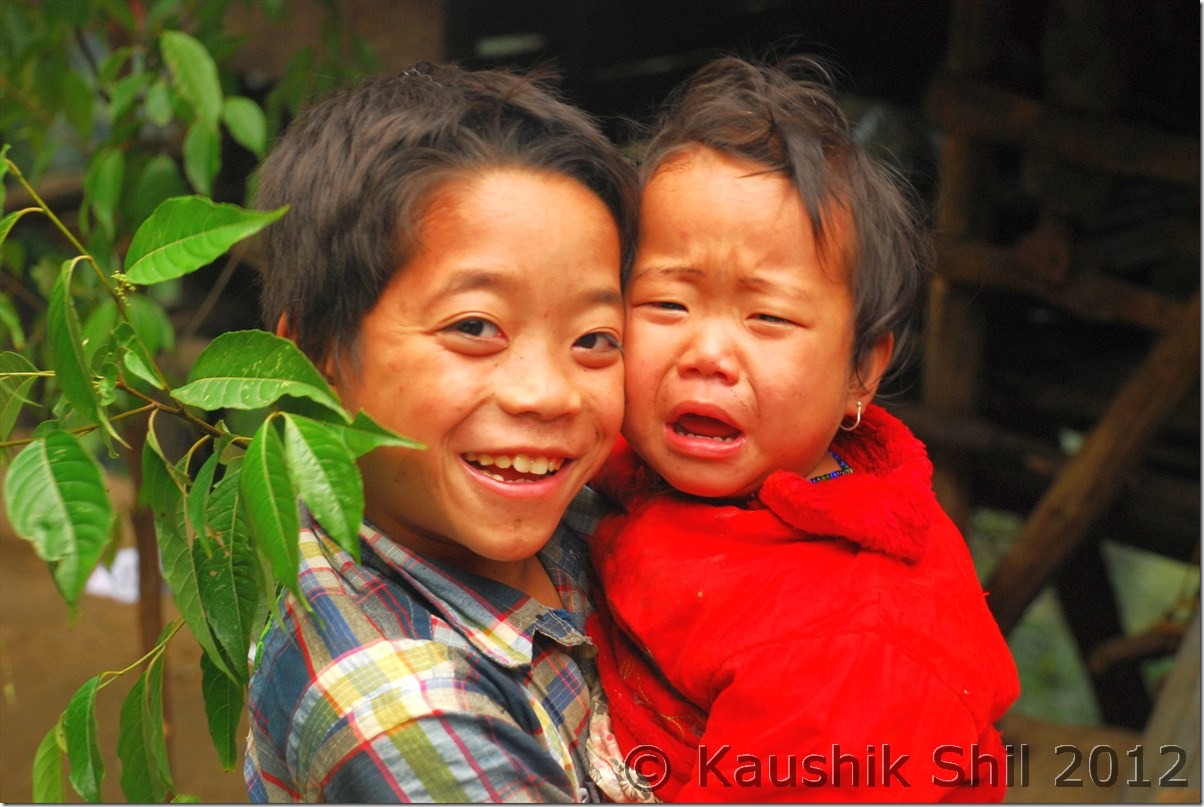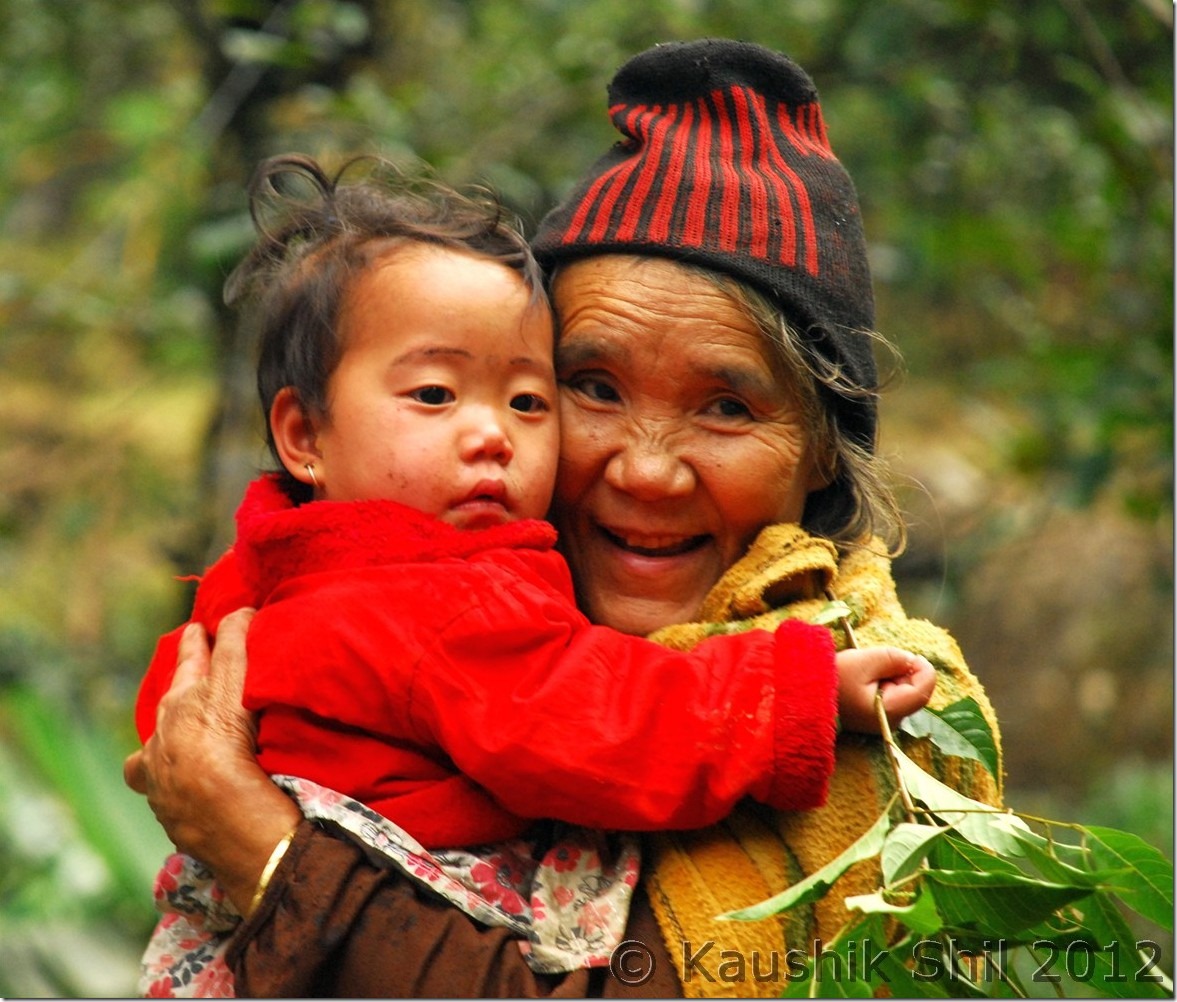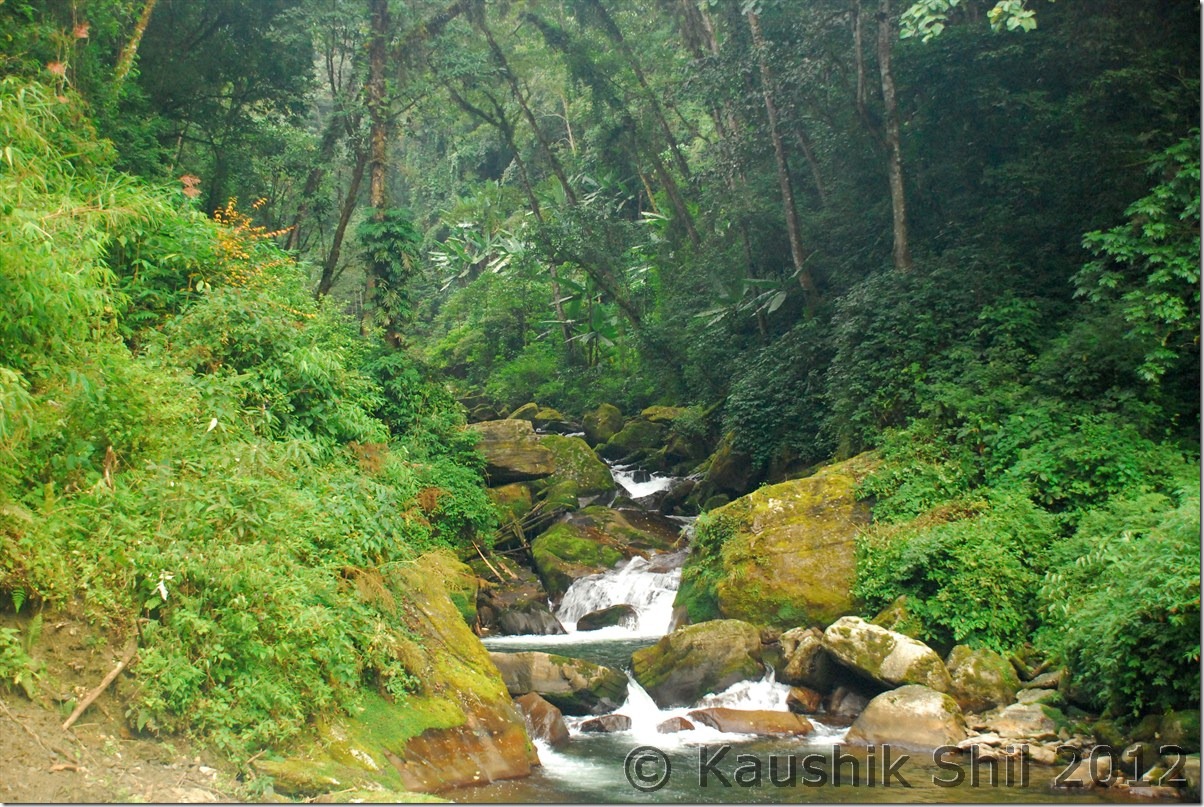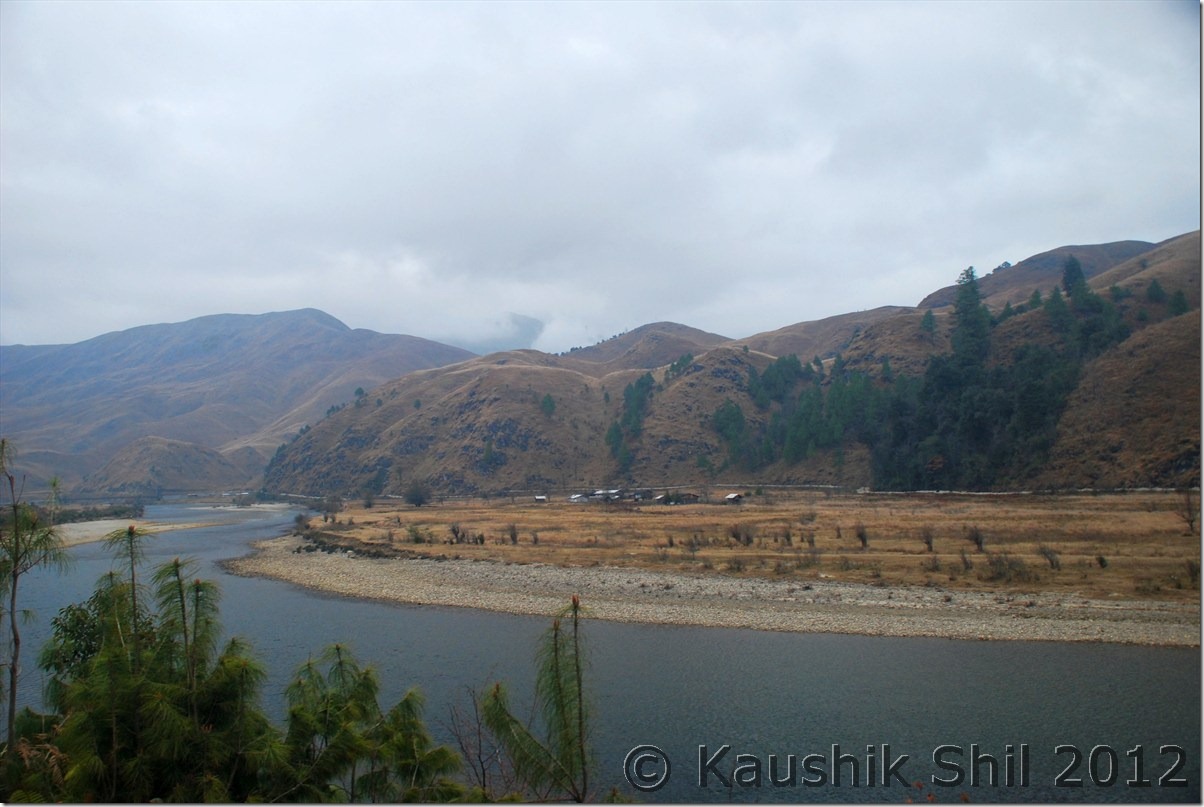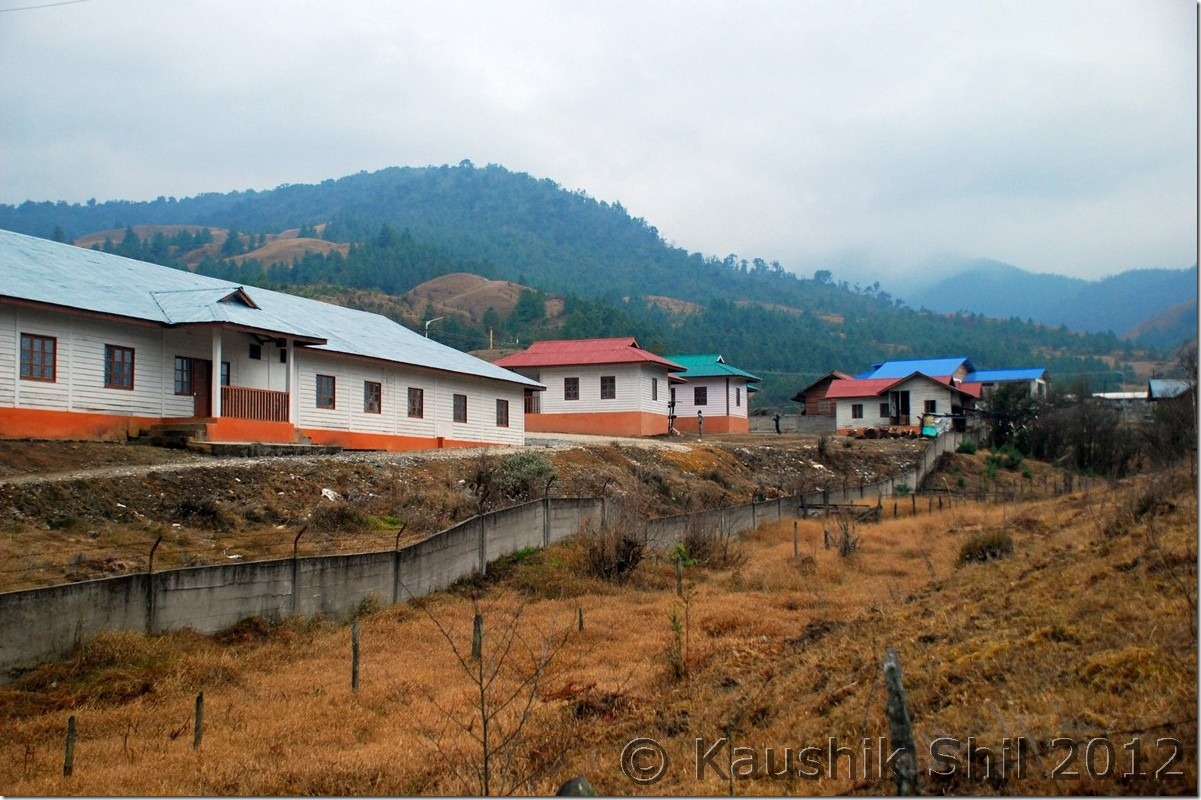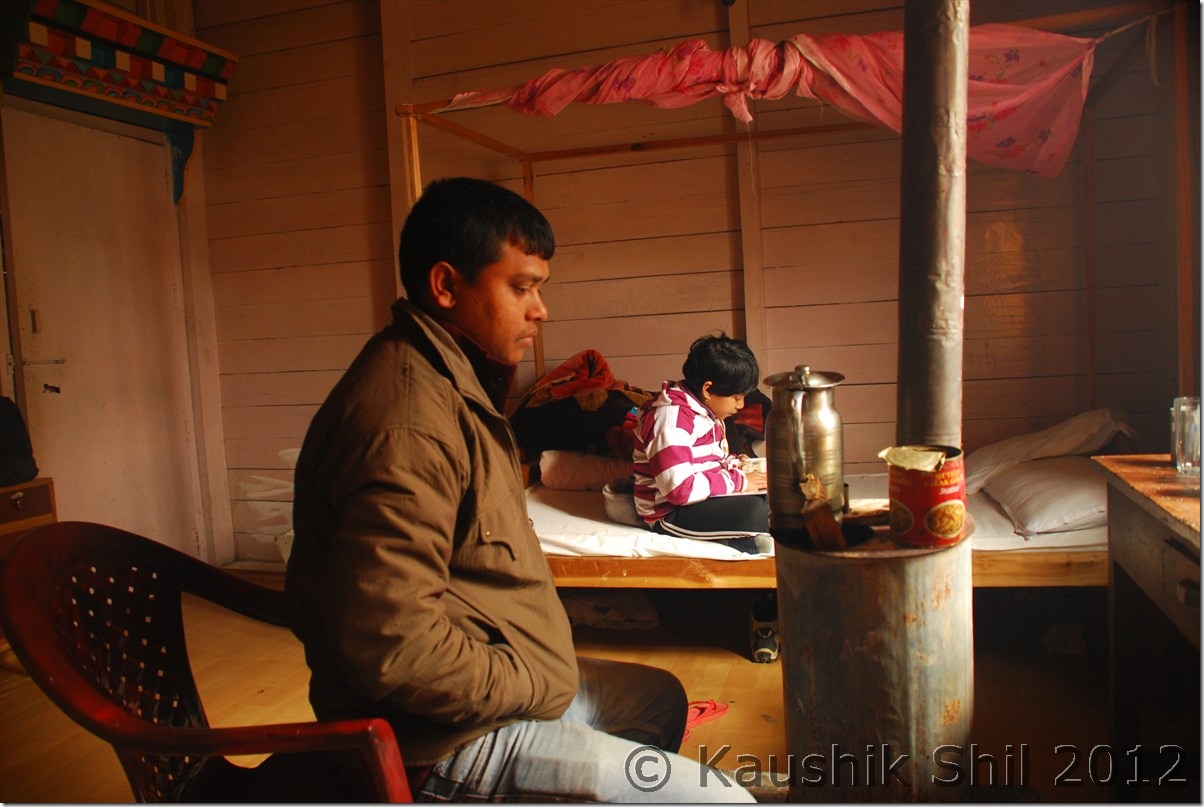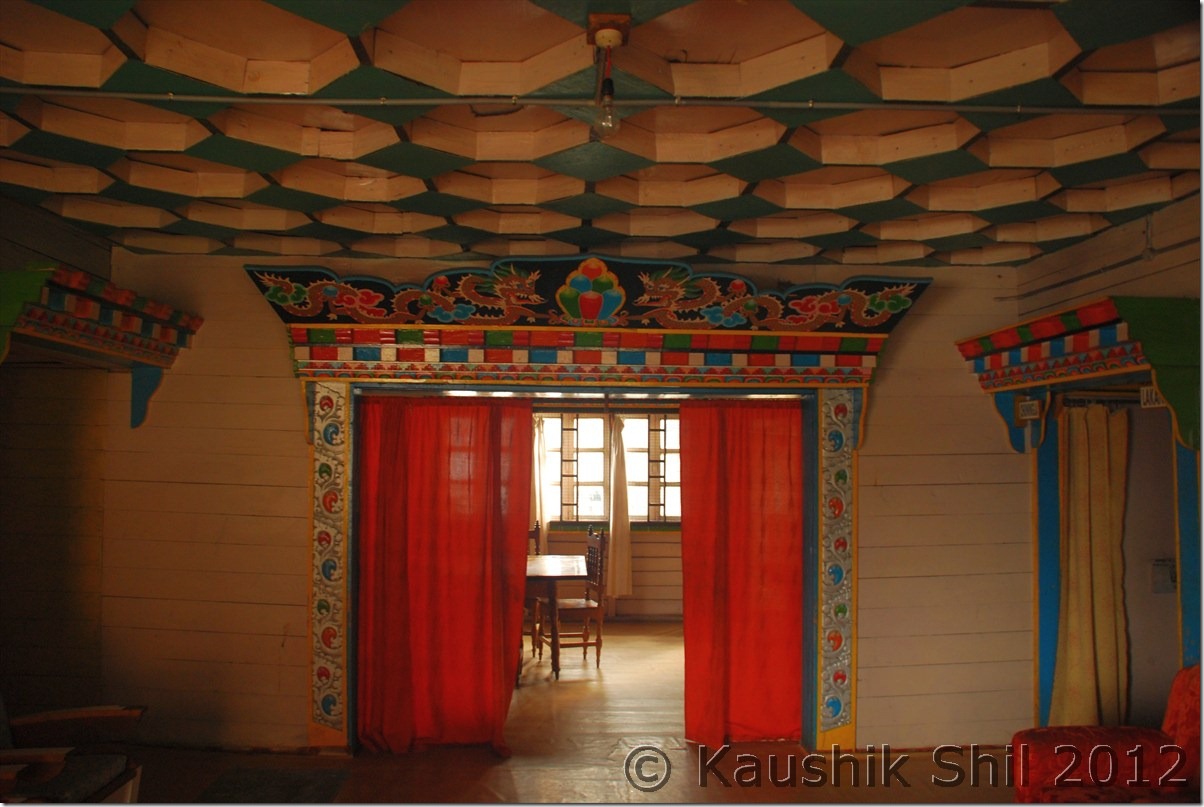This trip was never possible unless I would have got help from few fellow travellers like Kothanda Srinivasan, HV Kumar and Lindie. Trip log of Kumar is probably the only reliable road direction with valuable details for this region that available in internet; I didn’t even get any good map to plan for it. KS helped a lot by giving certain contacts of Dibrugarh, otherwise I never could get my ILP and Lindie’s help in getting accommodation details and information from web is invaluable. Phupla Singpo, a person who runs a NGO in Miao and Arif an engineer by profession and a great photographer by passion presently located in Jairampur were of great help and without their help I might not be able to cover all the places I intended to go.
My initial plan was quite ambitious and covering 3 weeks in Assam and Arunachal.. That cut short due to a family problem all of a sudden and I had to finally manage it in 12 days and because of that I decided to concentrate only on Eastern Arunachal and cancelled my flight ticket to Guwahati and booked it very late with heavy premium for 26th December to Dibrugarh.
Final Trip Plan was to start from Tinsukia and covering Roing — Mayudia — Tezu — Hayuliang — Walong — Hawai — Parsuram Kund — Wakro — Medo — Chowkham — Namsai — Bordumsa — Jagun — Miao — Namdapha –Jairampur — Nampong — Pangsu Pass — Ledo — Digboi – Tinsukia
Few Important Points to consider before making this trip
Let me summarize few points those are important to consider while making plans for an Arunachal trip specially central and eastern region. You can avoid these only by taking a service from an experienced tour operator in Arunachal but the premium to be paid for that would be extremely high.
Weather:
As the effective tourist season is quite short due to long spell of monsoon, the only option was to target this amazing place in Christmas/New Year holidays as November and December usually the driest in Arunachal and considering the remoteness and infrastructure problems, the weather plays a bigger role for a successful trip in this part of India. One day of heavy rain was almost ruining my trip, so checkout weather site and keep backup plan ready specifically if you go to remote place where river crossings or driving through boulders and mud roads are involved.
Accommodations:
The trip is little different than visiting other places of India because you need to plan in depth considering the absence of tourism infrastructure in the state except the Tawang sector. The available accommodations are only Circuit Houses, Inspection Bungalows or Forest Rest Houses those are usually cumbersome to book and even after that you always have a chance of cancellation in case of VIP Visit especially in a holiday season like Christmas and New Year. Usually repeated calls to DC/ADC/EAC/CO of the relevant district brightened the chance but in general communications in this regard only entertained 7 to 10 days in advance.
Inner Line Permits and Other Passes:
Other important thing is to going through administrative hassles of getting Inner Line Permits for the places you intend to visit and for some specific places even the special pass issued by District Administrations and Army. Some of the passes even require the Car Registration Numbers and Driver’s name and that makes it even more difficult to arrange in advance unless you drive your own vehicle. Permits usually issued for a specific tourist sector (Arunachal is presently having 11 approved tourist sectors) and it’s better to get the names of the place you would like to visit to be specifically mentioned in permit. I have two points to mention in this regard.
1. I arranged 6 permits, 2 from Kolkata, 3 from Mohanbari, Dibrugarh and 1 from Miao and permits issued from different places having completely different look and feel. This helps to some extent especially in check gates those are less touristy unlike Bhalukpong. In my case permits issued from Kolkata were scrutinized more rigorously than those issued from Mohanbari. So better option is to get permits from local offices if possible.
2. The rule is to enter and exit through same check gate and this sometimes make a round trip plan extremely difficult especially if you exit from a check gate where your vehicle is not entered. To avoid this I had to go extra 50 km when coming from Medo in Lohit to Miao in Changlang which is quite a lot considering extremely poor road conditions.
3. Considering backup plans, its better to arrange for all possible ILPs even if you don’t intend to visit all the places. For a remote state like Arunachal that might be really useful.
Vehicle:
Unless you drive your own vehicle, it’s an extremely important part to get a good vehicle and experienced driver to visit Arunachal. Vehicle costs the most among all cost components in the trip and without a good vehicle and driver it’s difficult to make this trip. Points to be noted are
1. The Vehicle Cost in NE usually having 3 components,
a. Dry Car Rent depends on type of car you choose but remote areas need Bolero/Scorpio kind of high ground clearance car as sometimes the NH shown in map is nothing but driving through river beds.
b. Drivers Daily Allowances varies from 300 to 500 per day or on actual. If you go to less touristy places, on actual having 3 distinct advantages, first it would be cheaper as almost all CH/IB having driver’s accommodation in low cost and second is less pocket money to driver is better in North East where drunken driving is a menace and third it helps to build up a rapport with the driver when you bear his costs on actual.
c. Fuel cost, it’s better to strike a deal on actual cost of fuel only if it can be ensured the car is in good condition and driver won’t take out fuel which is quite common here. Alternatively you can strike a deal of a rate like Rs/km or expected mileage of the car. My deal was car should give an average of 10km/ltr and if it goes better the profit would go to owner if less, loss has to be incurred by him, I ran for 1000km and paid for 100 liter diesel and adjusted the extra with rental cost.
2. It’s cheaper if you can strike a deal with owner or driver directly as sometimes 2/3 middlemen are involved when you go through travel agents. Also in my case I found cars from Tinsukia were less costly than taking it from Dibrugarh as because of simple economics of demand and supply.
3. Once again the roads are so poor, try to ensure that you get a car preferably less than a year old with good conditions even if that costs you a premium.
Food
Don’t expect dhaba or eateries anywhere in between specially when you are in Dibang Valley, Lohit or Anjaw, so try to get a heavy breakfast and keep dry foods and ample waters with you. This would save time as well in these slow roads.
Contingency Days:
Assam and Arunachal both are infamous for their sudden strikes and whatever small fraction calls it, for some reason it becomes a complete shutdown and may completely put your plan in a chaos. So keep extra days in hand.
26th December:
My indigo flight from Kolkata was a nightmarish experience just because of the Chaos in Kolkata airport on that day. I was almost missing the flight even after reaching airport 2 hours before the departure time. Would think twice before booking Indigo in a rush time from Kolkata. Landed 20 mins late at Mohanbari and had a great weather, from flight got unhindered views of Himalayan range and got an Indica to move to Tinsukia as I decided to start my trip from there instead of Dibrugarh. Tinsukia is having a few hotels but only 2 of them are good, Hotel Ballerina is prohibitively costly considering its ambience, I chose Hotel Mayur Jyoti, a value for money hotel, room rent was around 1000 all inclusive tax and food was good. While coming at Tinsukia, saw a few posters of “Assam Bandh” on 27th December, didn’t give much thought as it was called by a not so well known Students’ Union but when I called up the Owner of the Car I have chosen for my trip he said only next day we would be in a position to judge the situation. So went for sleep with hope nothing would happen and I might be able to stick to my plan.
27th December:
Got up at 5.00am as I was planning even if strike happens, I might give it a slip by leaving early but Assam Bandh is something spectacular, it starts from 5.00am and usually called for minimum 24 hours (I heard of 100 hours Strikes too there). Called up the owner of the car and he said we have to wait until 8.00am to see the situation and by 7.00am I understood I was going to loose a day, no shops were open, no transports on the road. I had no other option than to just lock myself in the hotel room for the whole day and try to do the toughest job, re-planning an Arunachal trip.
28th December:
Got terribly irritated by a 24 hours unscheduled stop and left Tinsukia sharp at 6.30am. Followed the AT Road and from Makum the road bifurcates, right goes to Digboi and straight one towards Dumduma/Dirak. It was a foggy morning and a nice drive through tea gardens on both sides. Soon we crossed the junction where again road towards Dirak gate/ Parsuram Kund gets separated in right and reached the Brahmaputra. (Technically the river was still Lohit as after this place when Dibang and Siang meet Lohit, the river is named as Brahmaputra). The road up to this (almost 50km from Tinsukia) was brilliant and we reached there at around 8.00am. As because of winter, water receded far away and we had to drive almost 3 km through river bed to reach the actual waterline. The Govt Ferry was scheduled at 9.30am that charges 200/- to ferry car and 10/- per person but as we were in a hurry to make up our lost day, we decided to hire a private boat and it was proved to be terribly costly, they understood our situation and asked for 2000/- that was negotiated to 1500/- and finally we crossed the river to other side (Sadiya Ghat) by 9.00am. In Monsoon crossing this stretch takes 3 hours as per the boatmen, Fund is already sanctioned for a bridge here and work started but considering work culture of Assam; locals expect at least 10 years to get the bridge completed. The Bogibil Bridge is still not 50% completed and current estimated completion time is 2014. Once again after another 2/3km river bed drive on other side and paying a toll of Rs.30/- for some unknown reason we hit road in Sadiya District of Assam probably the worst road in whole Assam. Roing was barely 37km from here through Shantipur gate and it took us almost 3.5 hours. After a terrible journey and checking ILPs in Shantipur gate we reached Roing around 1.00pm straight proceeded to Sally Lake Guest House, a forest department bungalow within Mehao Wildlife Sanctuary located in a nice ambience just beside Sally lake. You could book it through ranger Mehao Wild Life Sanctuary and that’s highly recommended unless you can manage circuit house or Forest Inspection Bungalow at Roing. There are two private hotels (Lasa and Mimu) in Roing both are extremely filthy and difficult to stay even for a single night. We just checked in the forest bungalow and proceeded to Mayudia to make up our lost time. The road to Mayudia is extremely scenic and mountain roads through Mehao WLS, you might need quite a few photo stops in between and if you could cross this stretch early in the morning, chances of watching various species of birds are quite high. The road barring last 15km of total 42 km from guest house was good. This is the same road that goes up to Anini via Hunli, both are having circuit house to stay. Road to Anini is still cut off now for almost 8 months and even telephone lines are down, only communication with rest of the country is through helicopter. We got snow at Mayudia and that’s the primary reason why tourists visit there. There is a Forest Guest House close to the Pass where one can stay but there is no electricity there. Drove back to our Guest house in evening, experienced unforgettable sunset on Dibang River on the way.
Showkiaghat drive through Brahmaputra Sand bed:
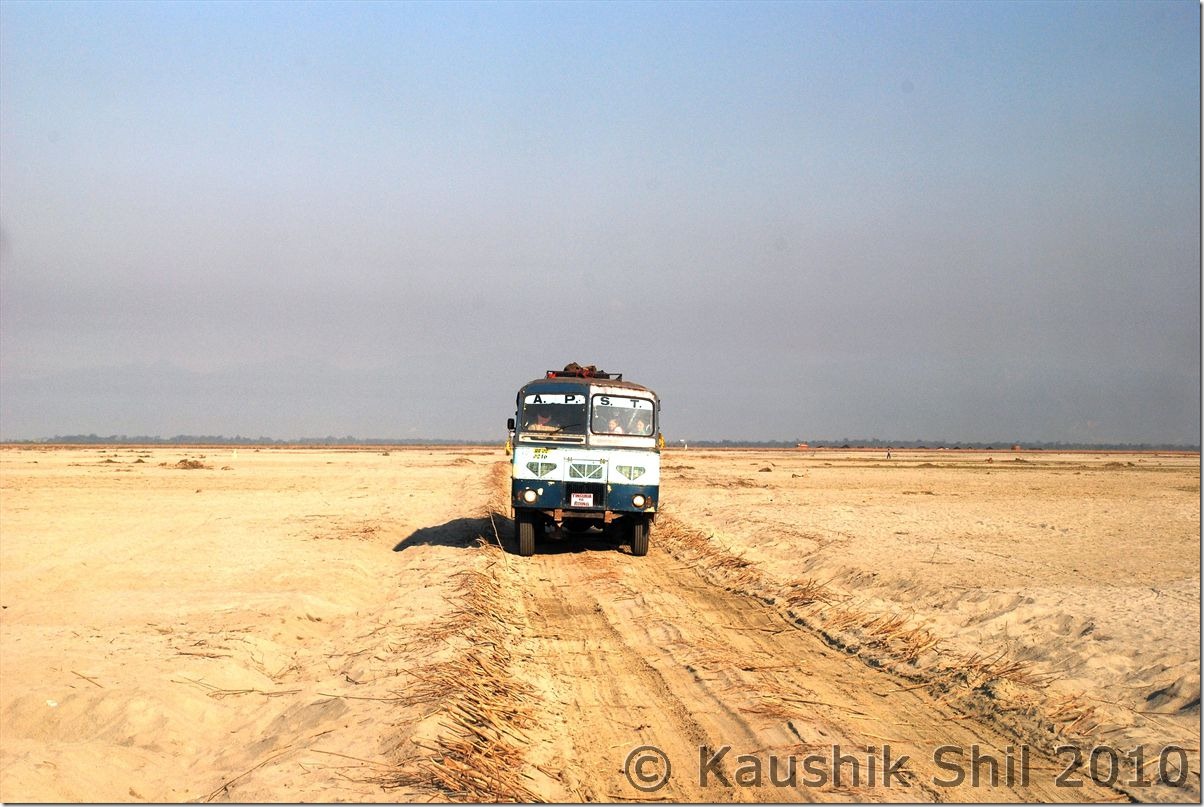
Crossing Brahmaputra:
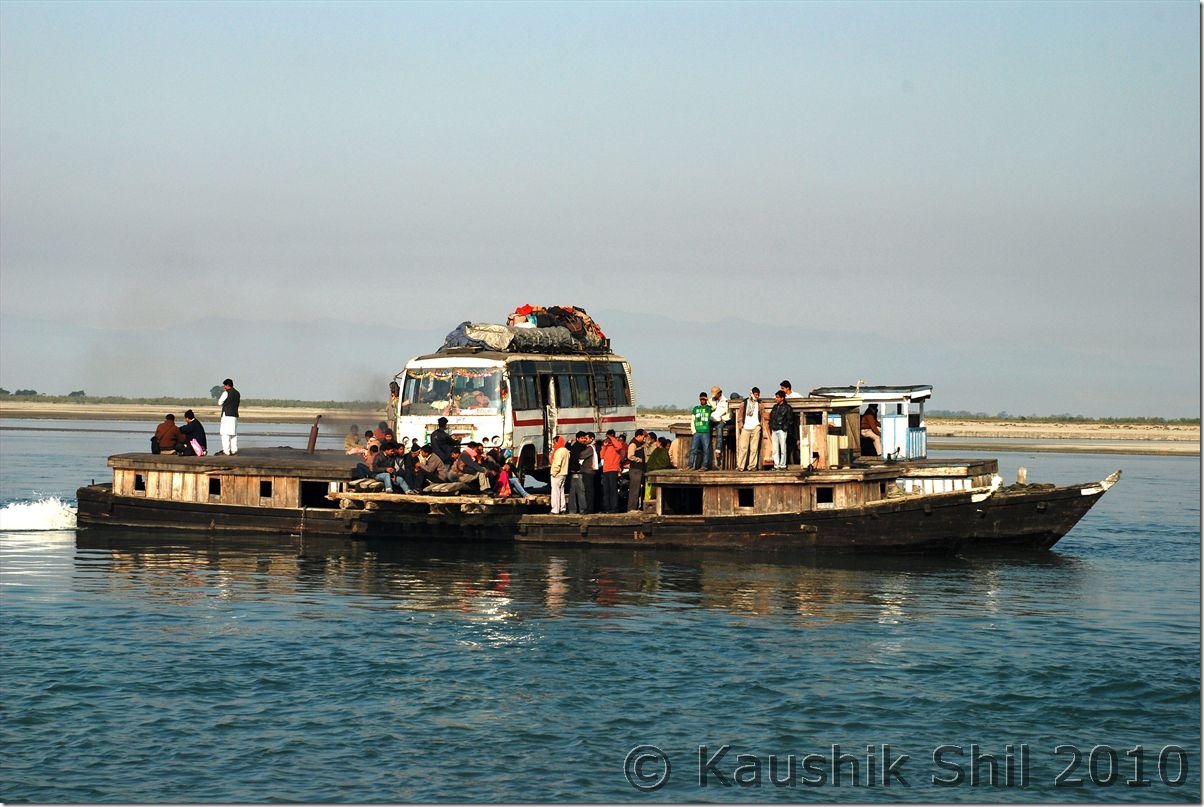
Sailing on mighty Brahmaputra:
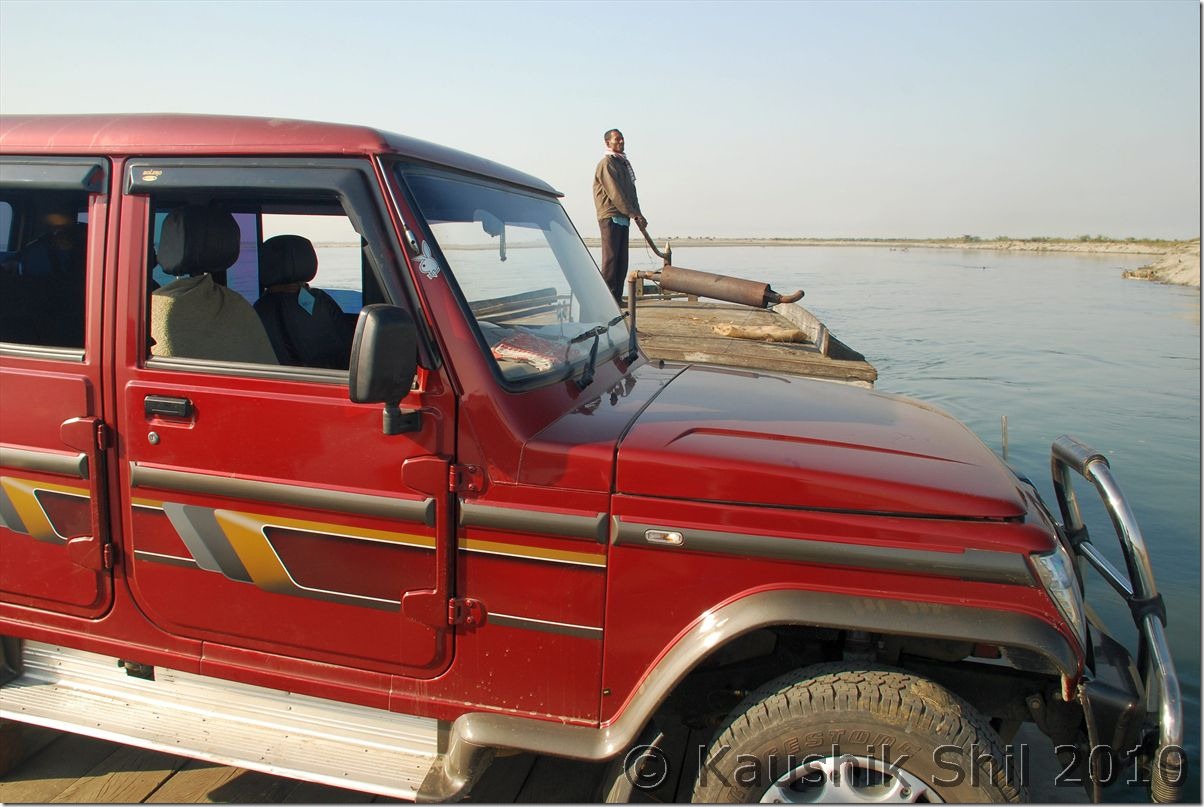
Sally Lake Guest House owned by Forest Department:
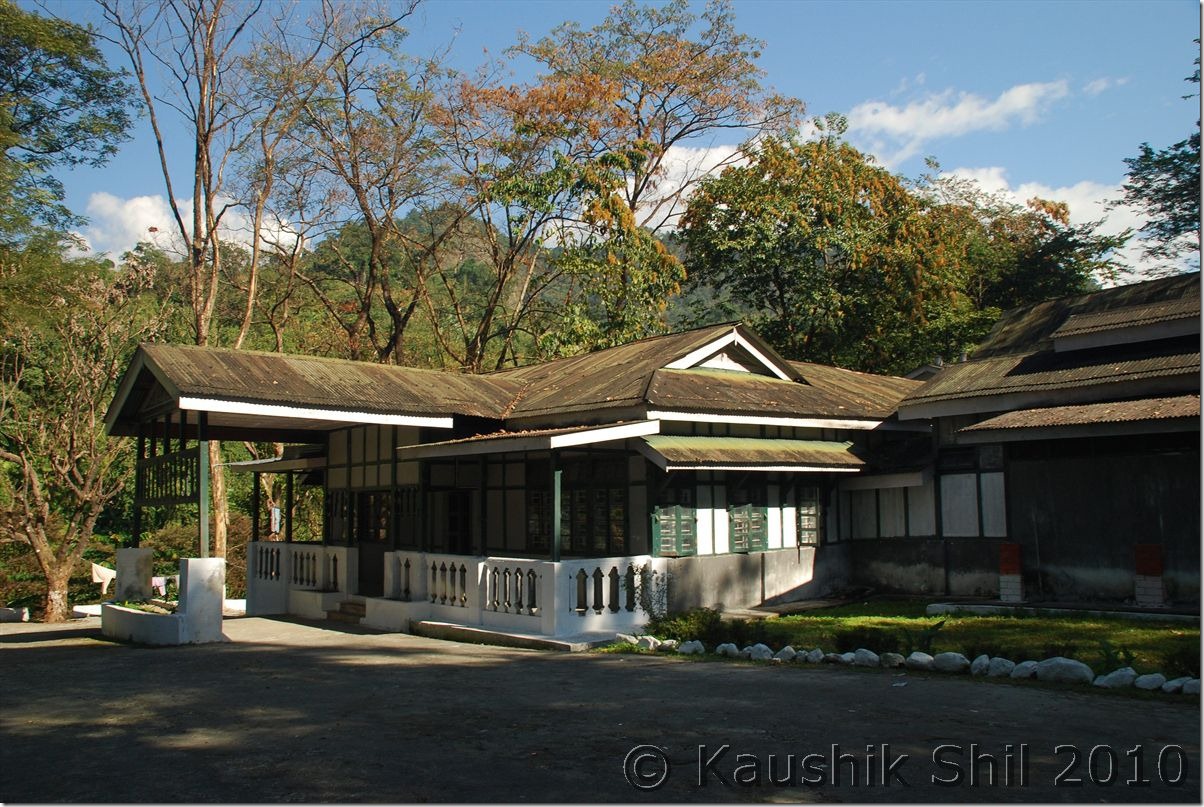
Mists covering road to Mayudia:
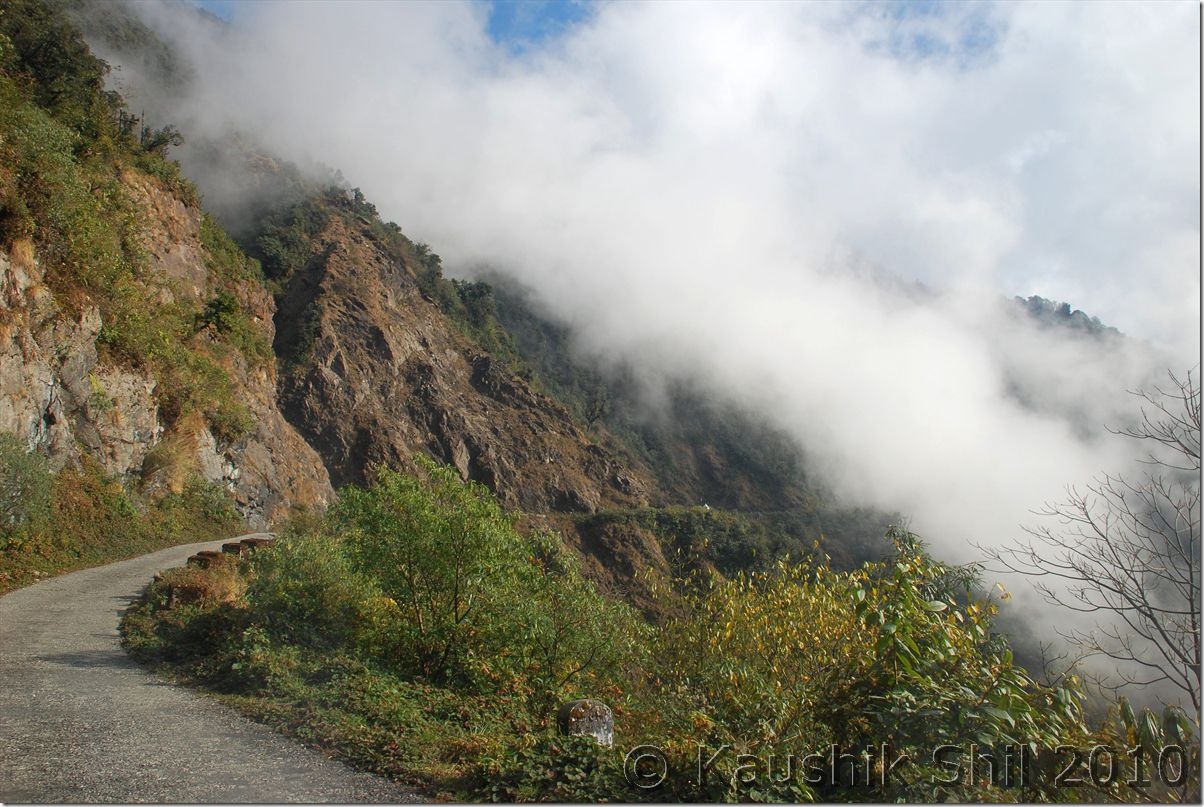
At Mayudia Pass:
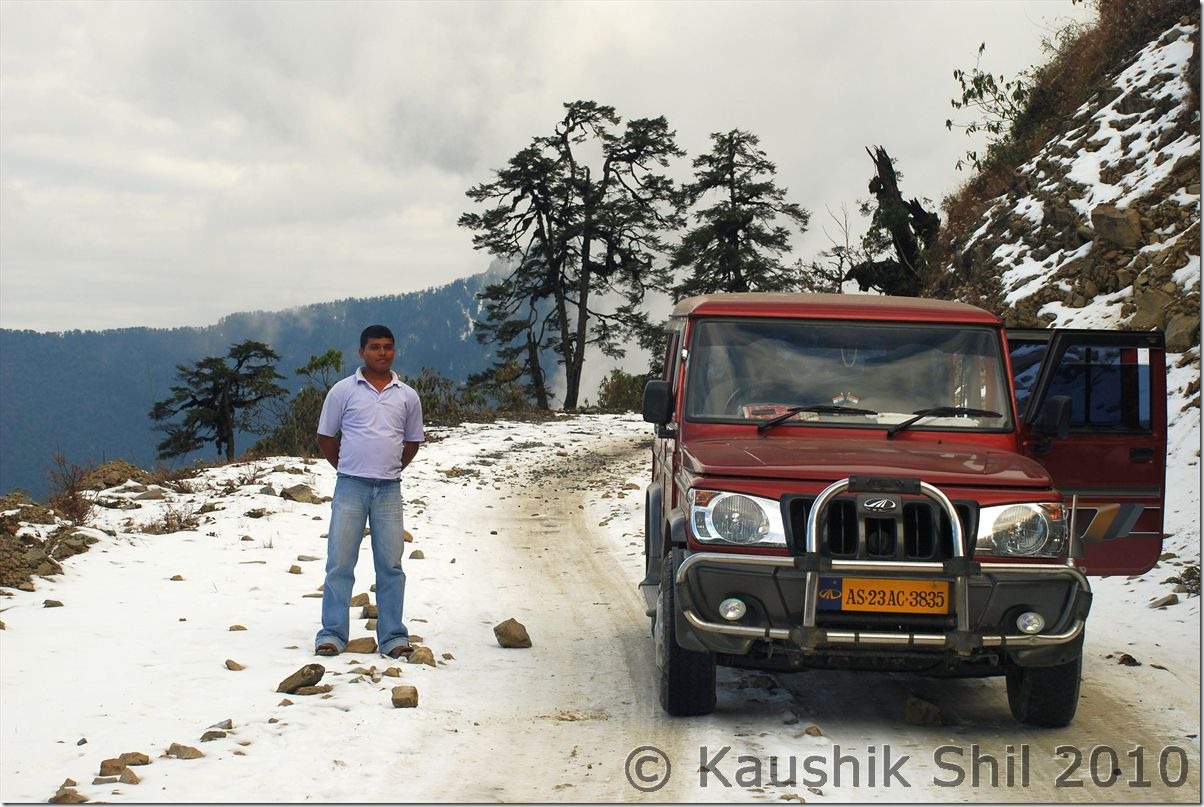
Sun sets on Dibang Valley:
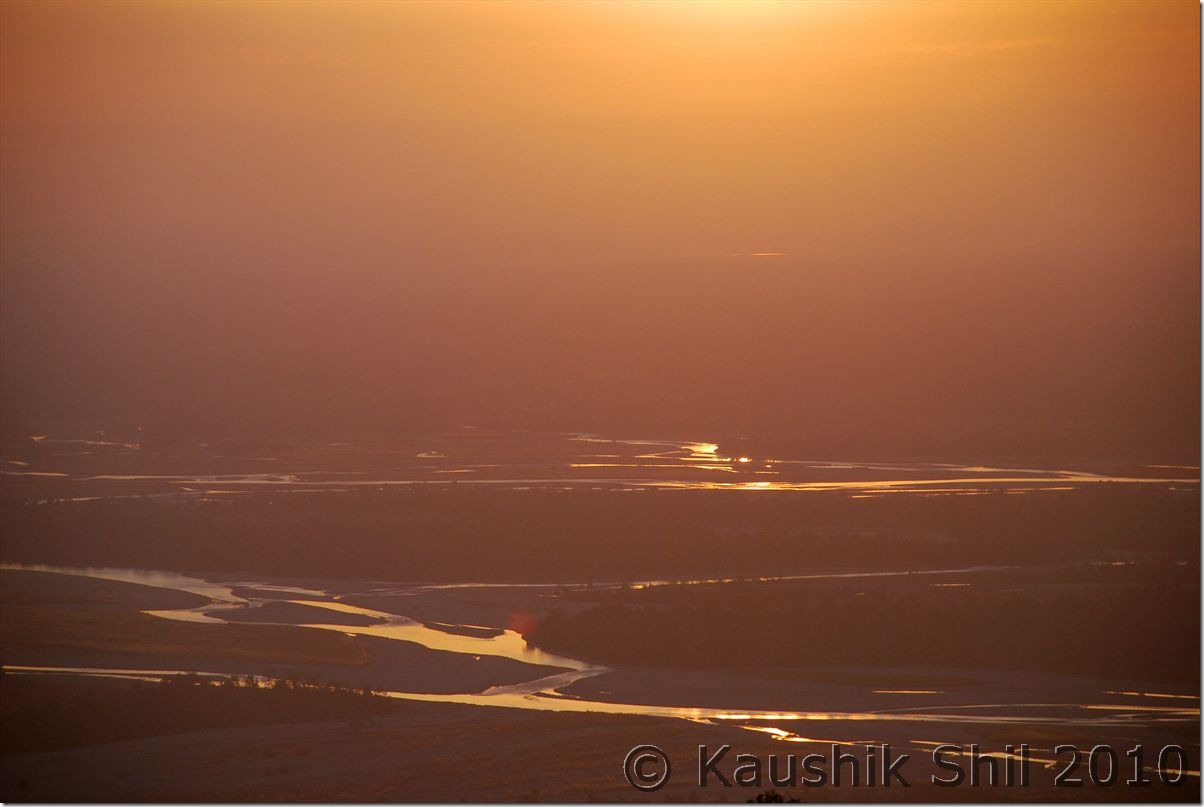
Setting Sun on River Dibang:
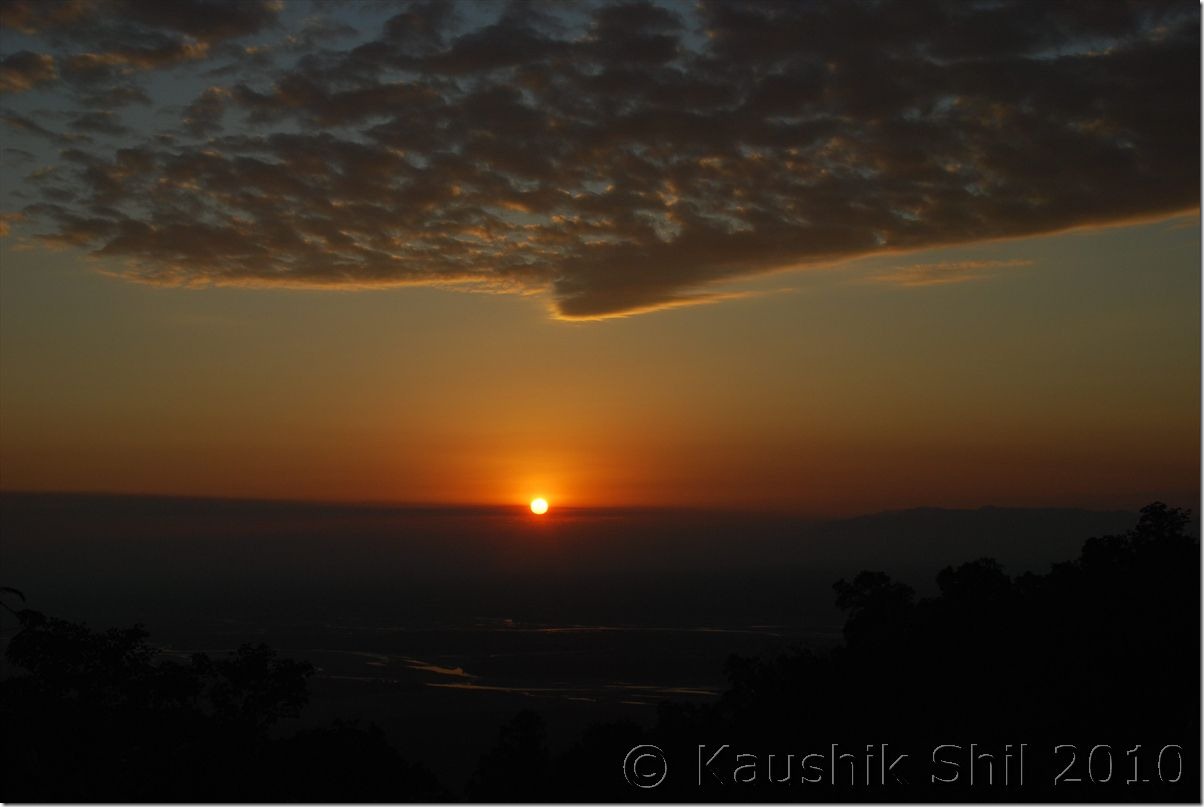
29th December:
Again we had a long day ahead as I was planning to reach Hayuliang on that day, the shorter route from Roing to Tezu is through Bhismaknagar (an eighth century archaeological site) and I was planning to take that. But in main market when I enquired about the road condition (always advisable in Arunachal) all local drivers told me not to take risk in that road without a 4X4 vehicle as it’s mostly through various river beds with lots of Boulders. I changed my plan and as per their advice came back to Assam through Shantipur Gate and entered Arunachal again through Sunpura Gate. The road was almost non existent here as well; mostly through village roads we finally reached Tezu (from Roing its 67km) after a drive of almost 4.5 hours. In Sunpura gate my ILPs issued from Dibrugarh was of great help as Tezu was mentioned very clearly there, where as the ILP I got from Kolkata only having the districts mentioned. In check gate those guys started telling me a story of newly introduced charge of Rs.250/- per vehicle from tourist and when I challenged and asked them to show the Govt Circular, they simply let me go after requesting for some tips. To reach Tezu, we had to cross at least three rivers, one having good amount of water, every year the bridges are being washed away in monsoon, we could see them and new bridges for next season are being built probably to be washed away again. Tezu is last big town in the region and we took whatever we require starting from dry foods to water and finally started for Hayuliang around 11.00am. The roads after Tezu is excellent, probably being made recently for Parsuram Kund festival that is scheduled in Mid January and biggest festival of Lohit District. We crossed the Y-Junction at 12.30pm (24km from Tezu) where one fork comes from Tezu, other goes towards Namsai via Parsuram Kund and the third one goes to Hayuliang. From here the hill starts and Lohit river starts giving you company until you reach the north eastern most border between India and China. The road is extremely scenic but at least 6 stretches of 1 to 2 km each until Hayuliang were horrible and could be broken even in slight rain. The mountains and deep turquoise colored Lohit would be with you all along with several Orange Orchards in between. We reached Hayuliang (65km from Y Junction) around 4.00pm and as advised by ADC, instead of IB at Hayuliang we stayed at Circuit House of Khupa just 2 km ahead of Hayuliang. It’s recently built in 2009 and looks very new. The person there is very friendly and food was good as well. Had a nice sleep after a long day.
Last few villages in Plane before the hill starts:
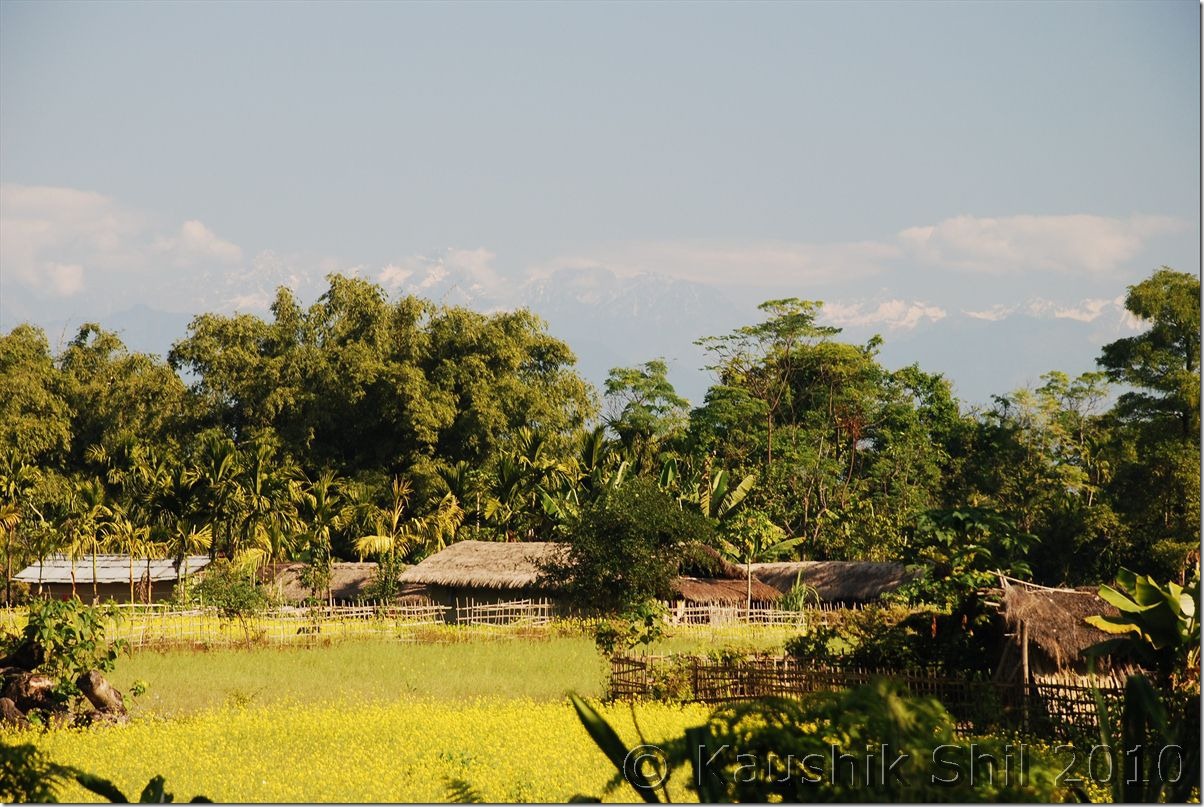
The famous roads of Arunachal:
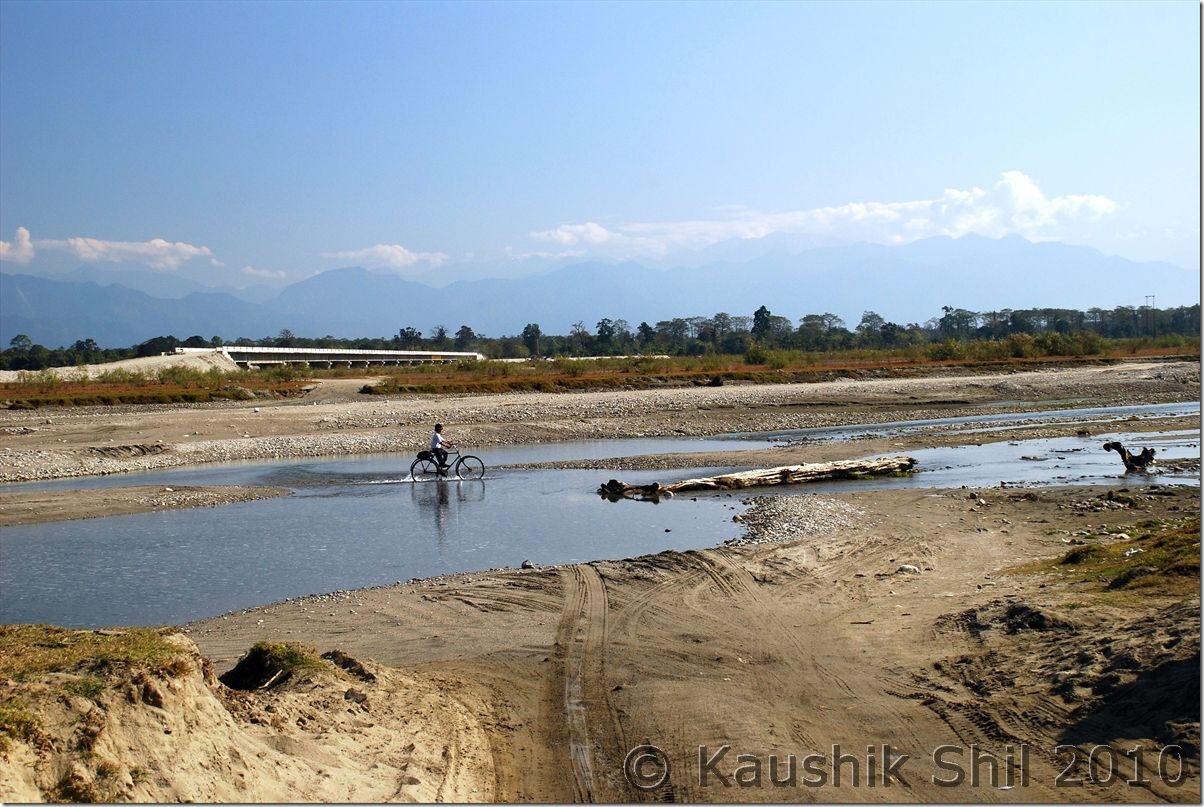
Leaving Tezu proceed towards Hayuliang:
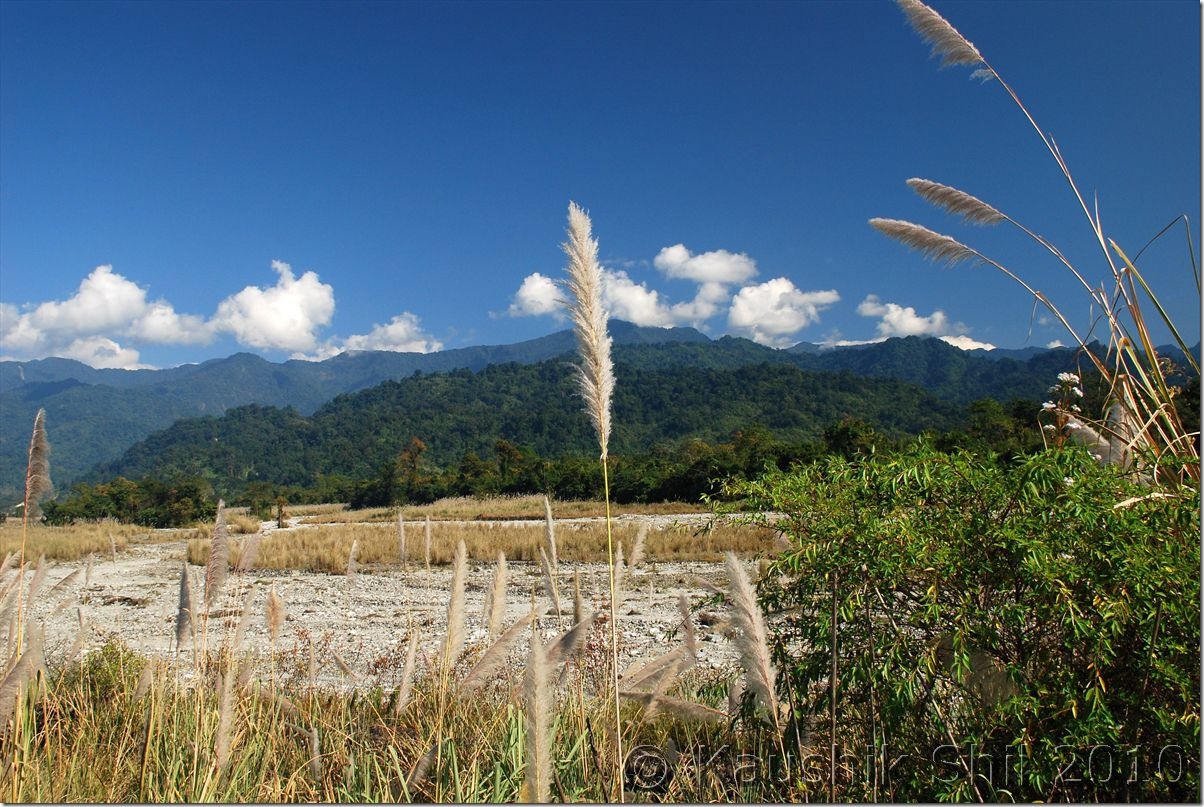
Village of Anjaw:
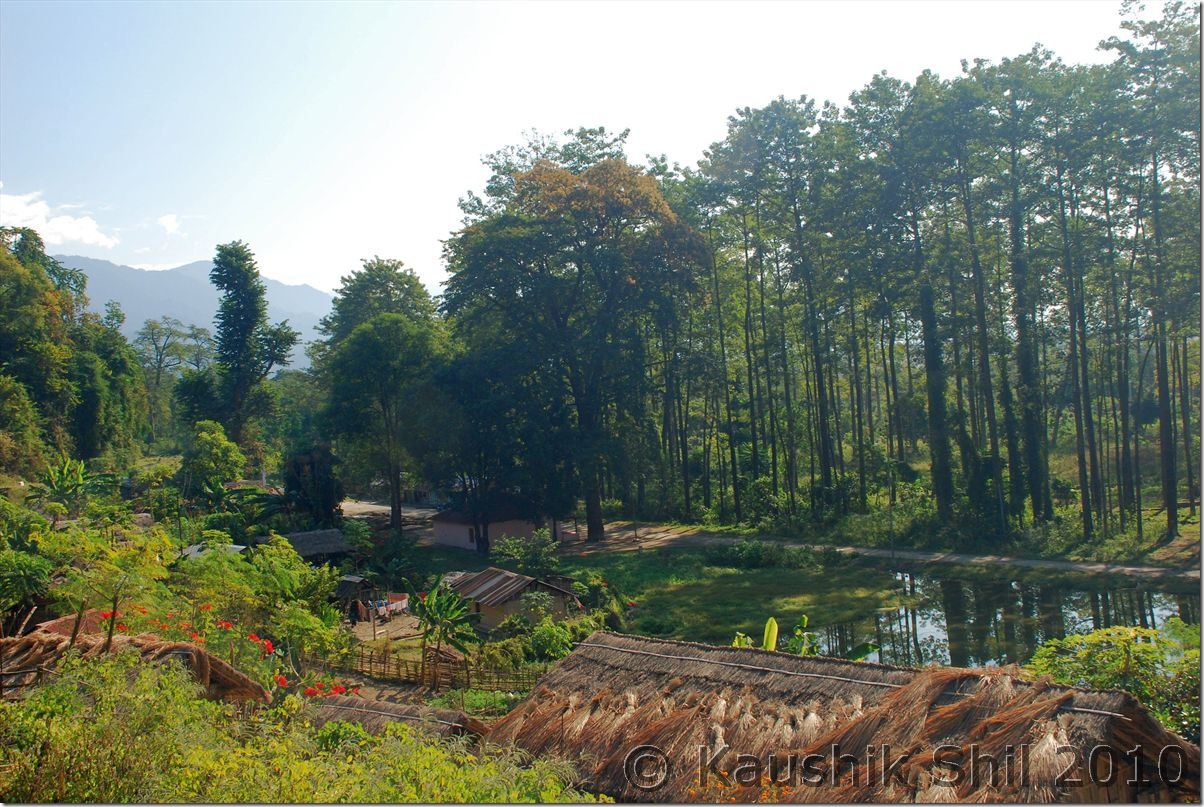
Lohit River Basin from Top:
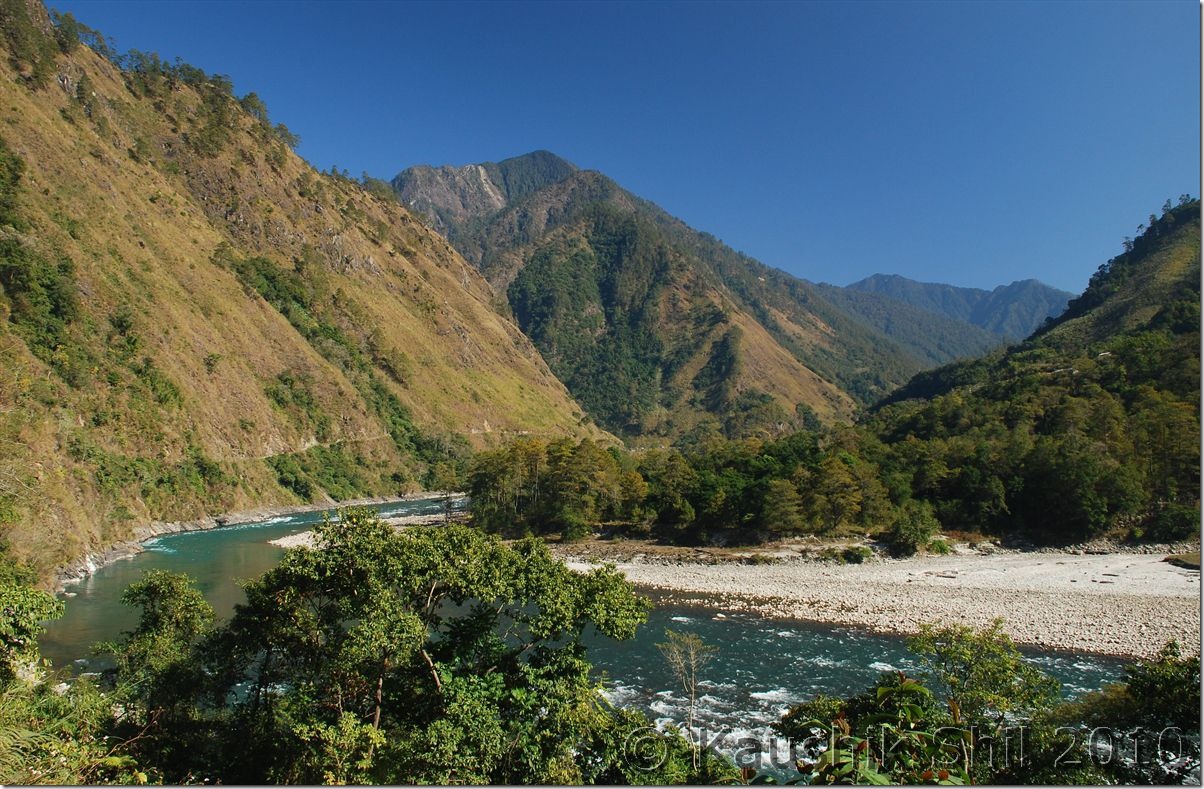
Mishmi Kids:
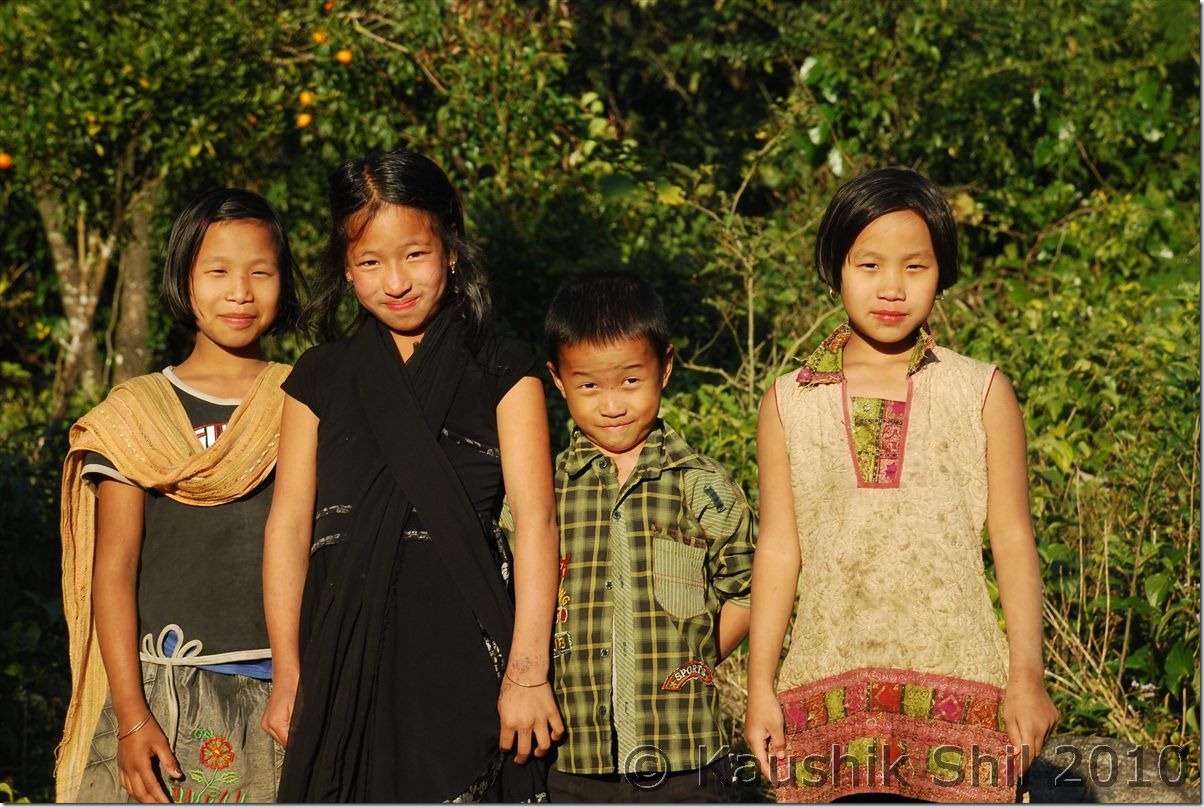
Orange Orchard:
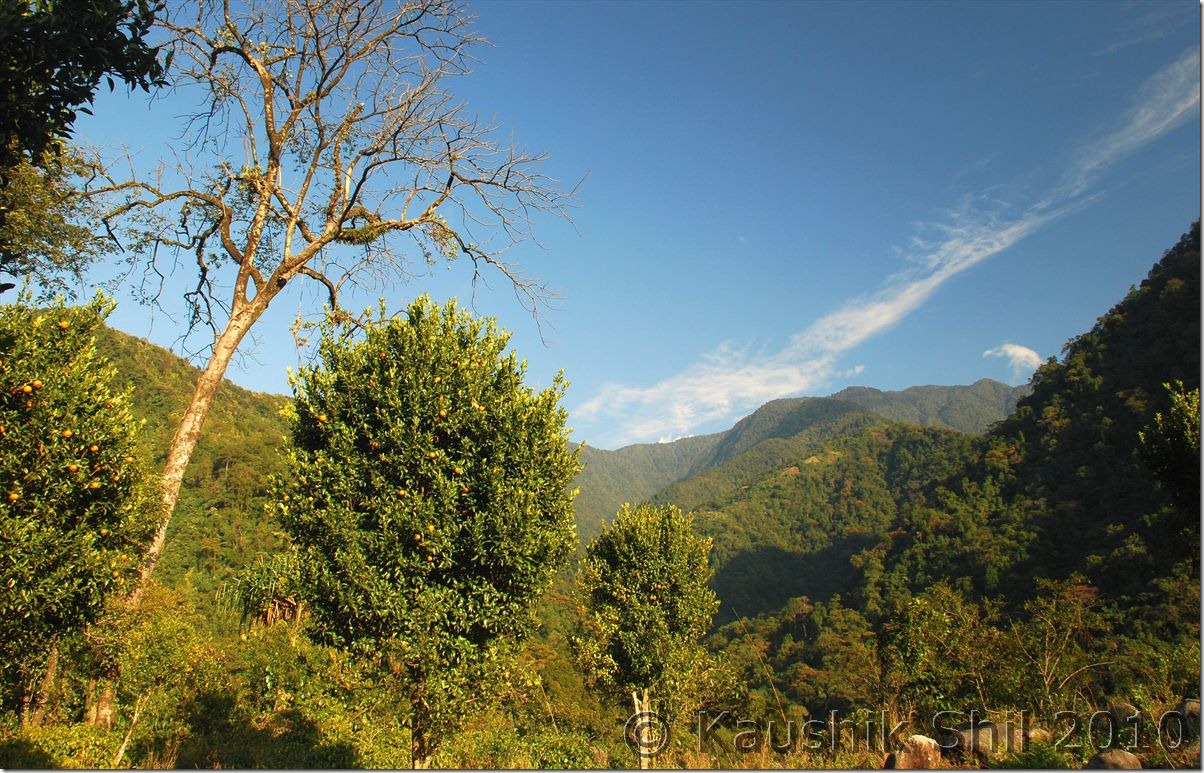
Circuit House at Khupa excellent place to stay:
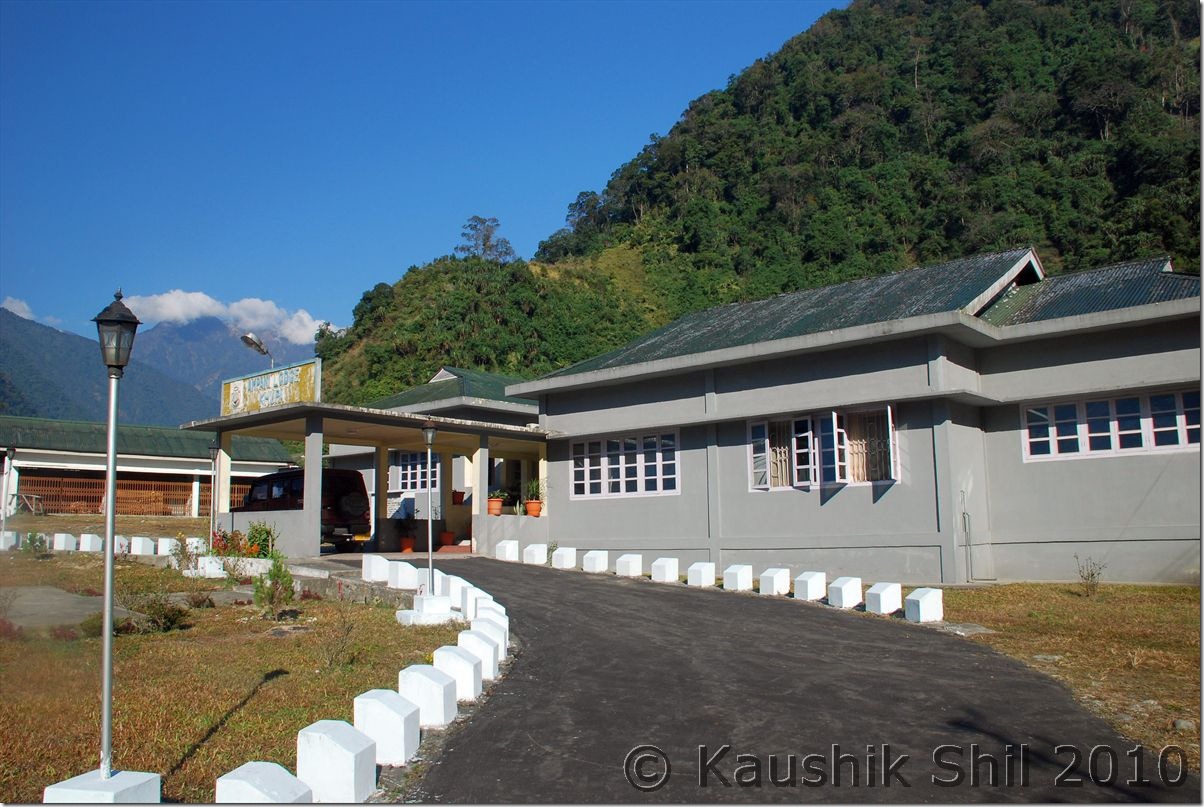
30th December:
Started around 8.45am in the morning for Walong after the breakfast, There was a new road built by BRO to Chaglogam, another remotest circle of Anjaw but already broken in this year’s heavy monsoon. The road starts 5km after Hayuliang and may be later I would comeback for this stretch again. We drove along main highway, crossed the Chinwanti (47km from Hayuliang where the road to Hawai diverts) at 11.55am and leisurely driving and stopping for snaps all along the road. There are couple of hanging foot bridge over Lohit and we experienced crossing them, They are so narrow and starts swaying even with slightest wind, it is surely a life time experience crossing over them on foot. We reached Walong (85km from Hayuliang) only at 3.30pm after enjoying all through the road. At Walong we stayed at Inspection Bungalow, pretty cheap @Rs.200/- but excellent room and location to stay and we repented not planning to stay here for longer. There are several side valleys to explore from Walong like Helmet Top, Namti Top all having signs of 1962 Sino-Indian War. We had a nice dinner and then a good sleep though it was bone chilling cold at Walong.
Lohit flowing through Anjaw:
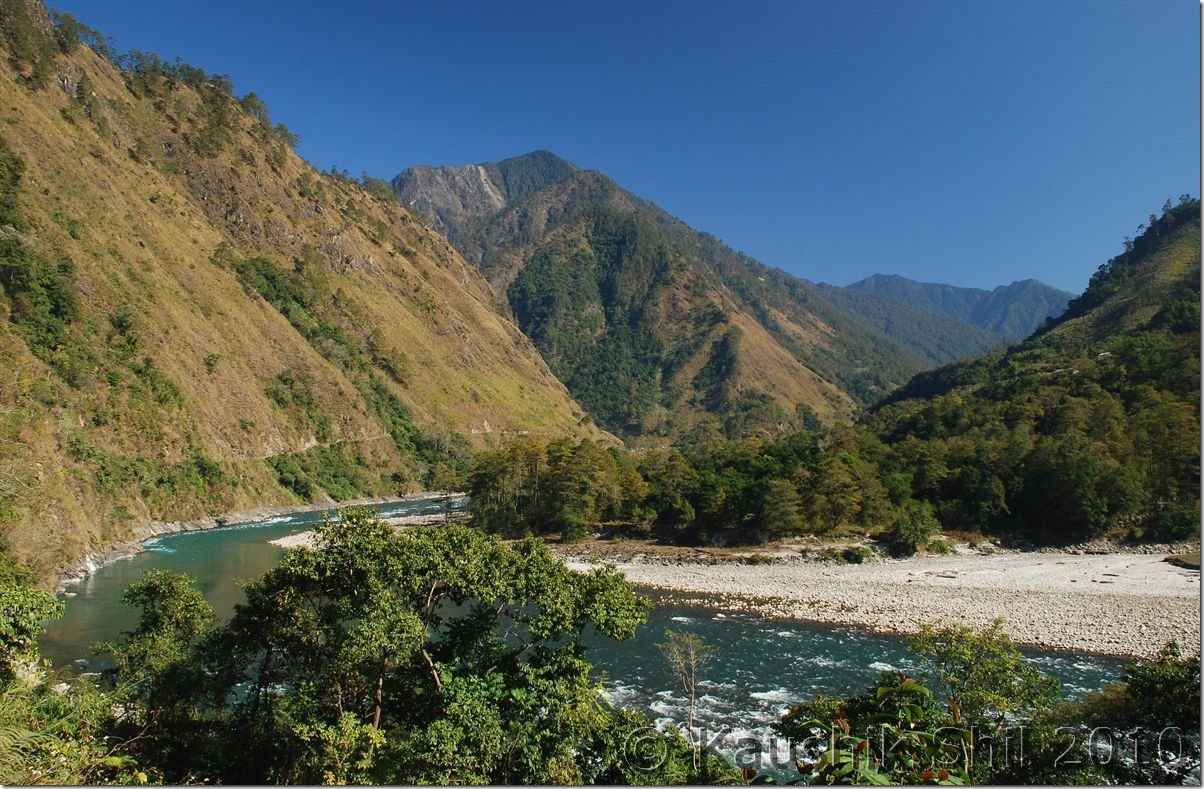
Hanging Bridge on Lohit:
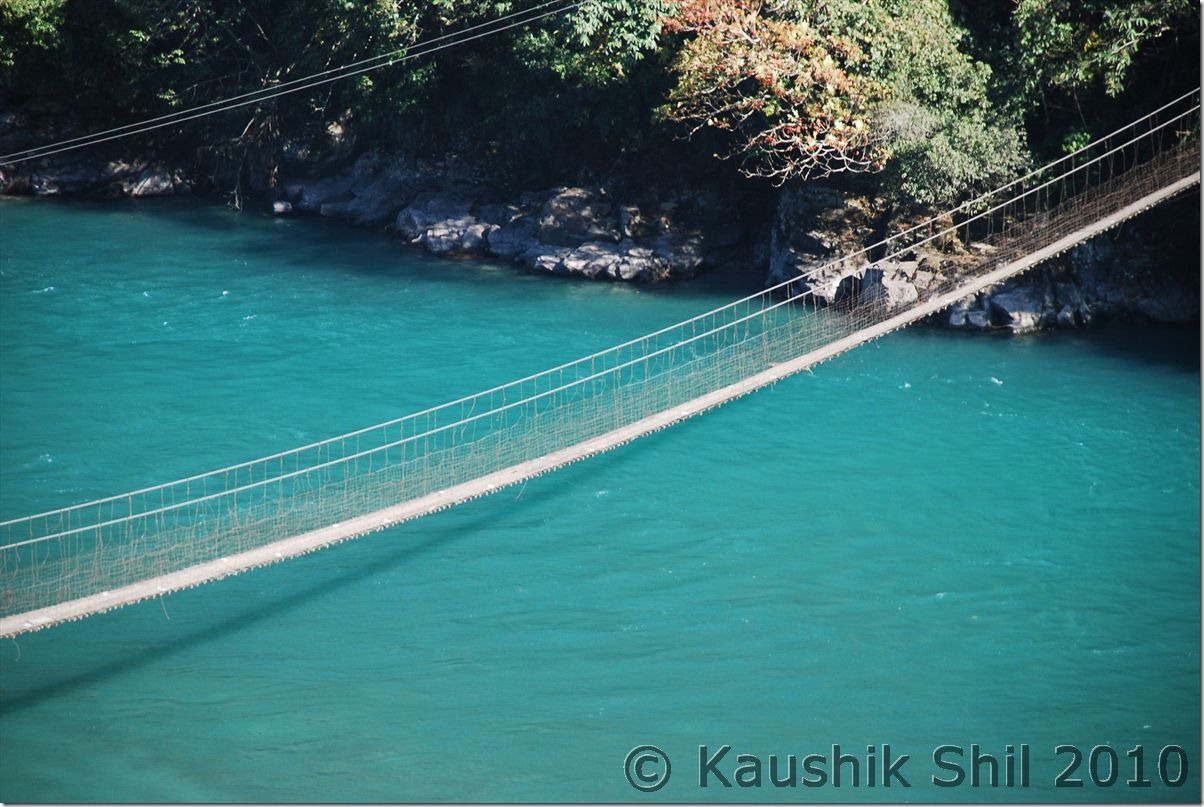
Lohit Cutting Across the Valley:
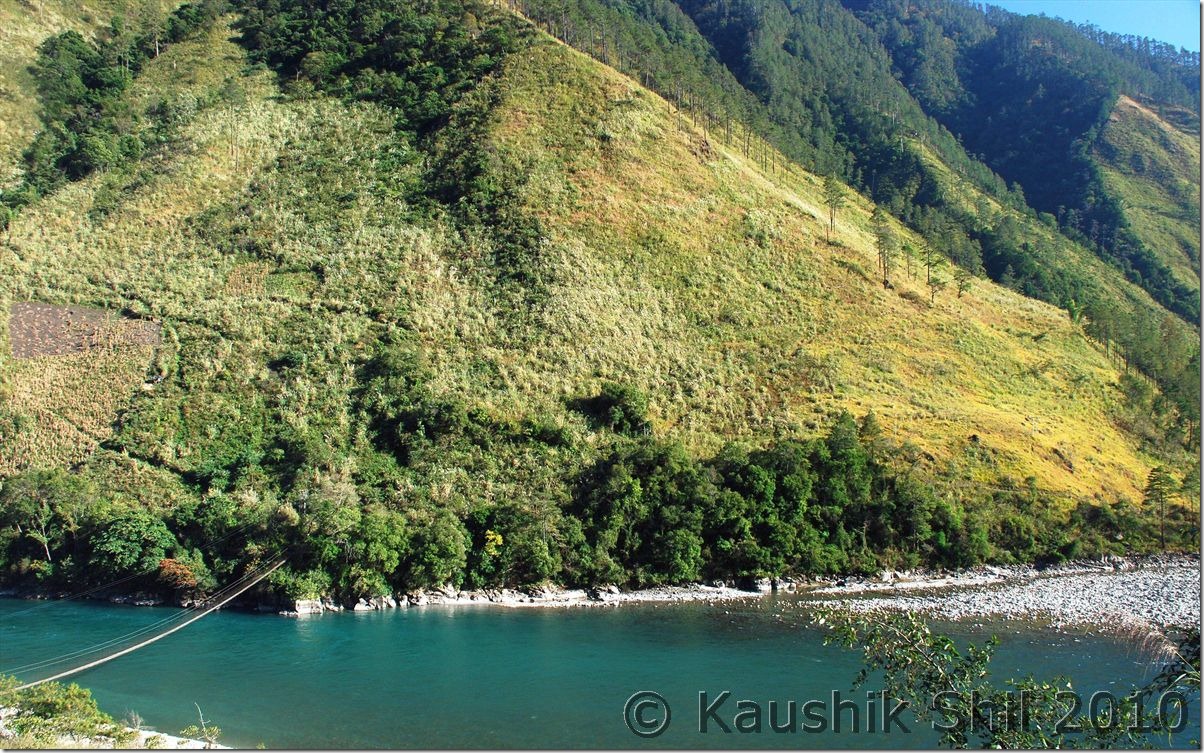
Jhula on Lohit, the signature of Arunachal:
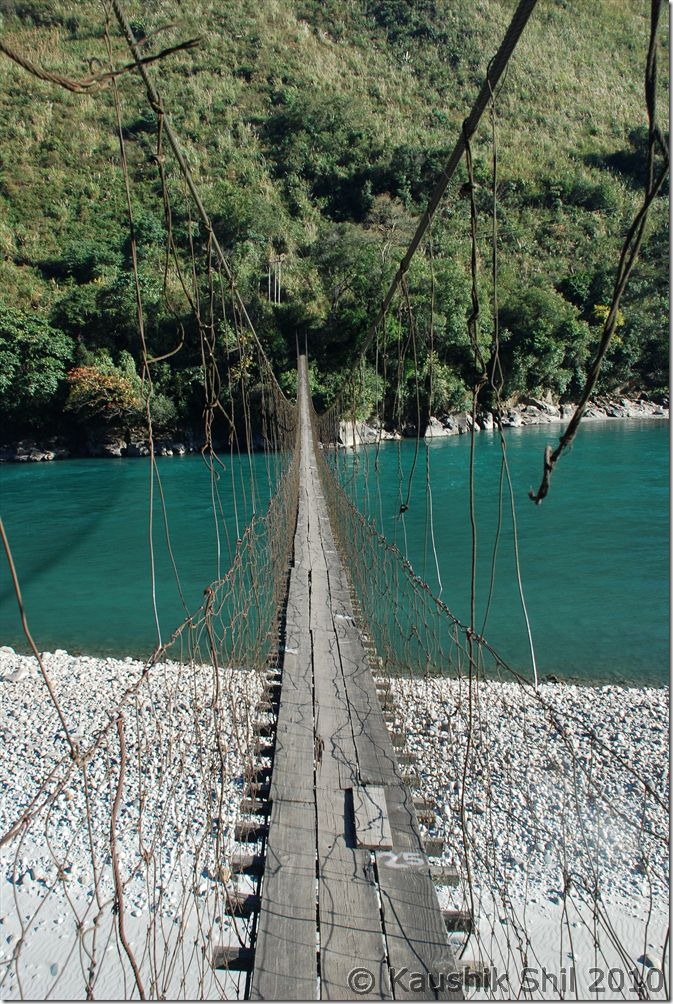
Next: Arunachal Far East – Dibang Valley, Walong, Kibithu and Namdapha – Part-2
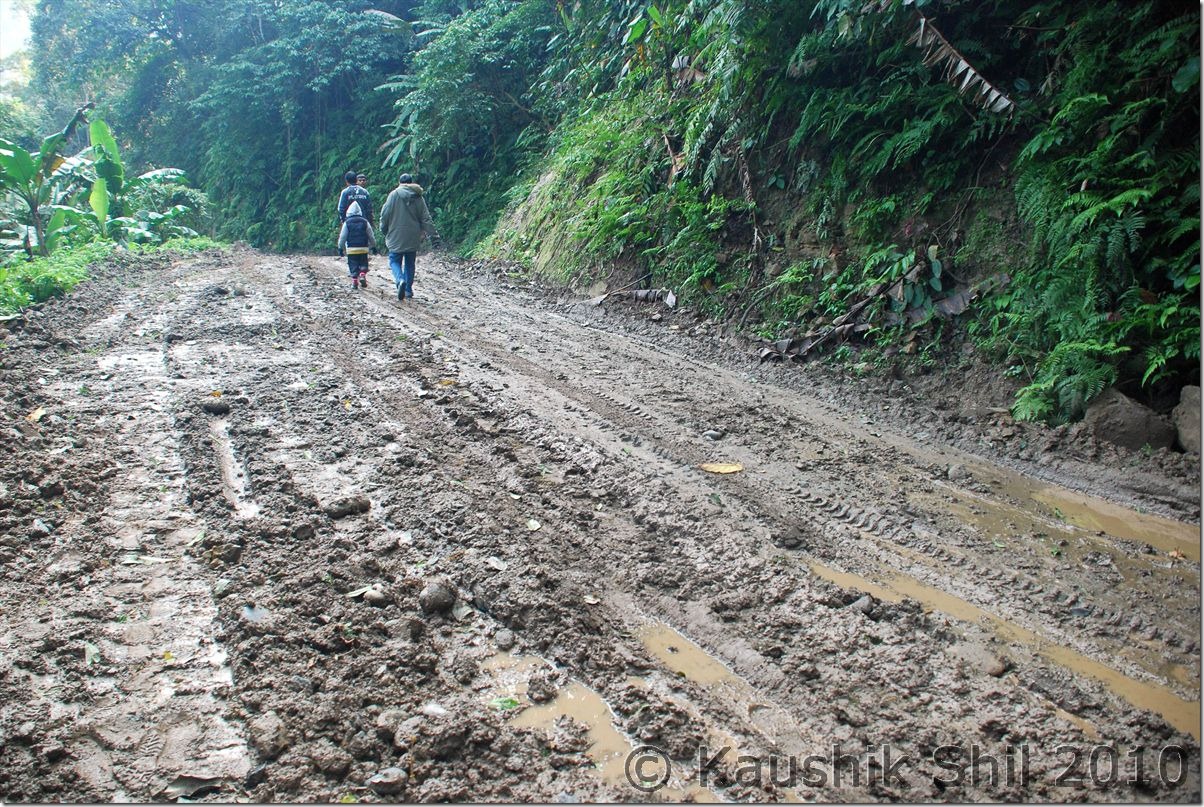
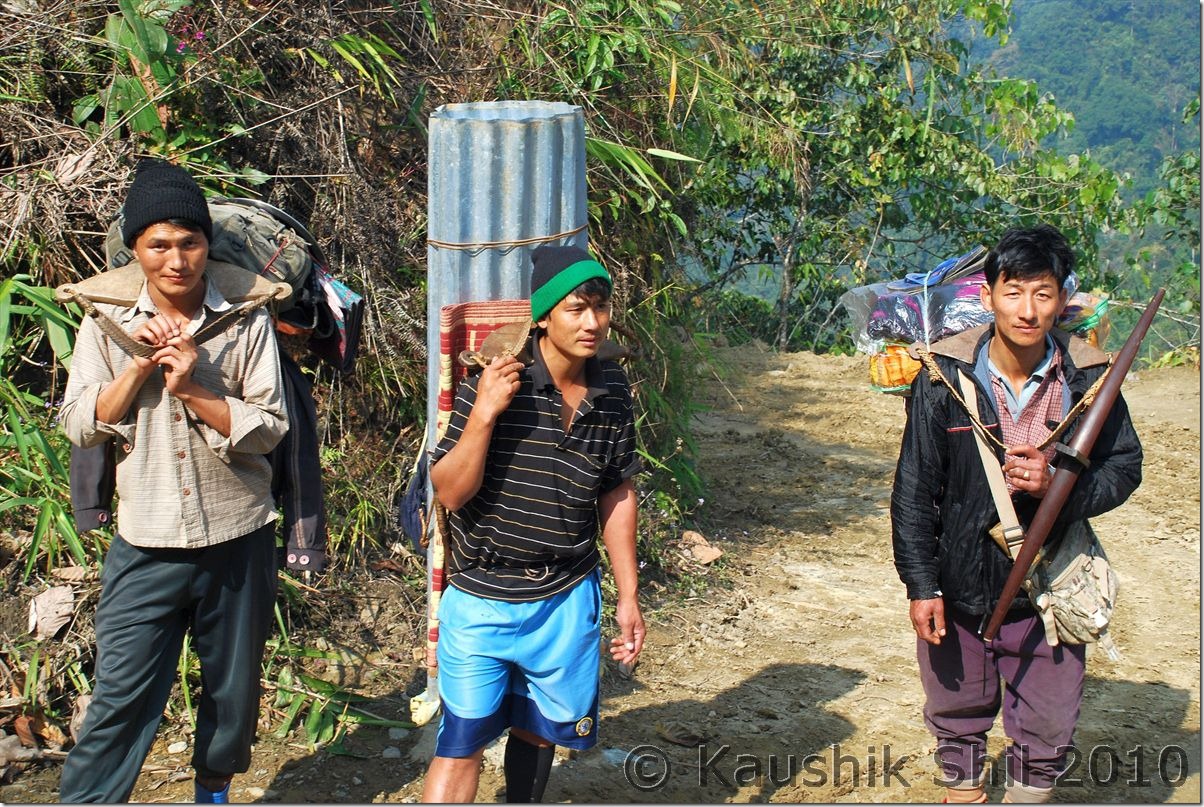
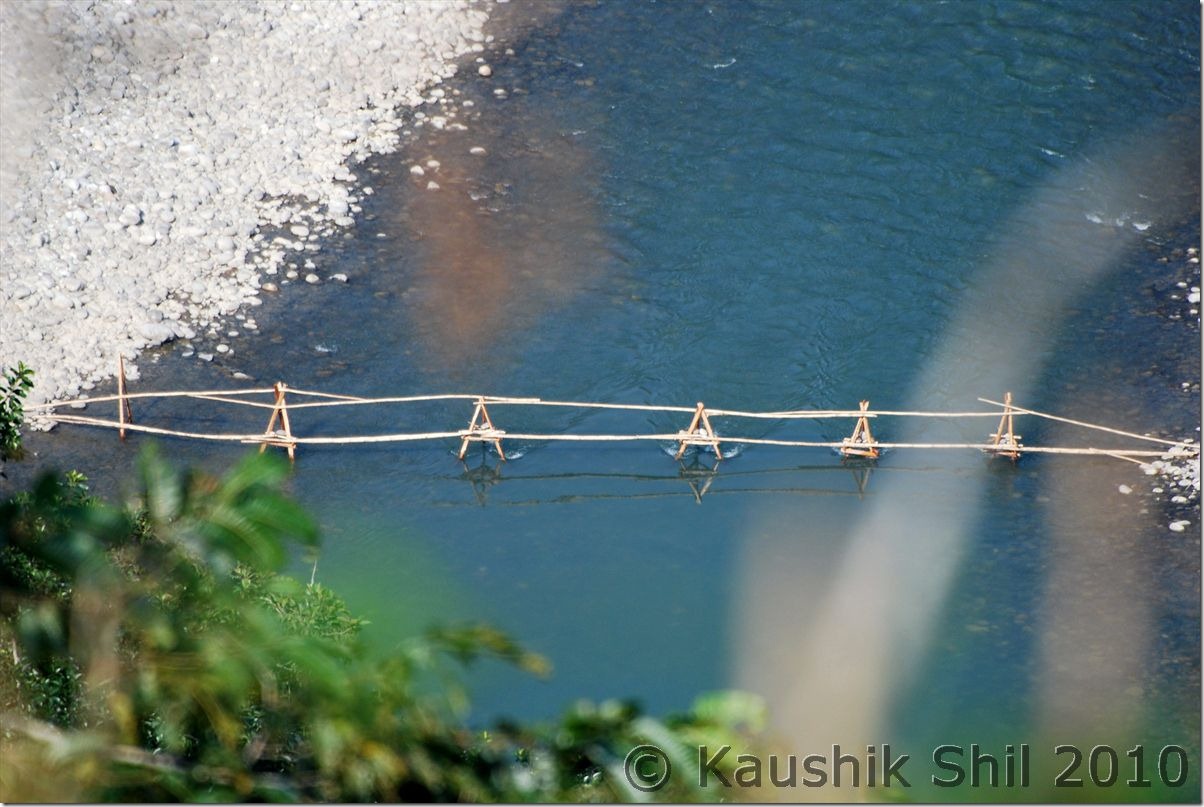
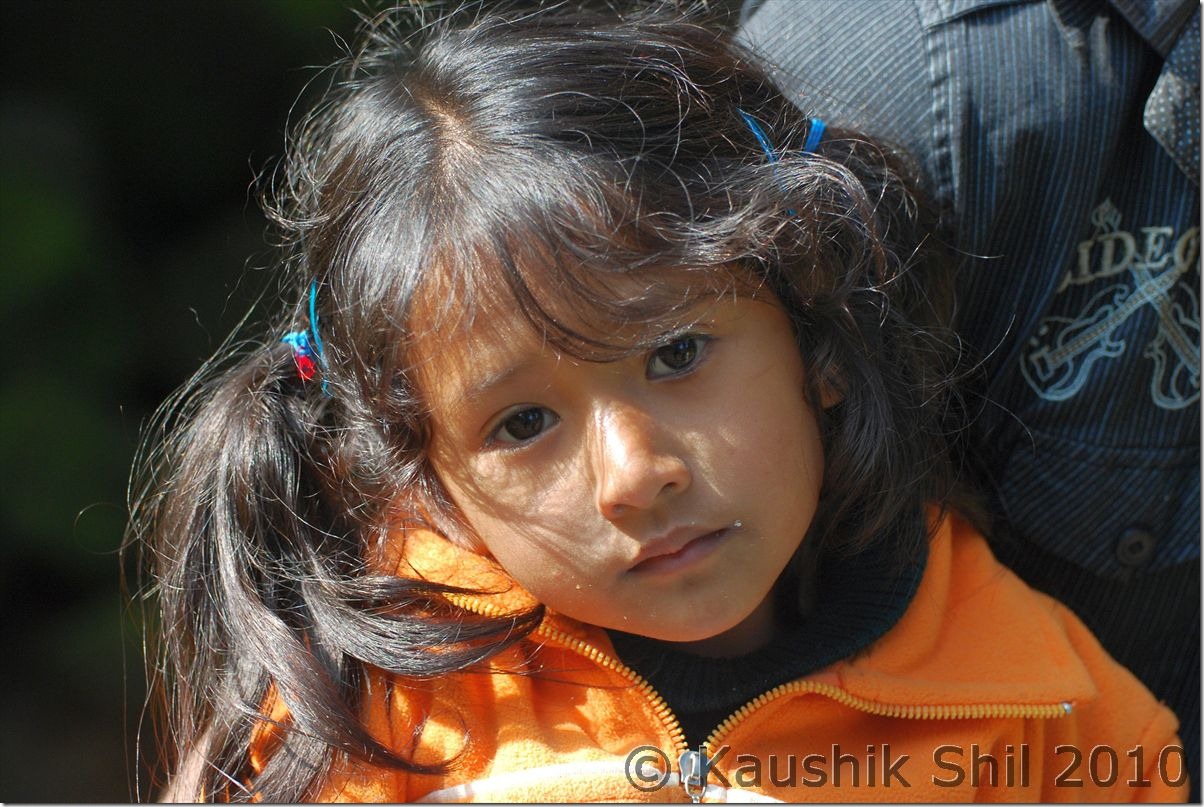
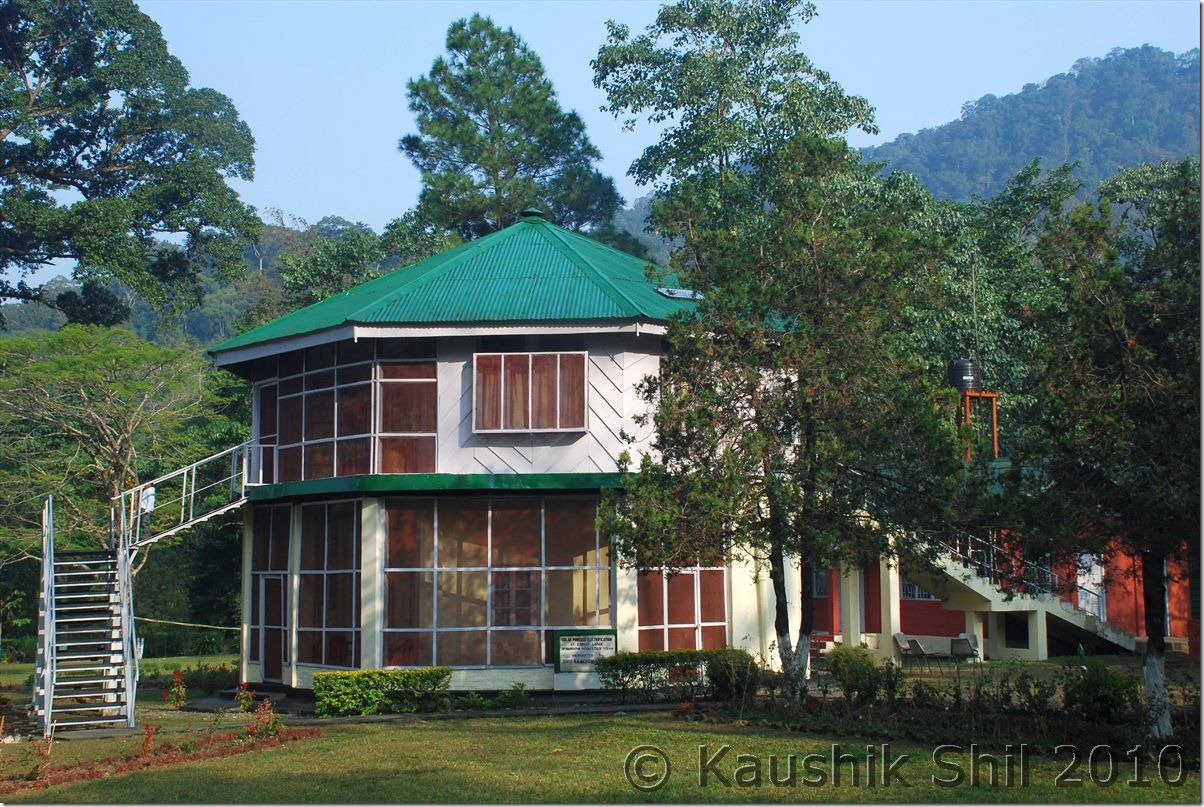
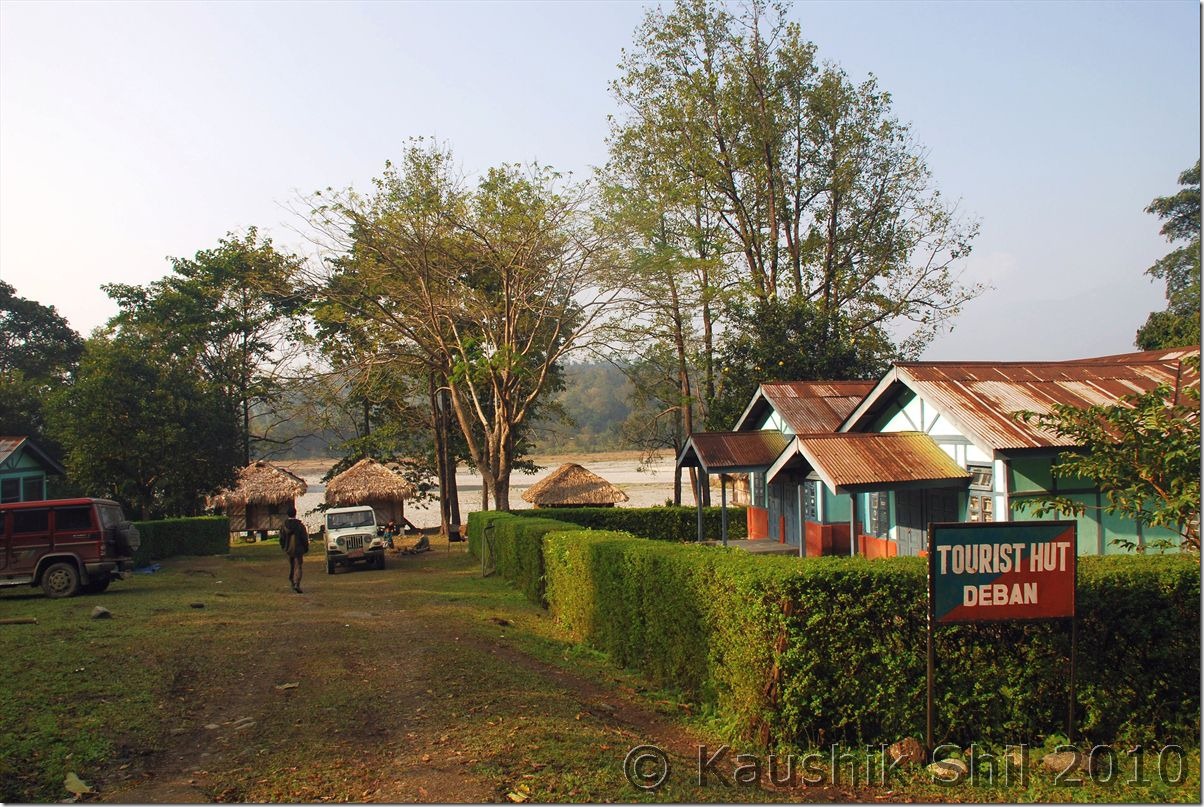
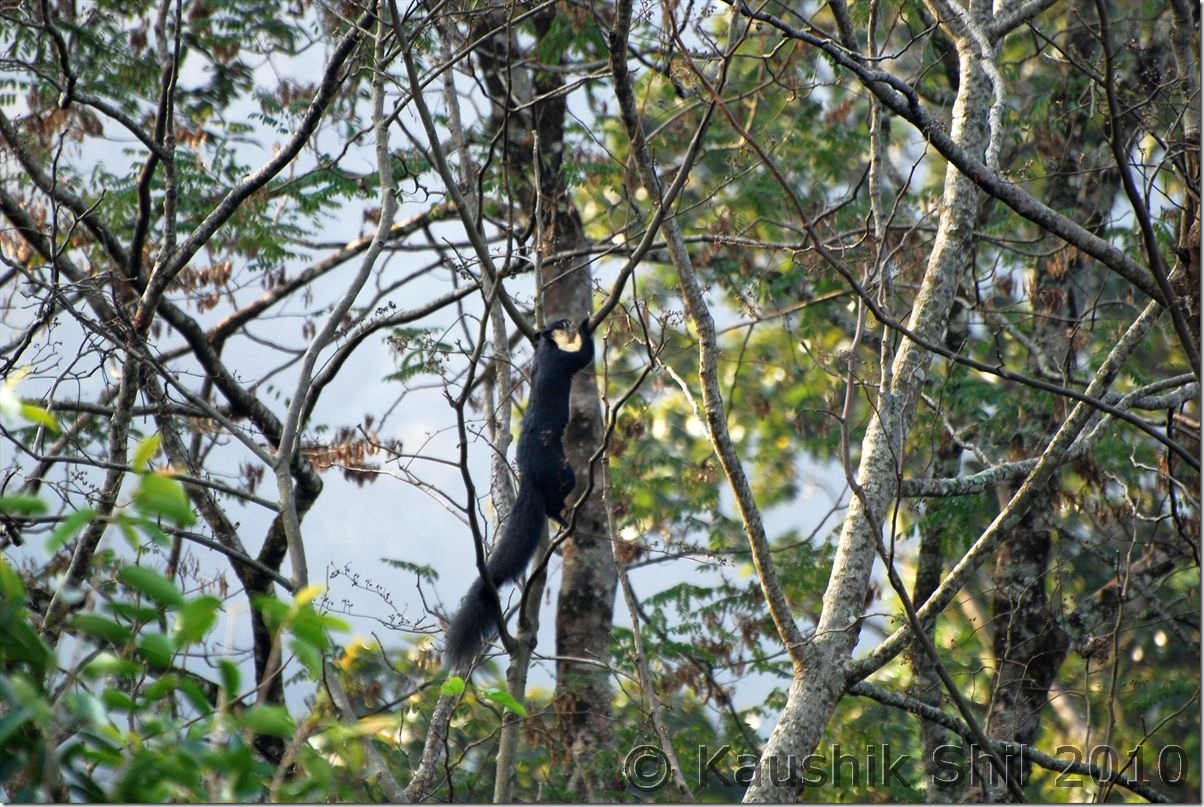
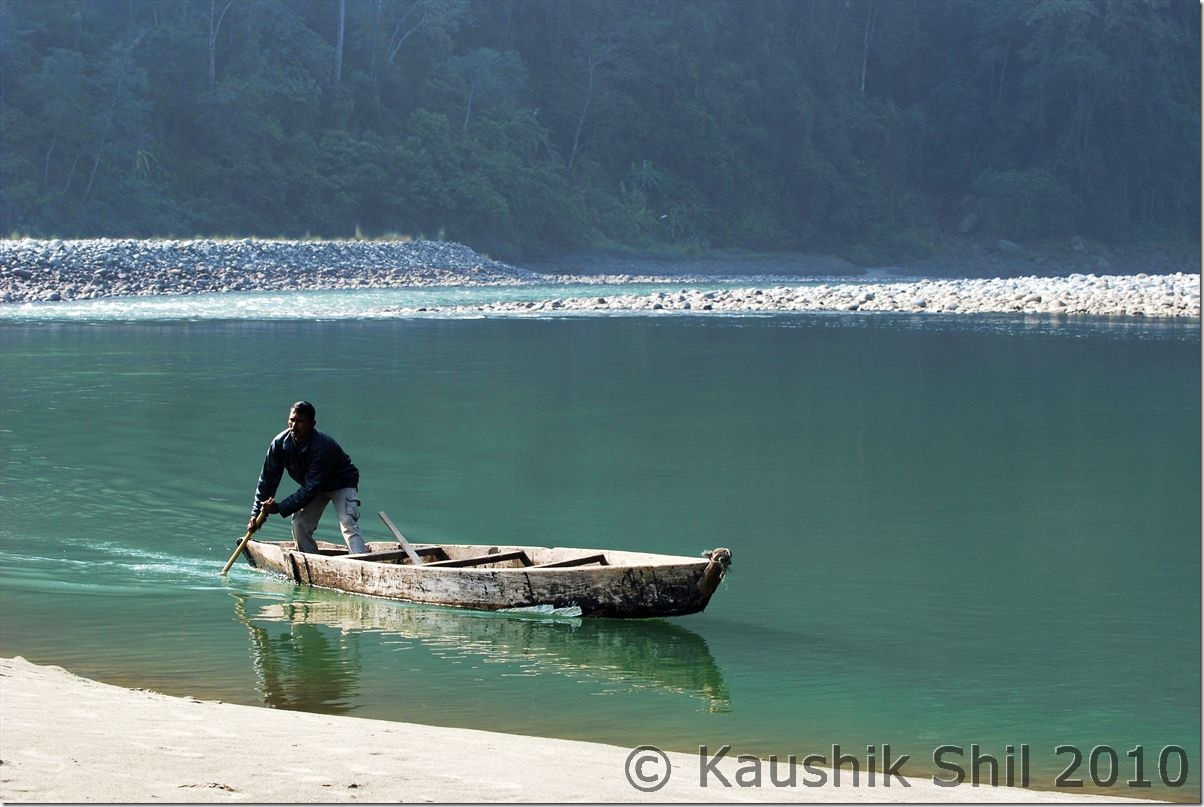
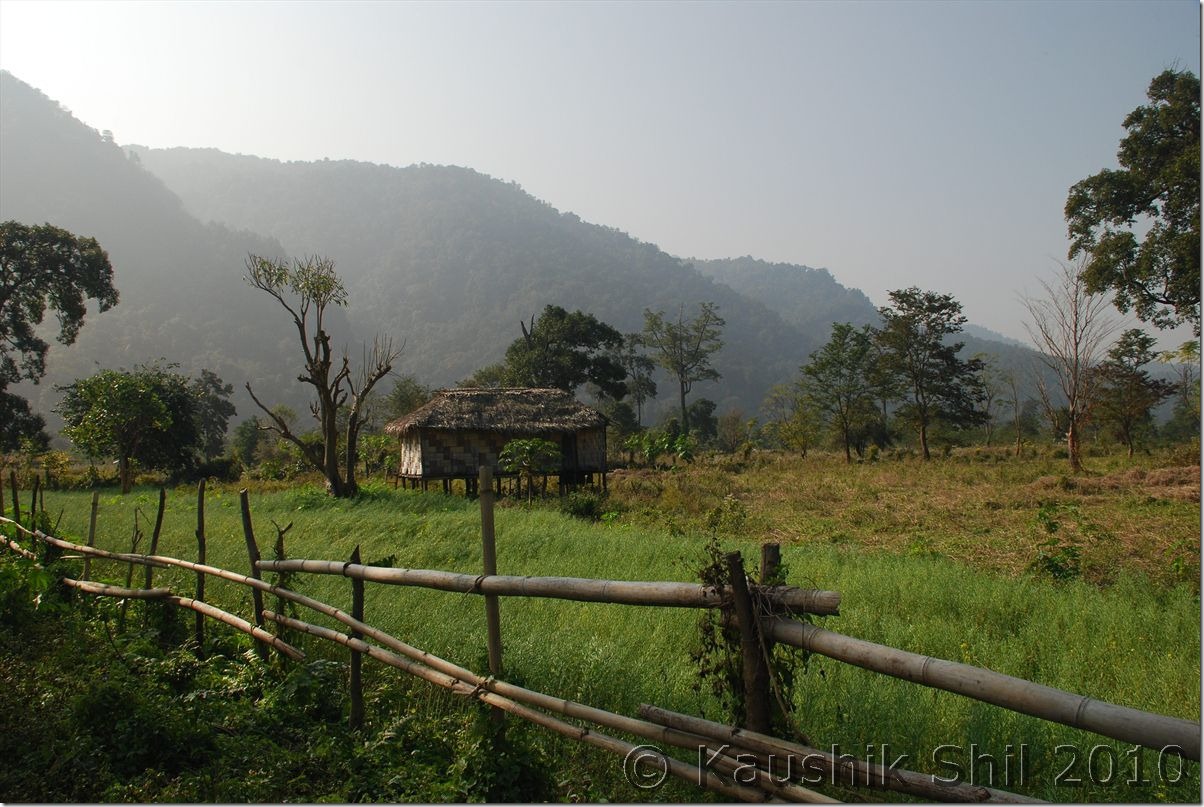
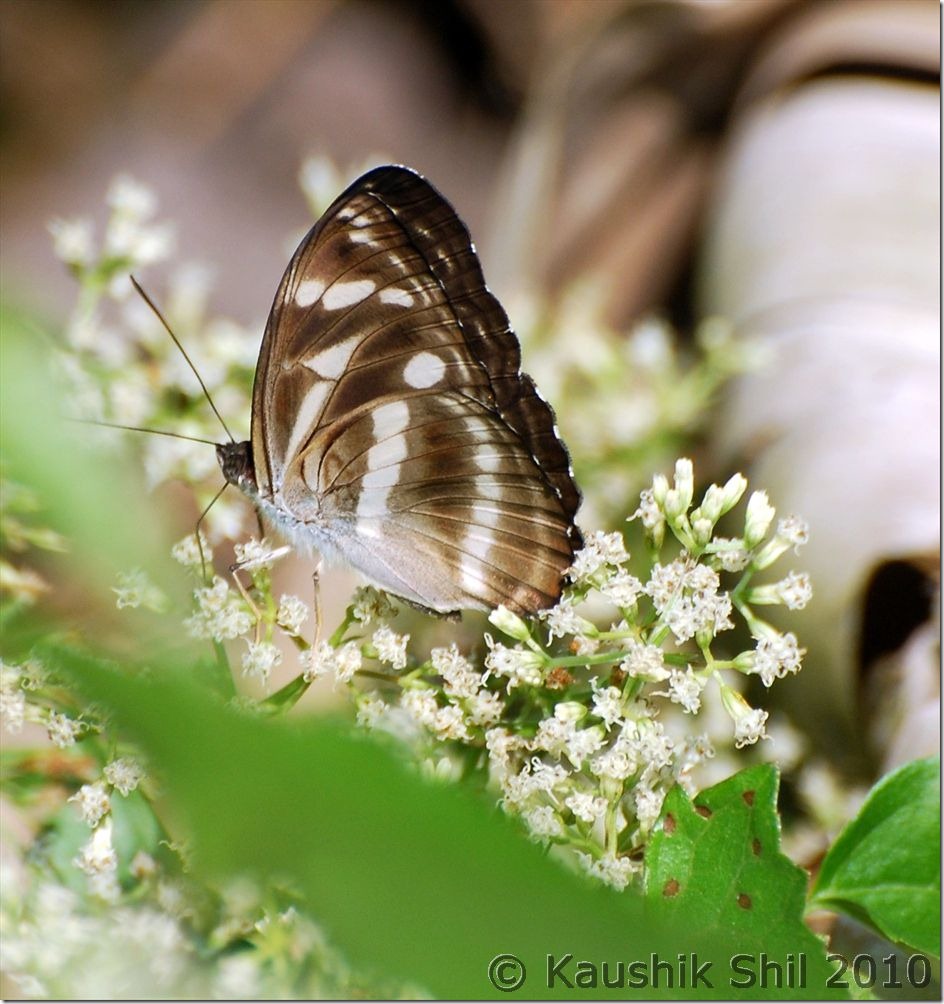
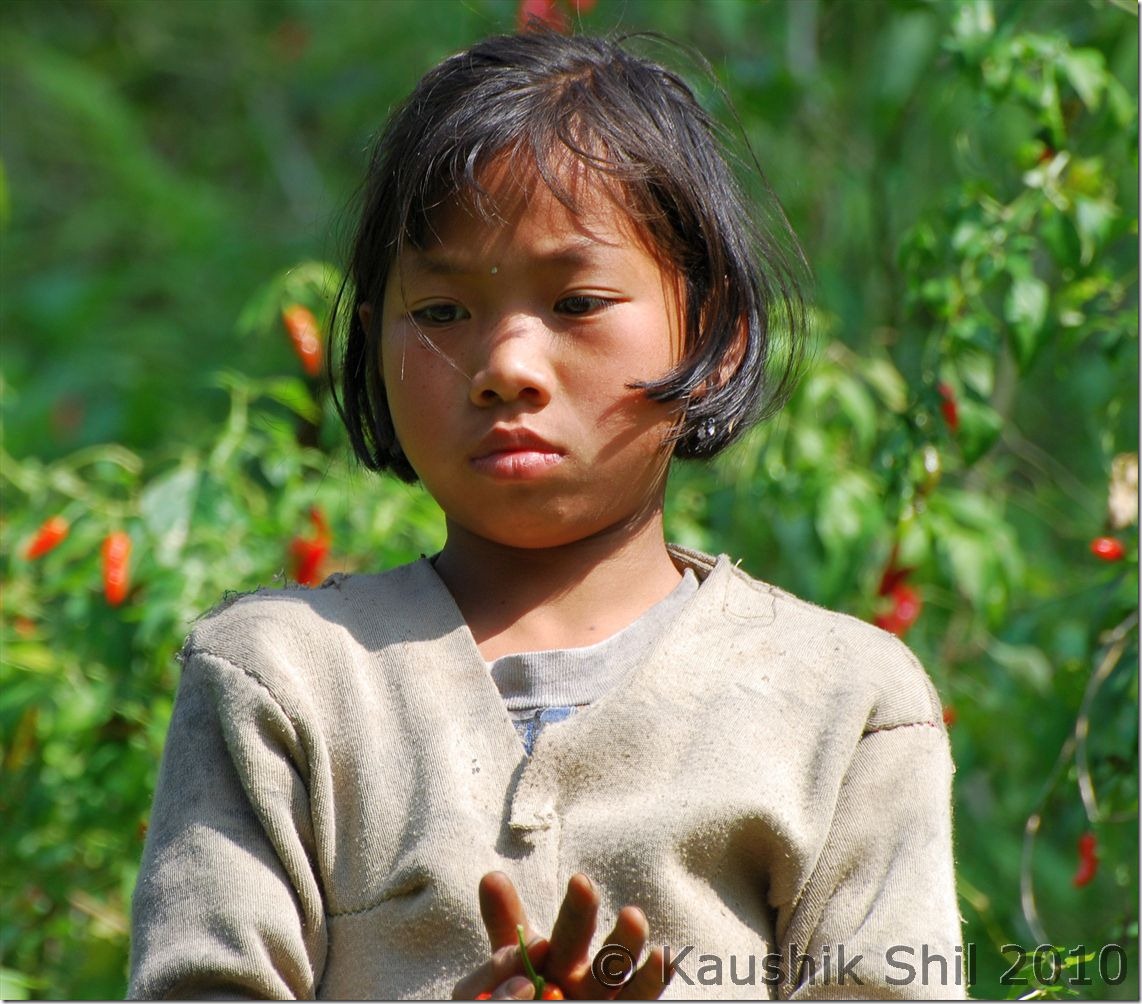
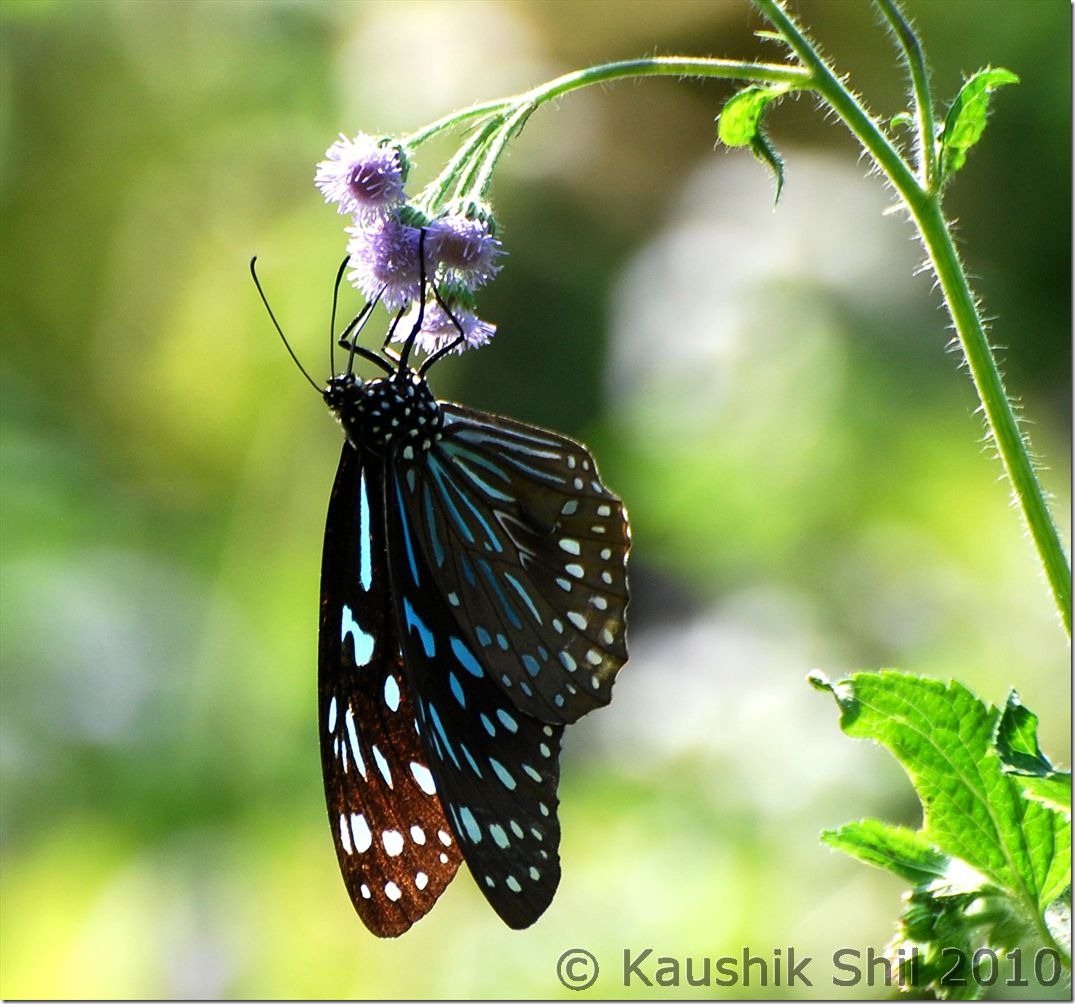
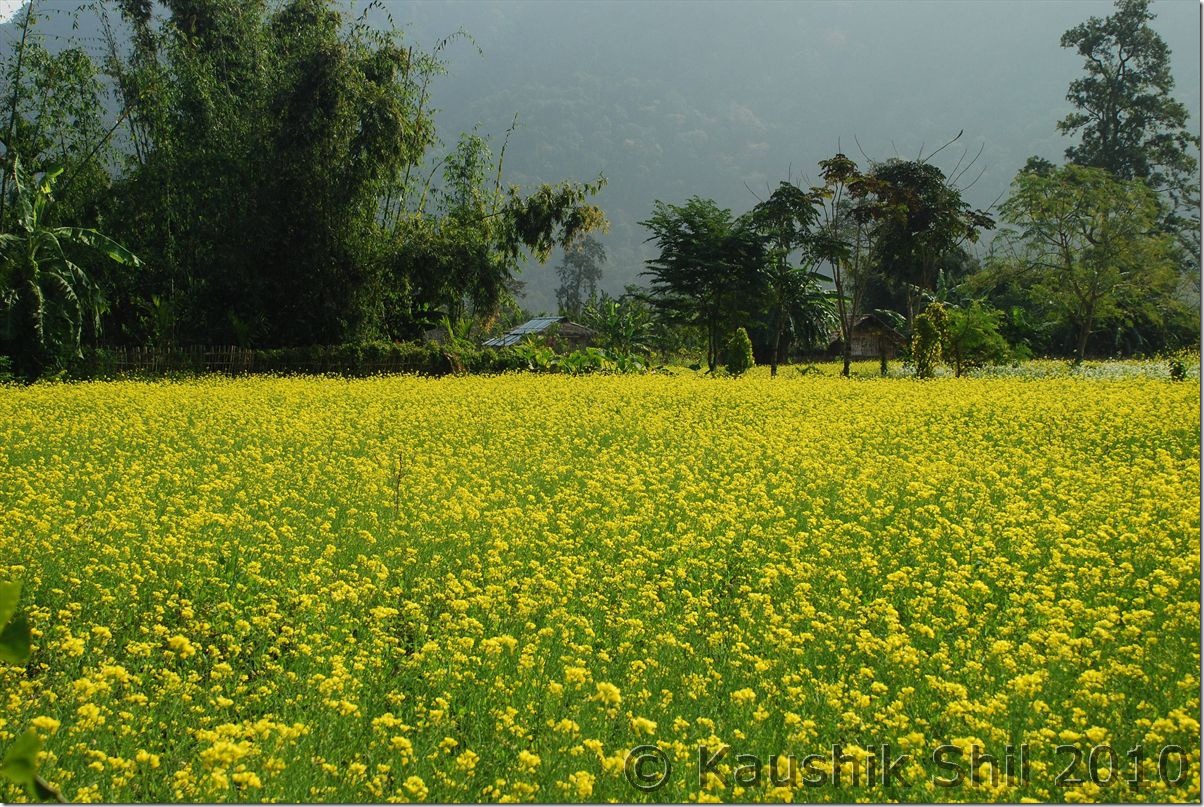
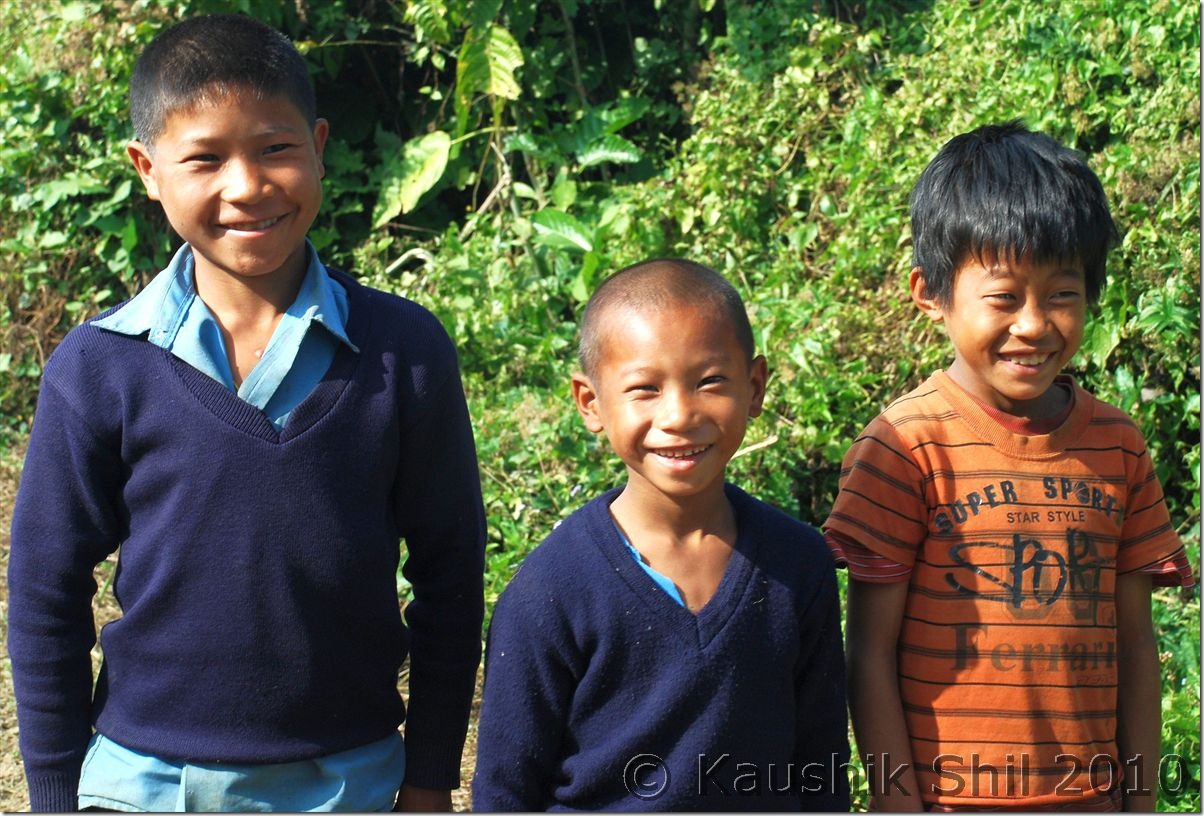
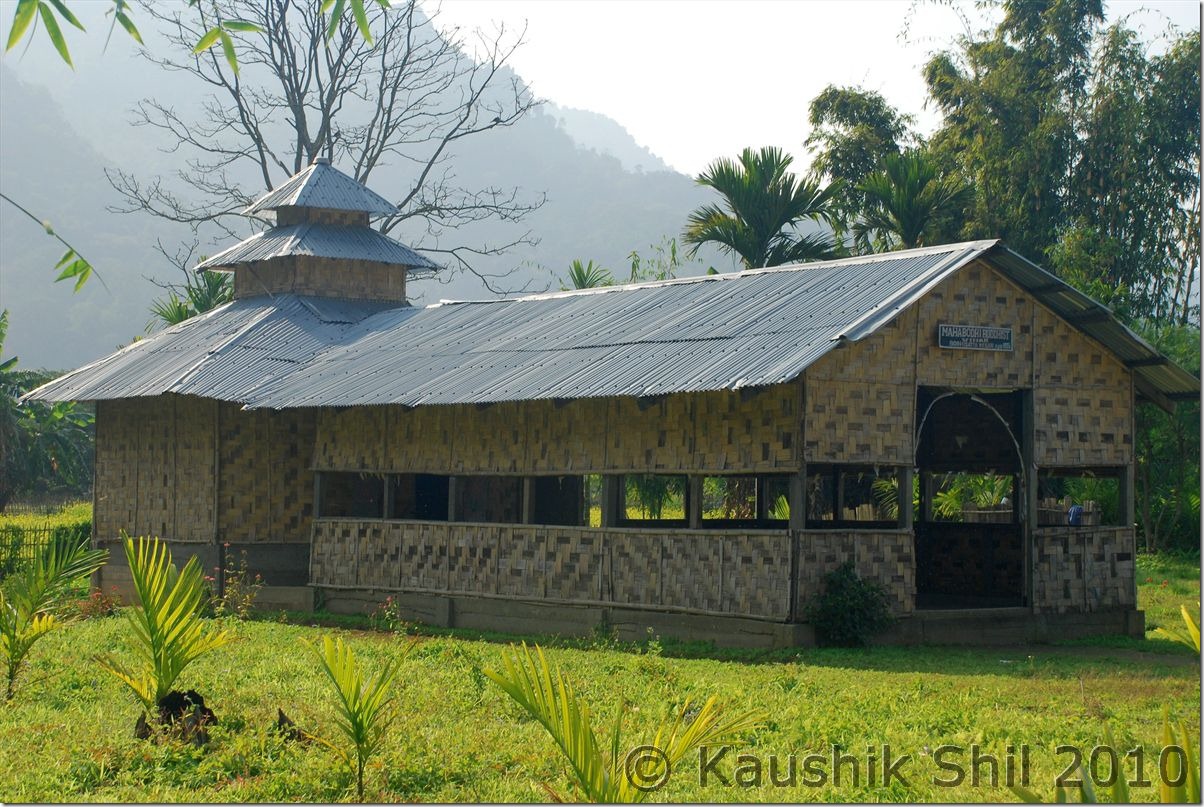
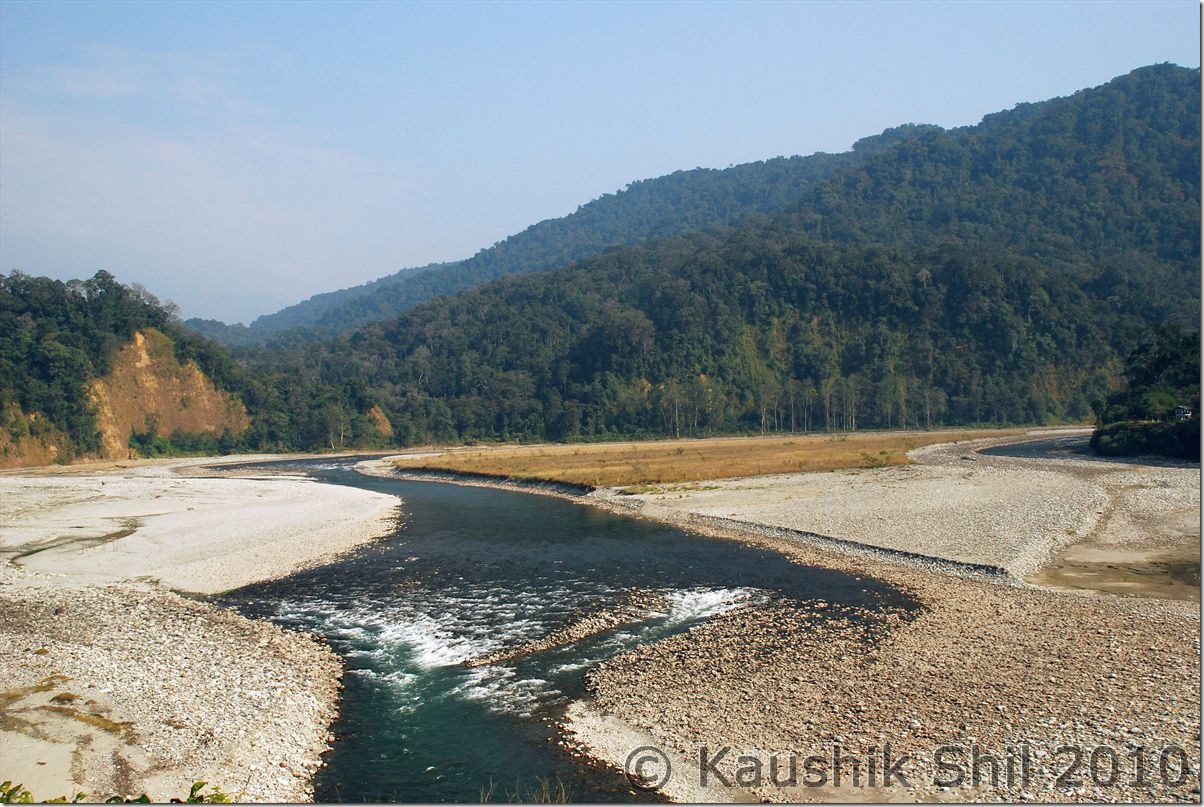
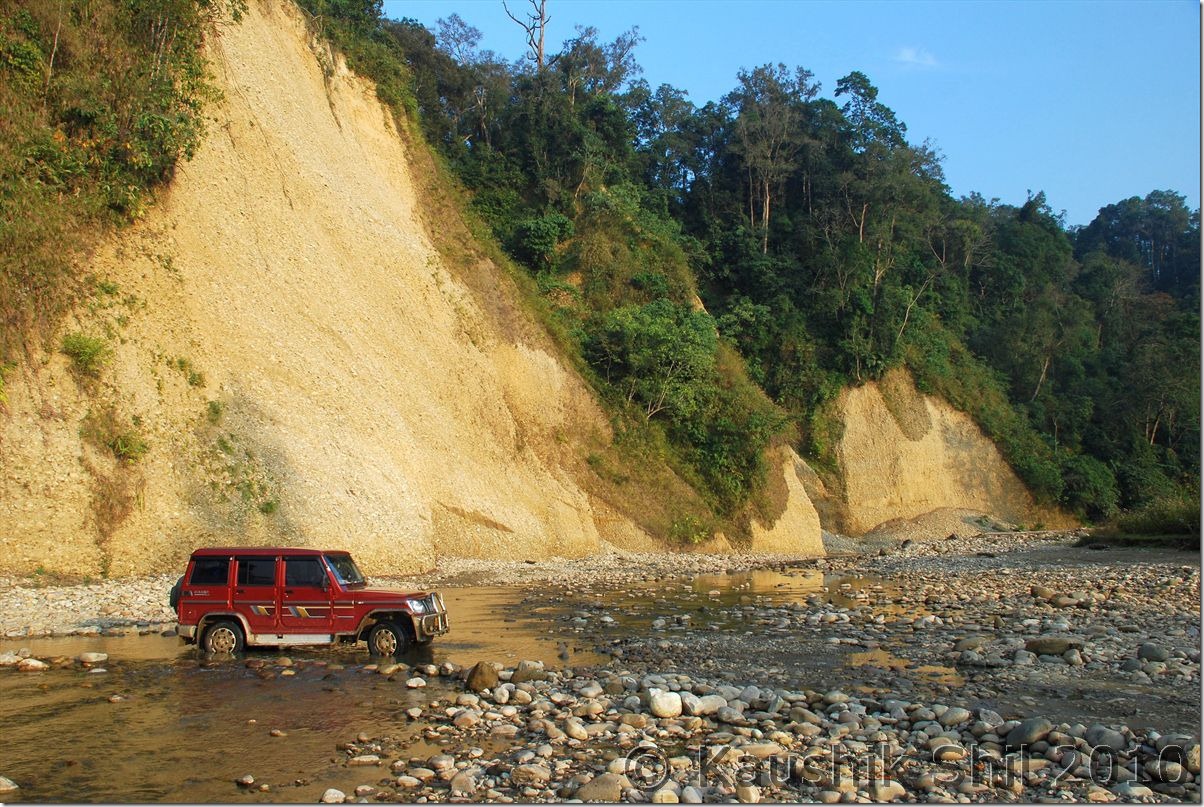
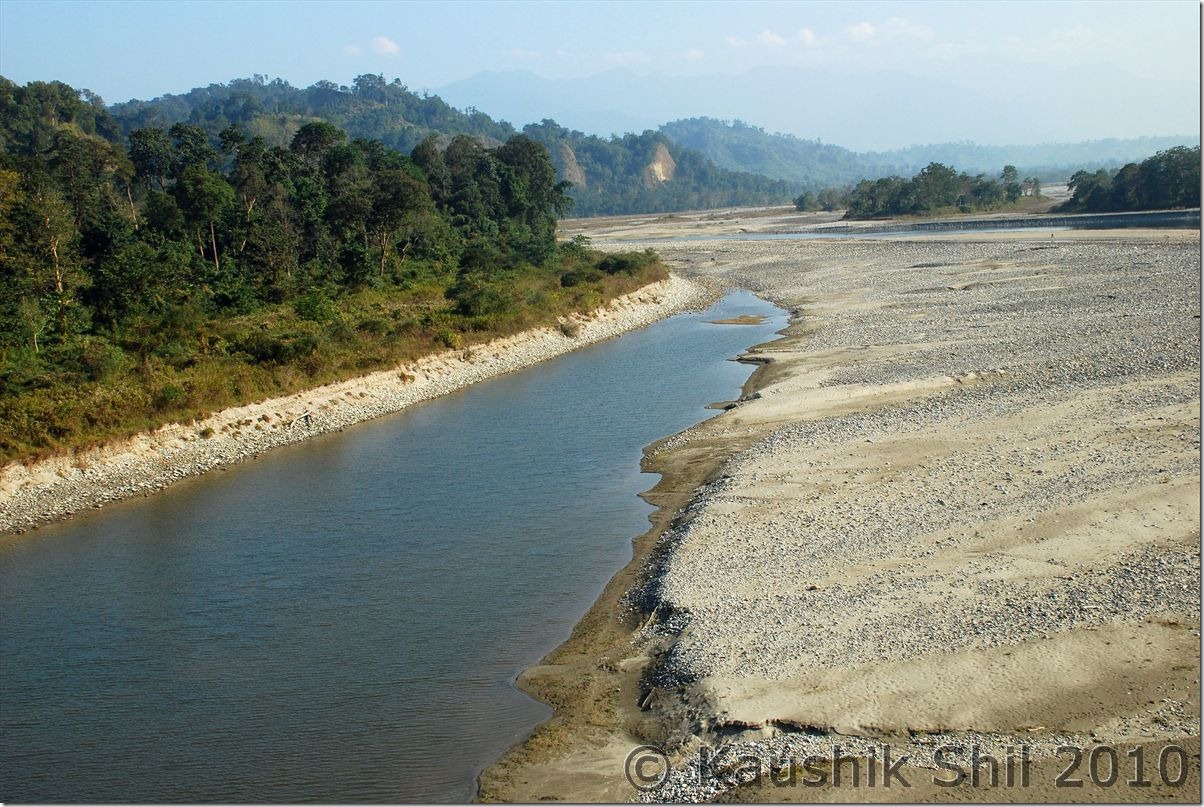
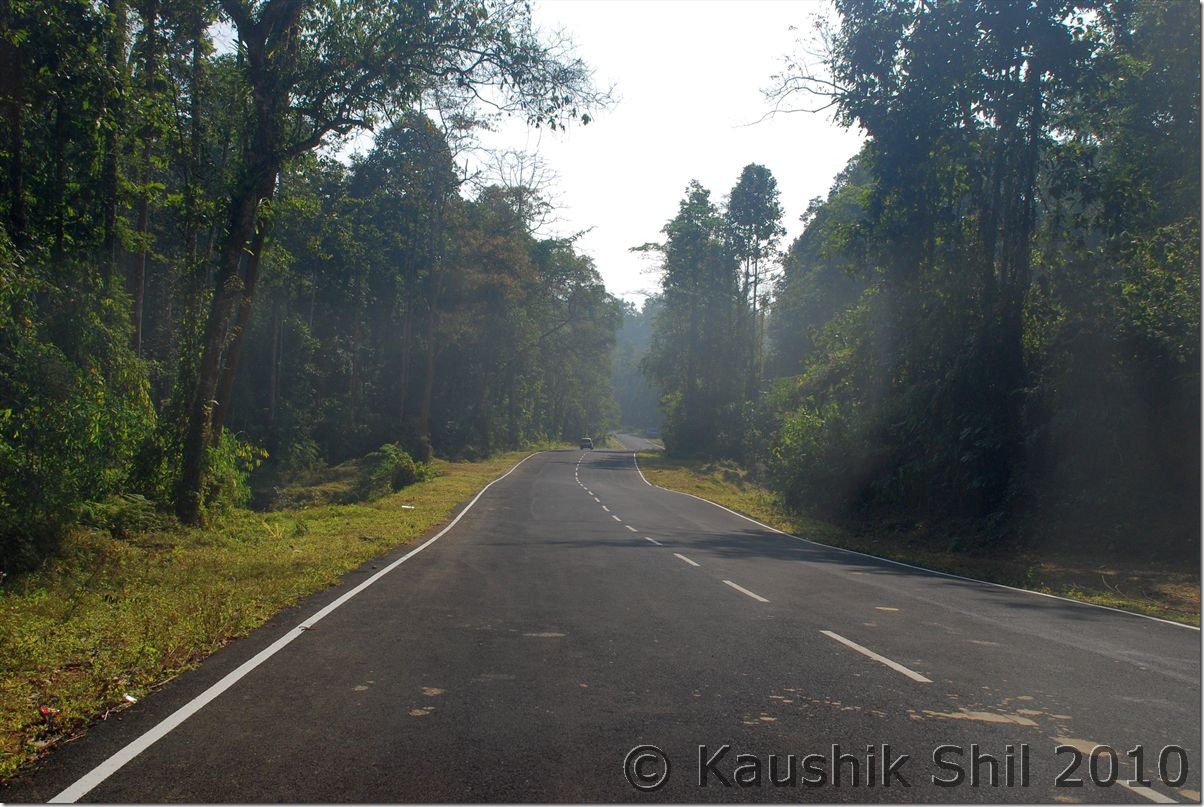
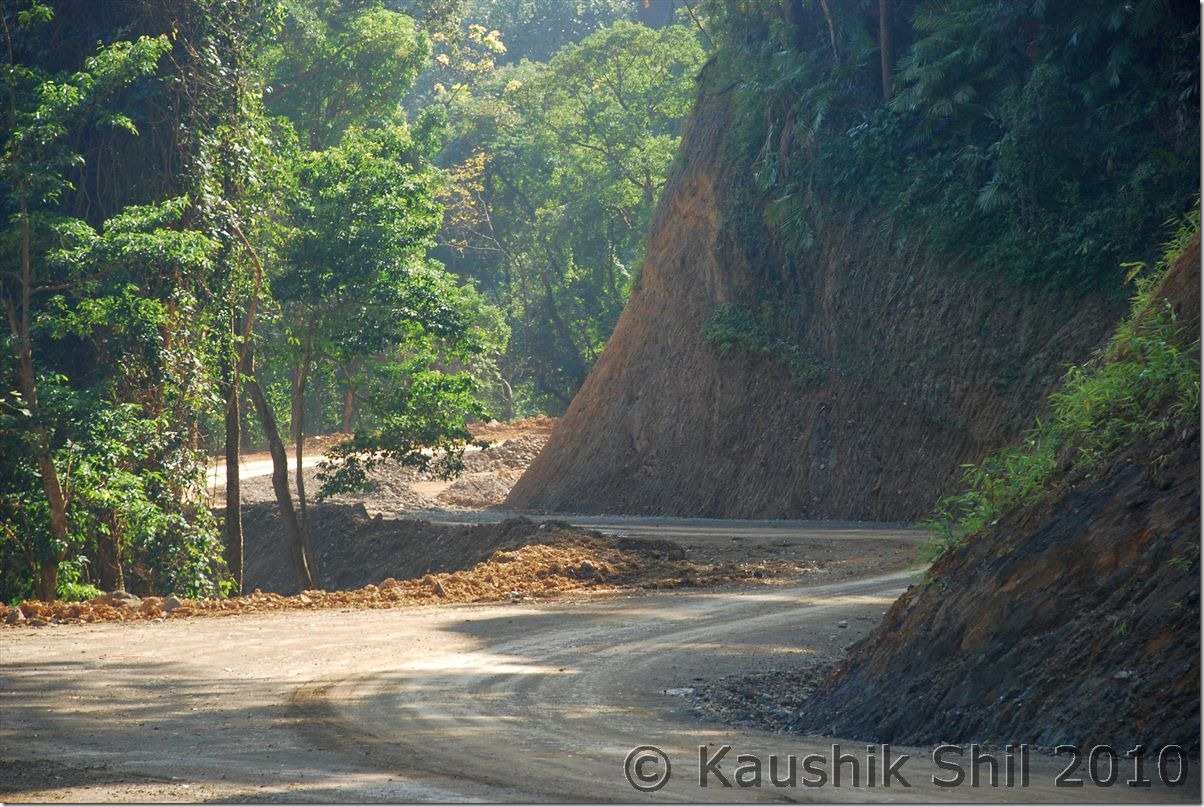
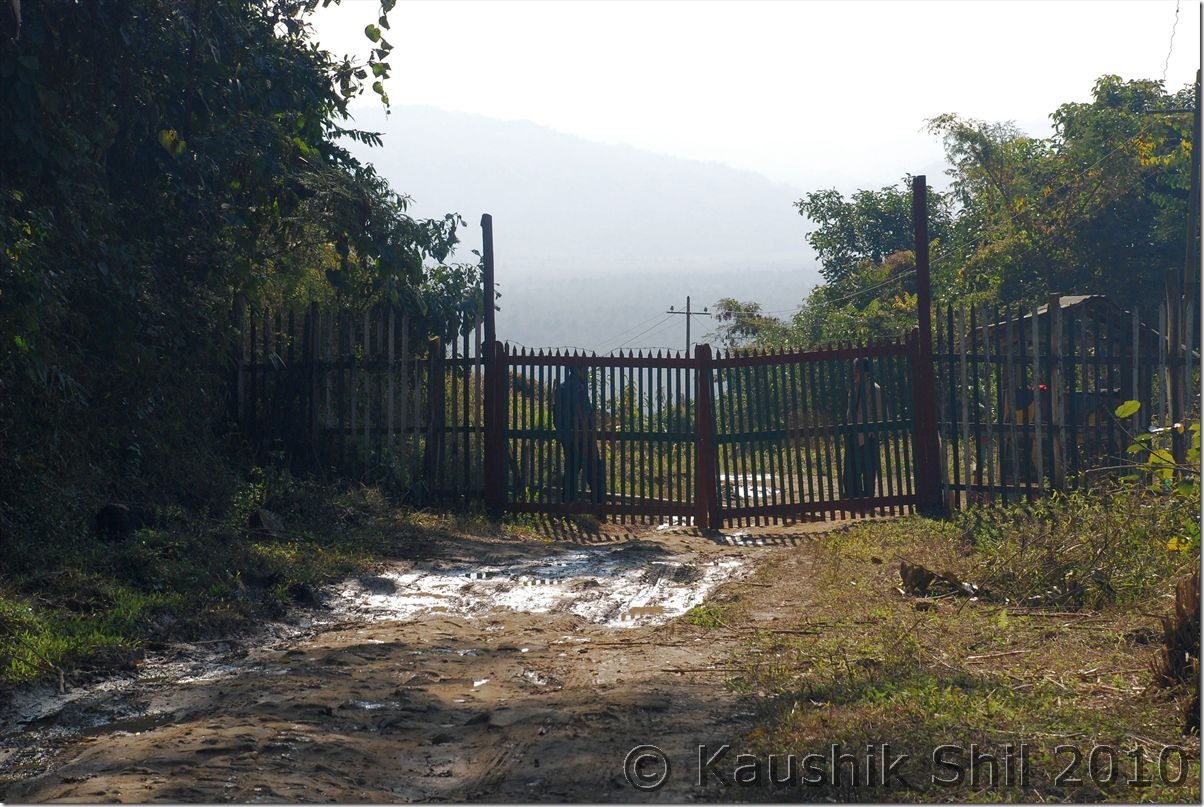
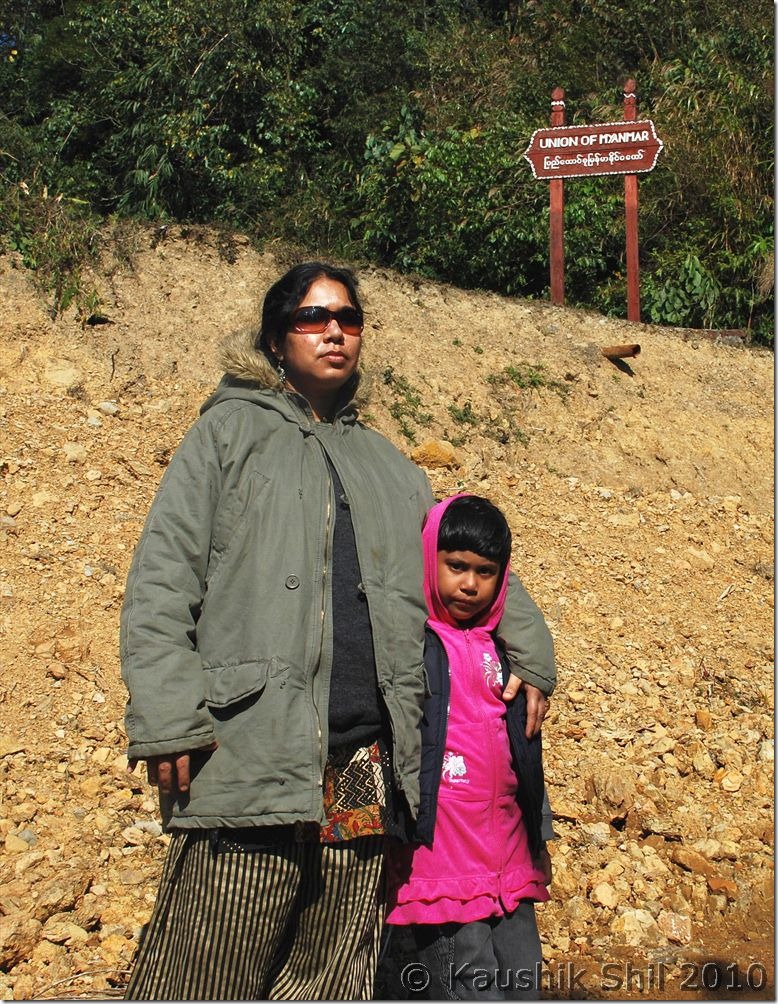
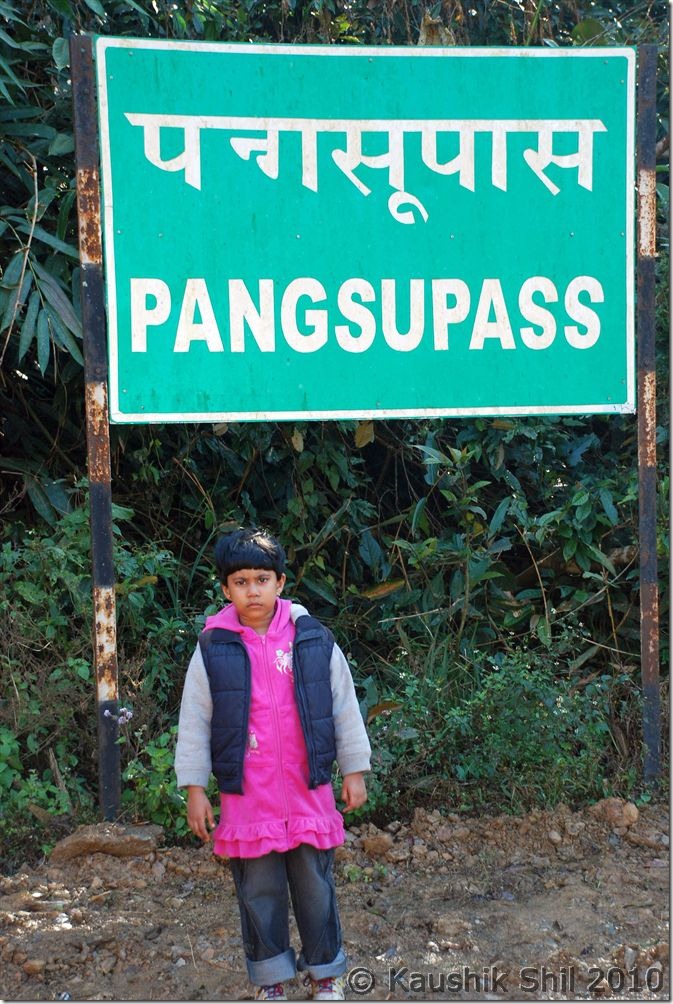
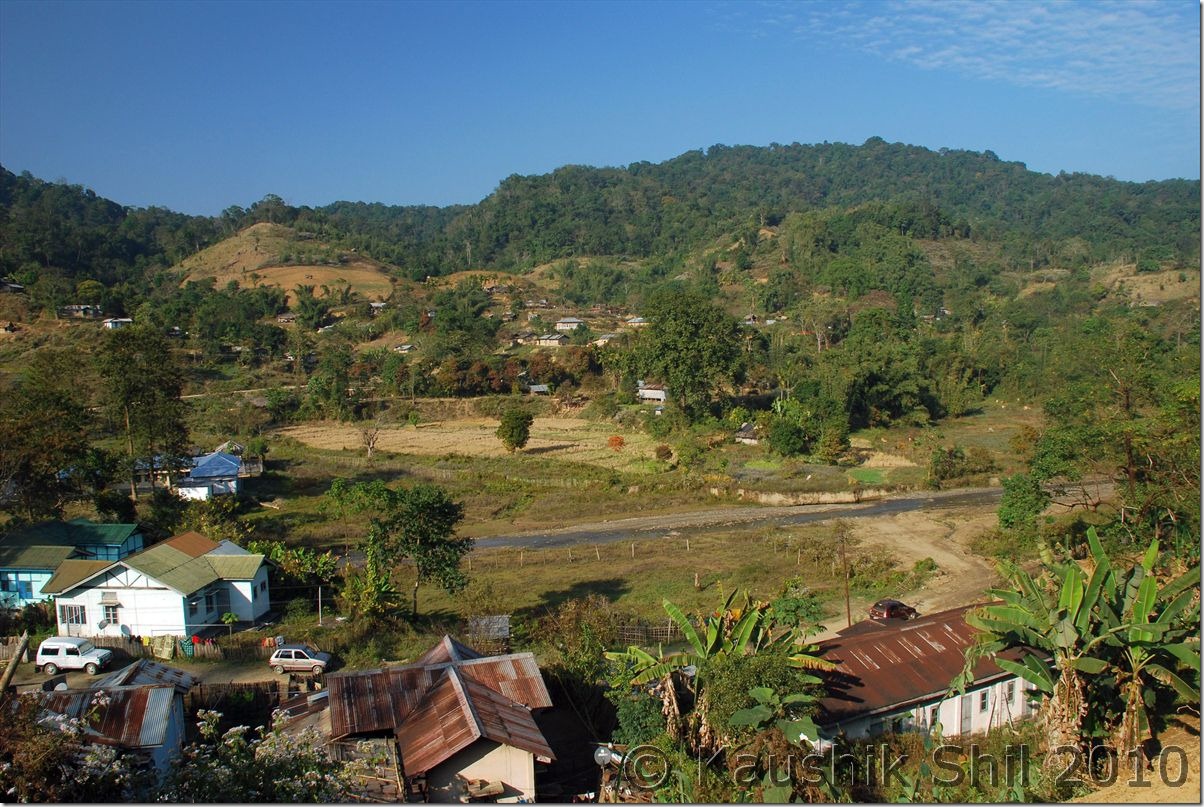
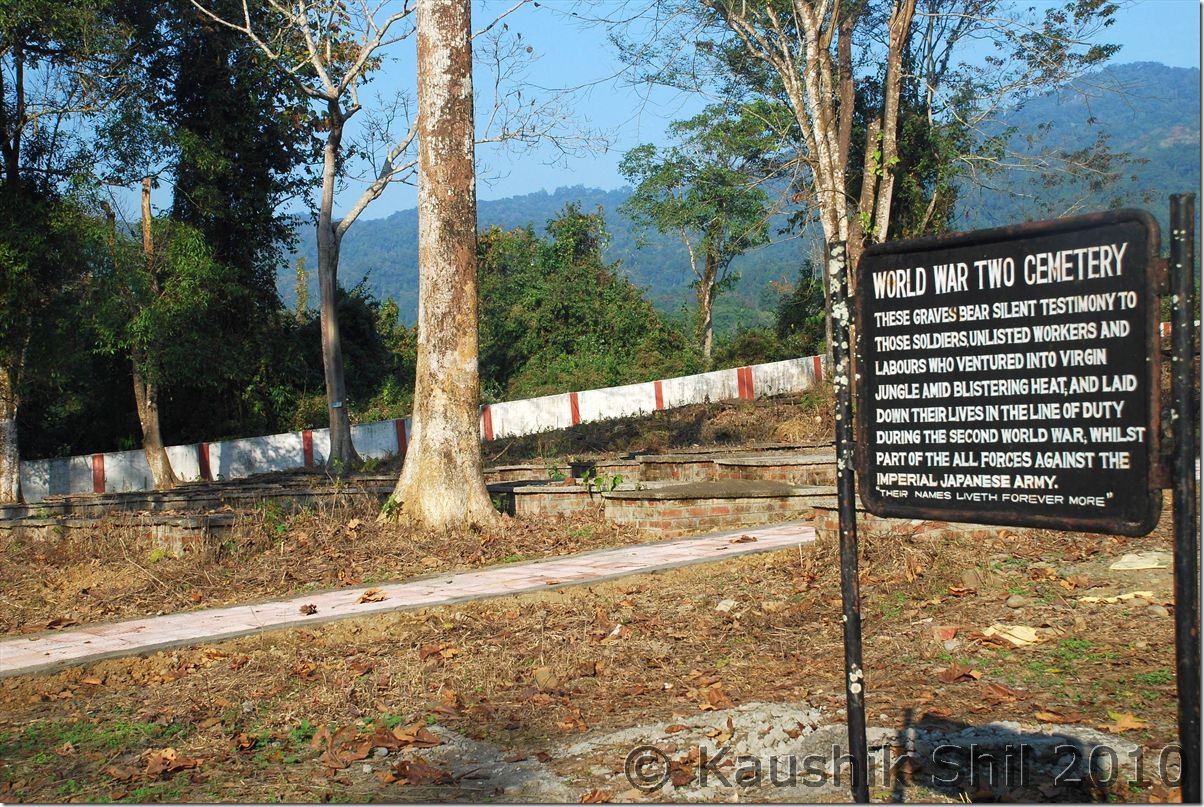
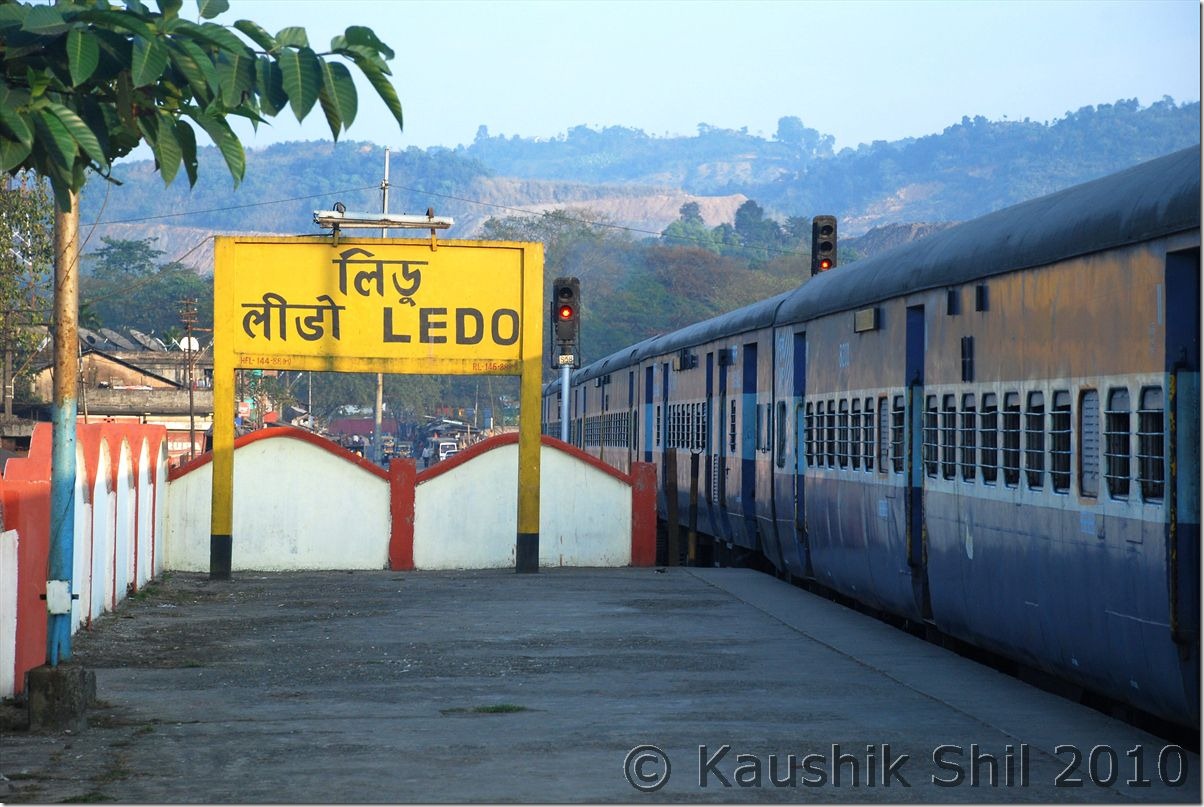
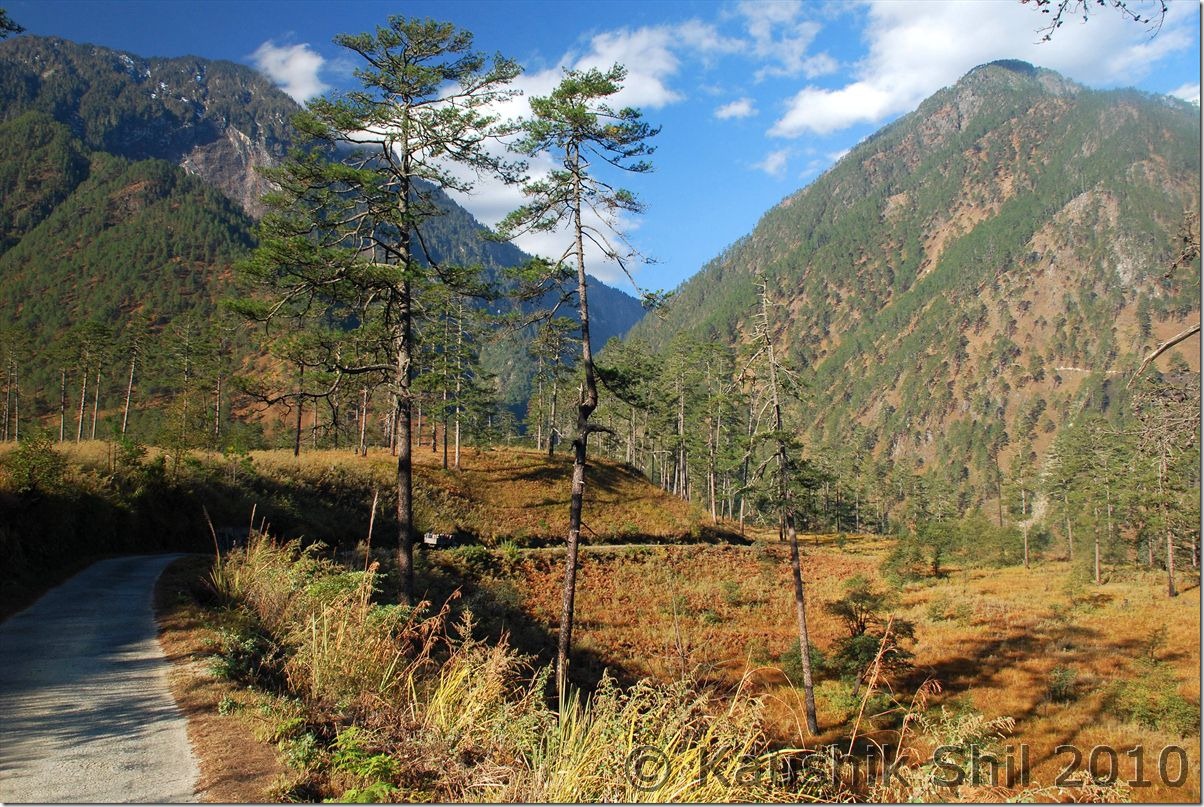
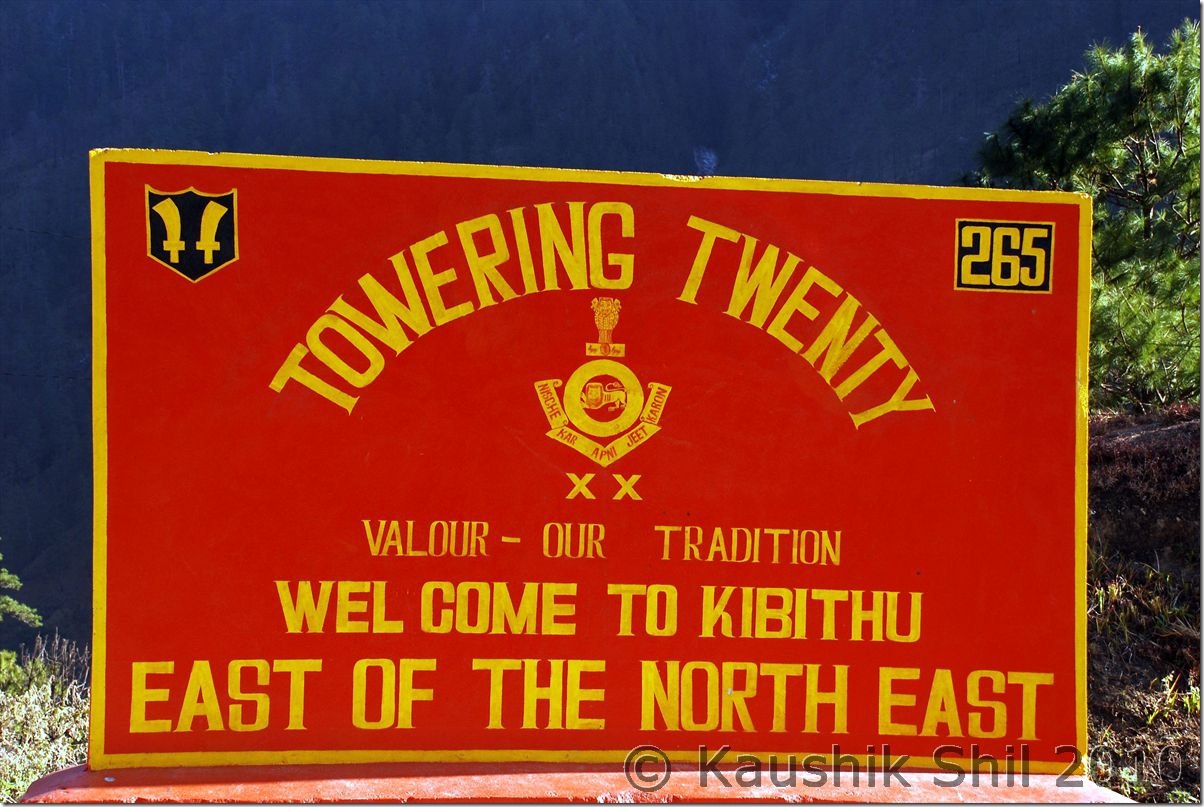
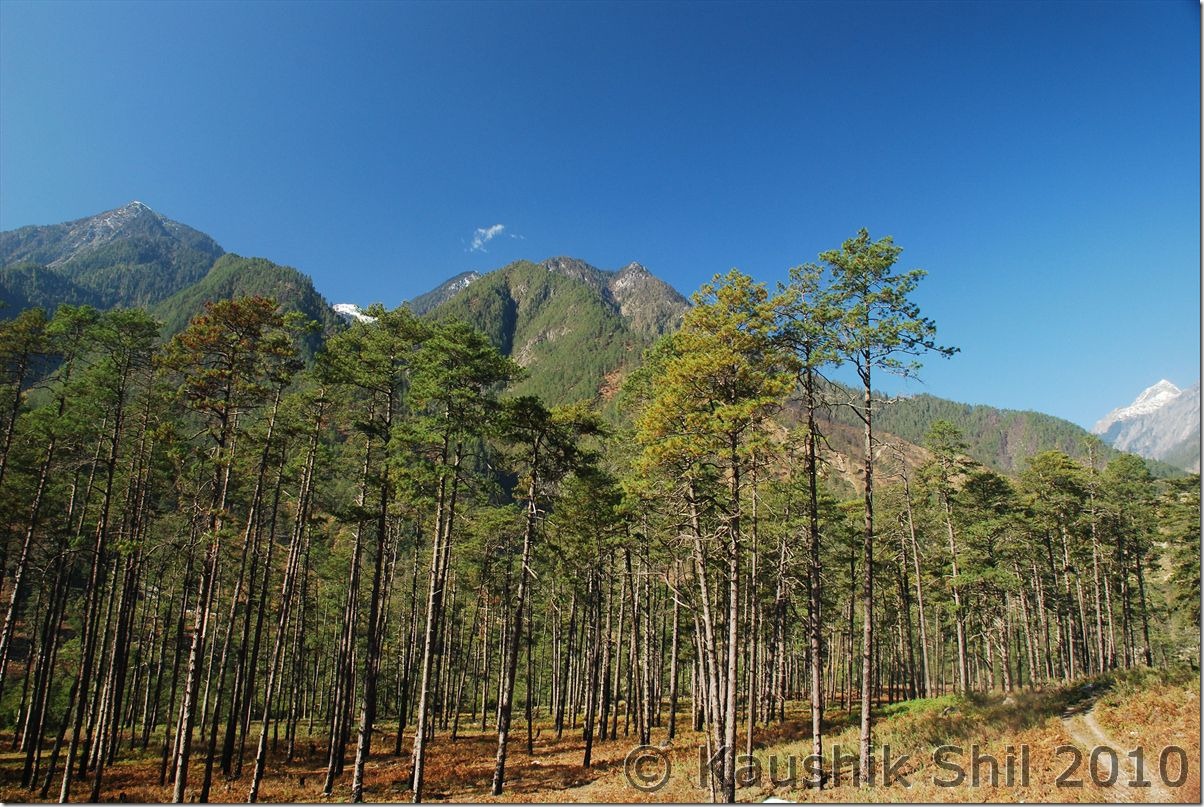
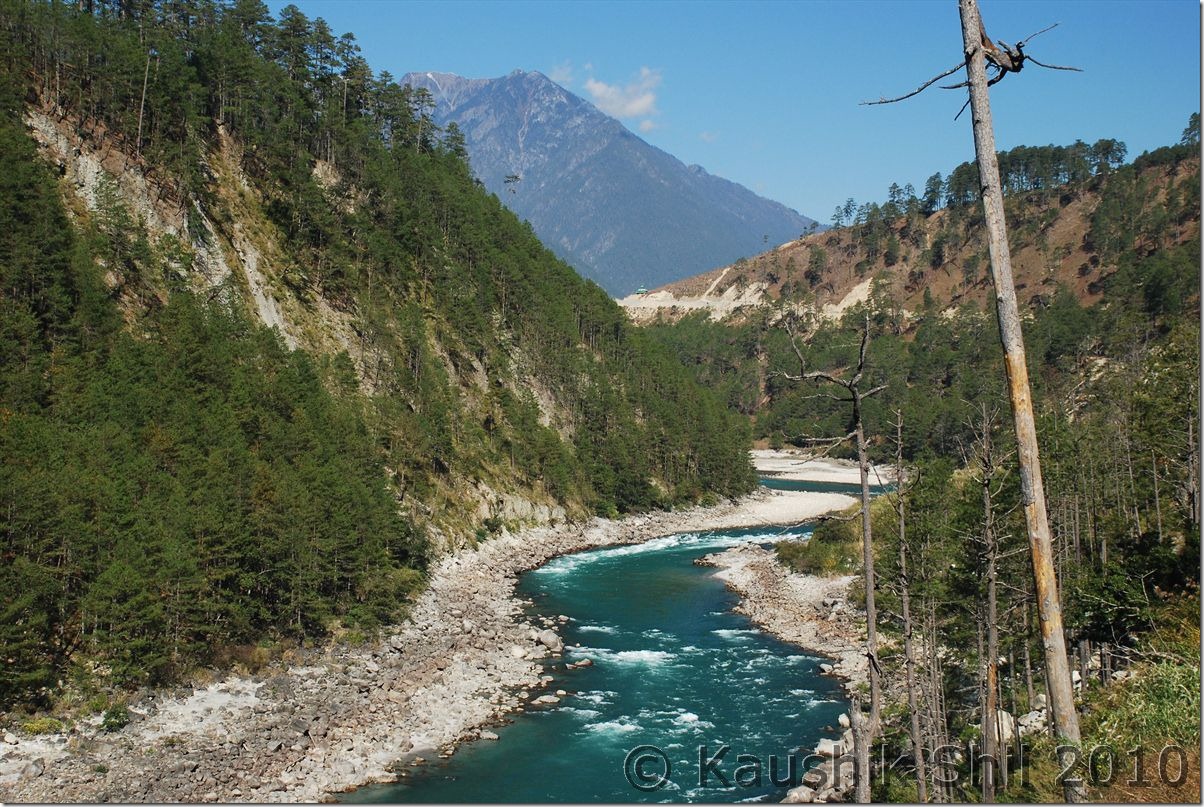
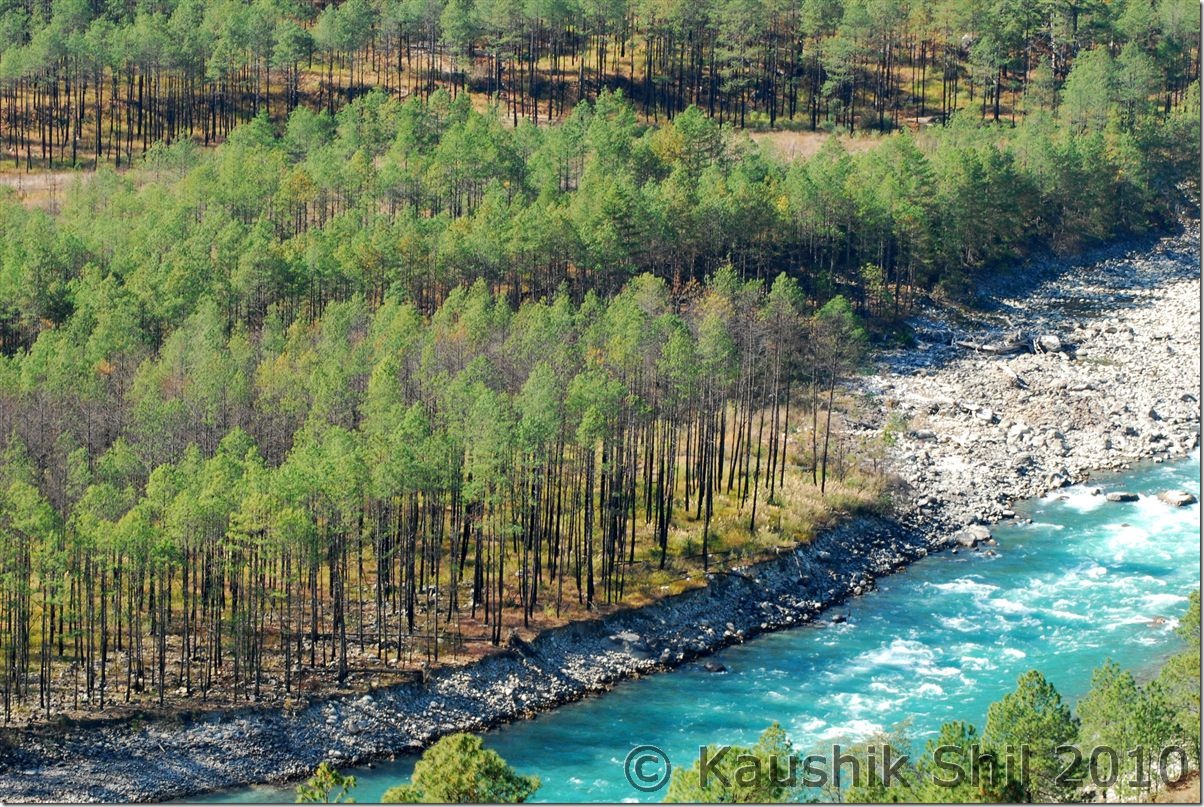
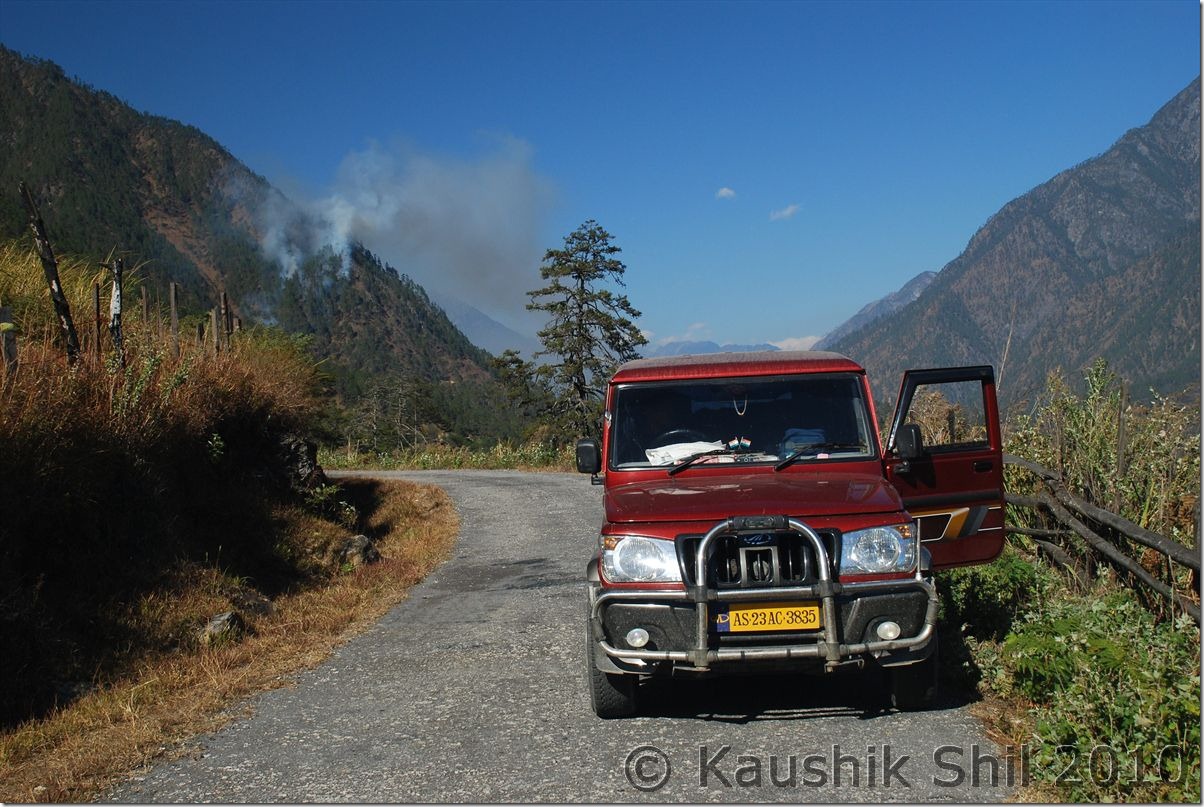
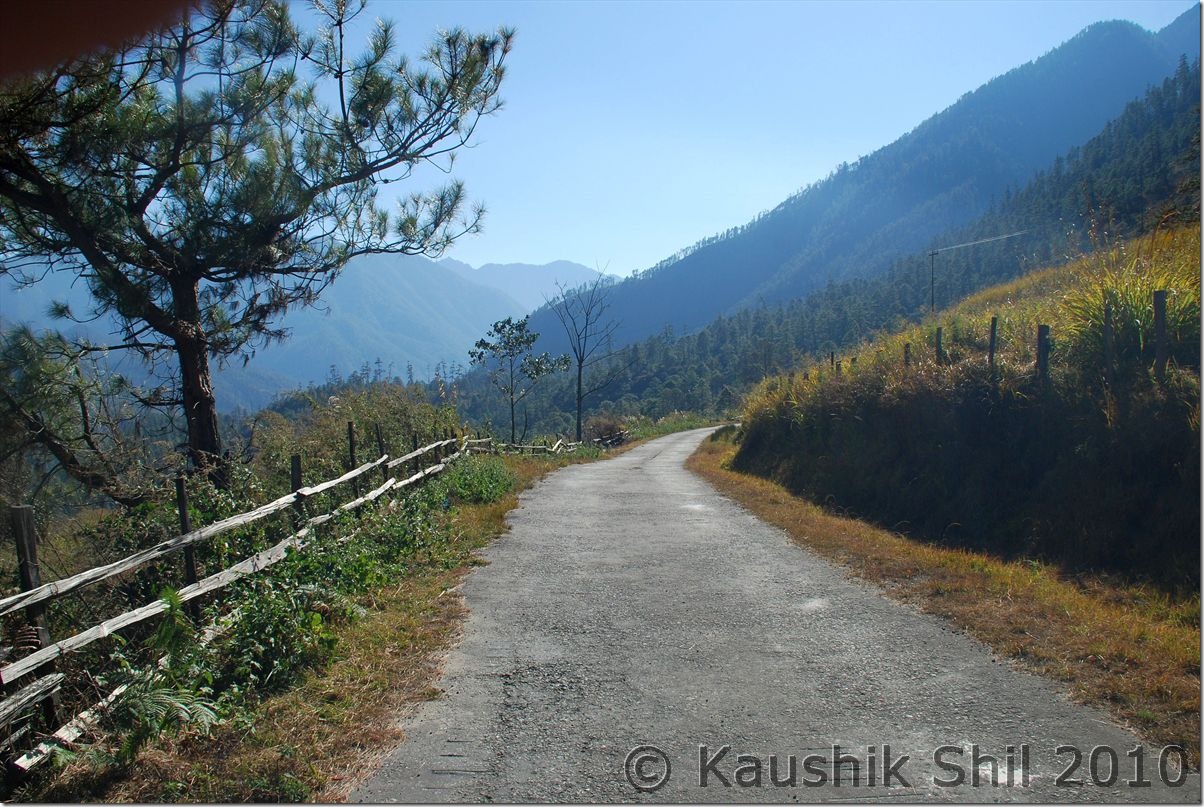
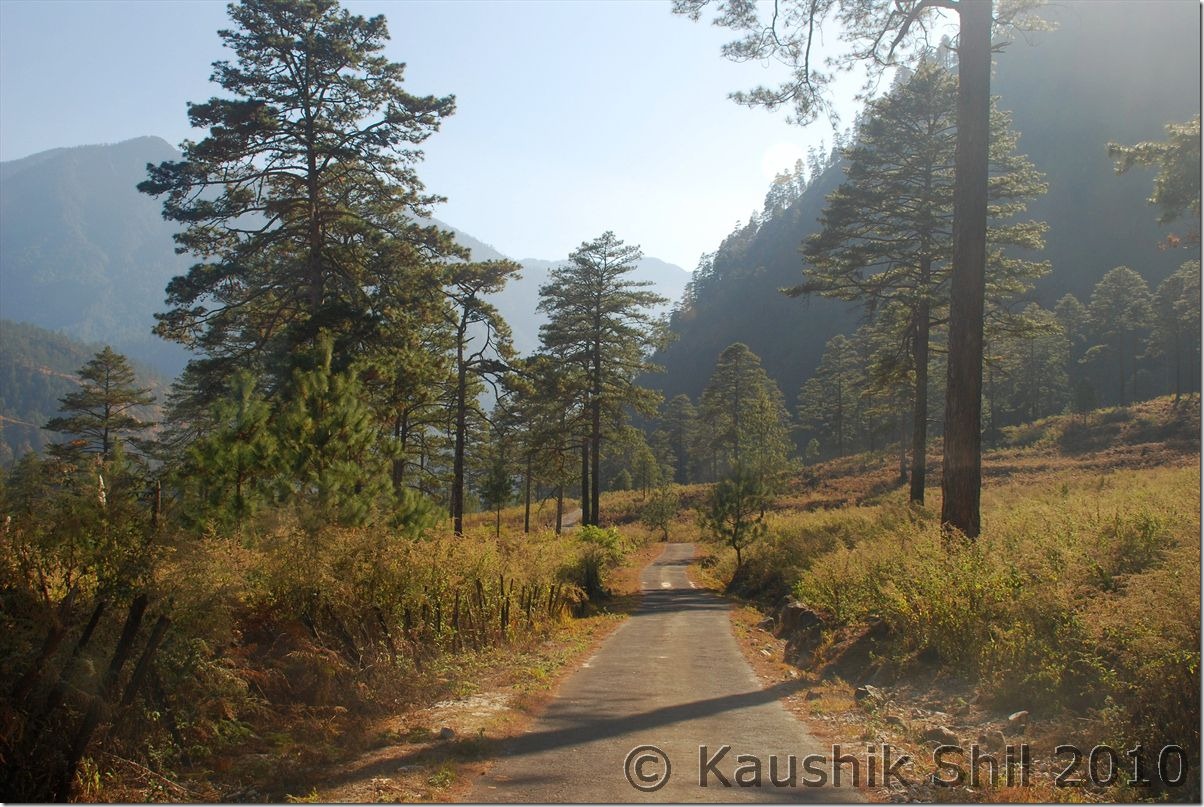
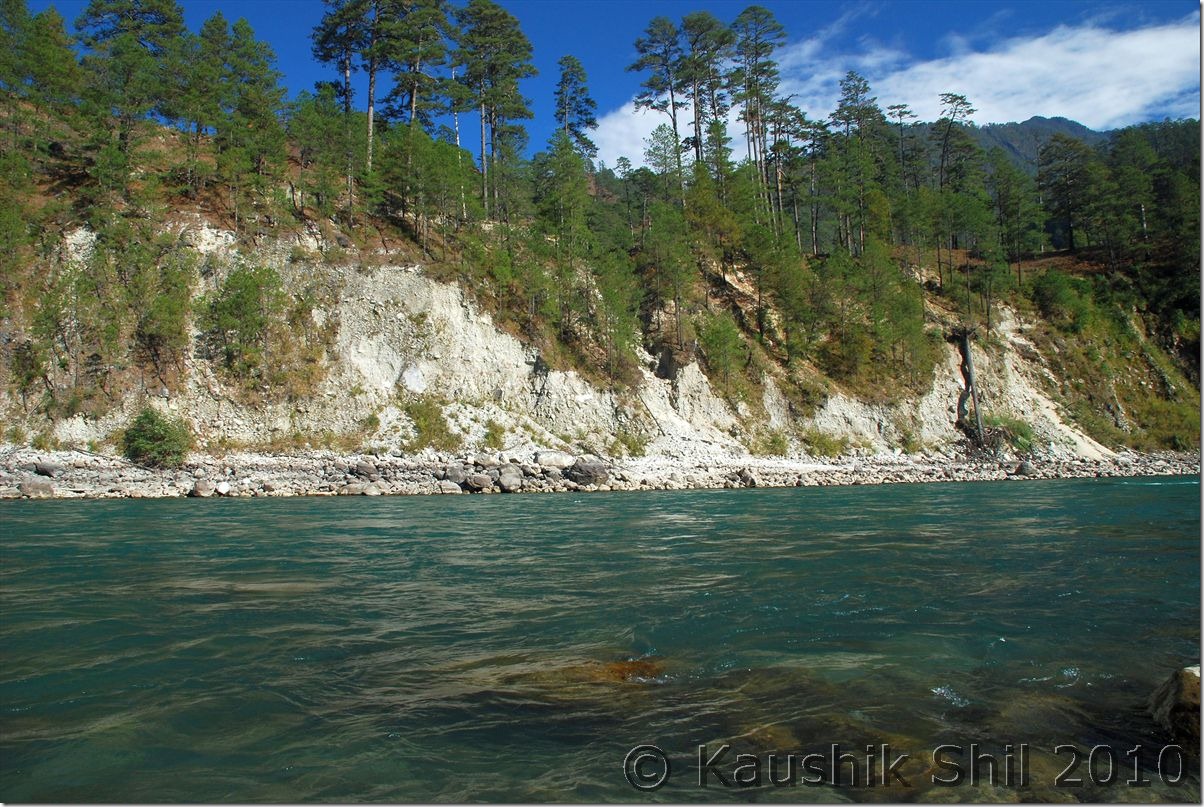
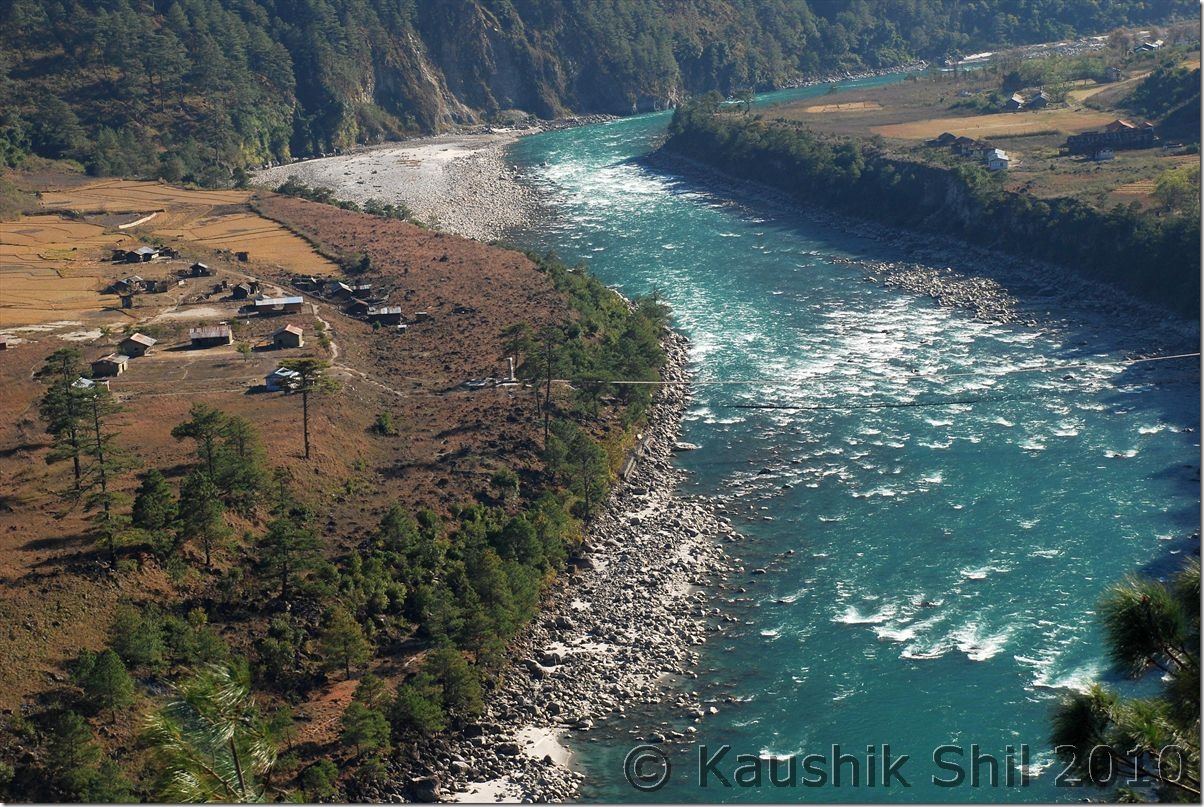
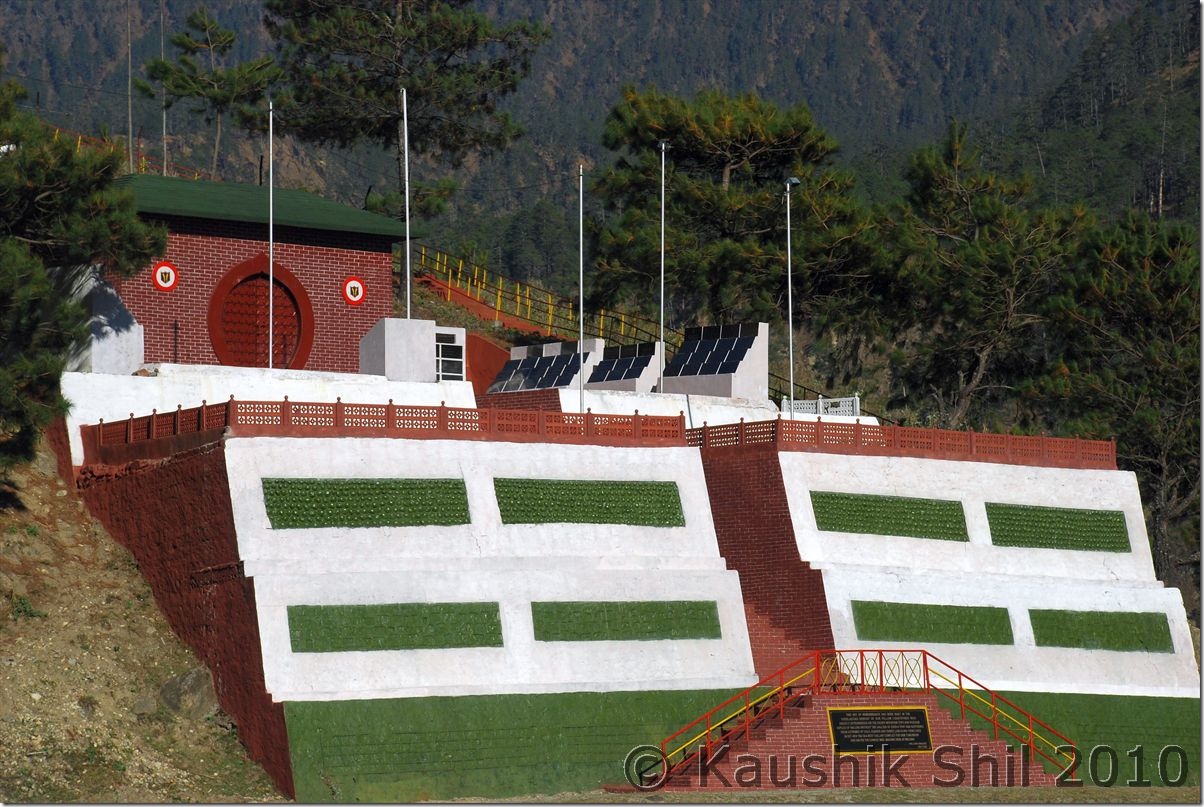
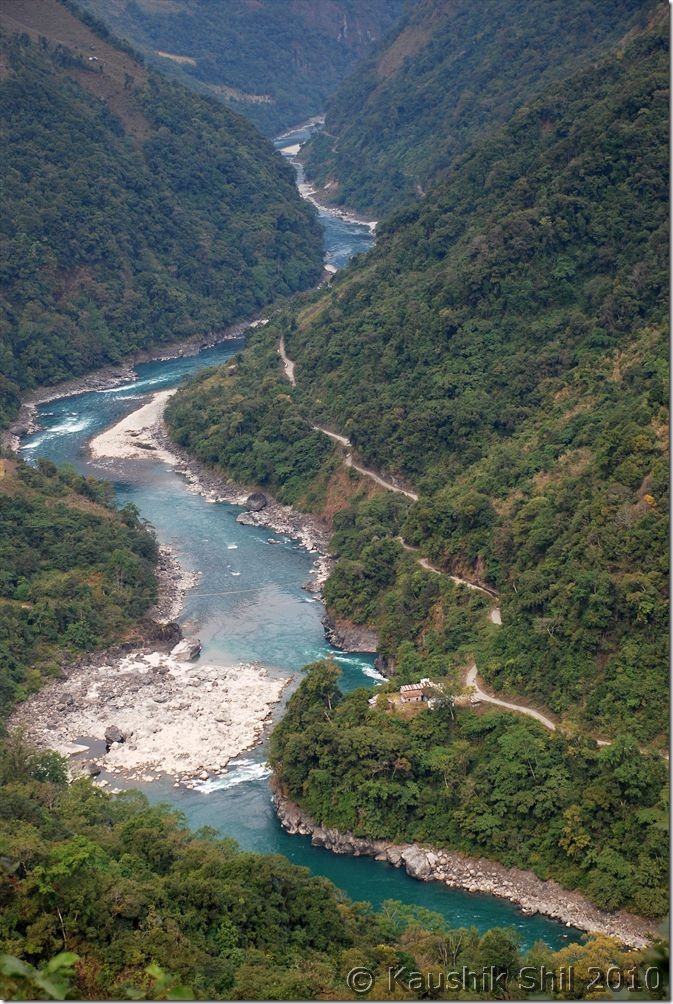
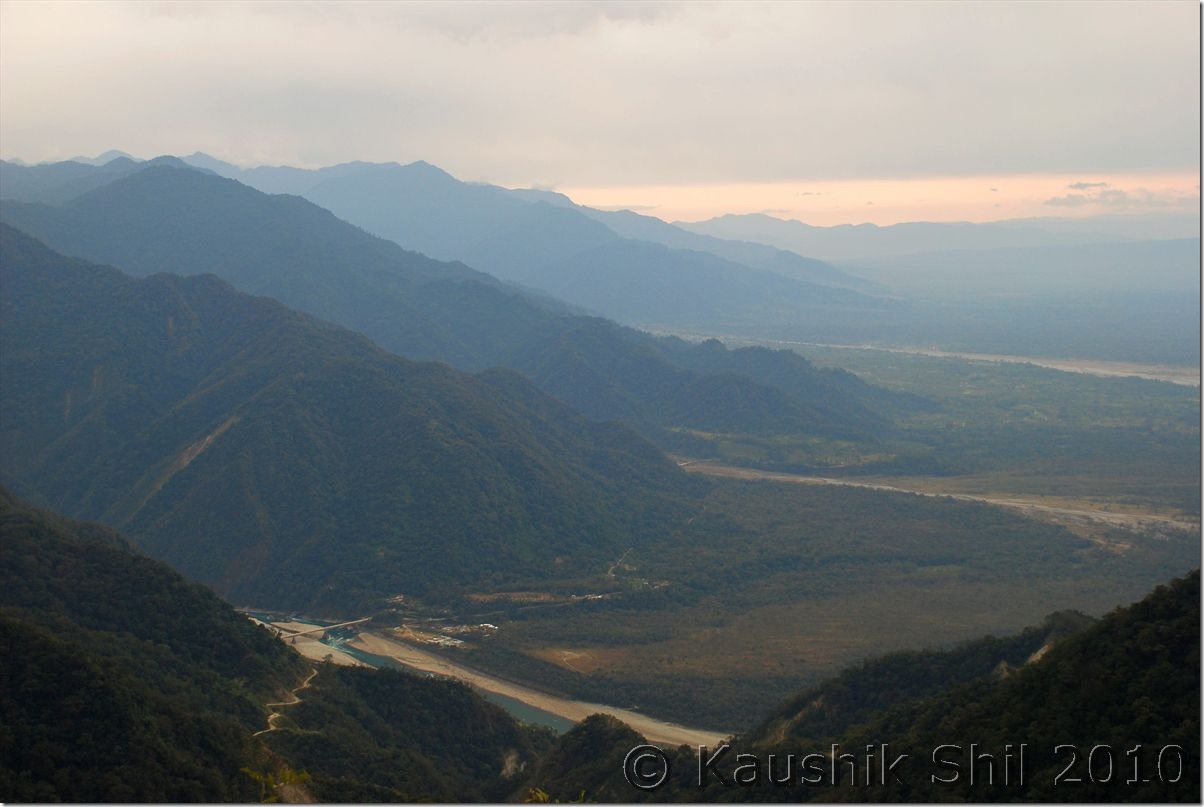
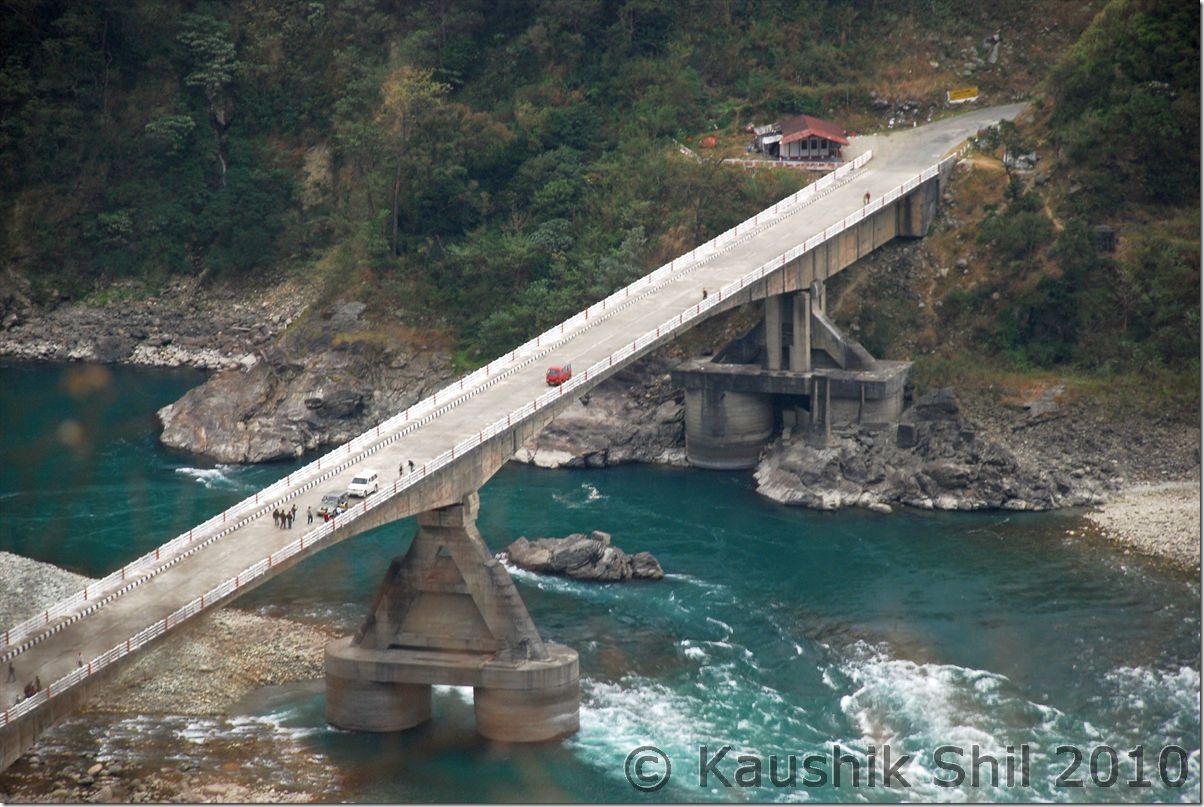
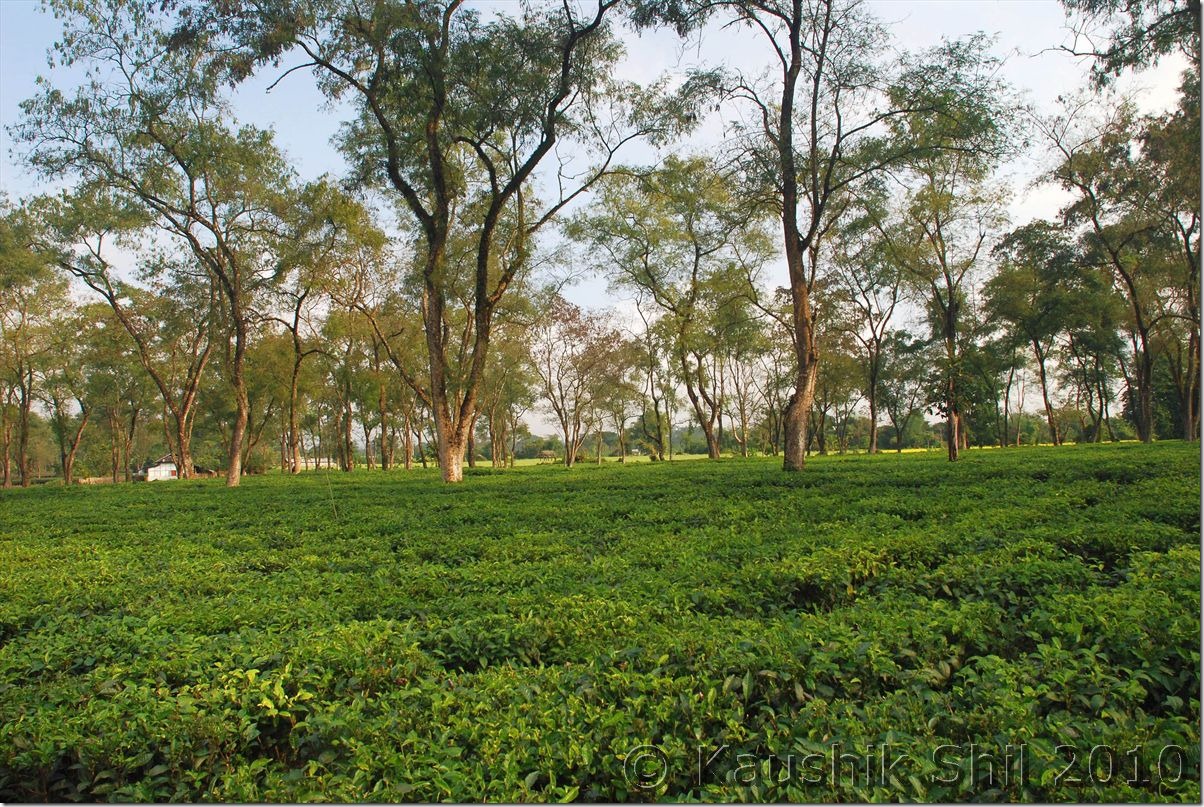
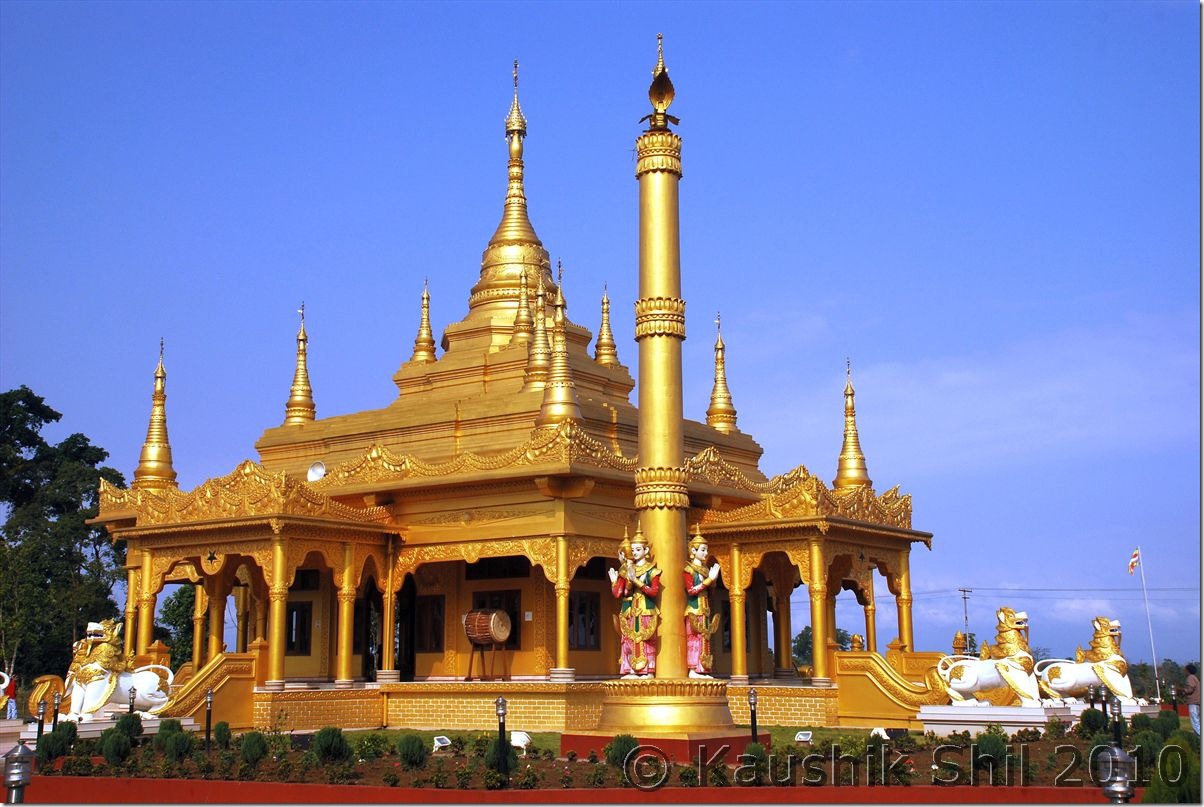
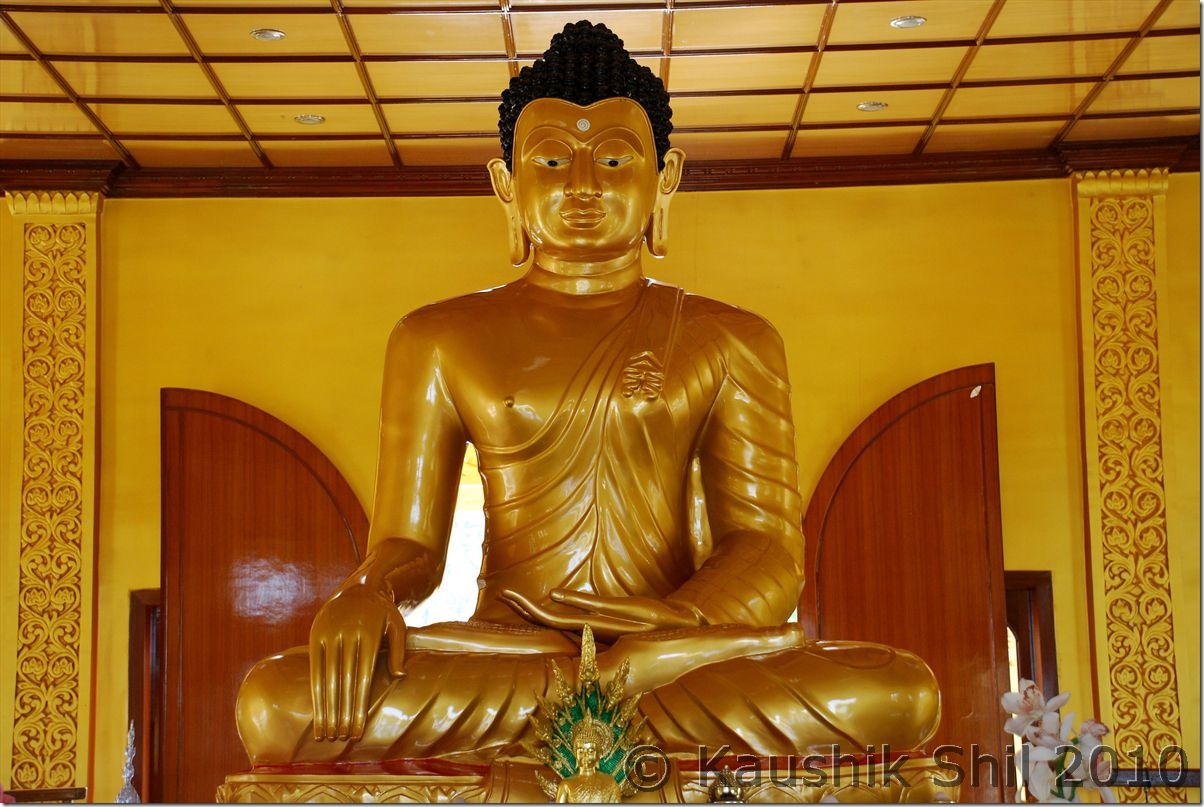
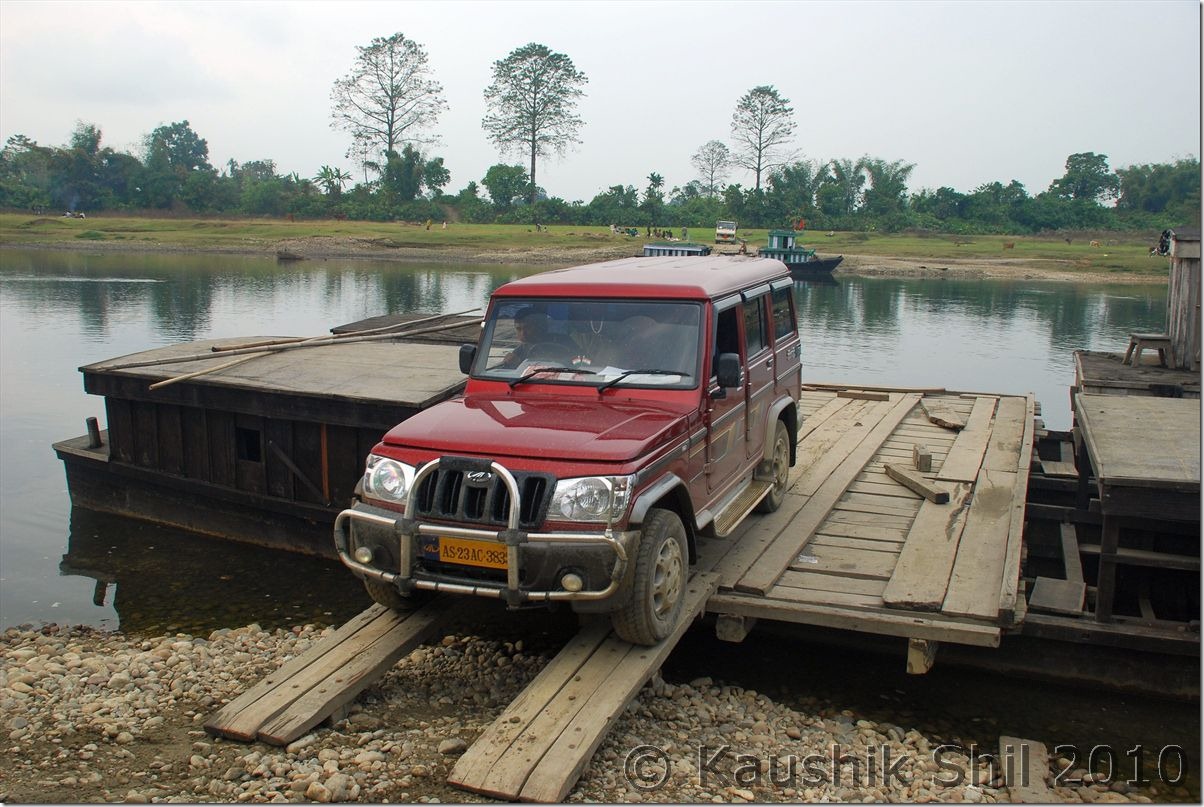
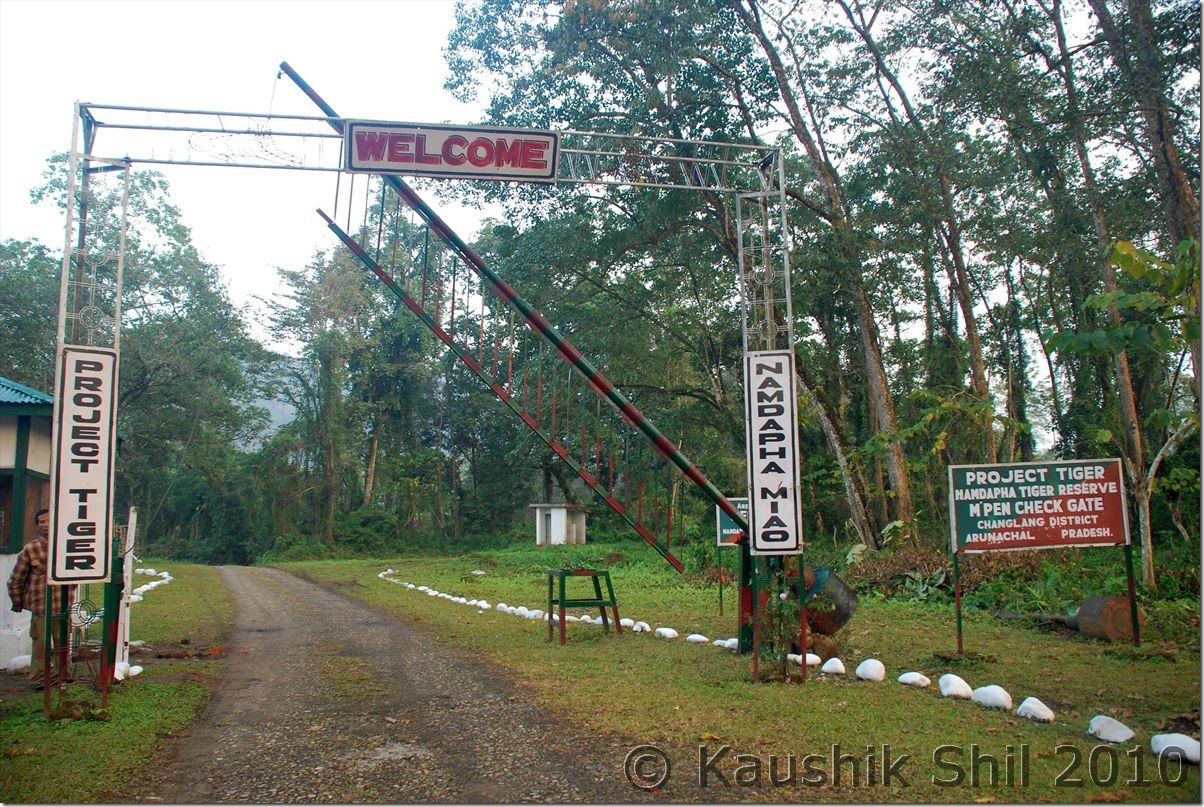




















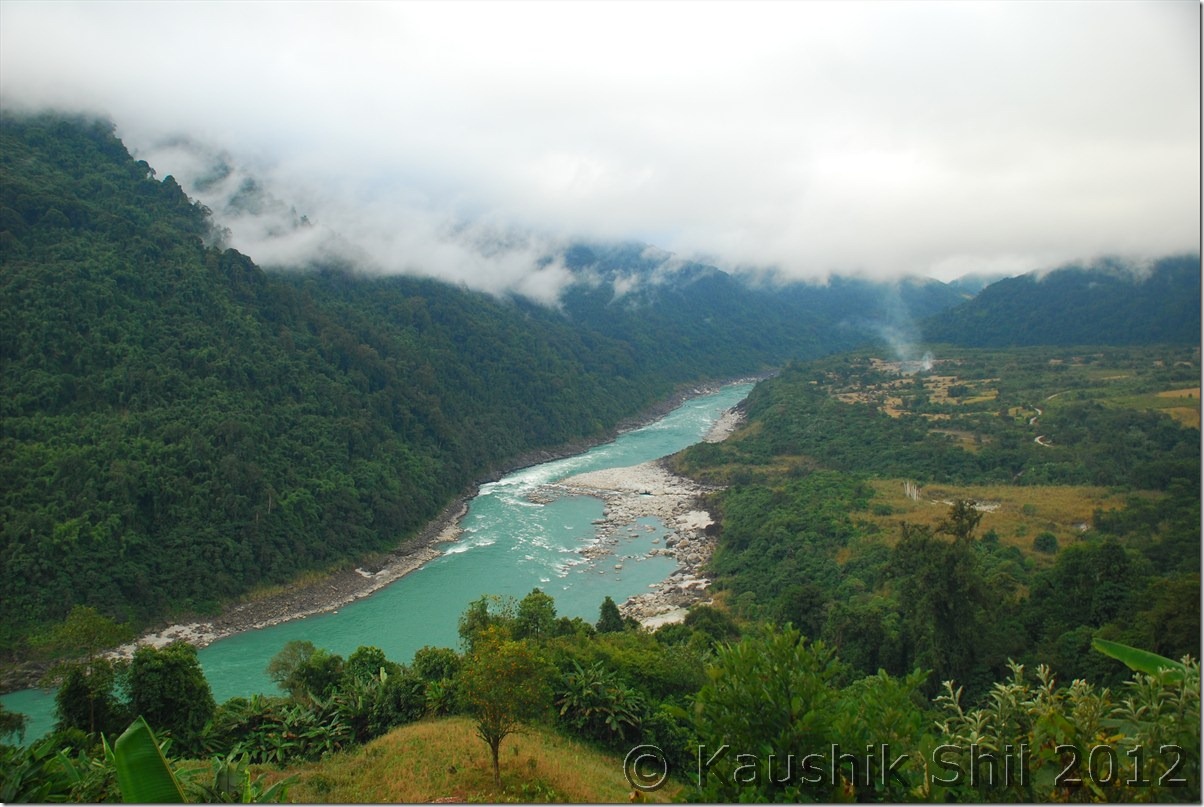
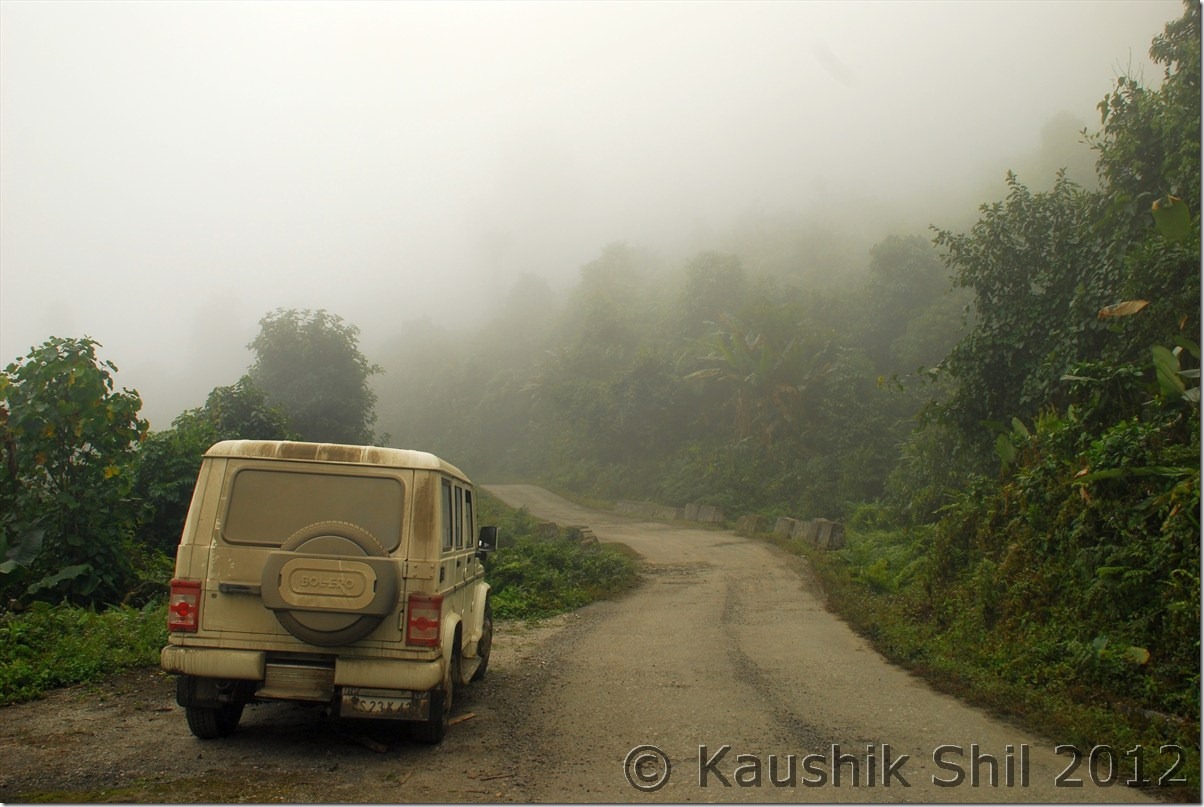
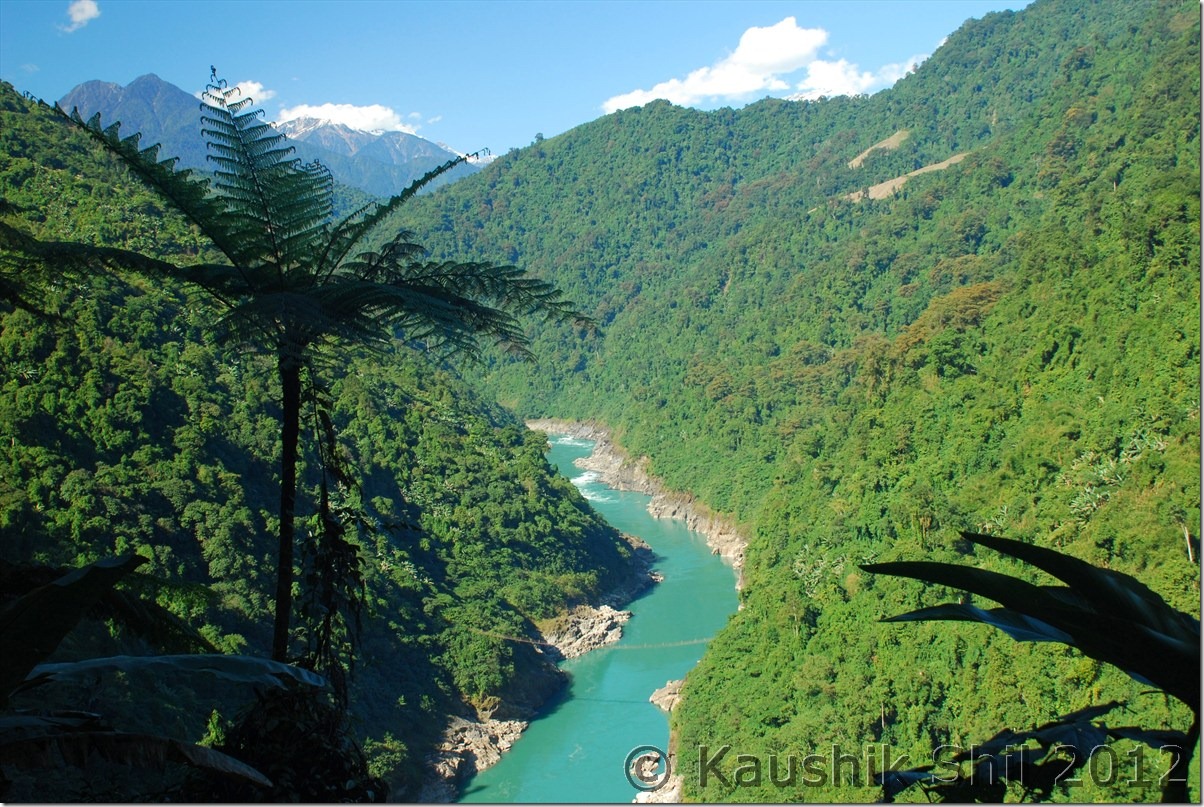
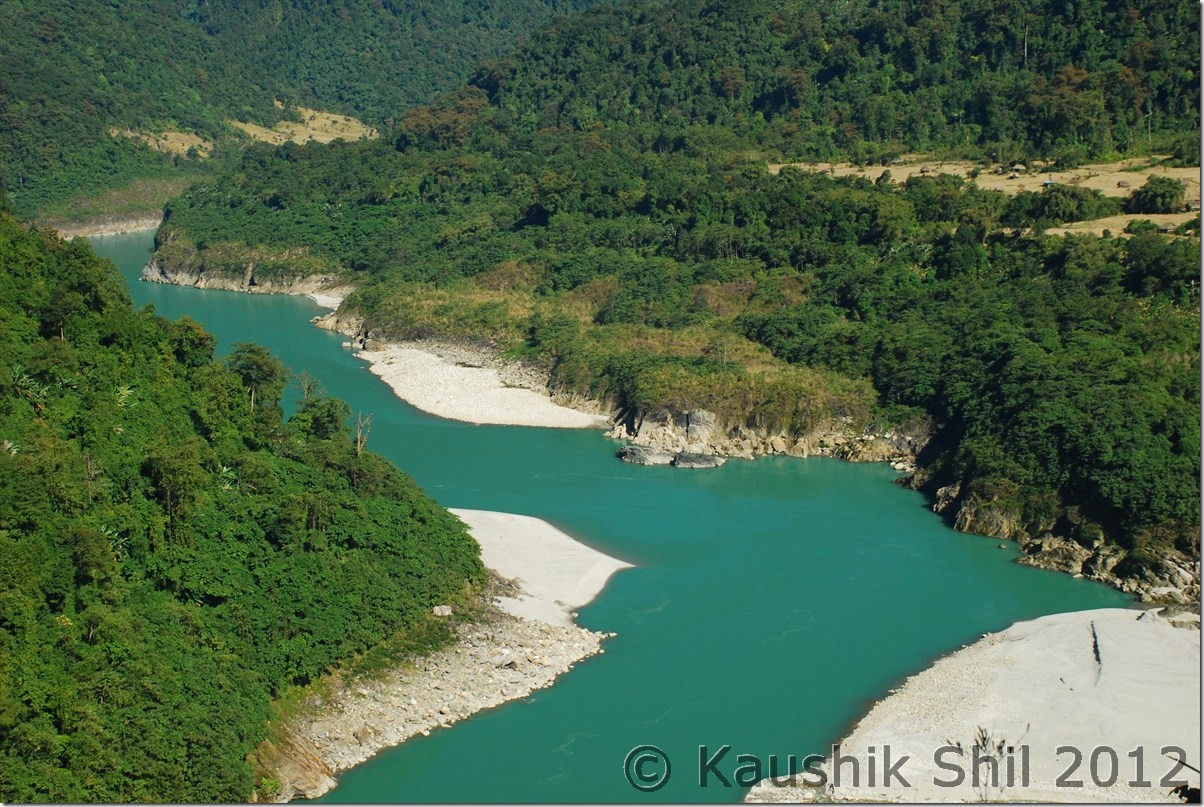
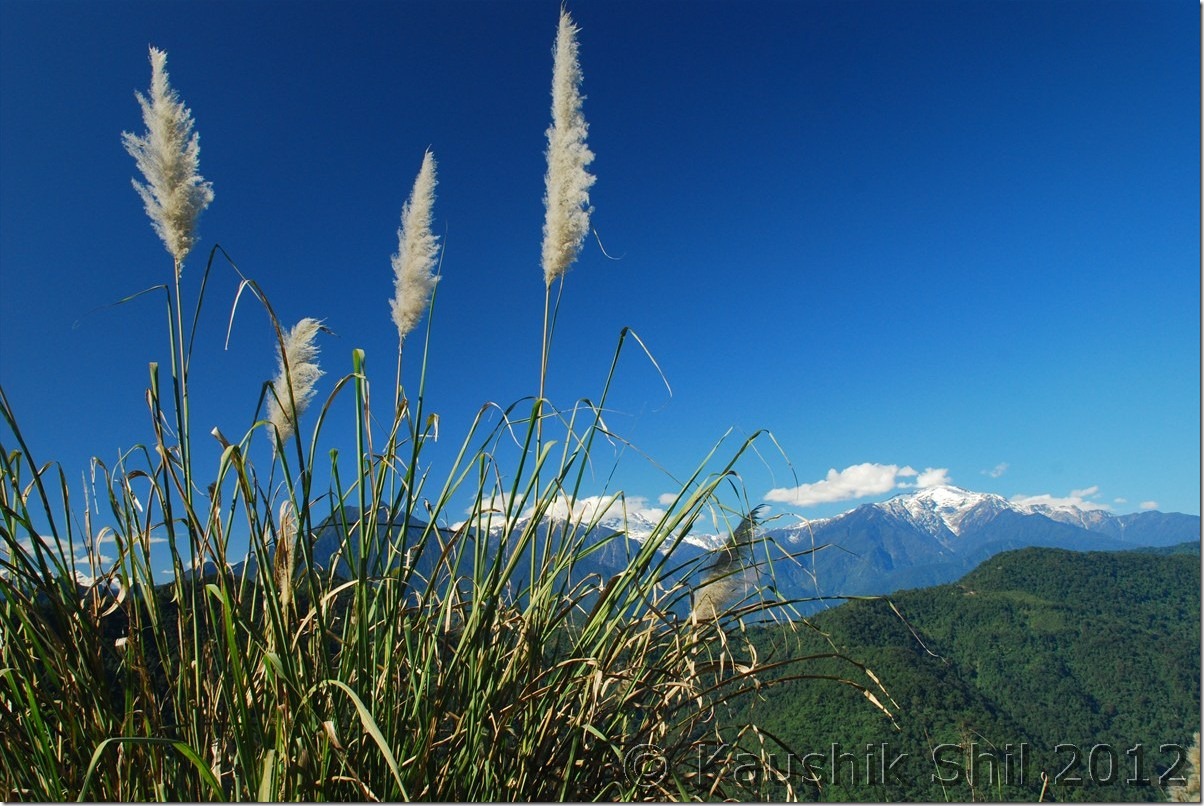
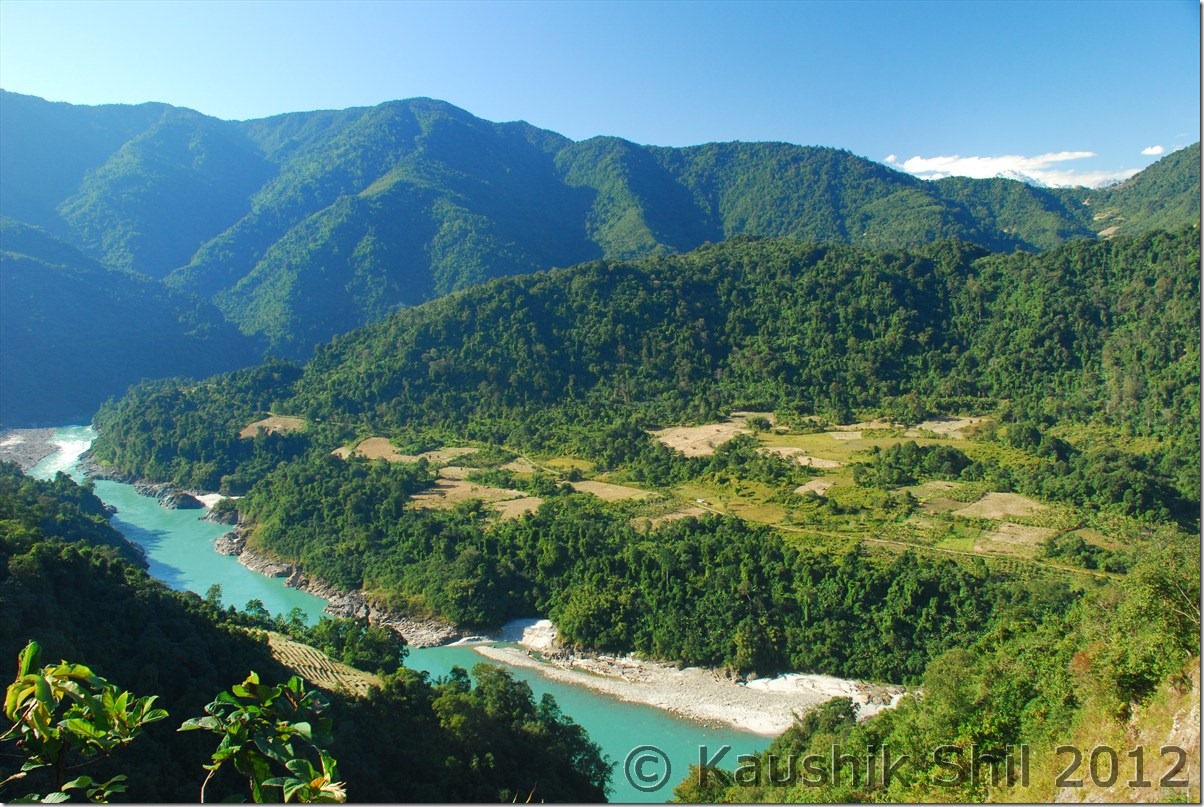
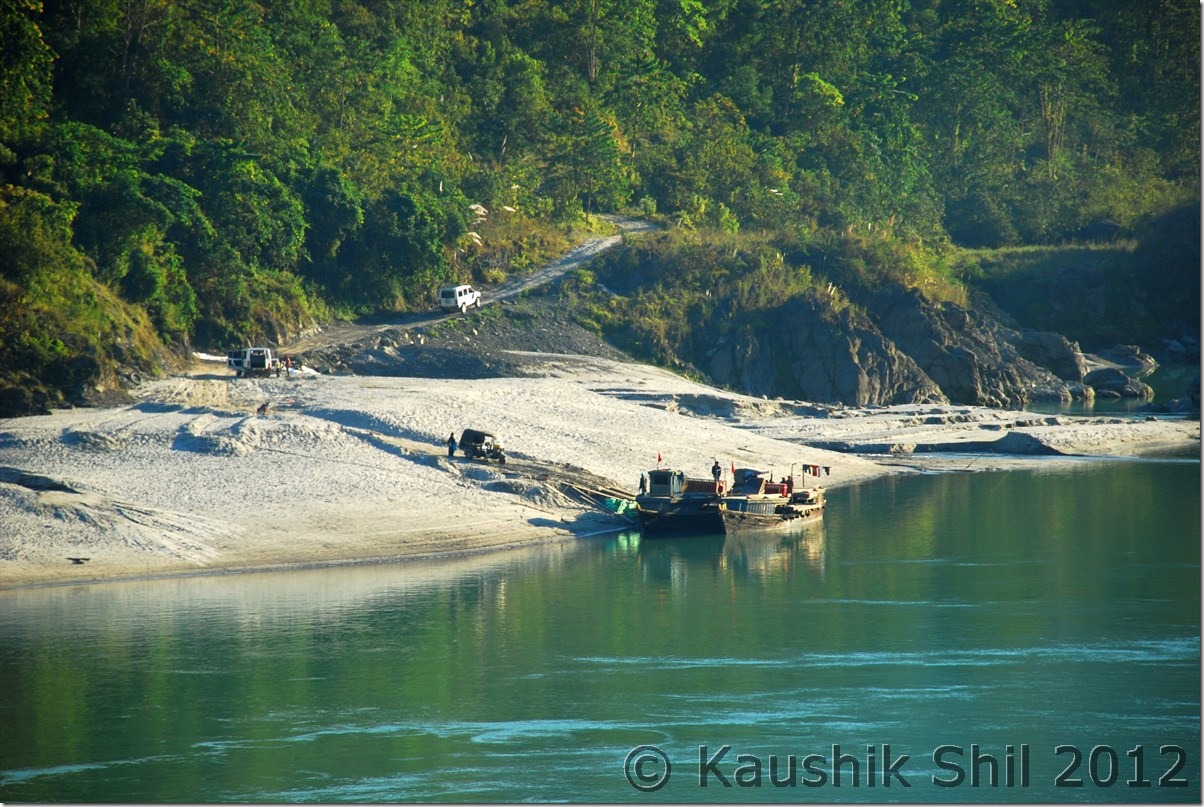
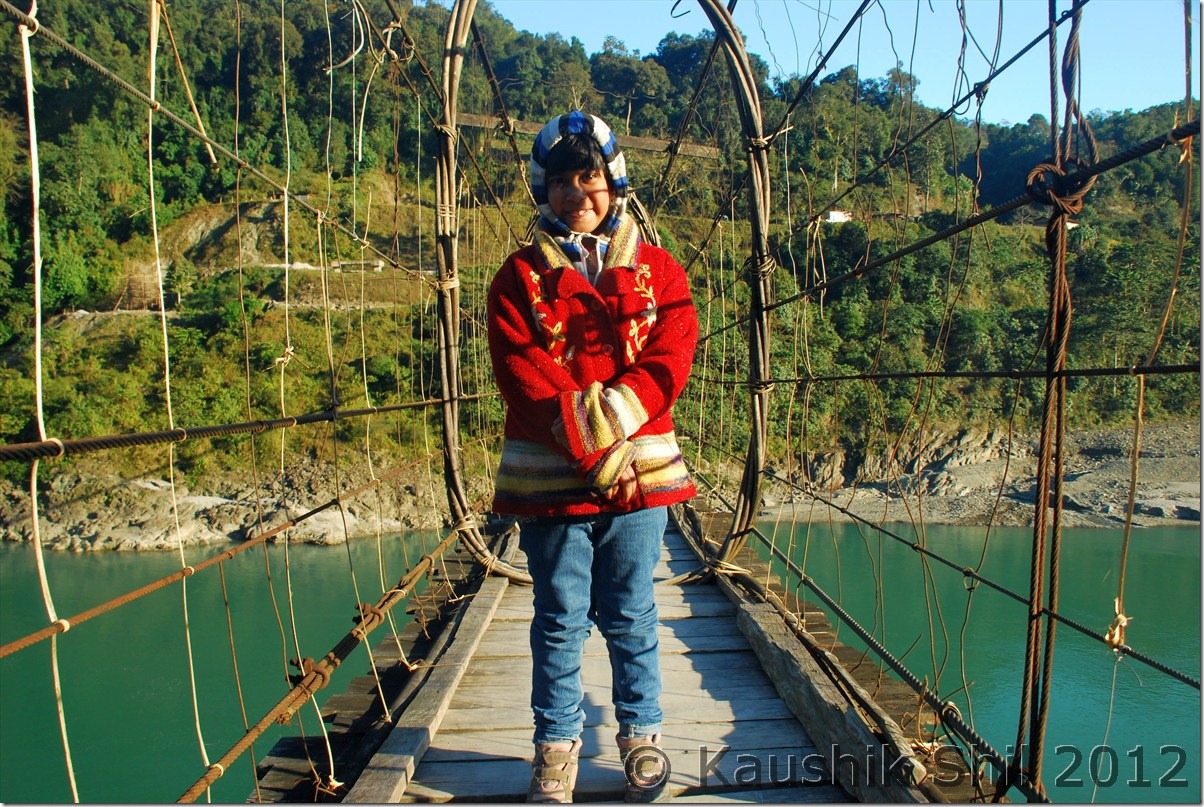
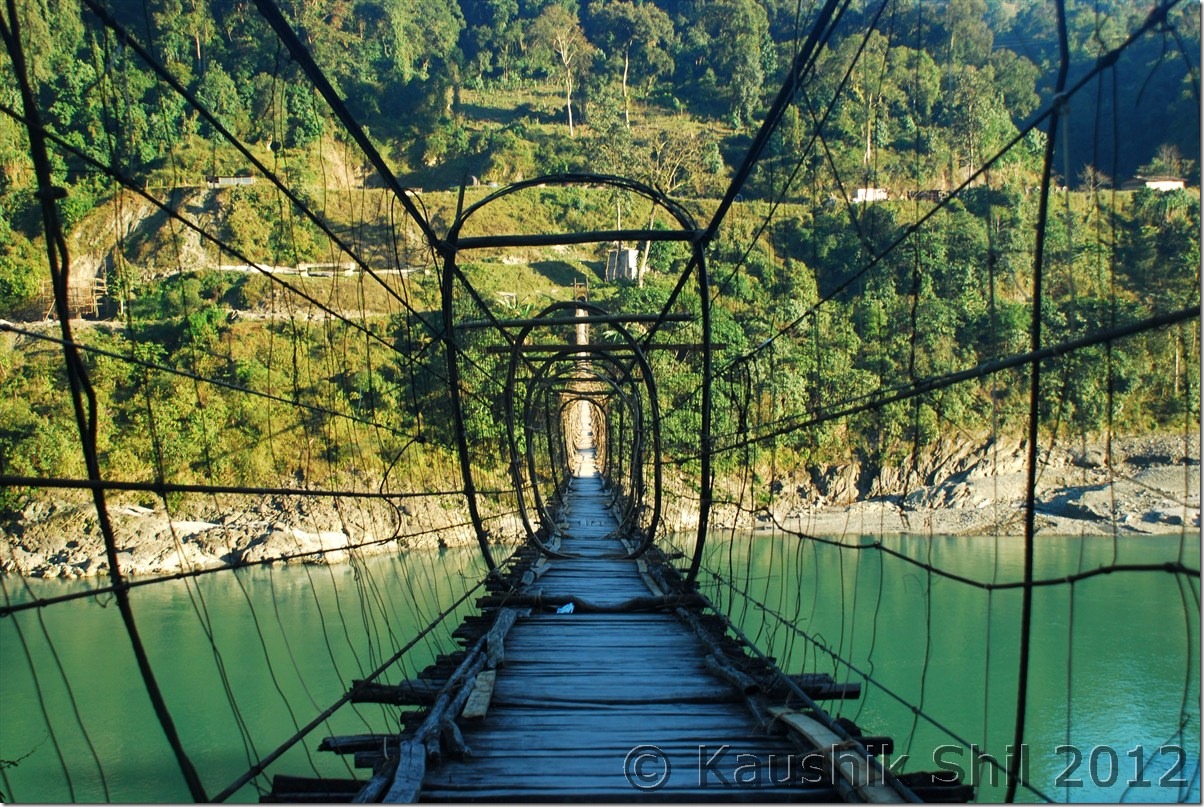
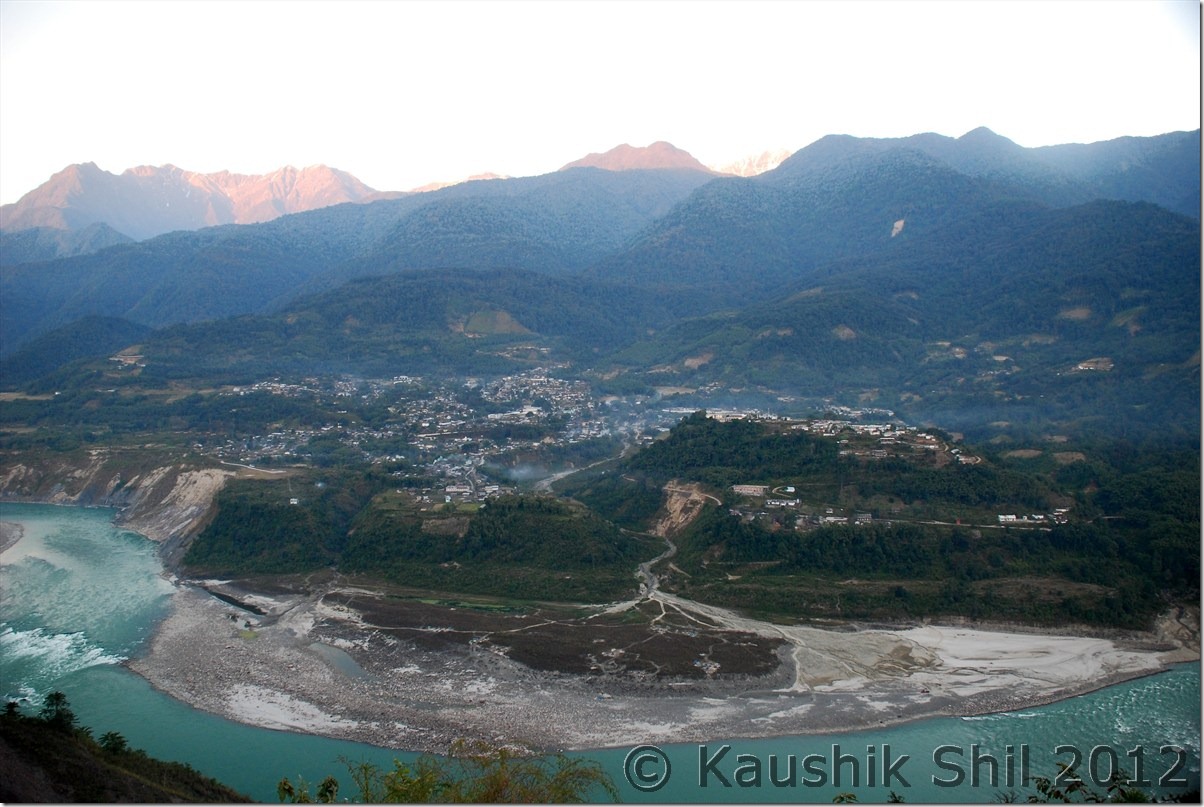
 We reached Along and checked into the circuit house around 3.00 in afternoon. We were very happy as the trip was almost over with no major hiccups and we completed whatever we planned to do and most importantly in Arunachal got at least 90% of our trip days absolutely cloudless and sunny. While discussing with Along Caretaker about next days plan, we suddenly realized that we had a tough day ahead as we had to cross ferry at Shilapathar and ferry service might get irregular after 1.00pm. Also each ferry could take just 3 cars, so we might have to wait long there in queue for our turn. The road till Bame was bad we knew and even it was worse till Bashar and some further ahead would make it some 8 hours to reach Shilapathar Ferry ghat. We didn’t want to take any chance as we had a flight booked for next day, so we decided to start as early as 3.00 in morning. This was little surprising as we didn’t think that this might be so early a journey in a winter morning that could be very bad with fogs and mists.
We reached Along and checked into the circuit house around 3.00 in afternoon. We were very happy as the trip was almost over with no major hiccups and we completed whatever we planned to do and most importantly in Arunachal got at least 90% of our trip days absolutely cloudless and sunny. While discussing with Along Caretaker about next days plan, we suddenly realized that we had a tough day ahead as we had to cross ferry at Shilapathar and ferry service might get irregular after 1.00pm. Also each ferry could take just 3 cars, so we might have to wait long there in queue for our turn. The road till Bame was bad we knew and even it was worse till Bashar and some further ahead would make it some 8 hours to reach Shilapathar Ferry ghat. We didn’t want to take any chance as we had a flight booked for next day, so we decided to start as early as 3.00 in morning. This was little surprising as we didn’t think that this might be so early a journey in a winter morning that could be very bad with fogs and mists.